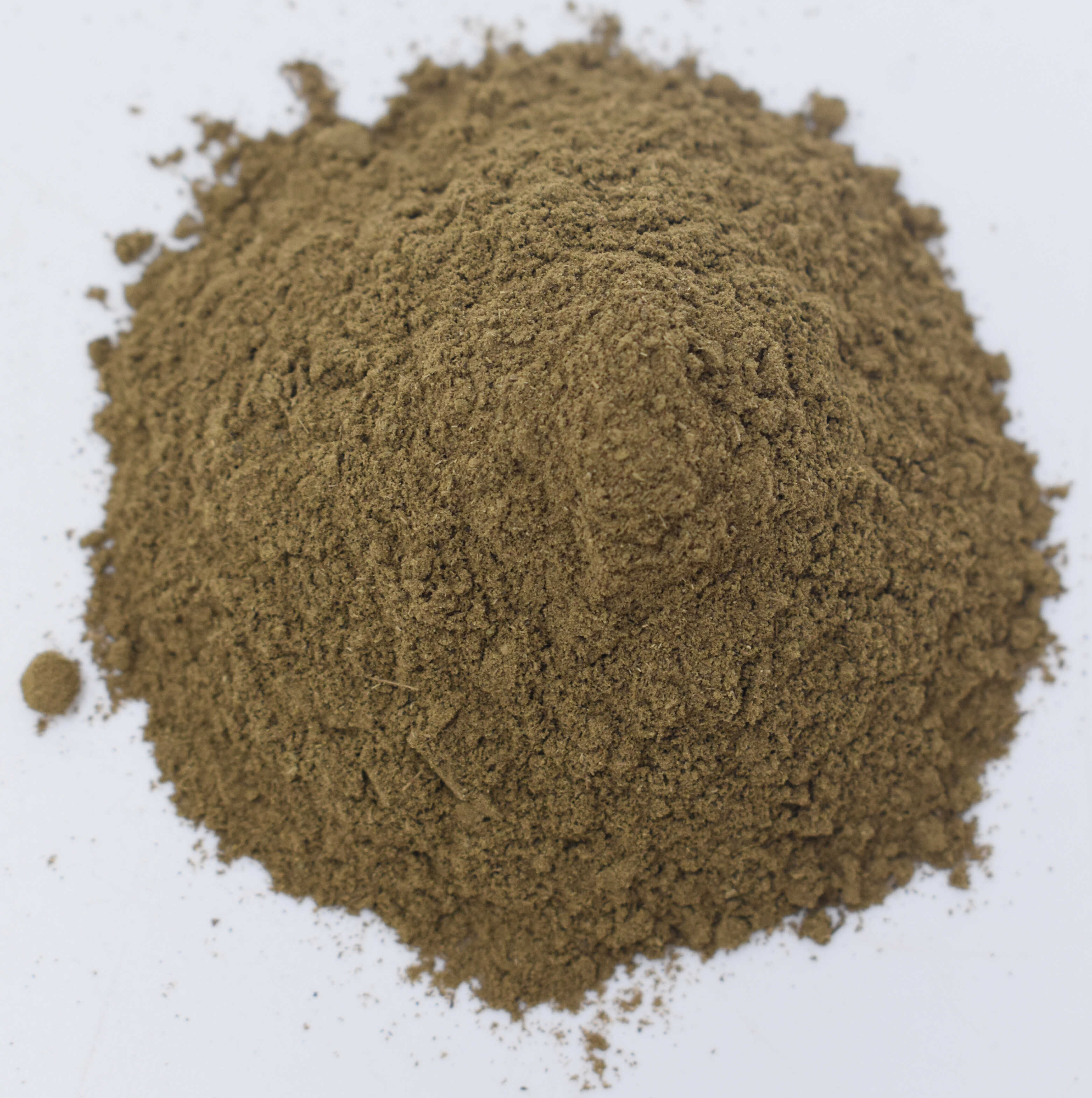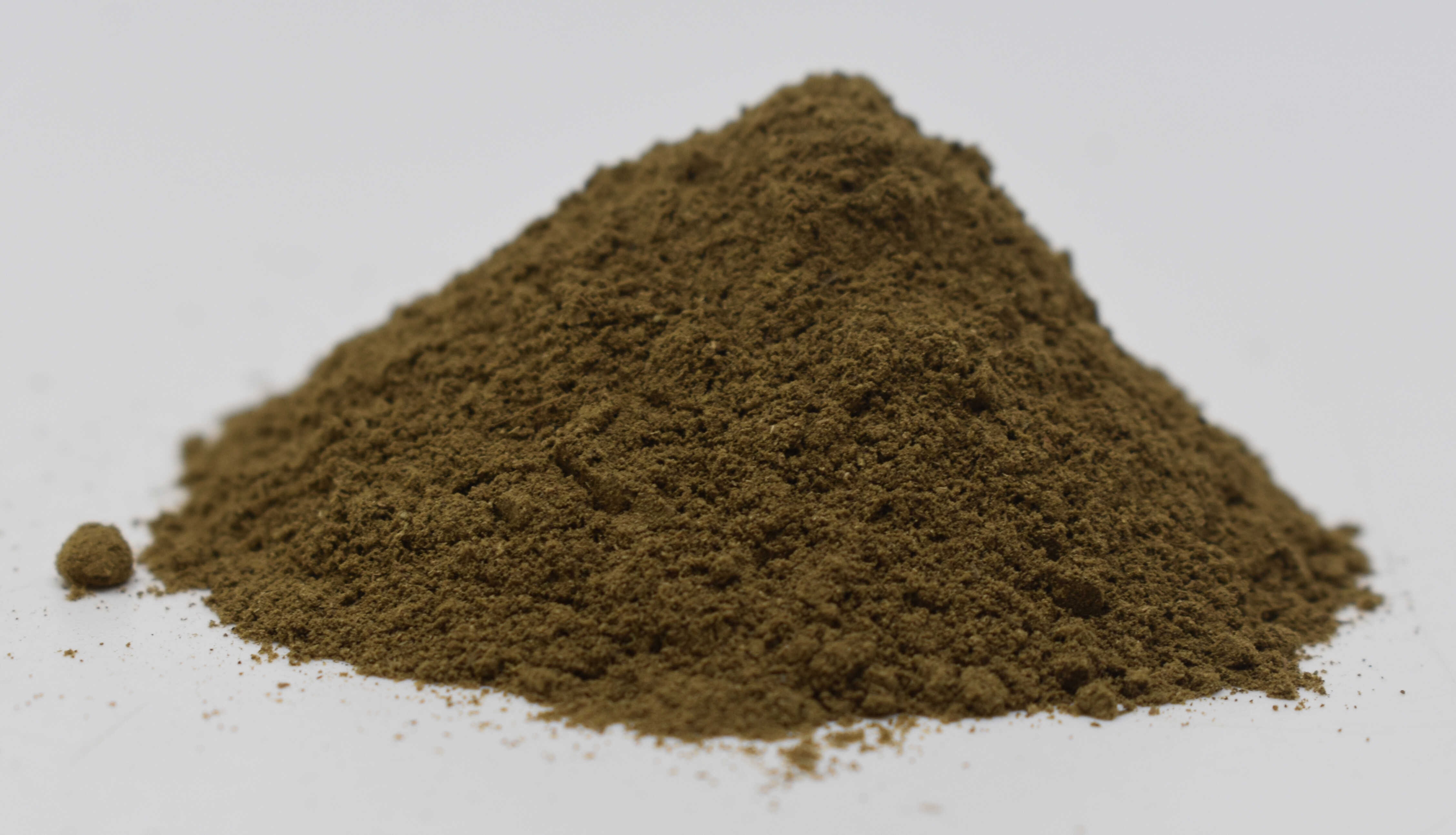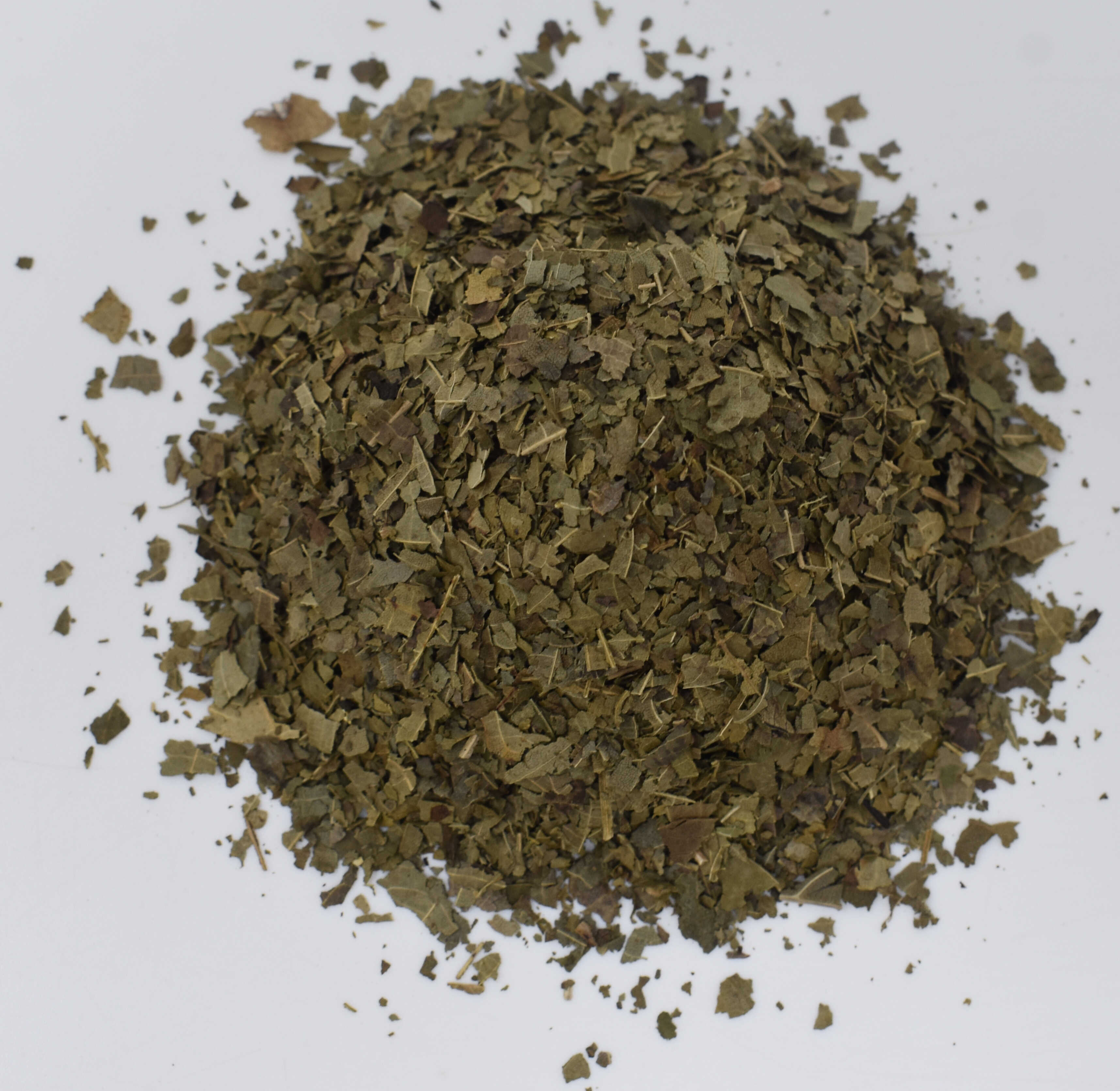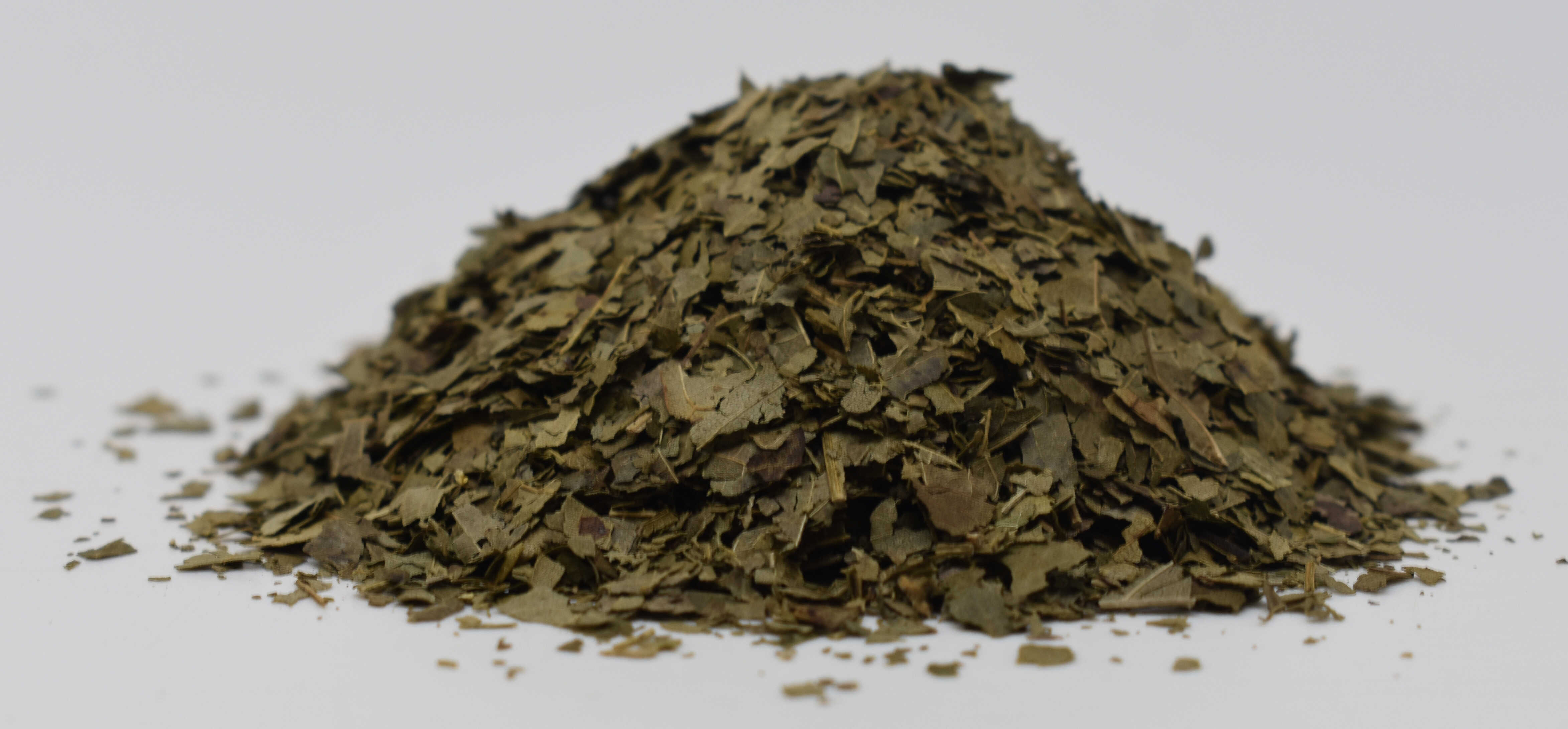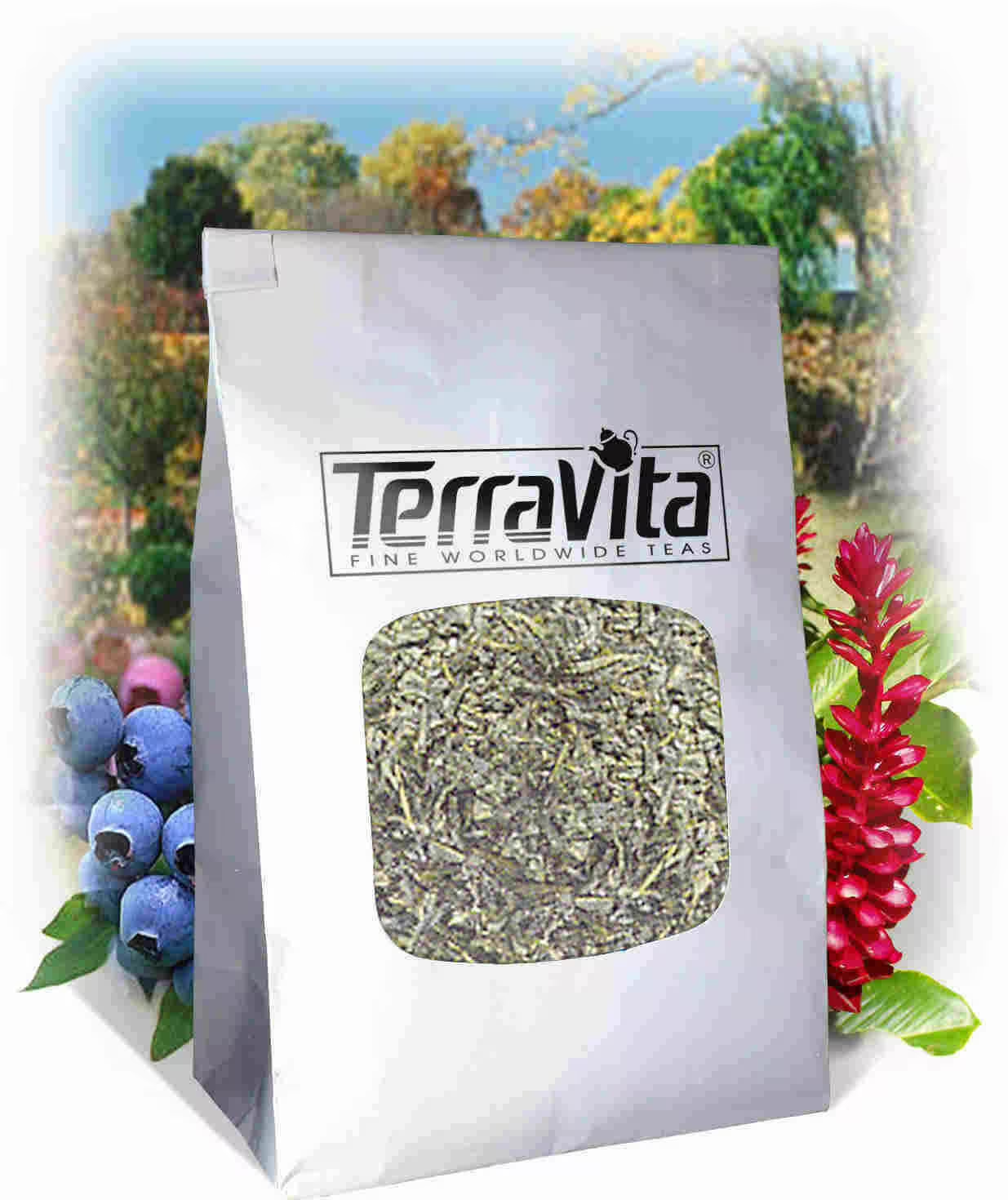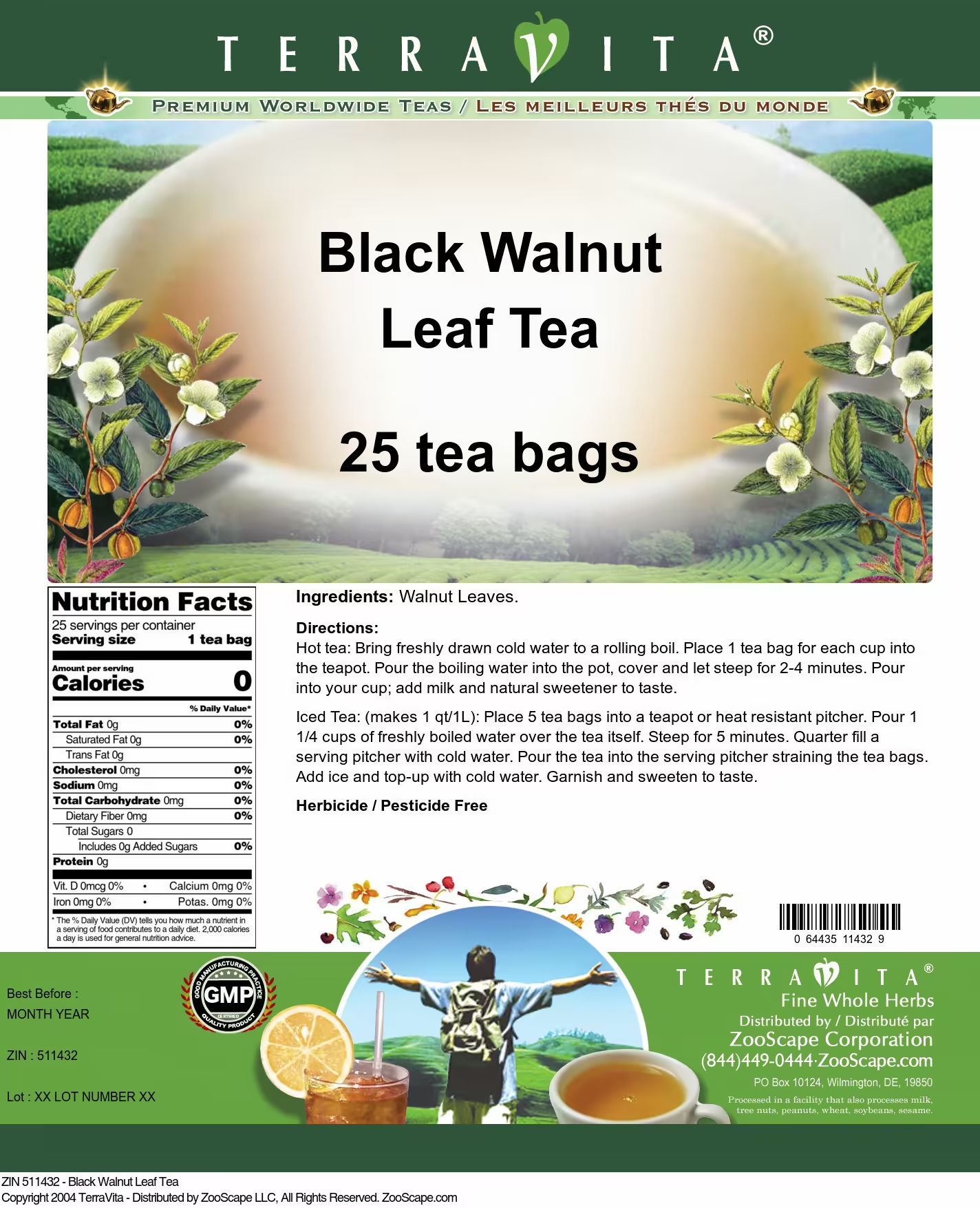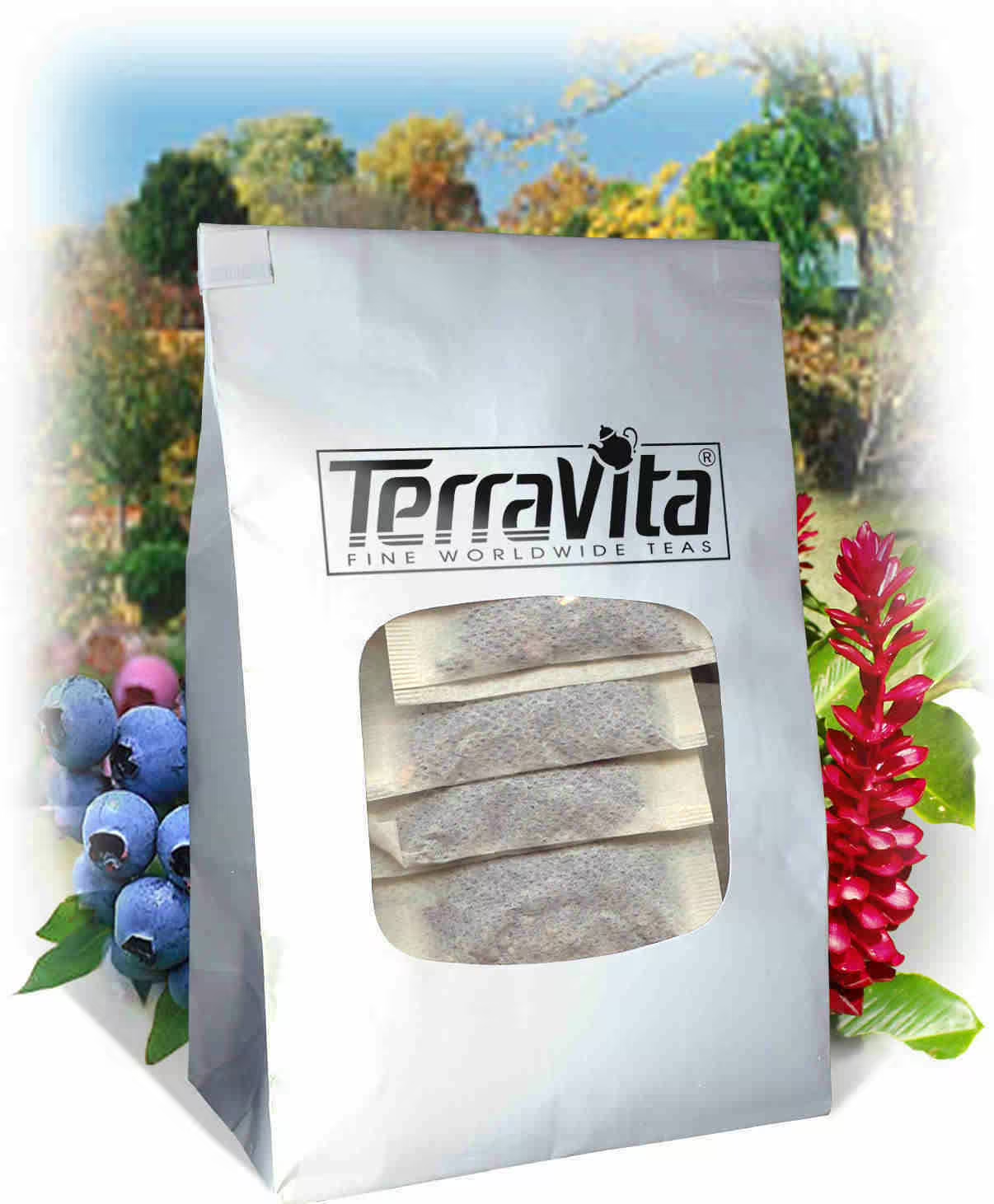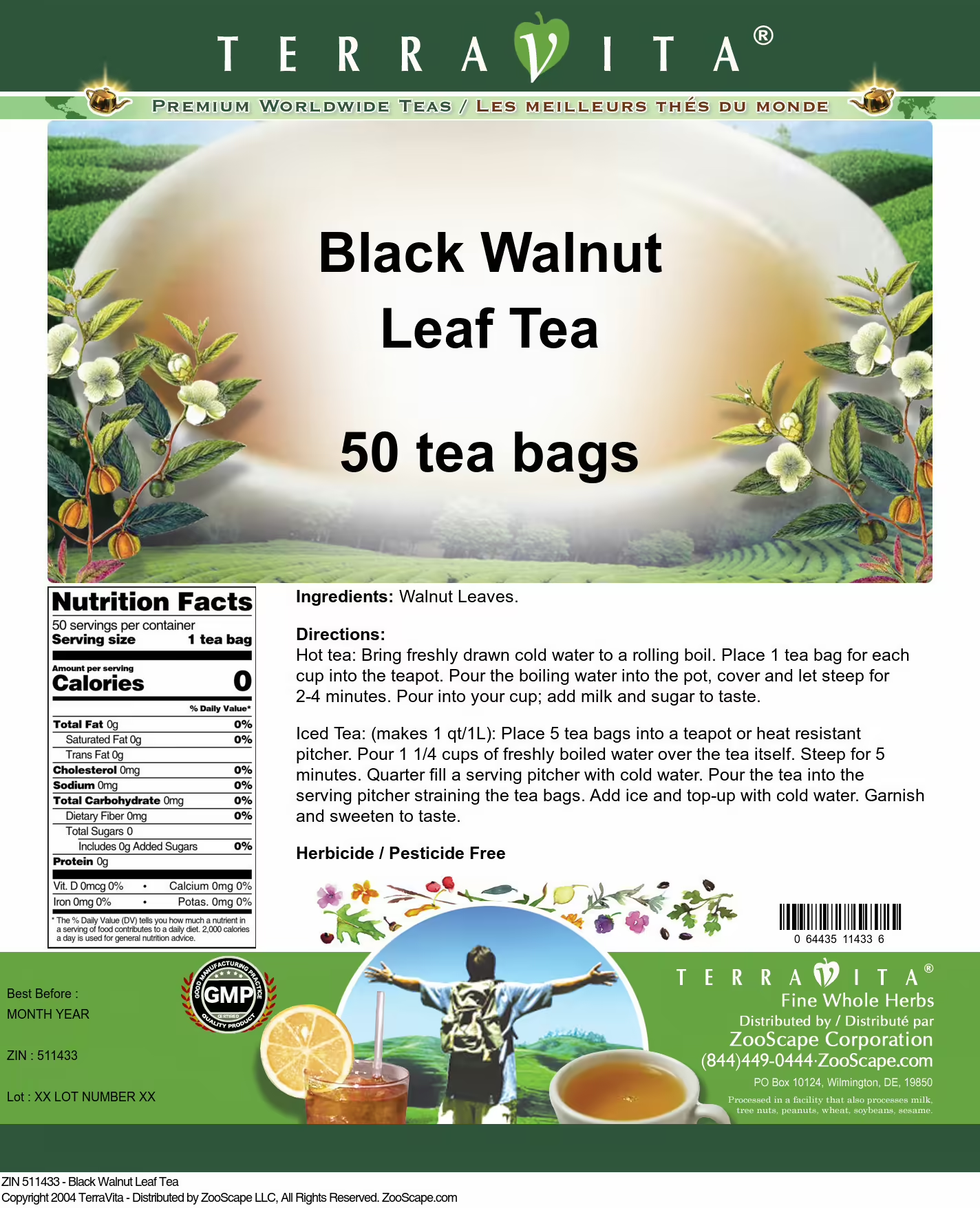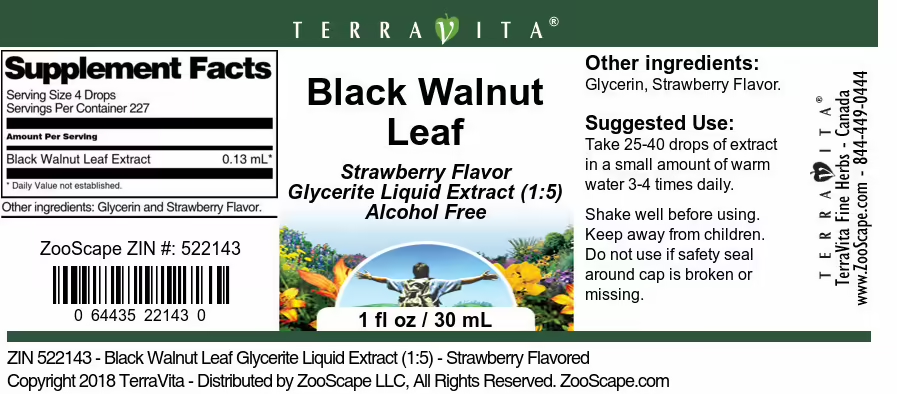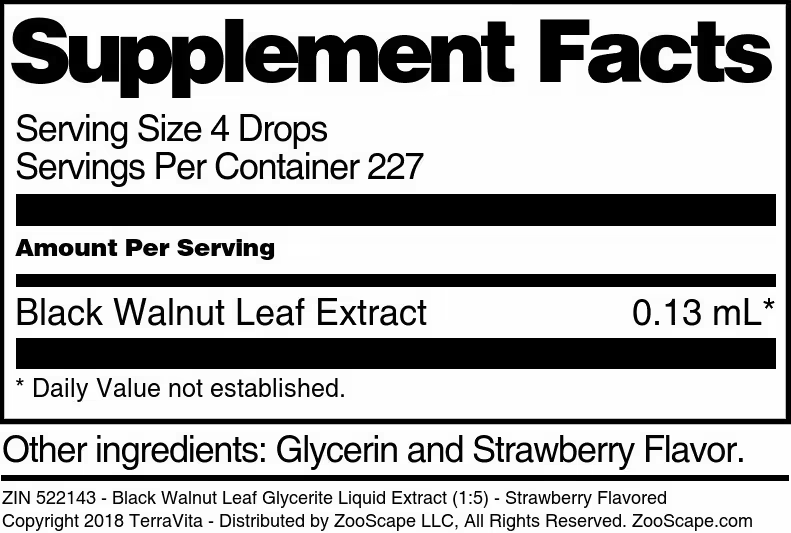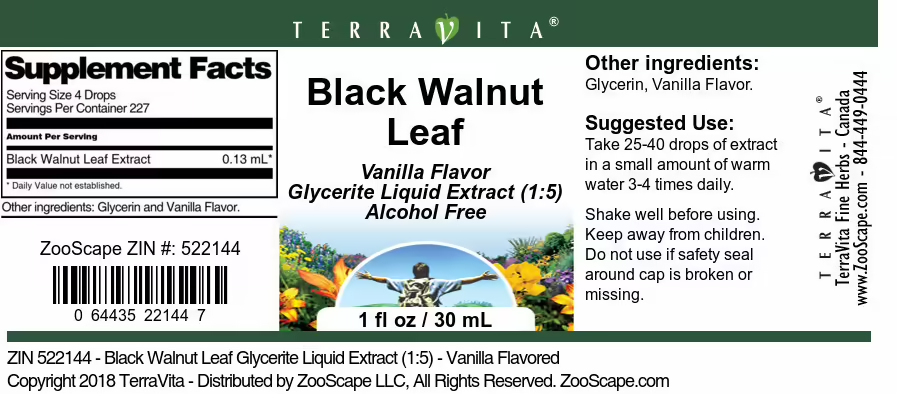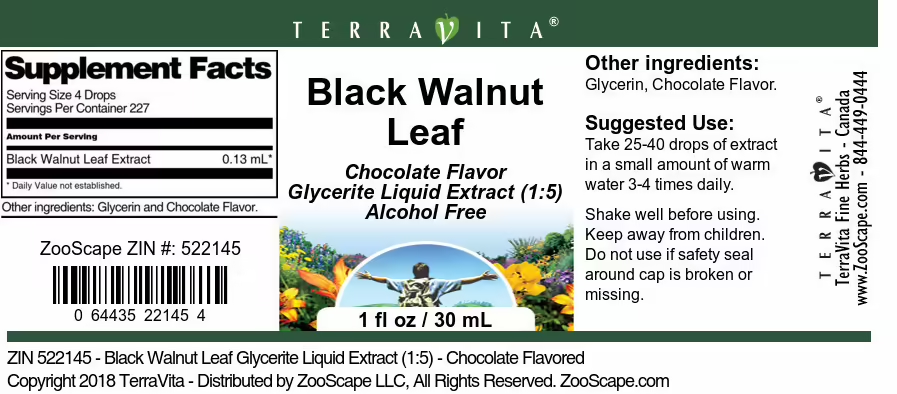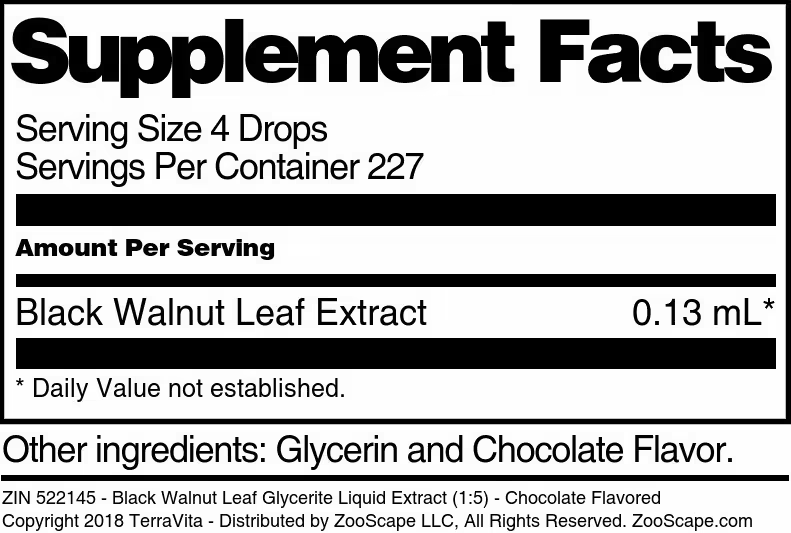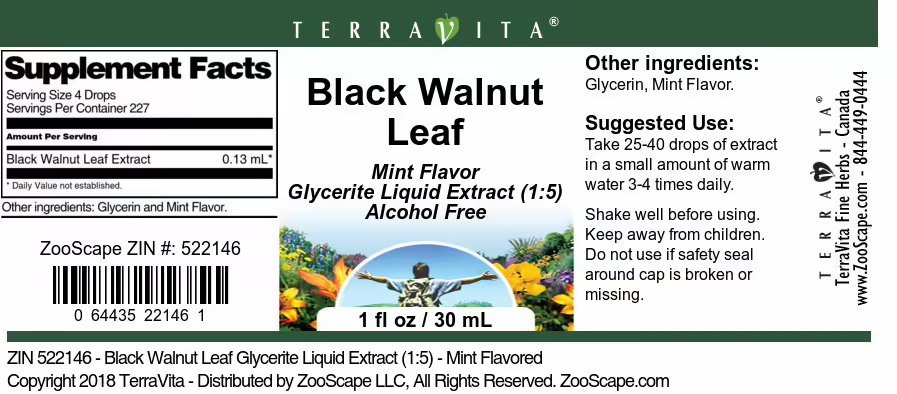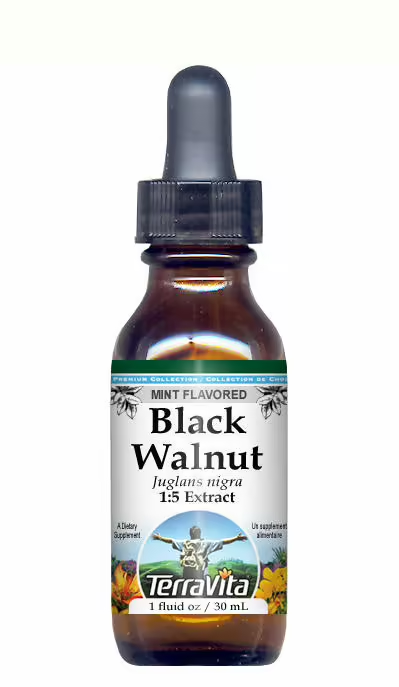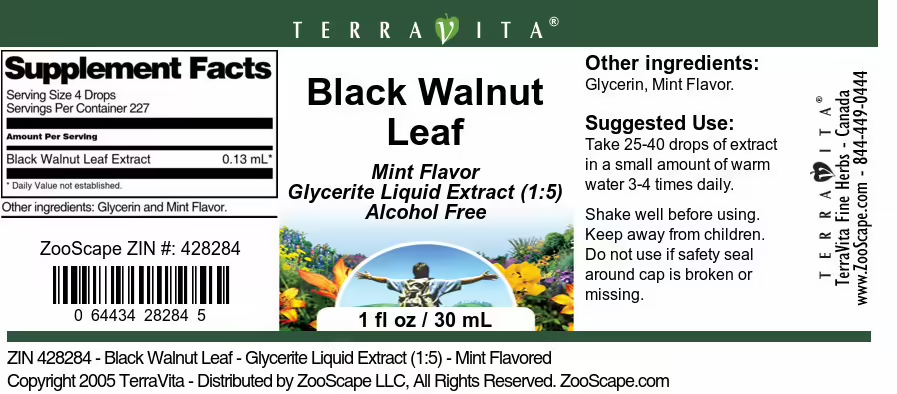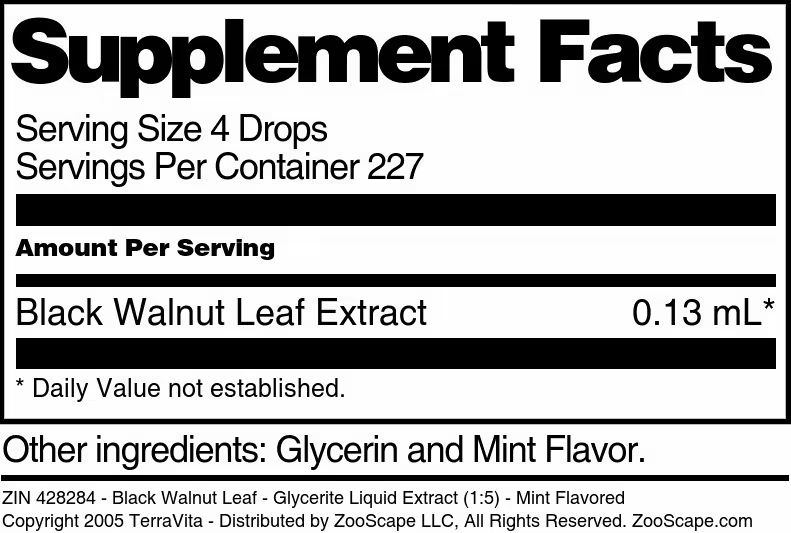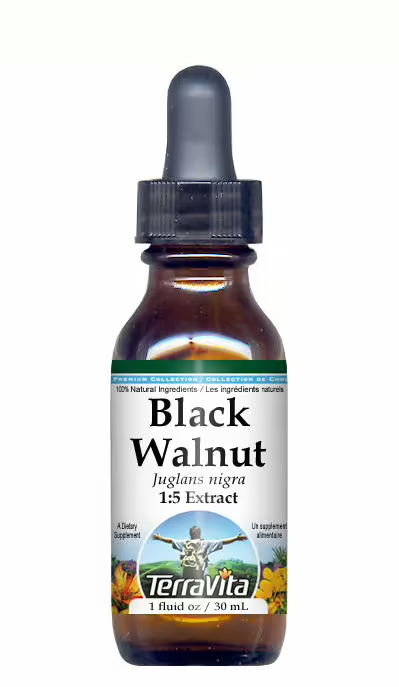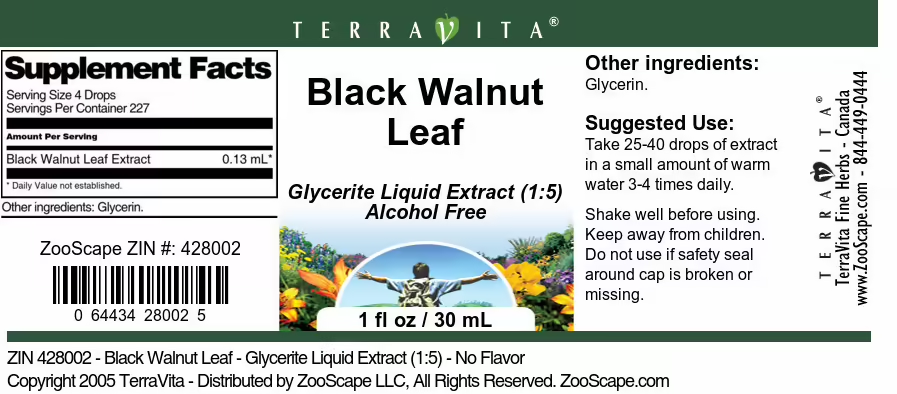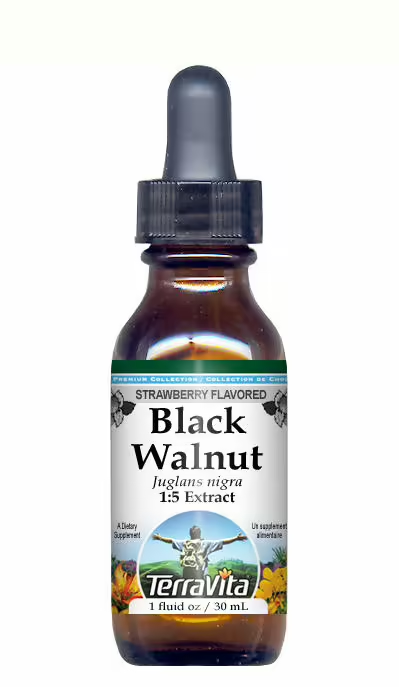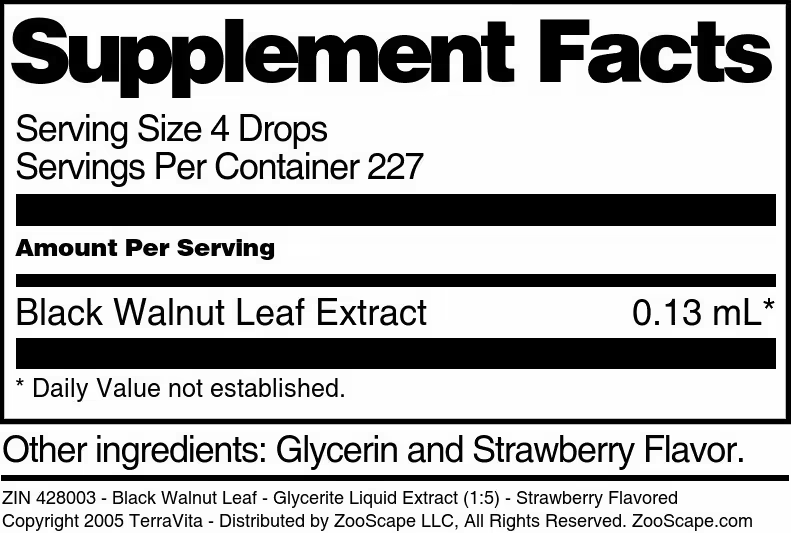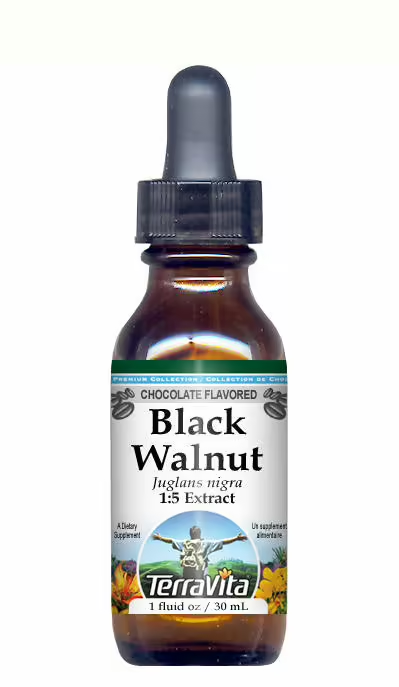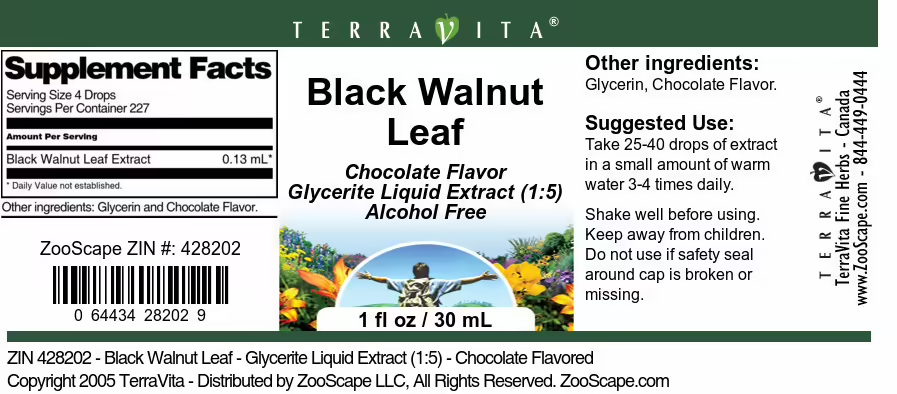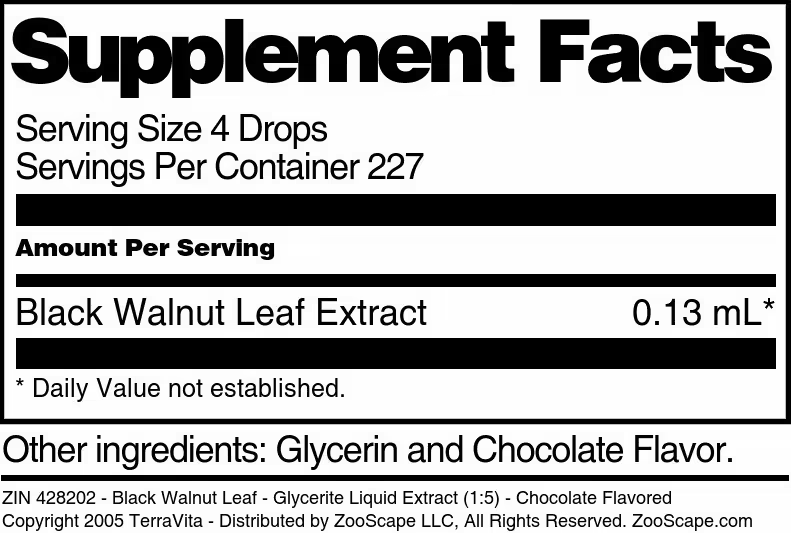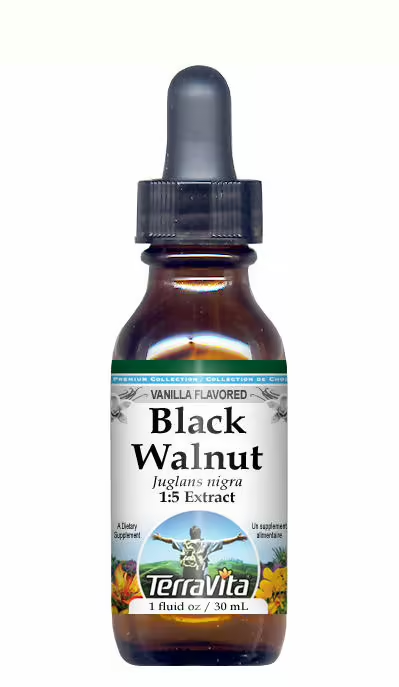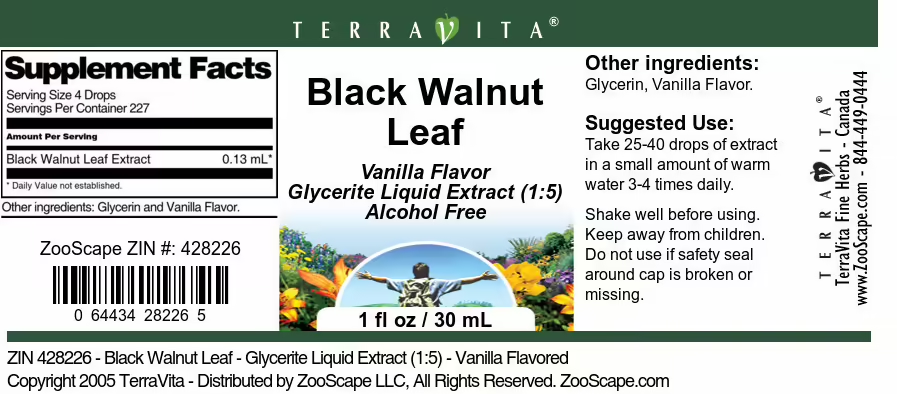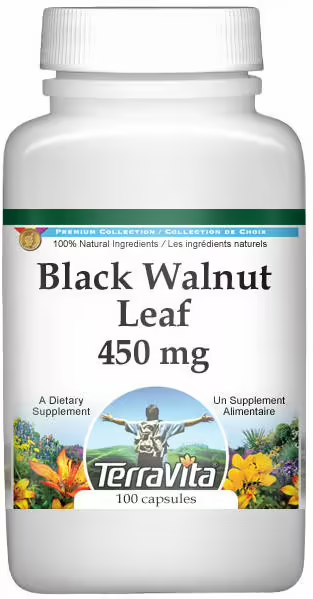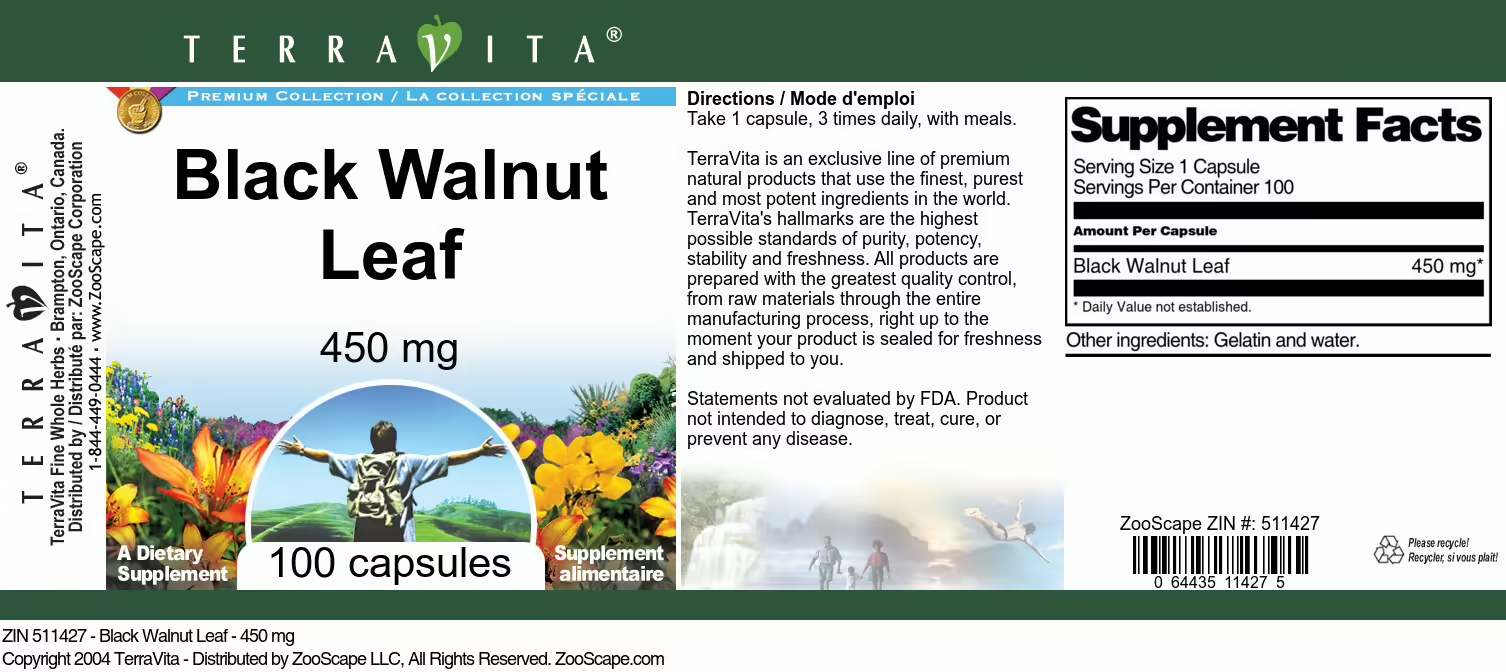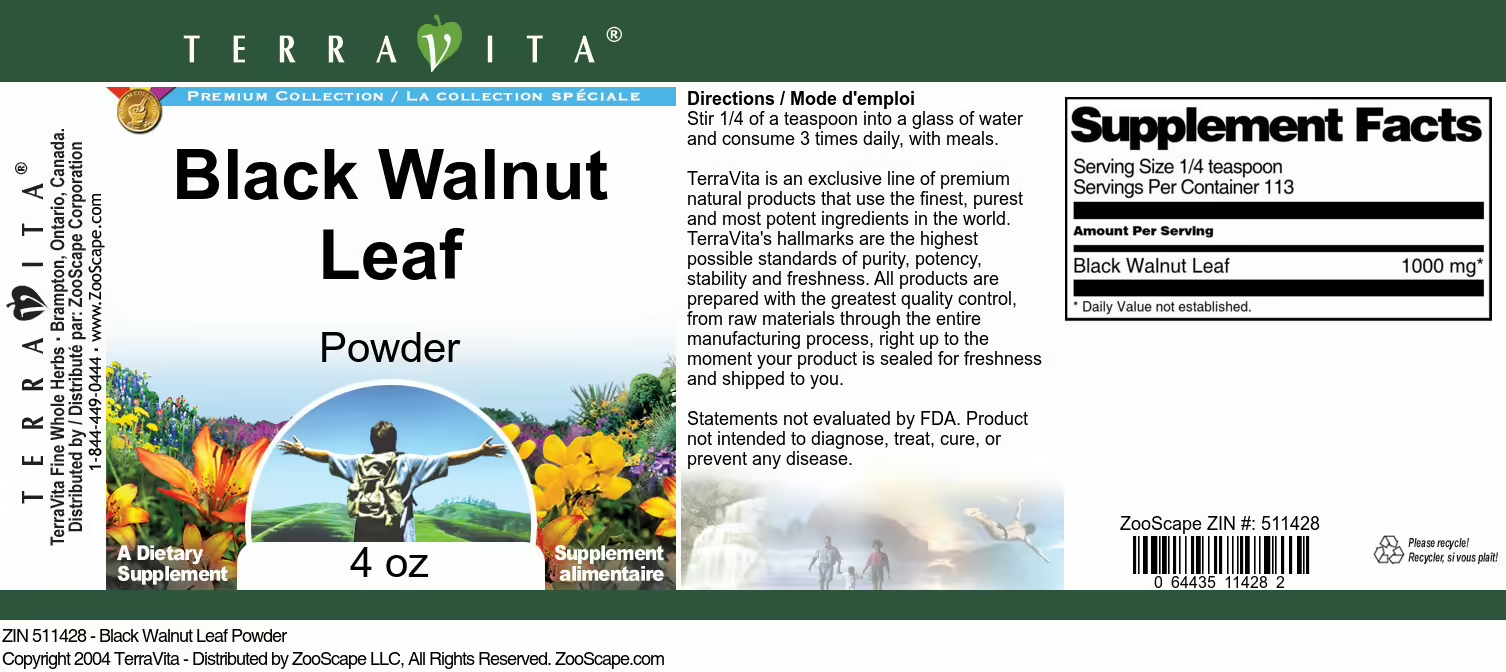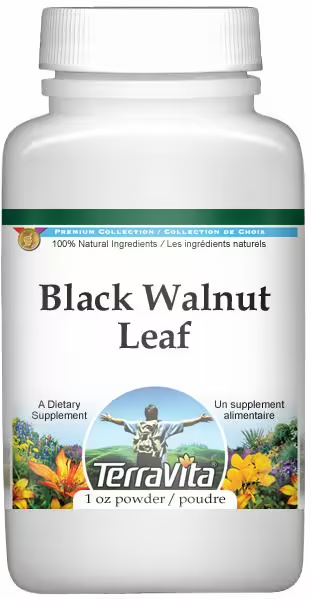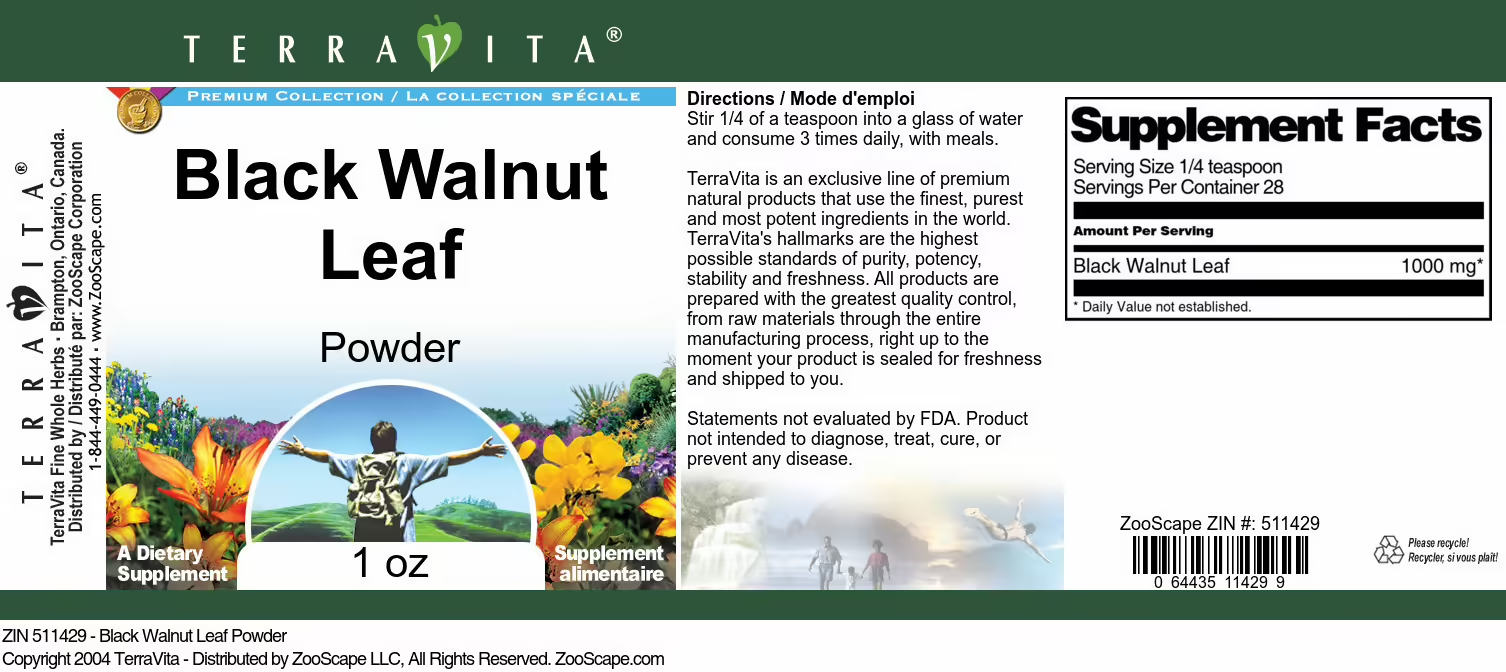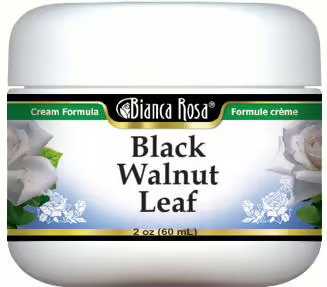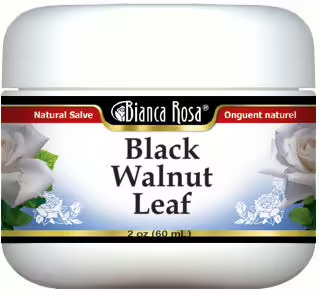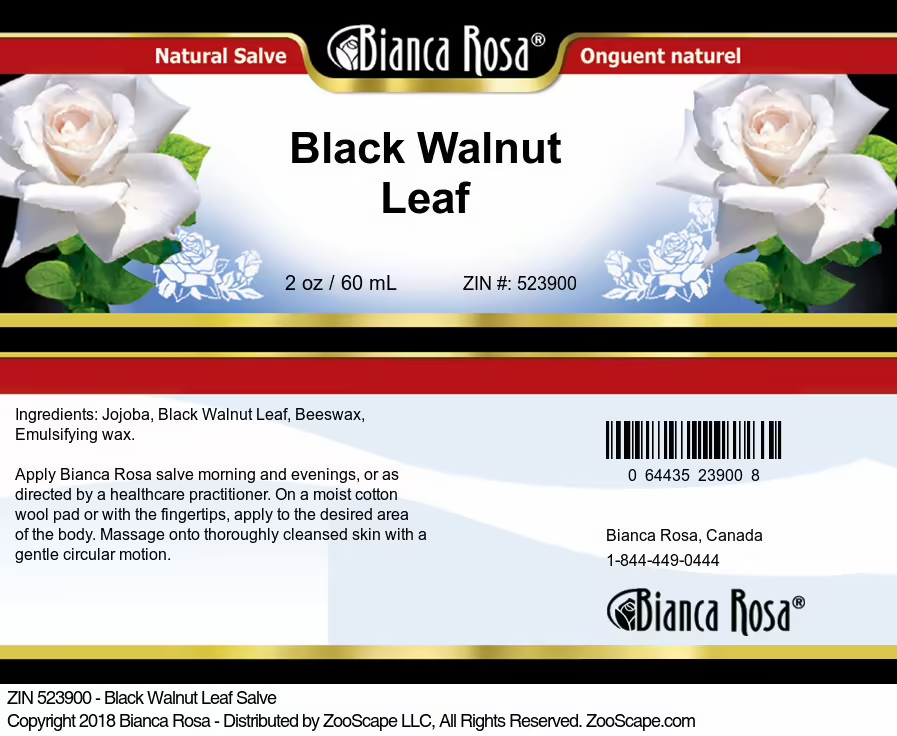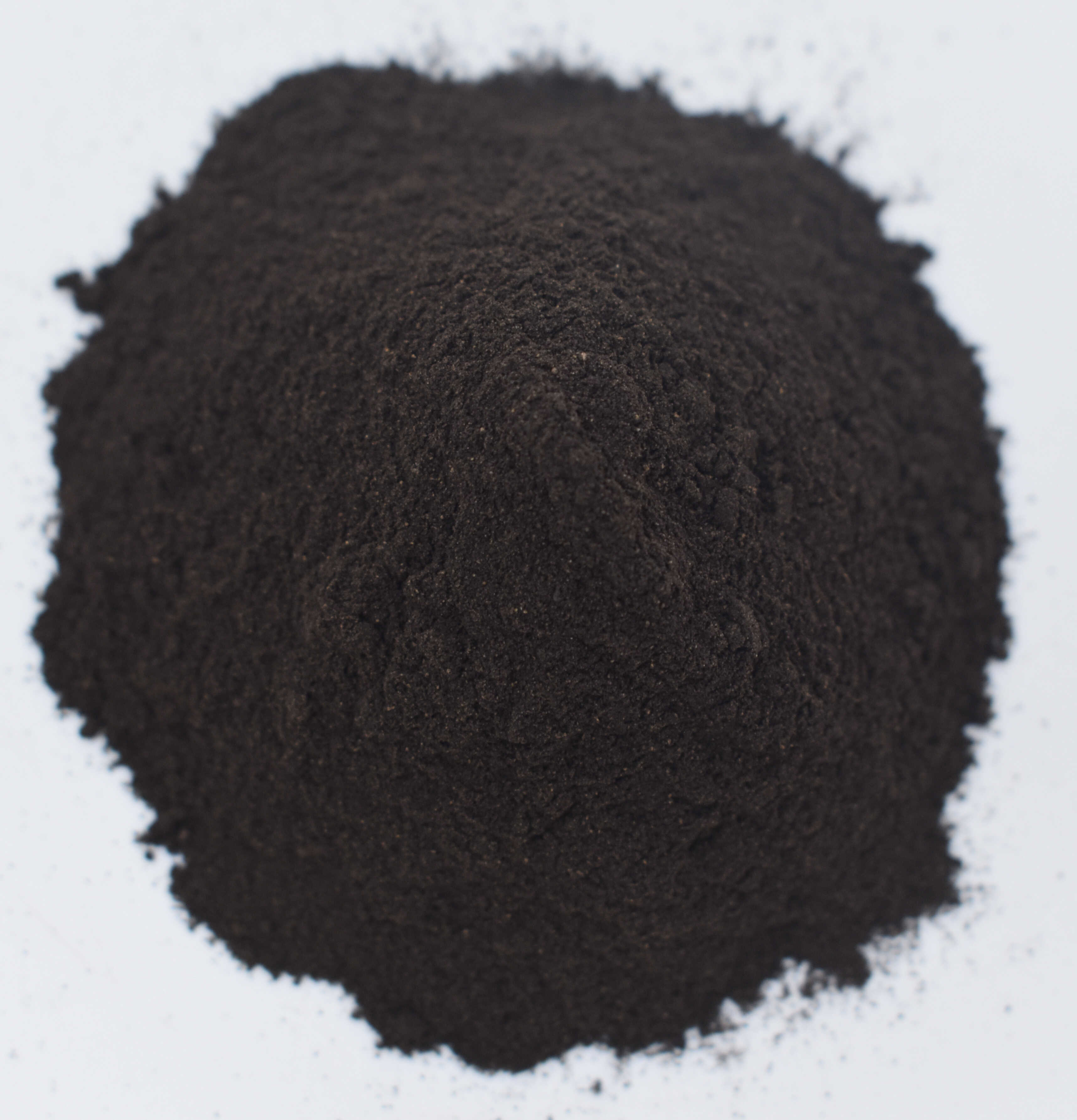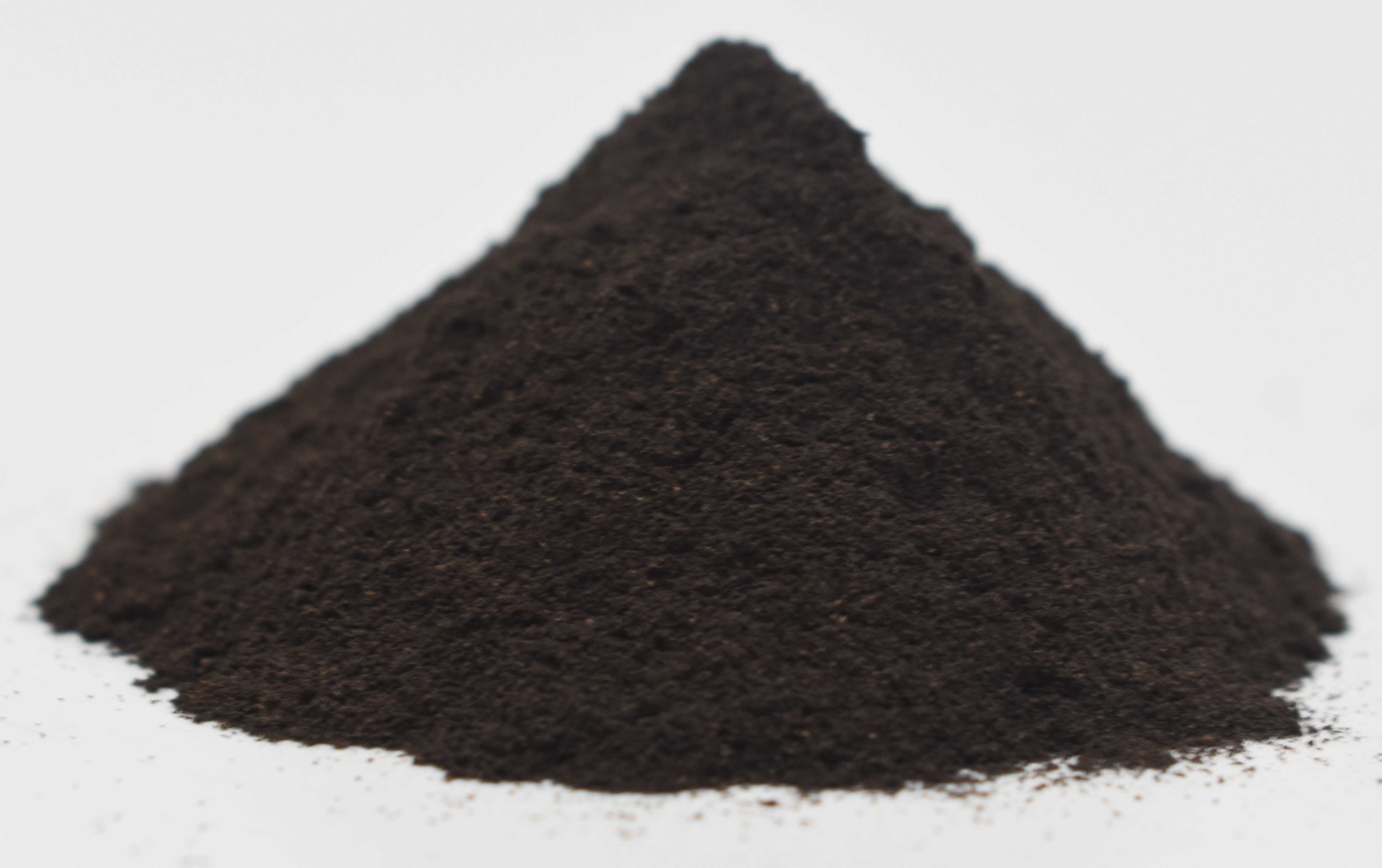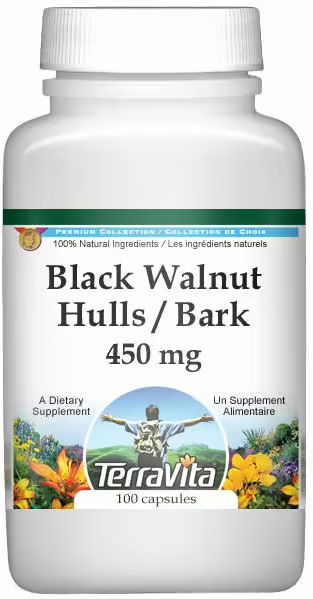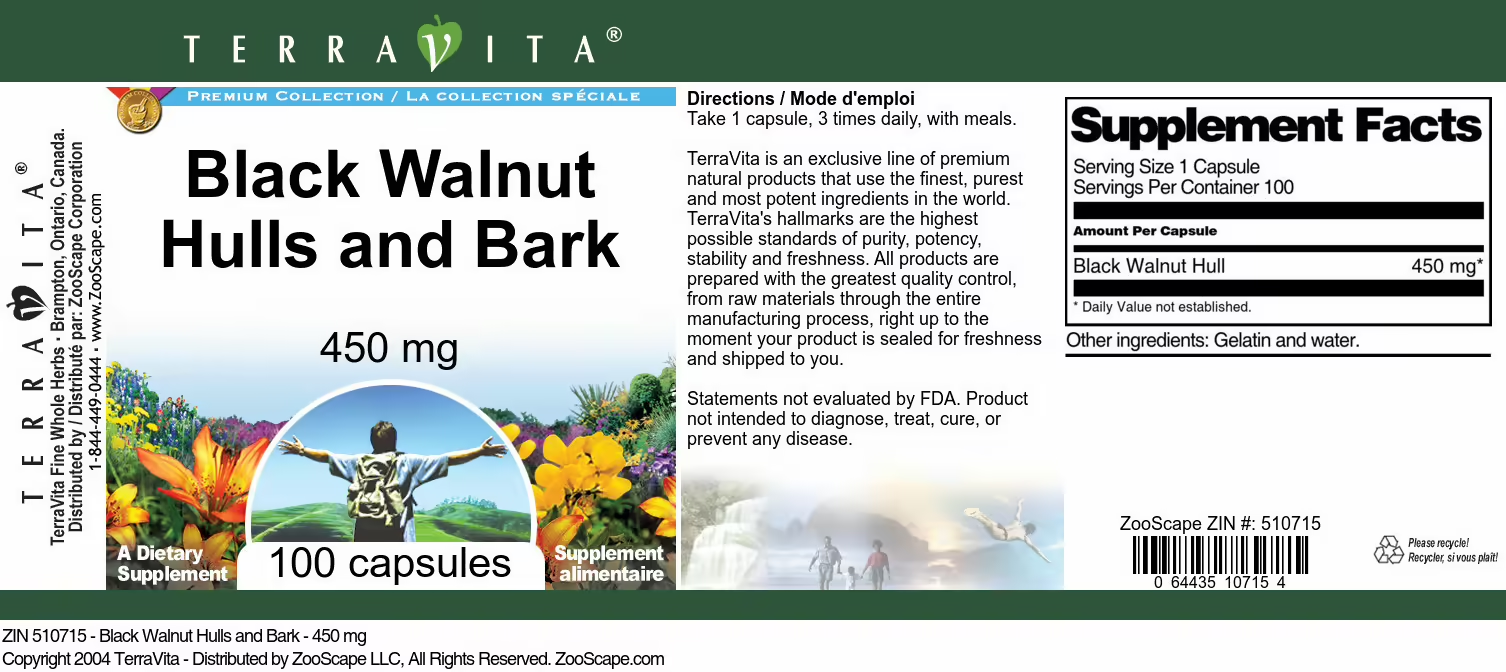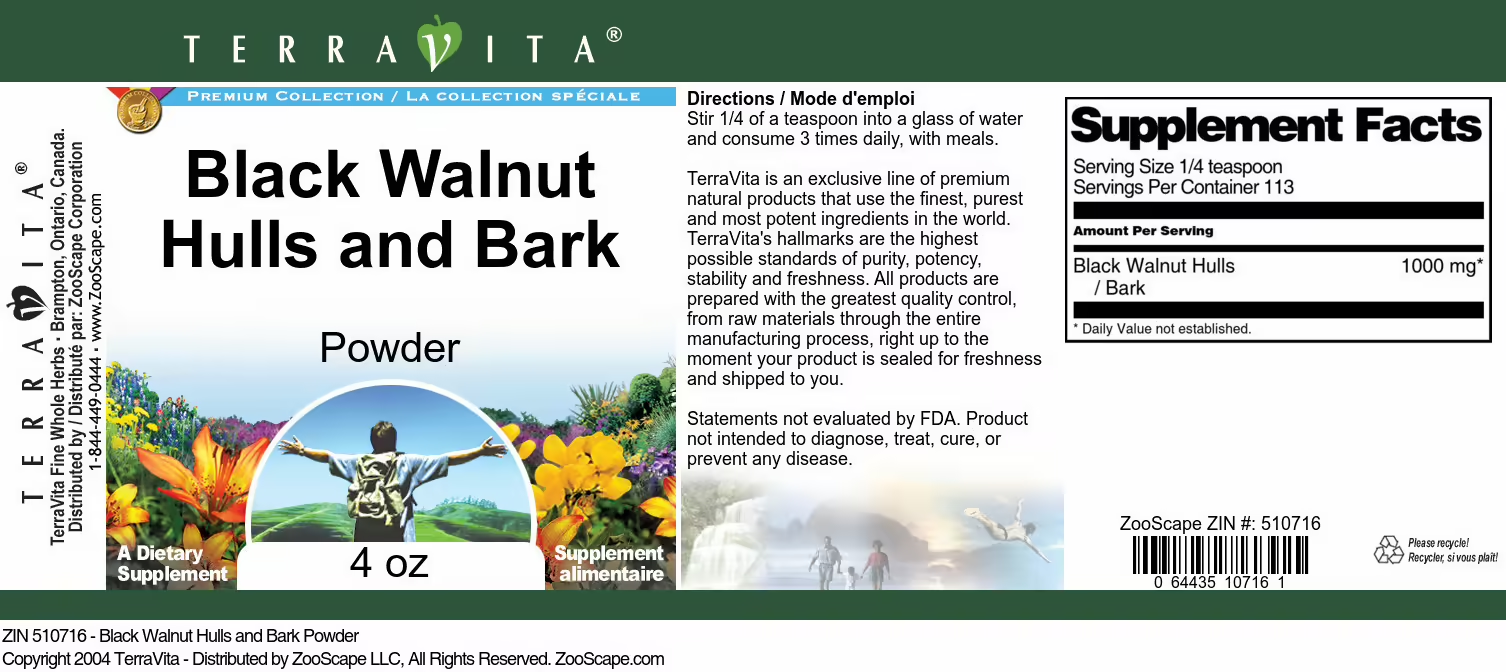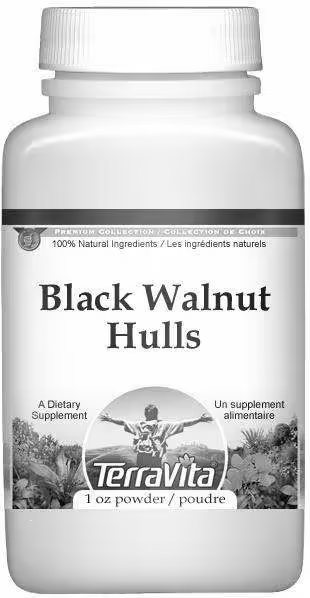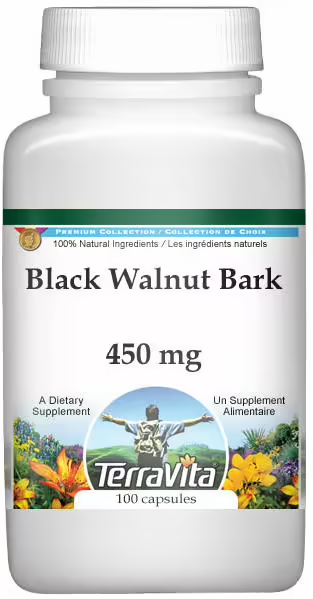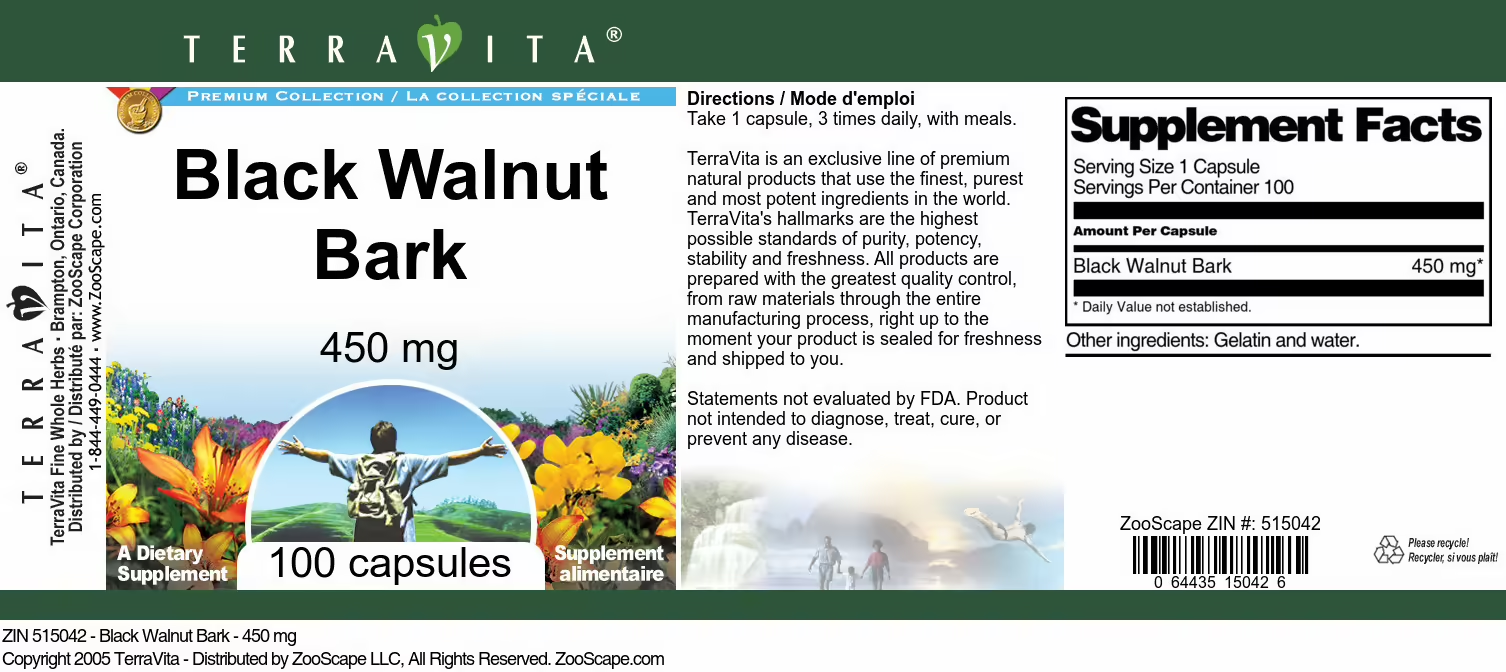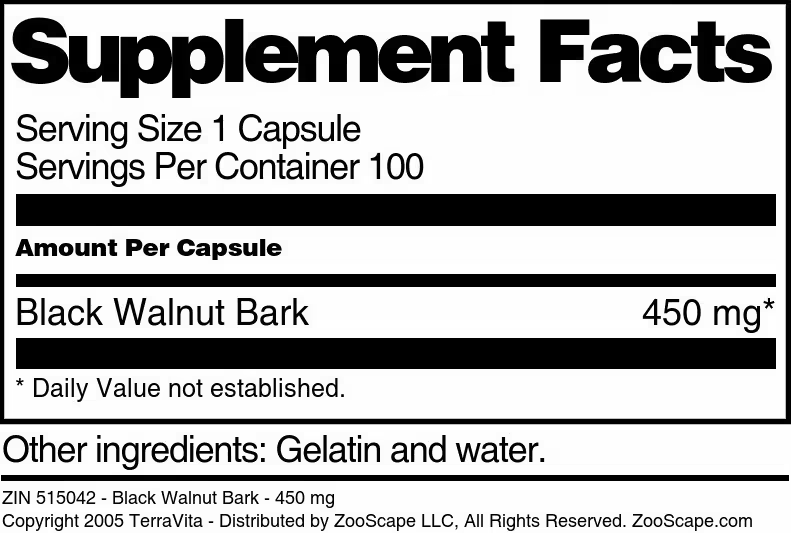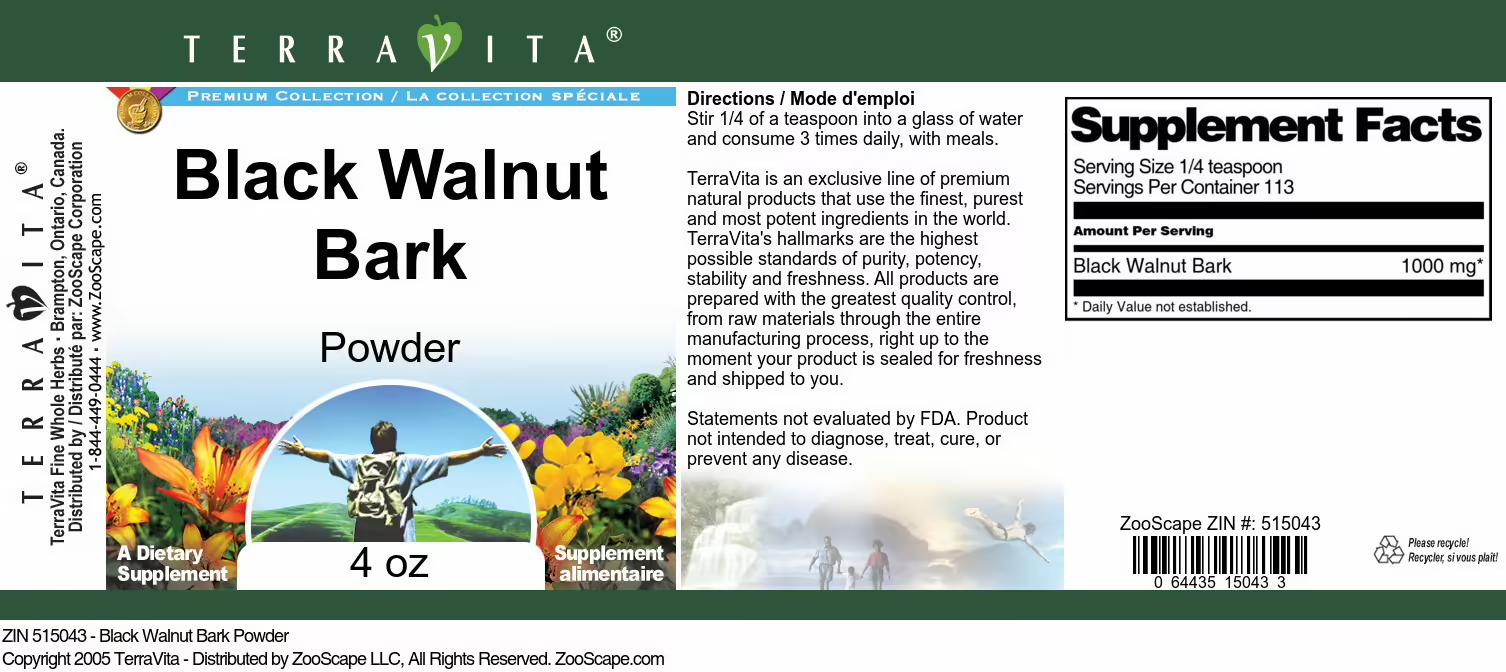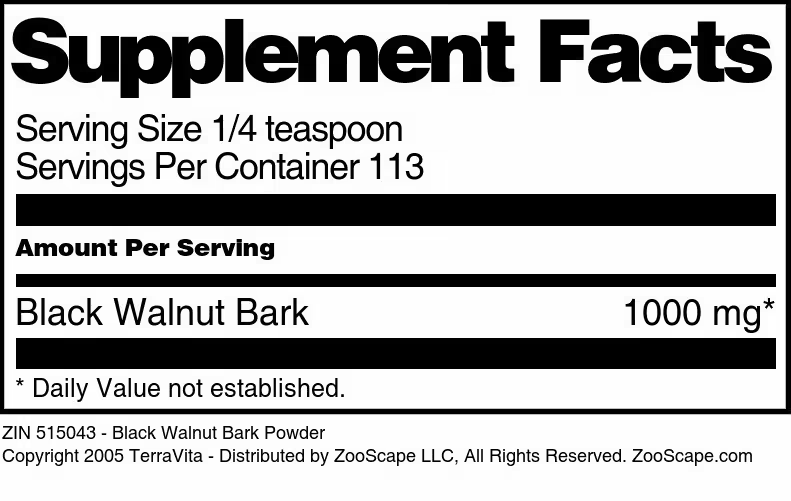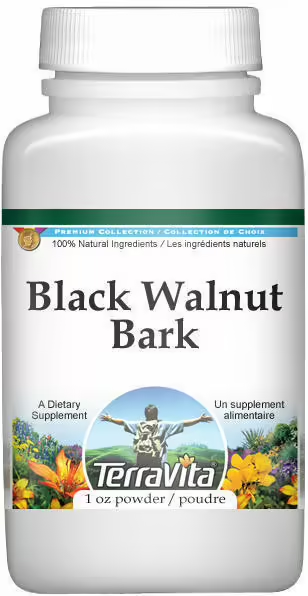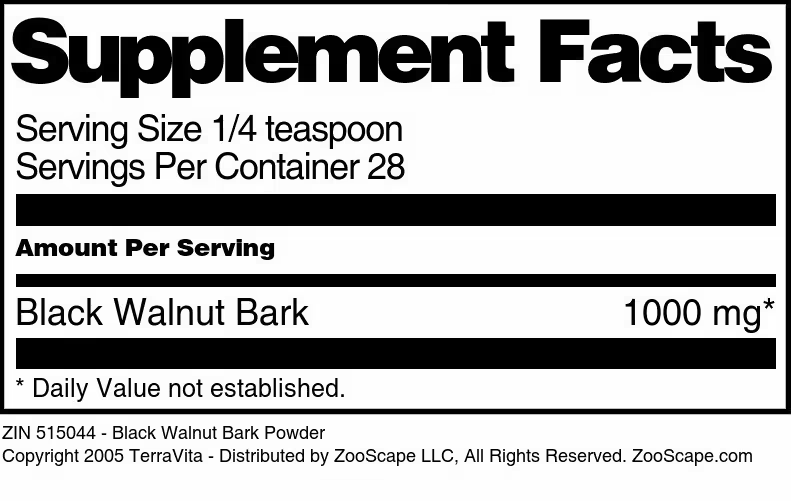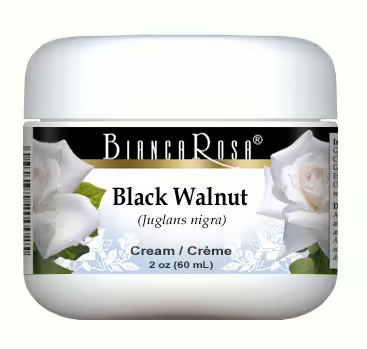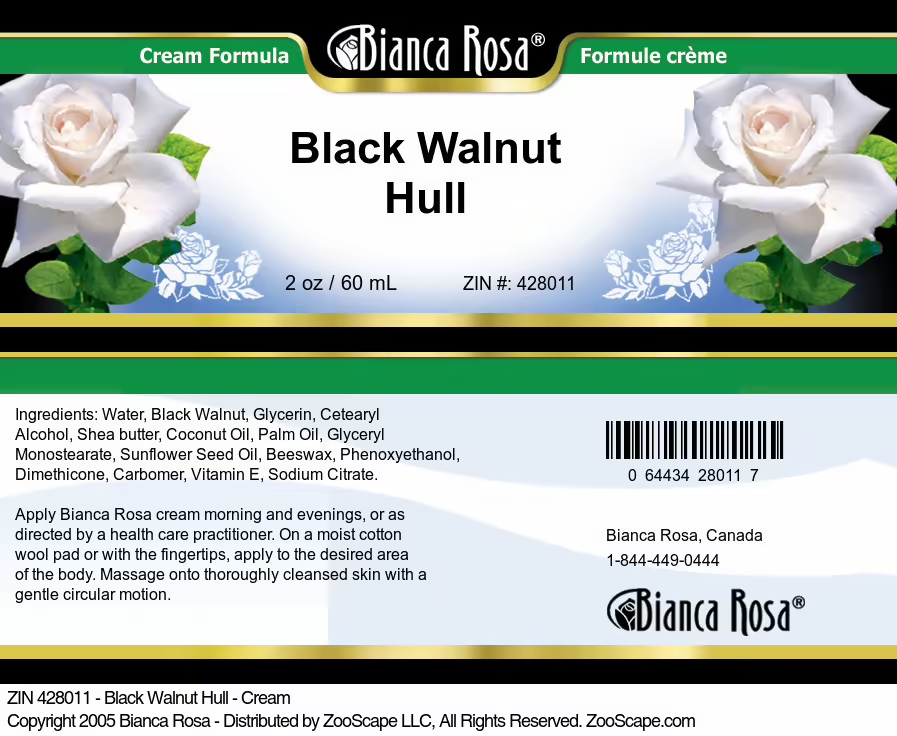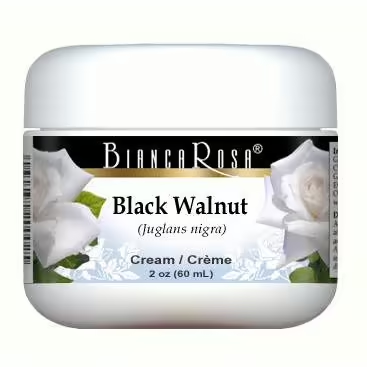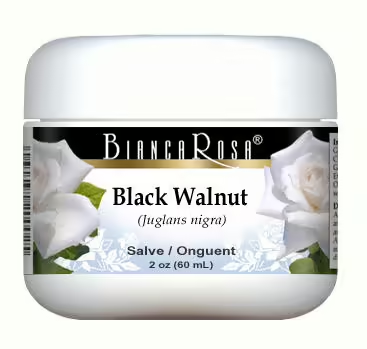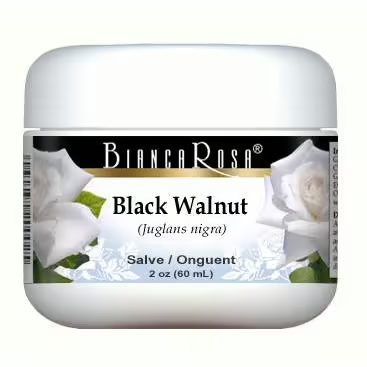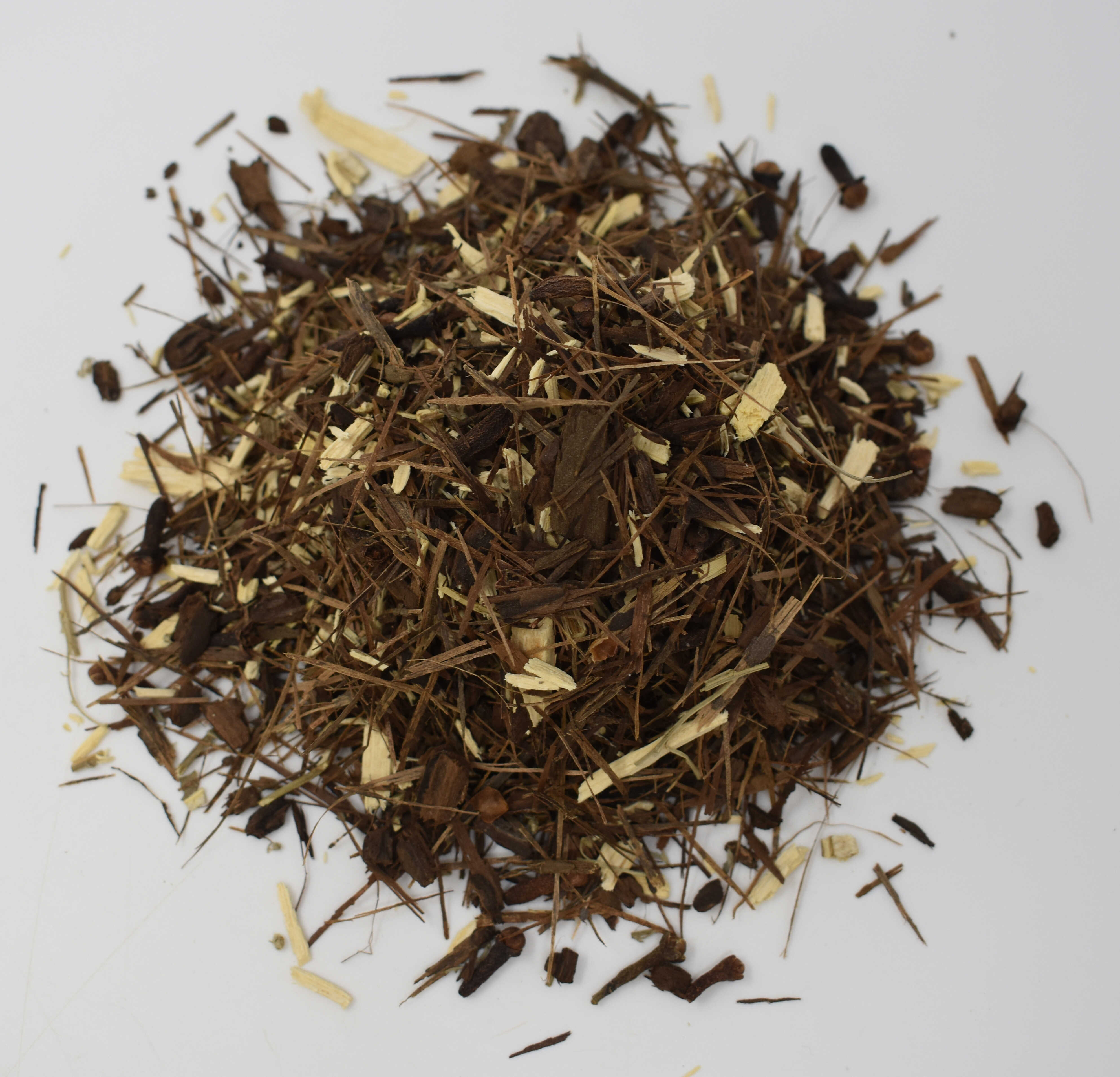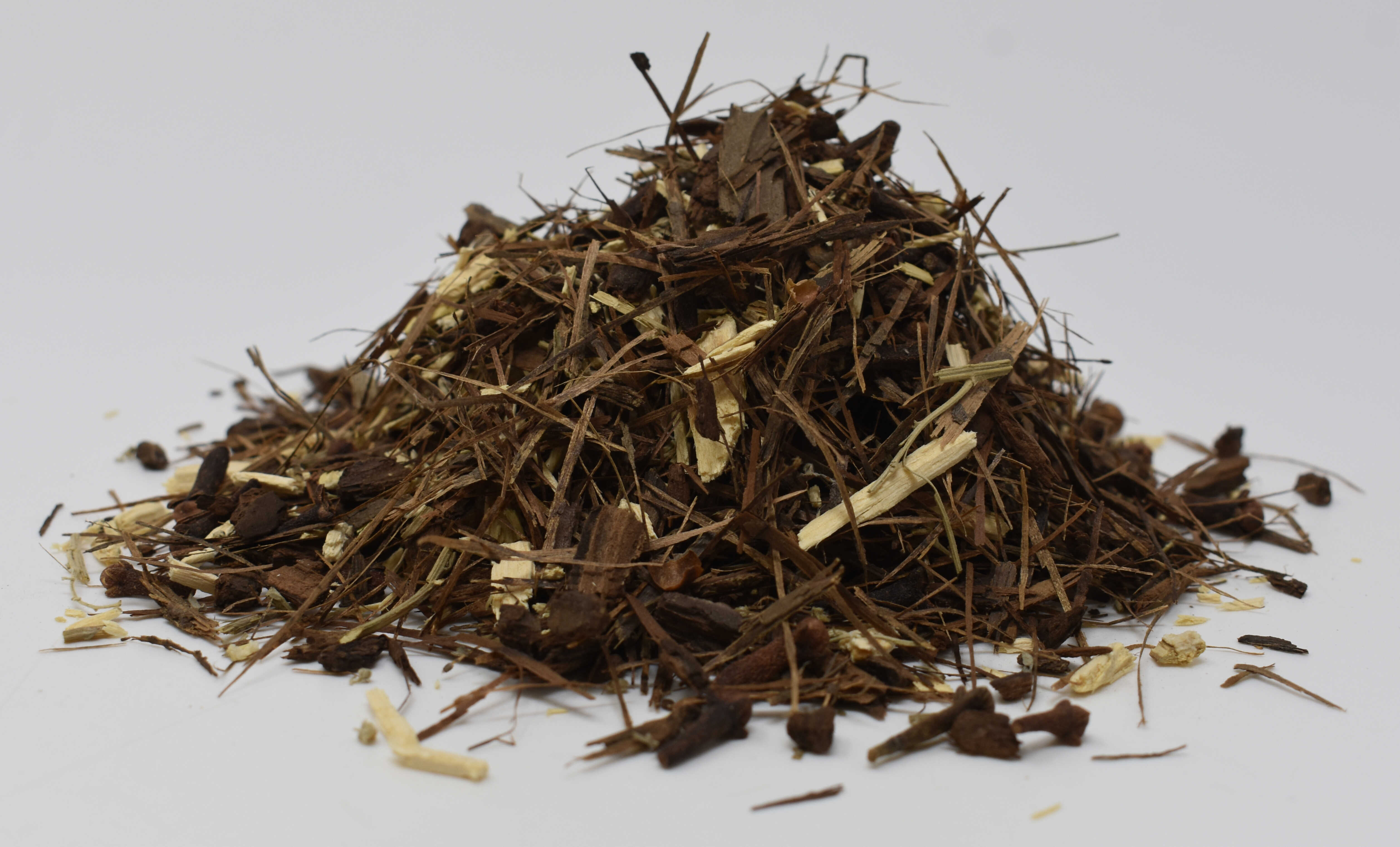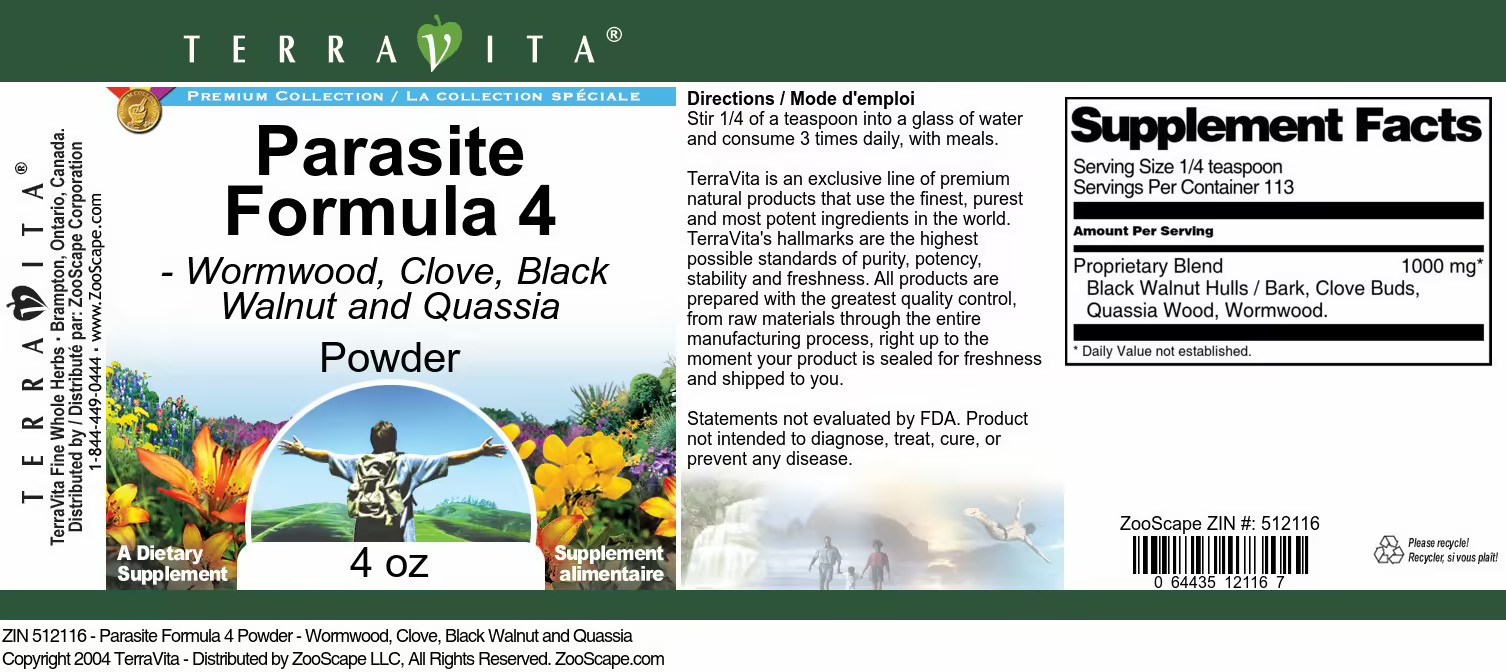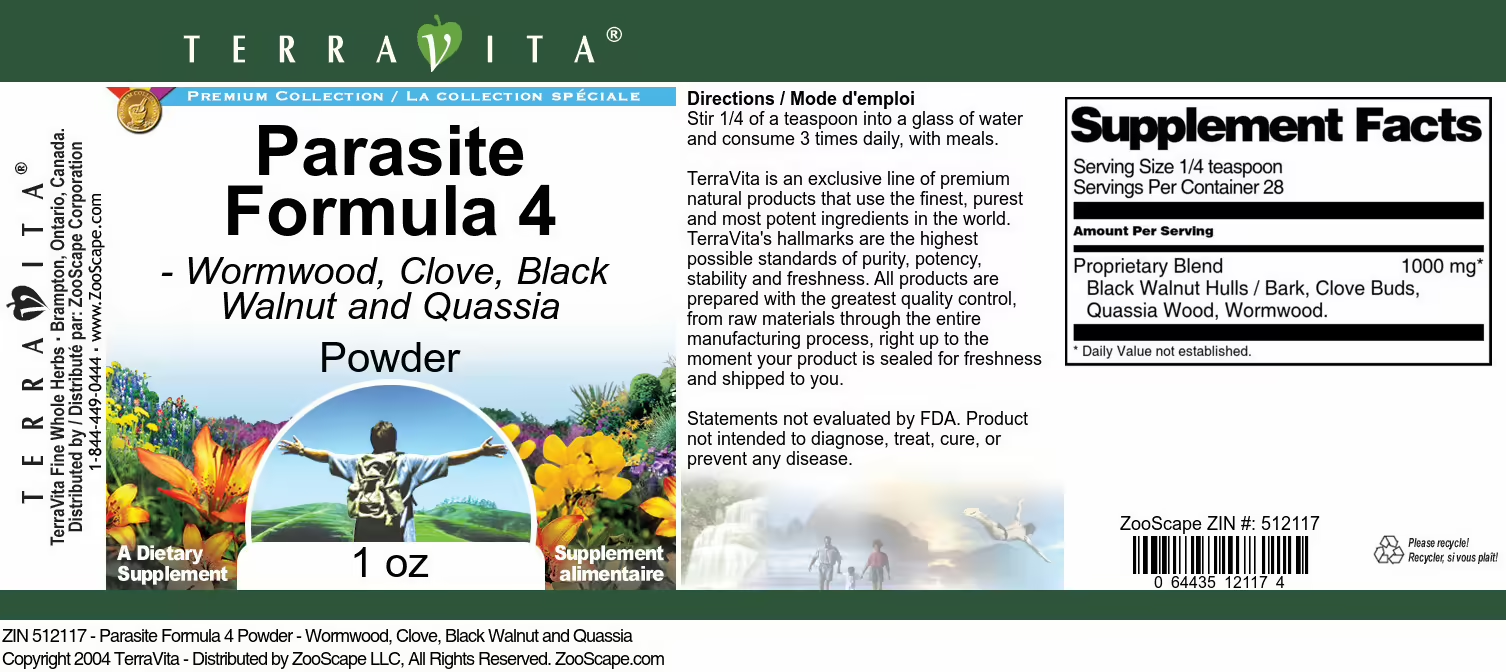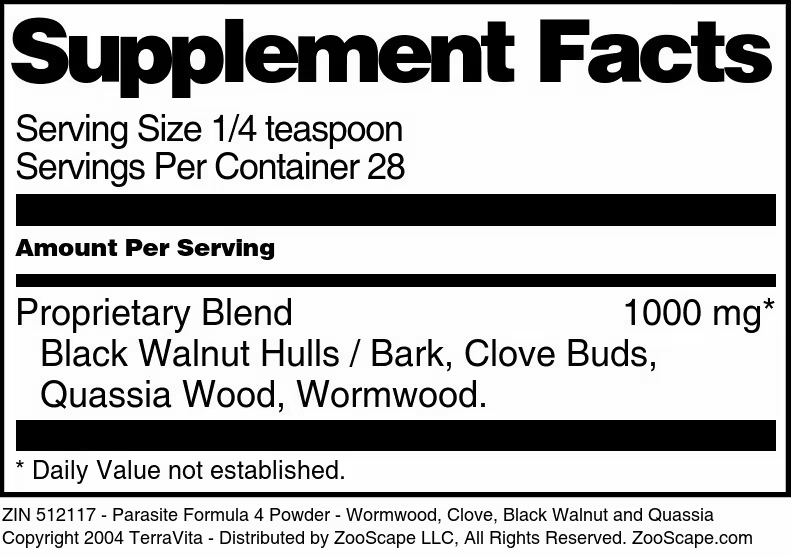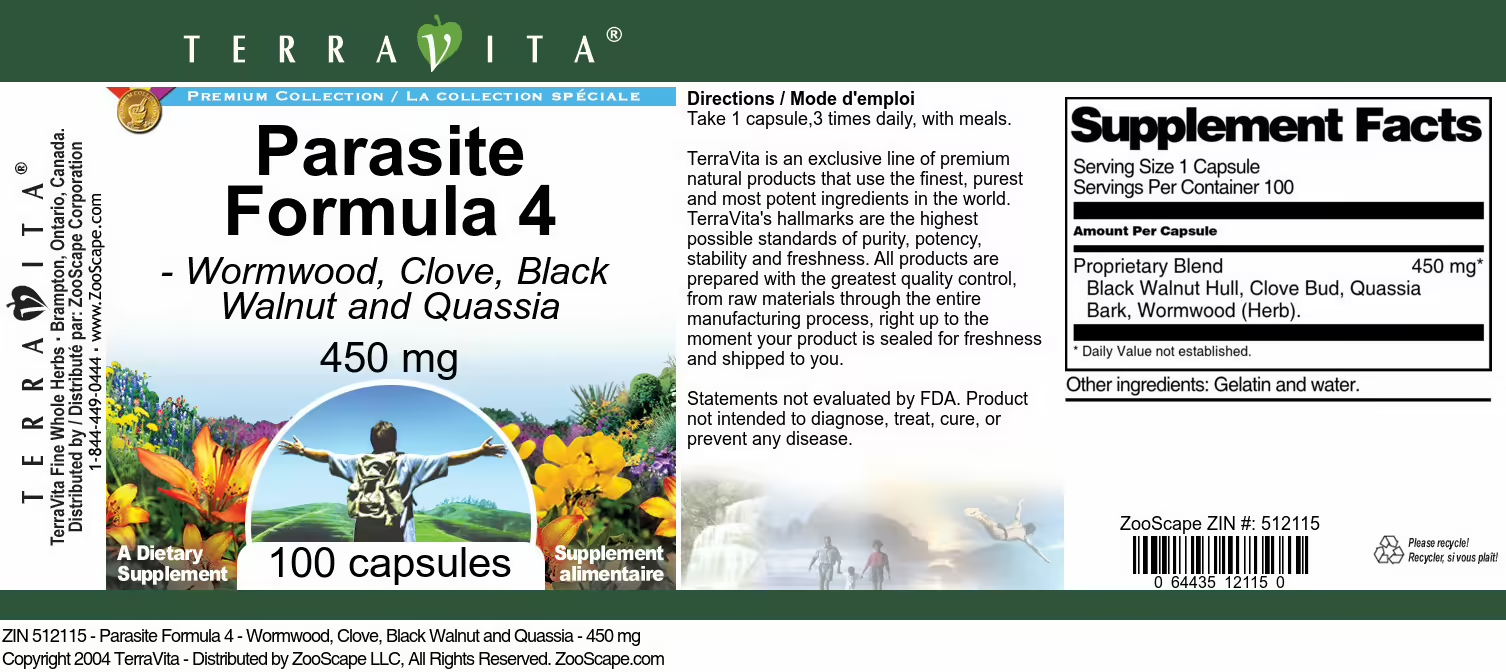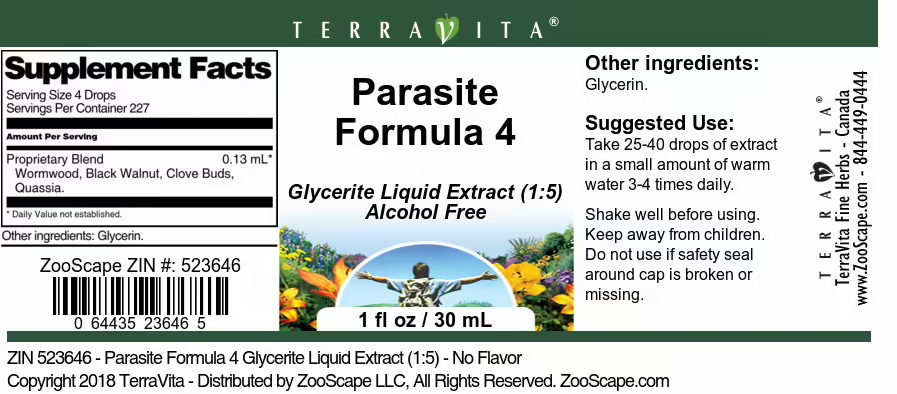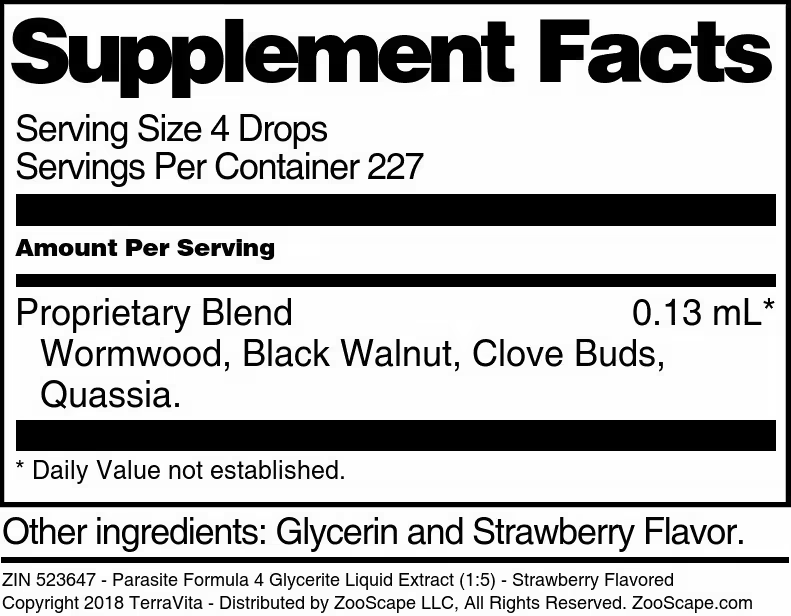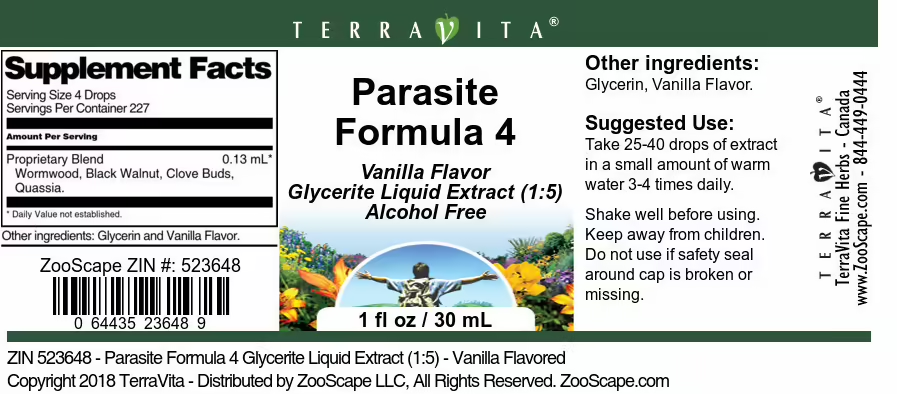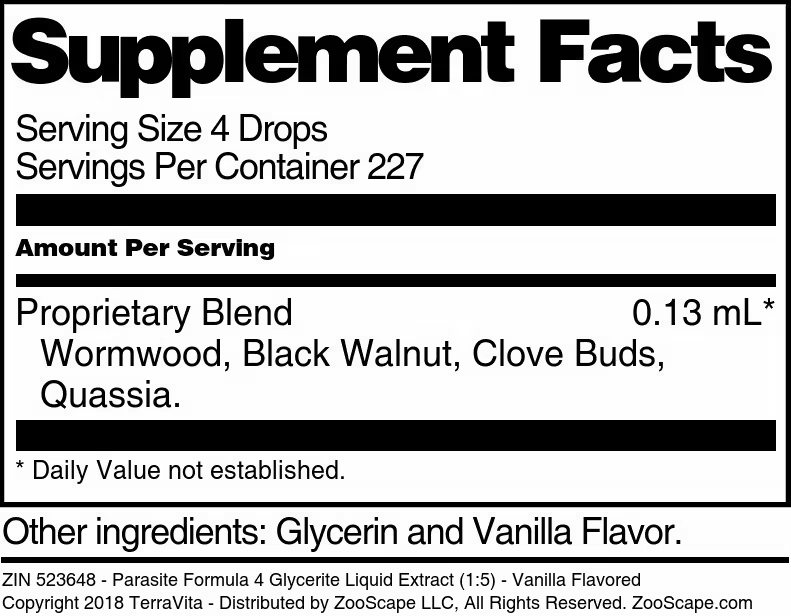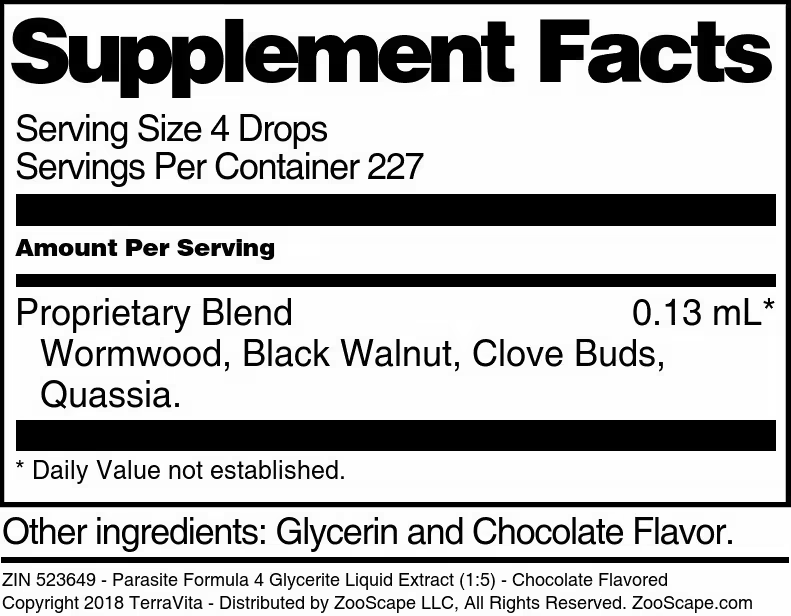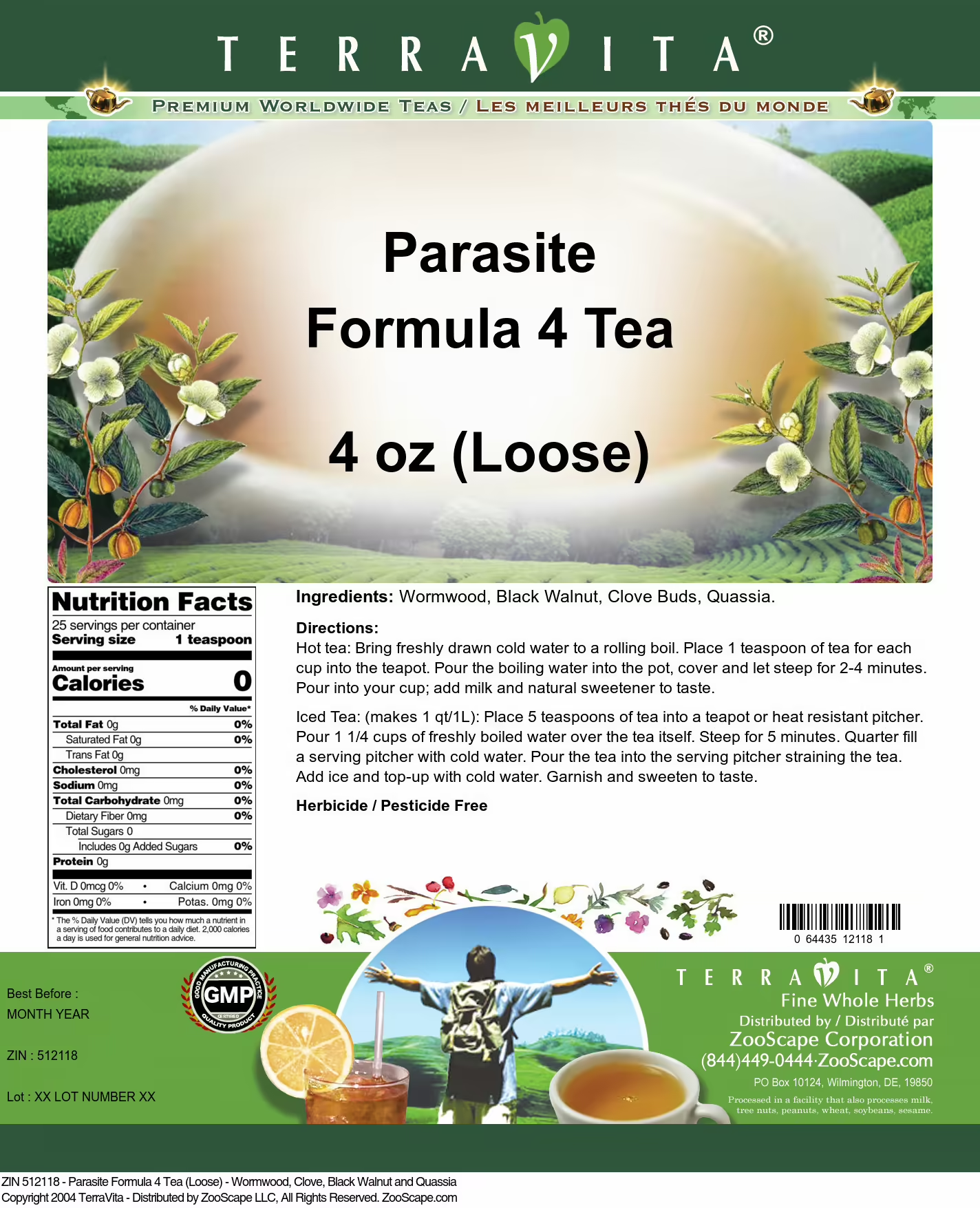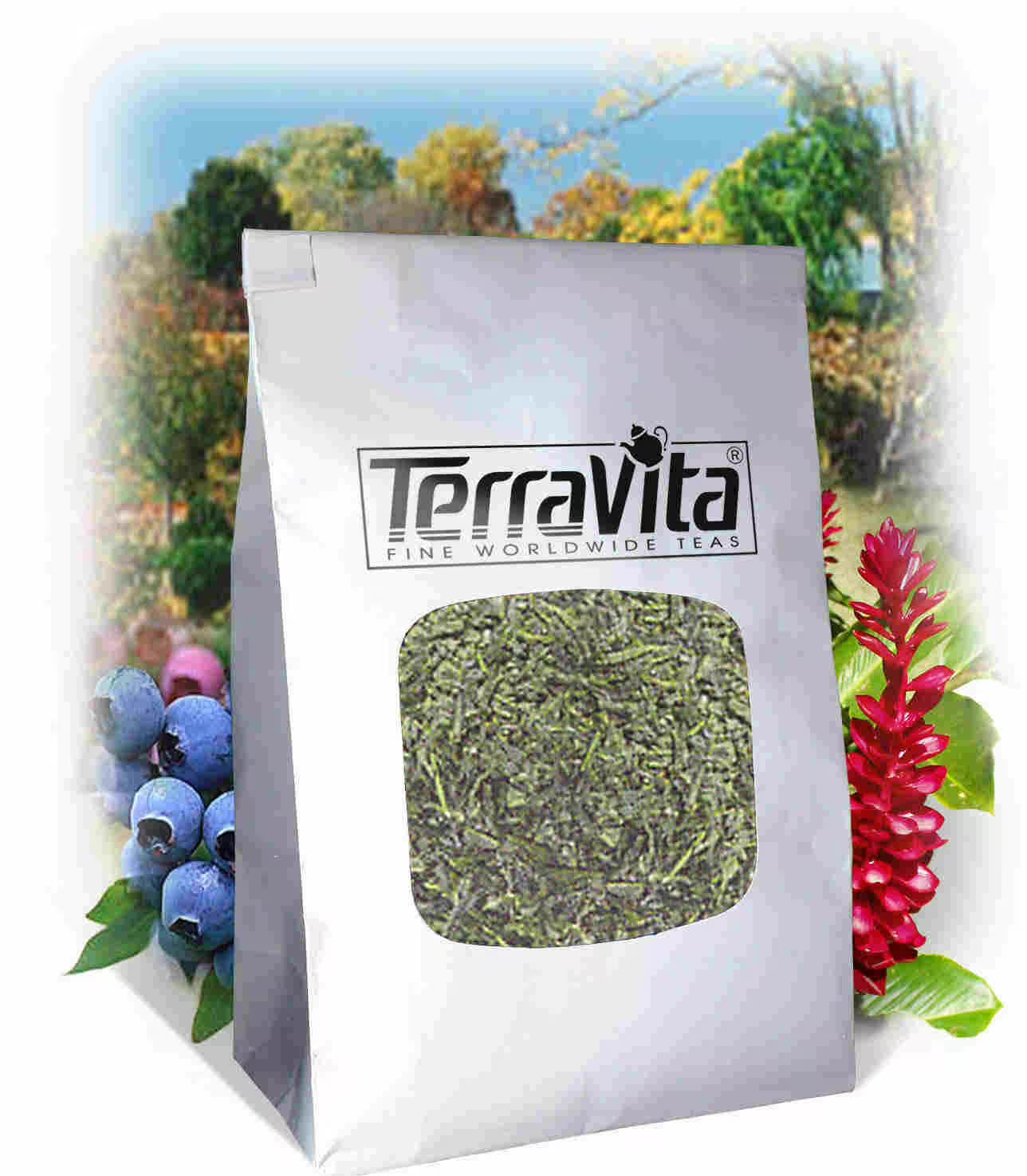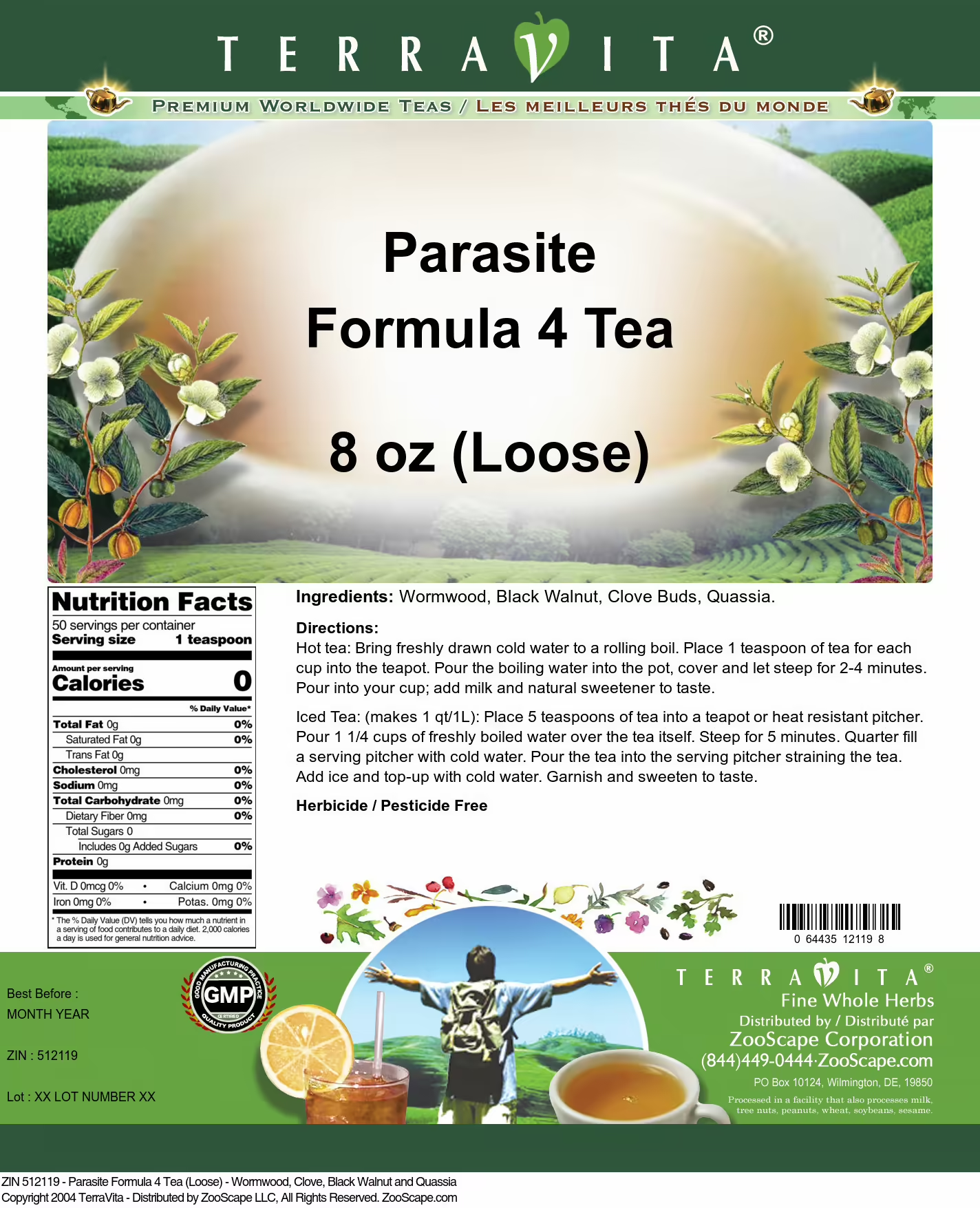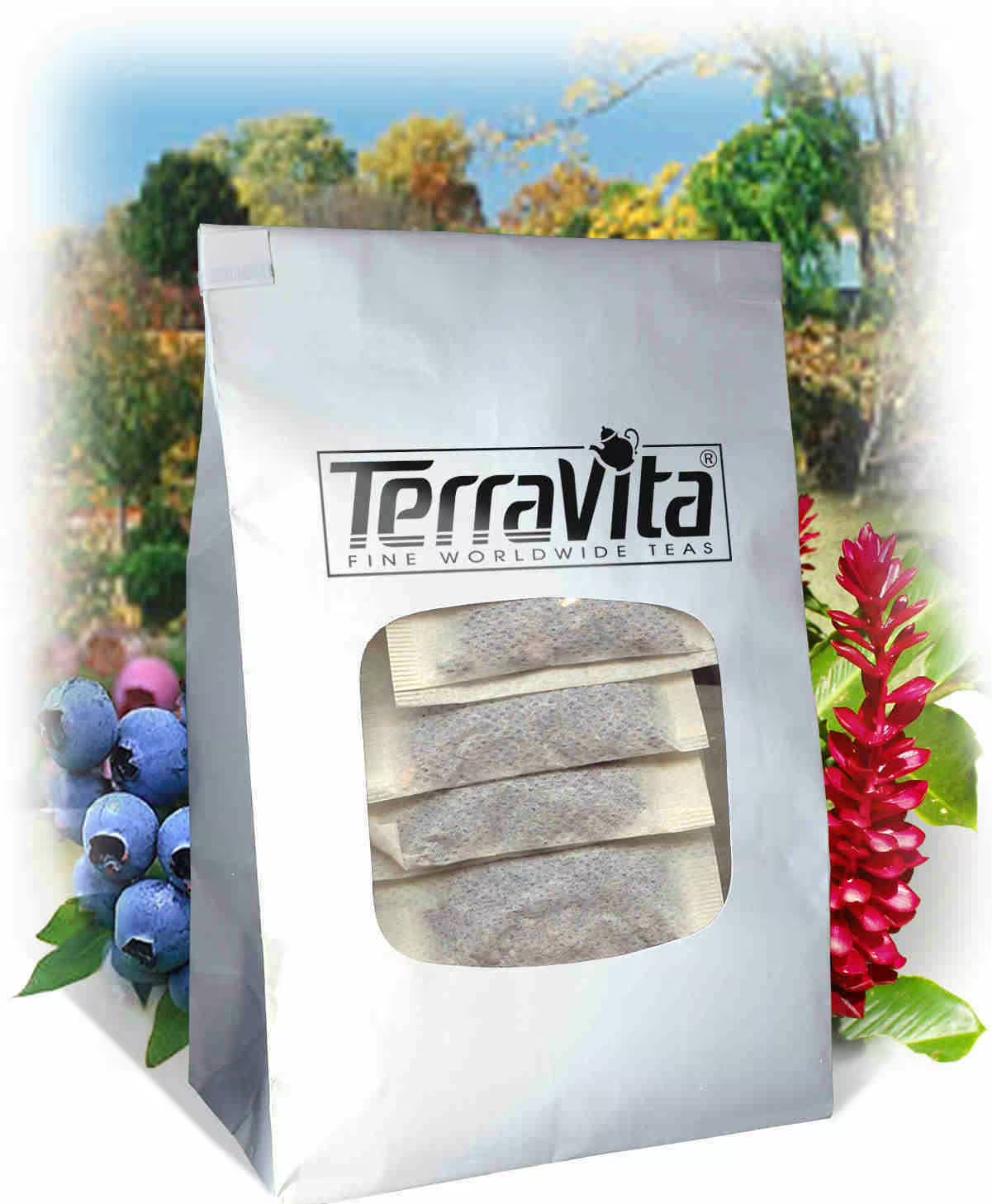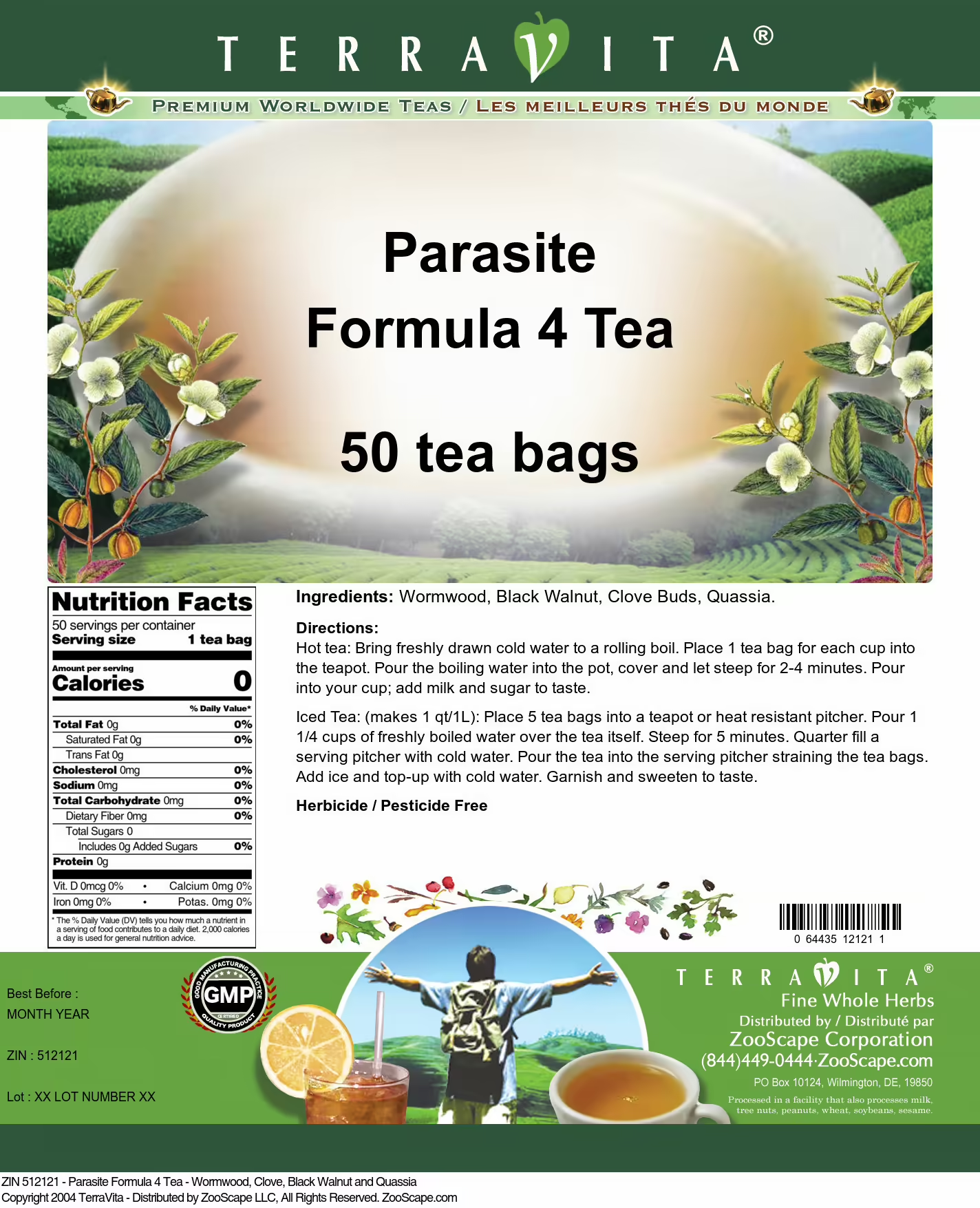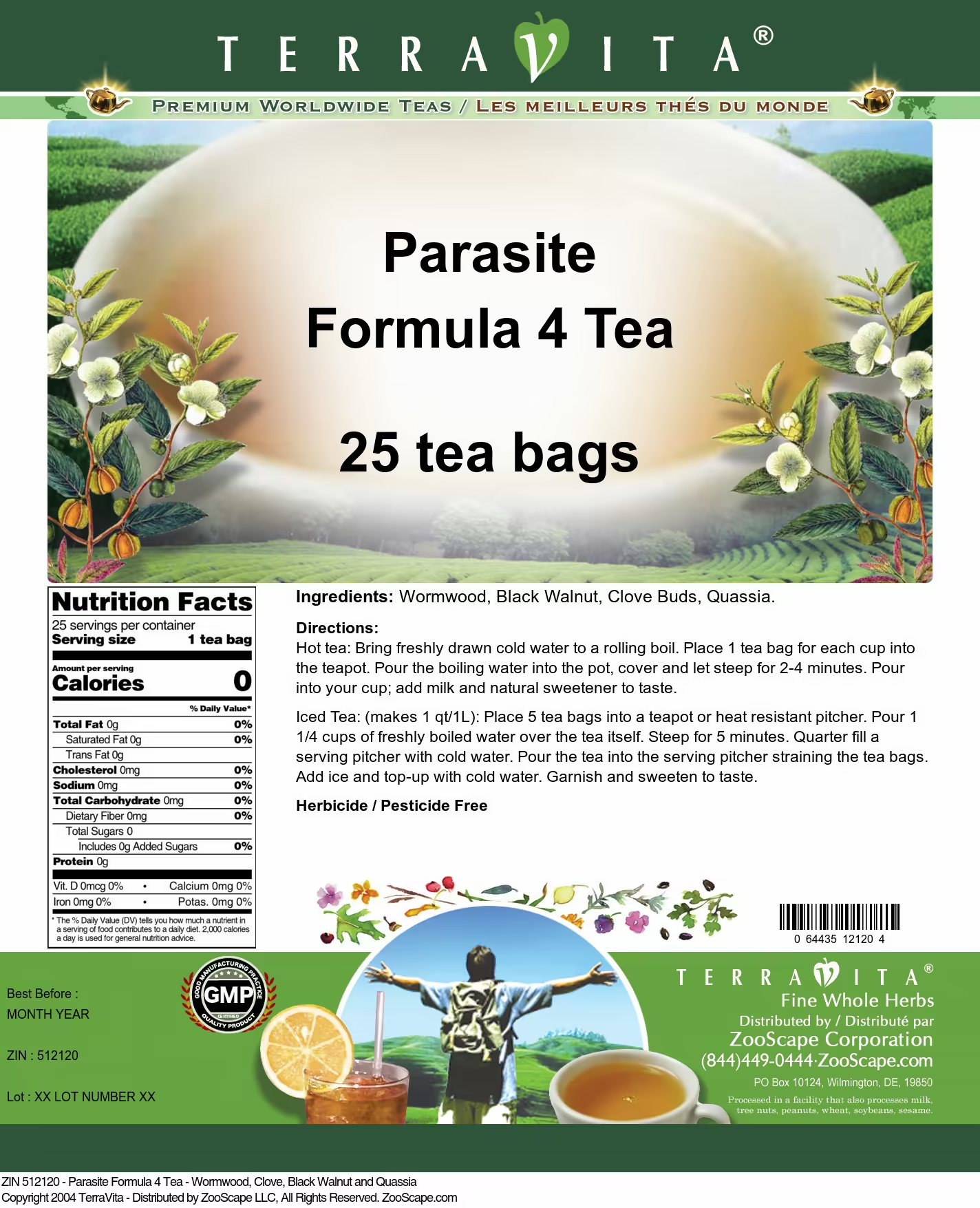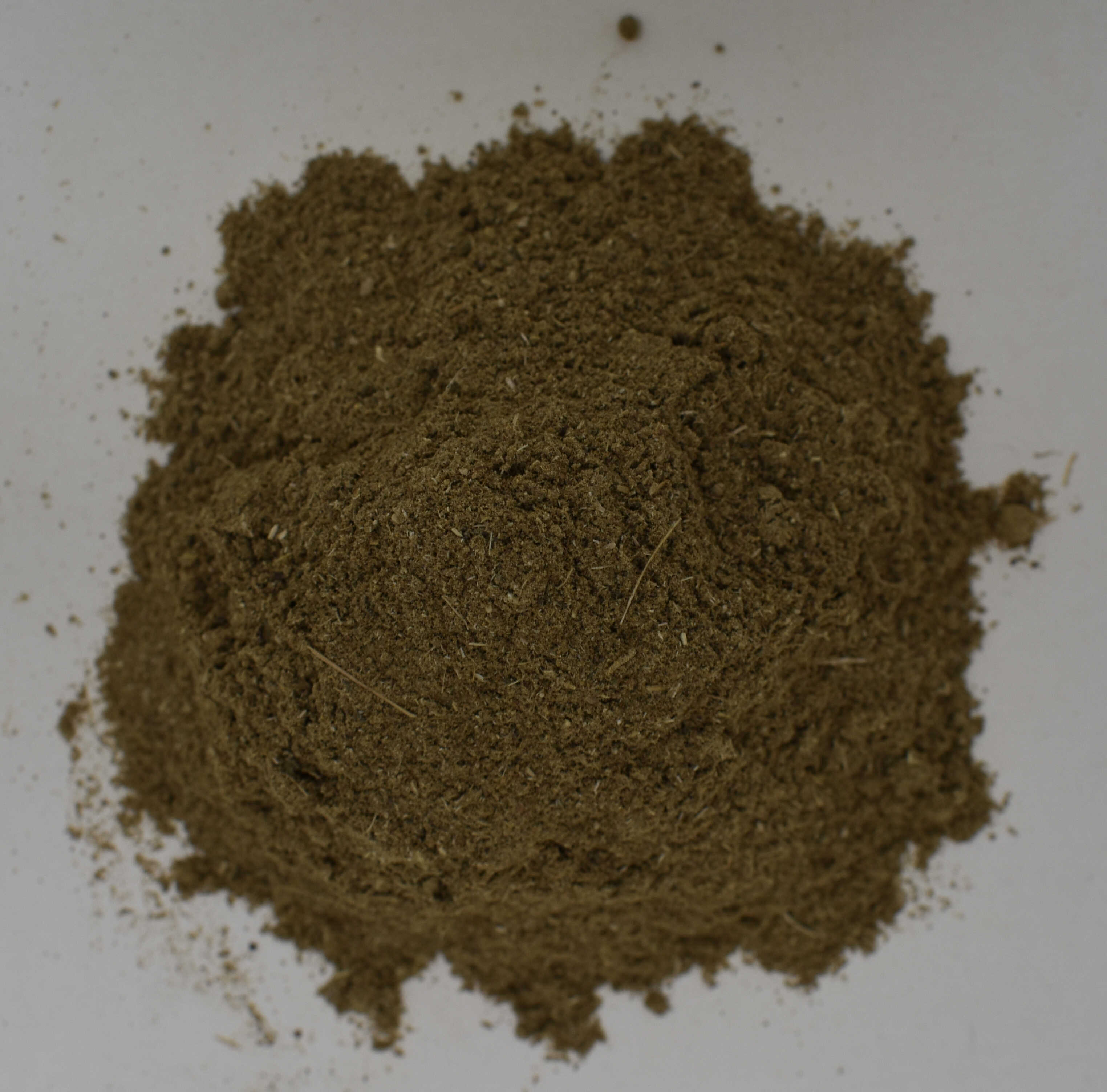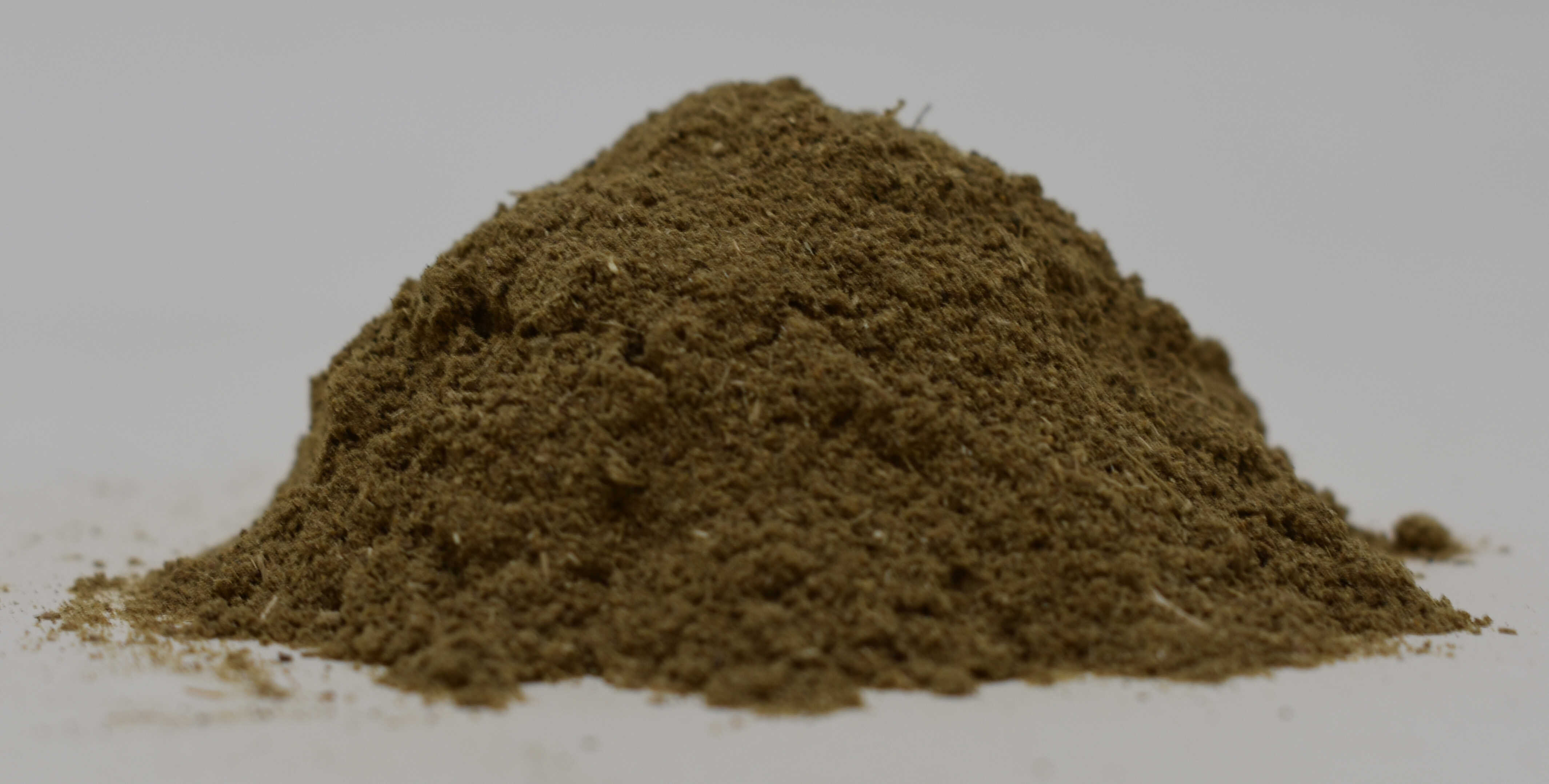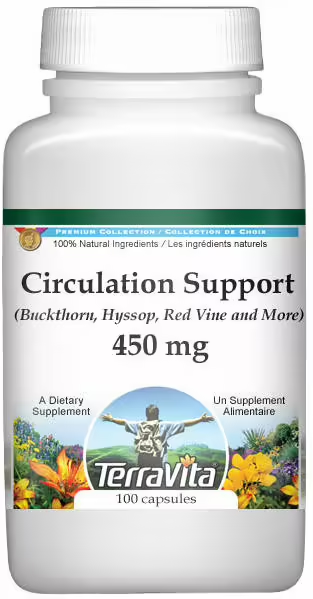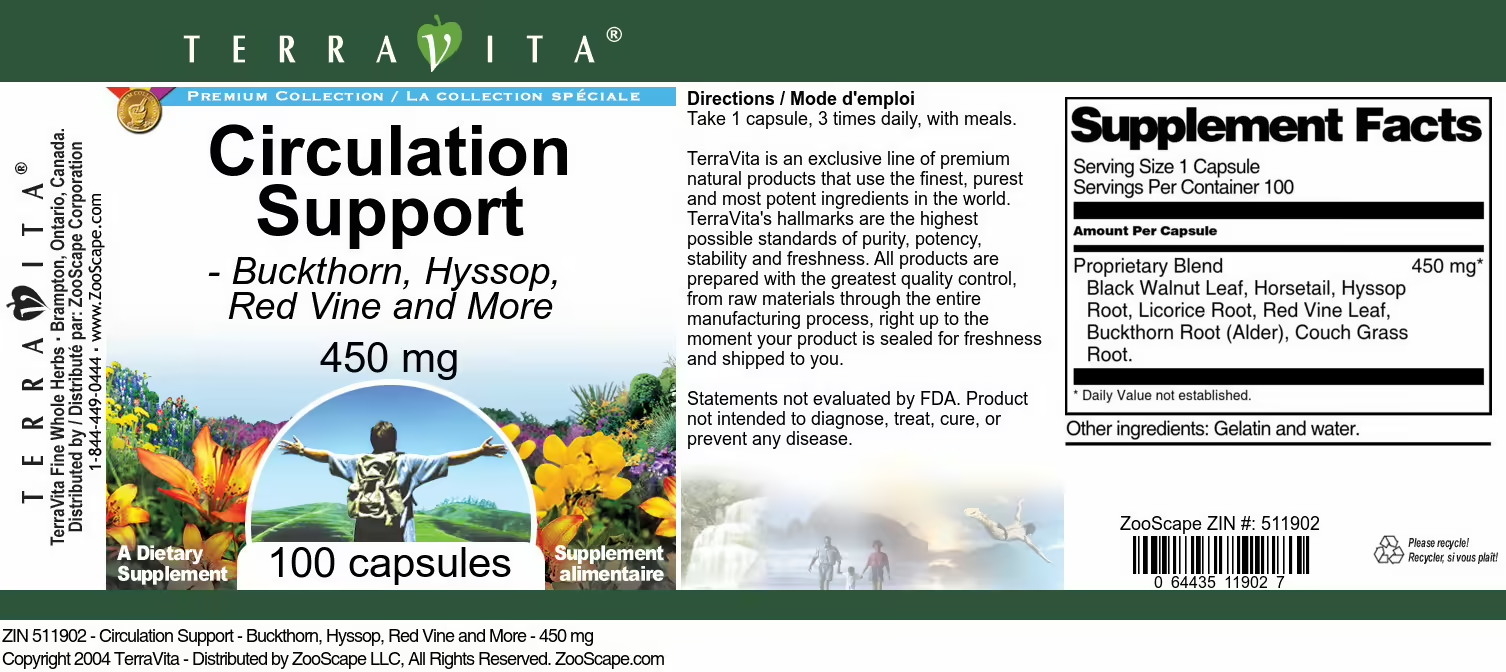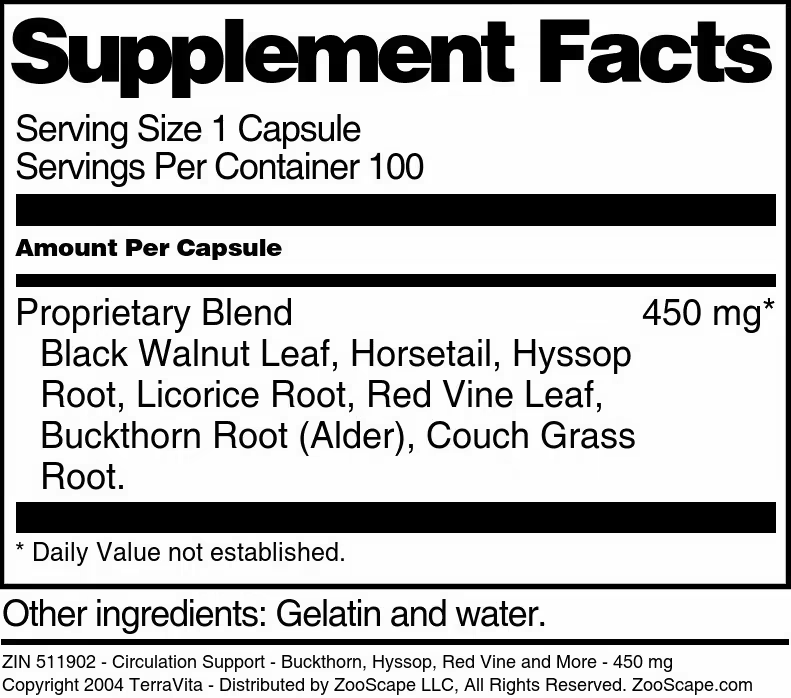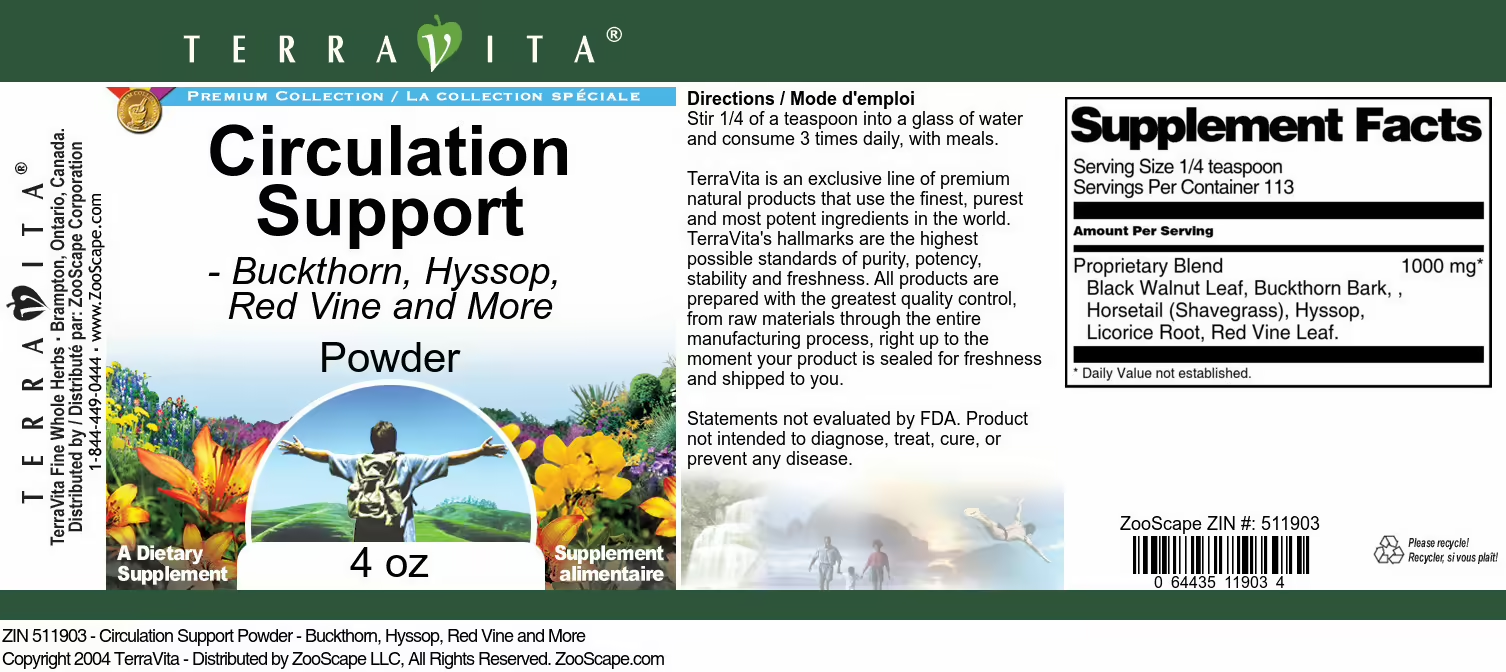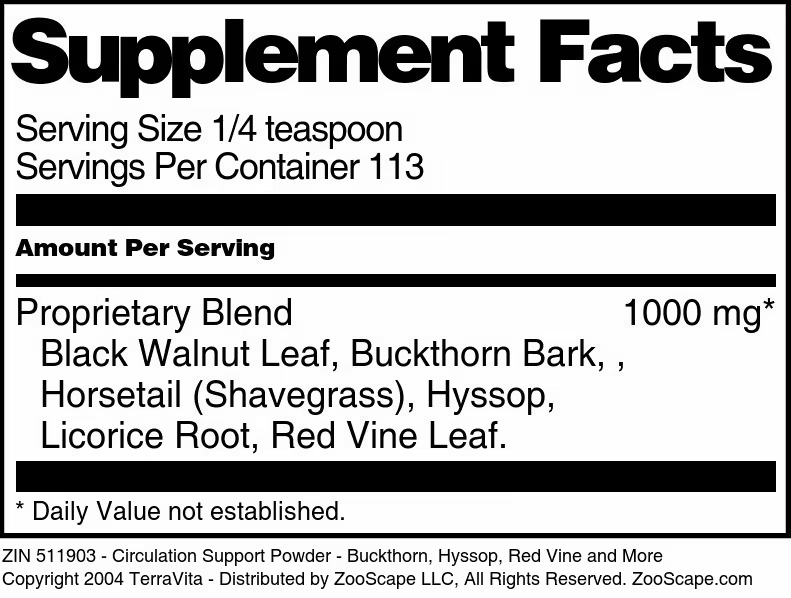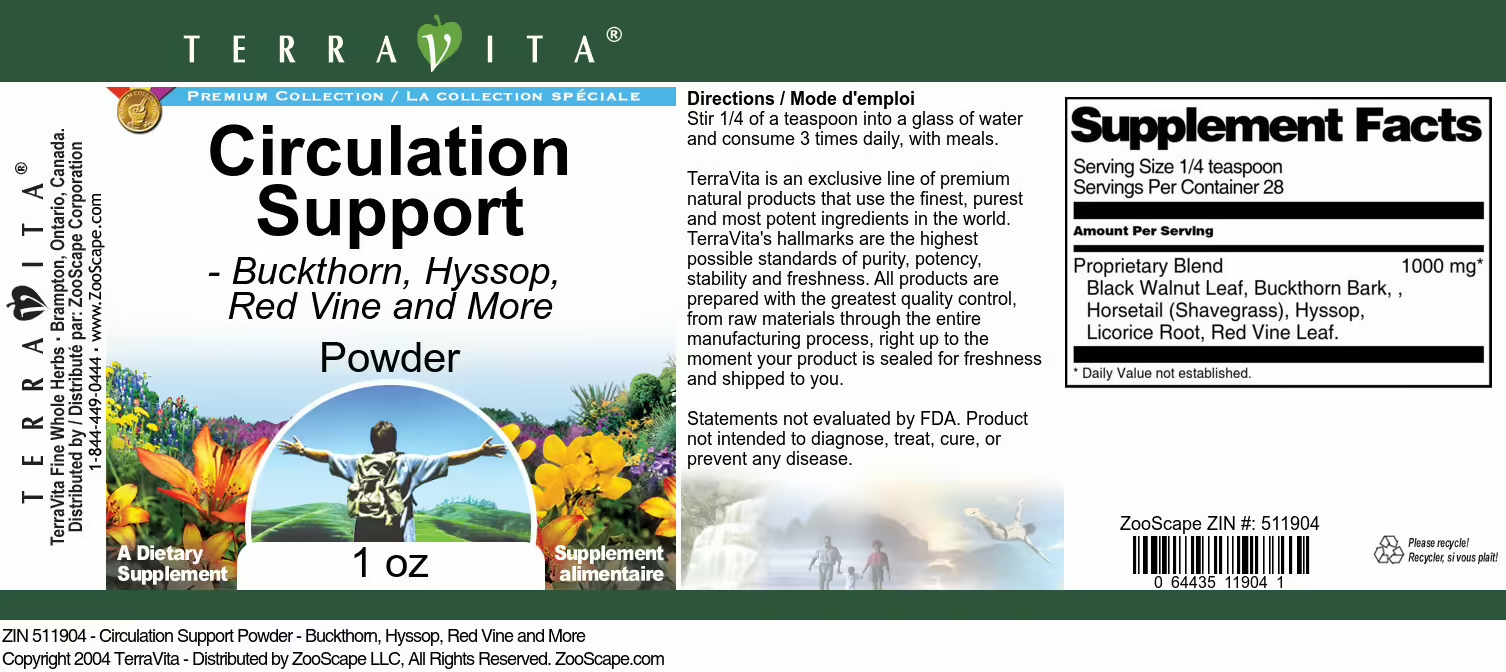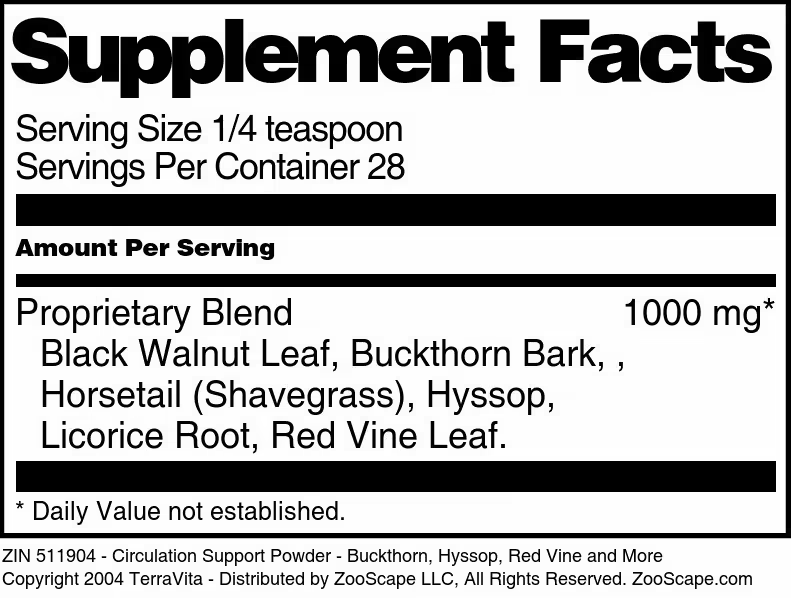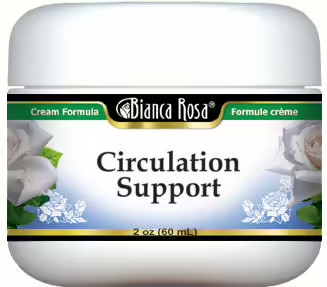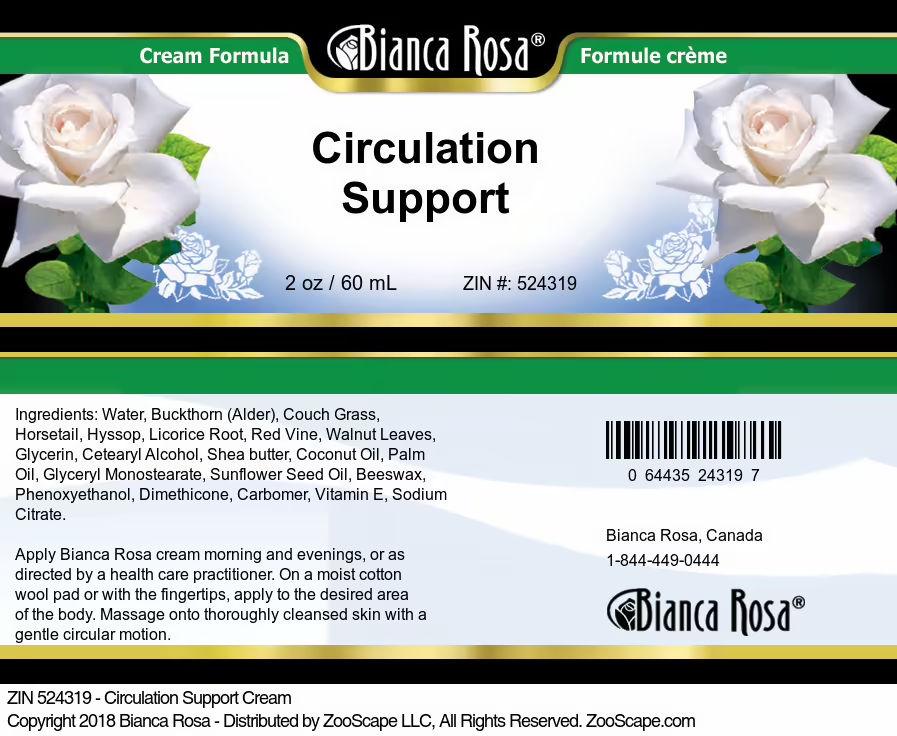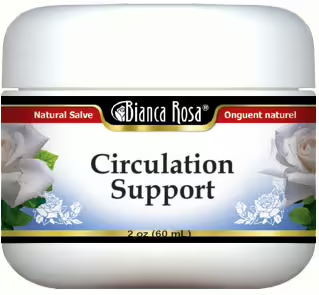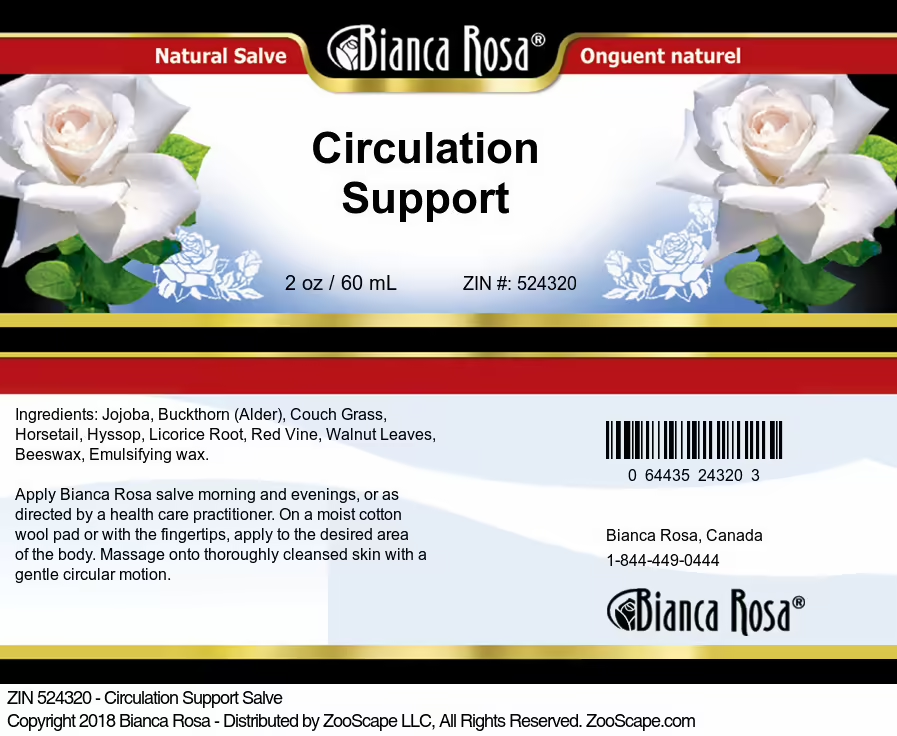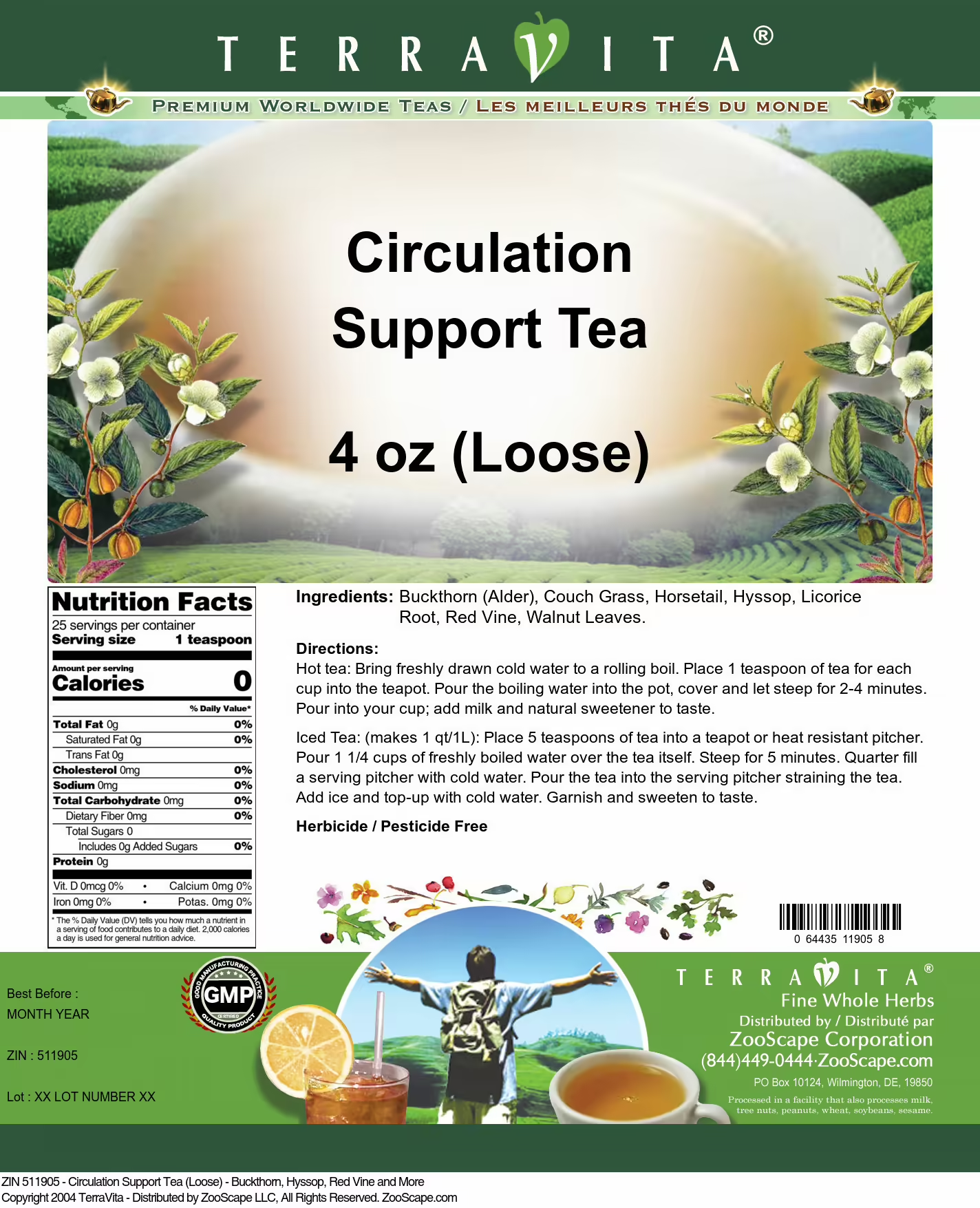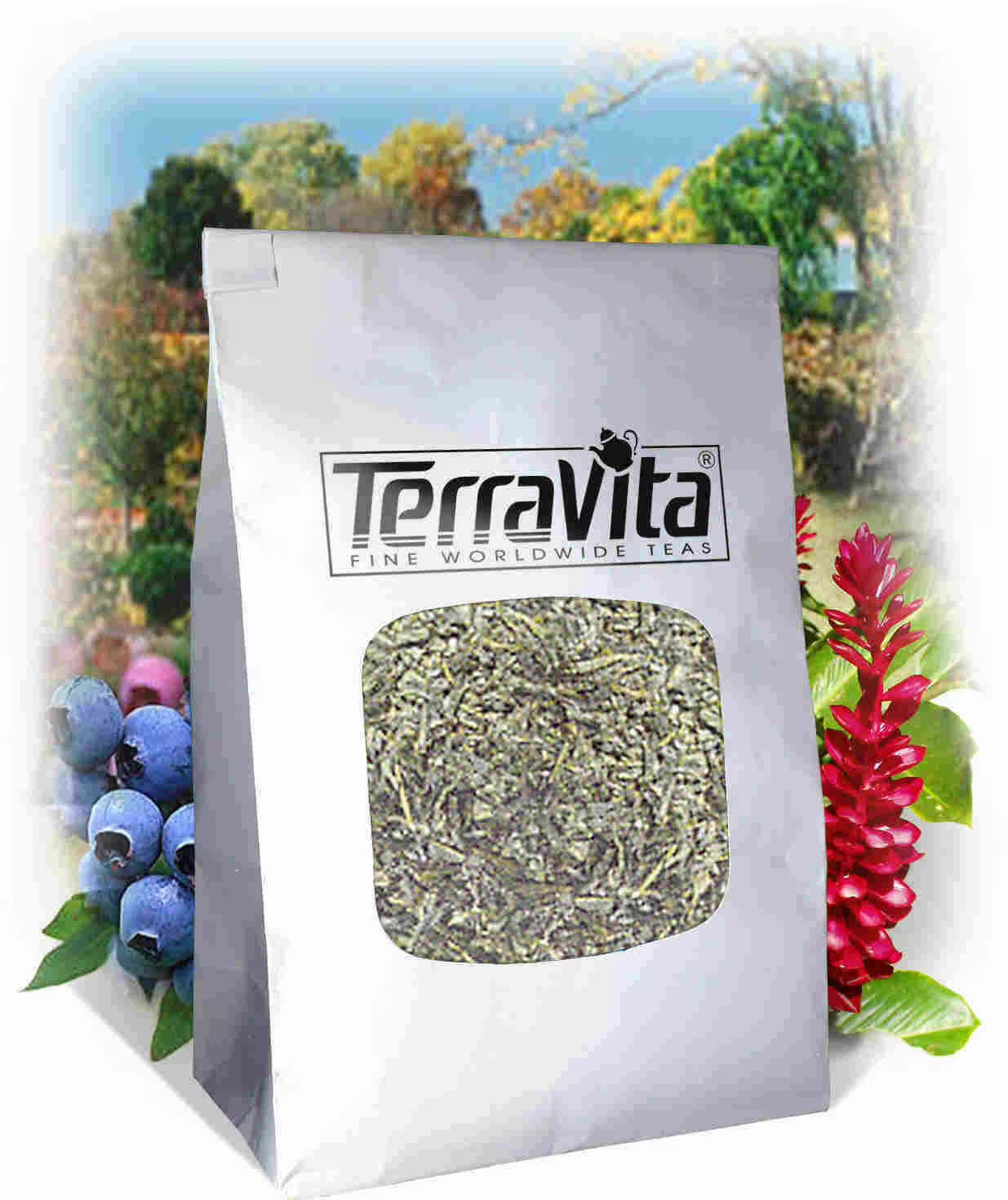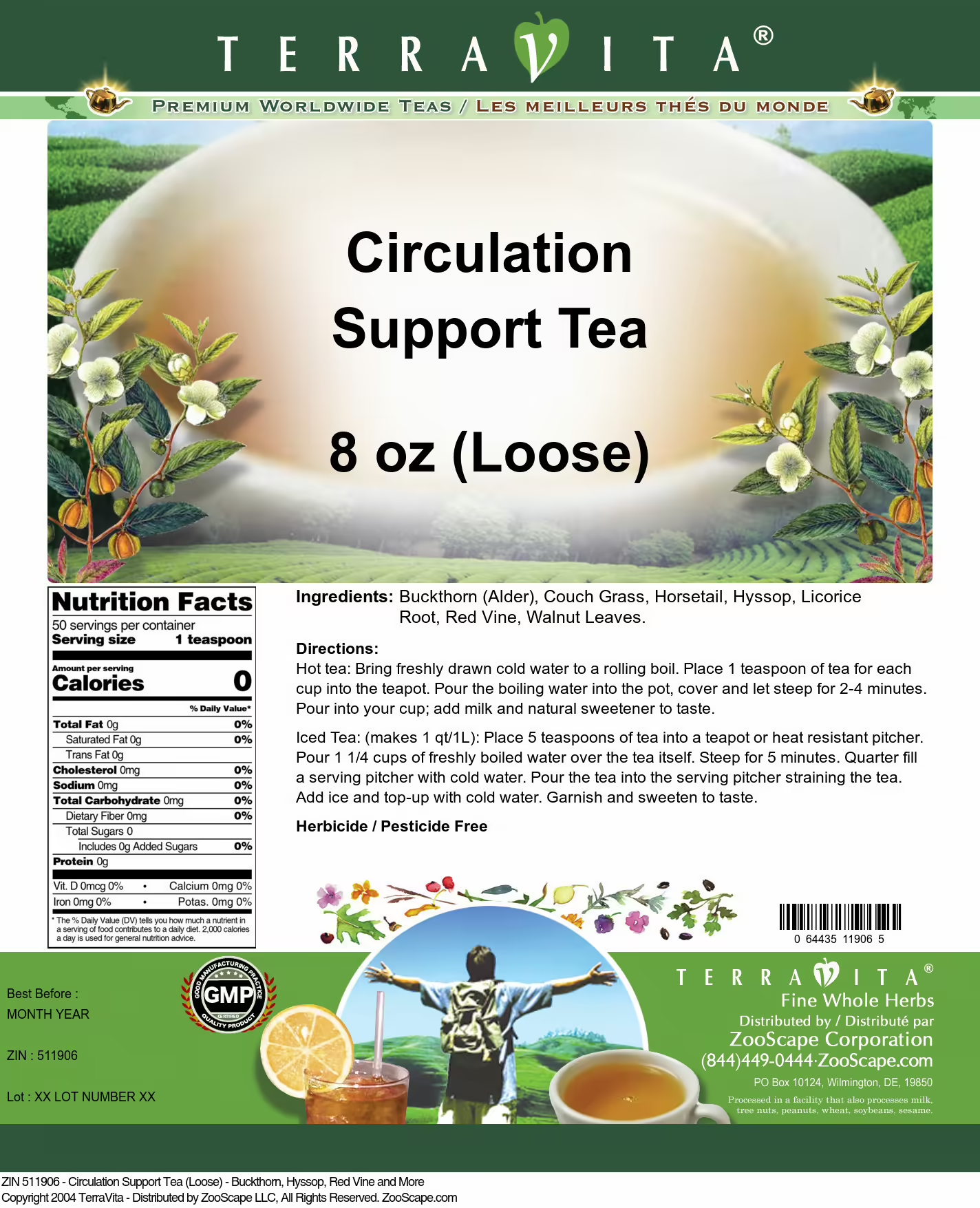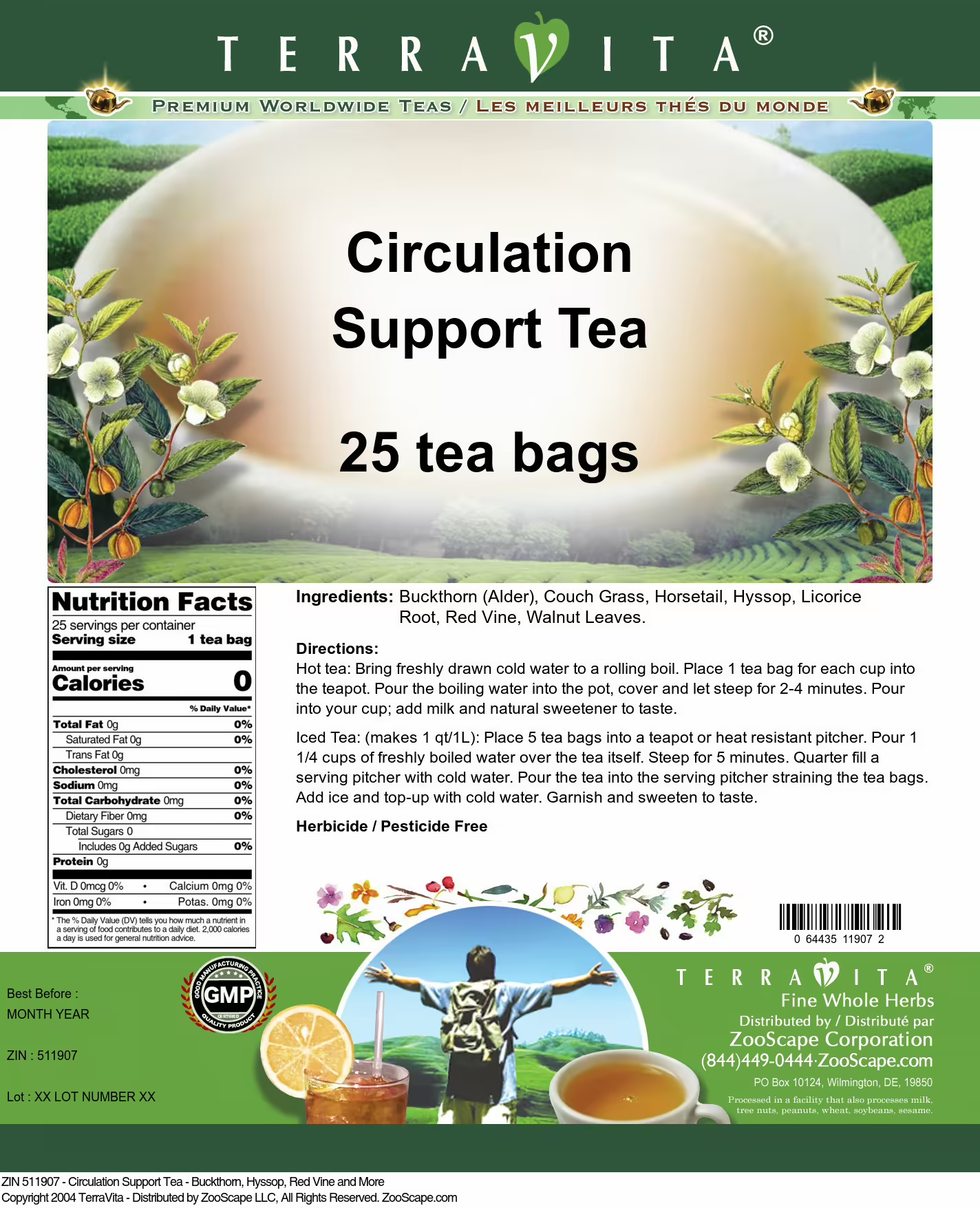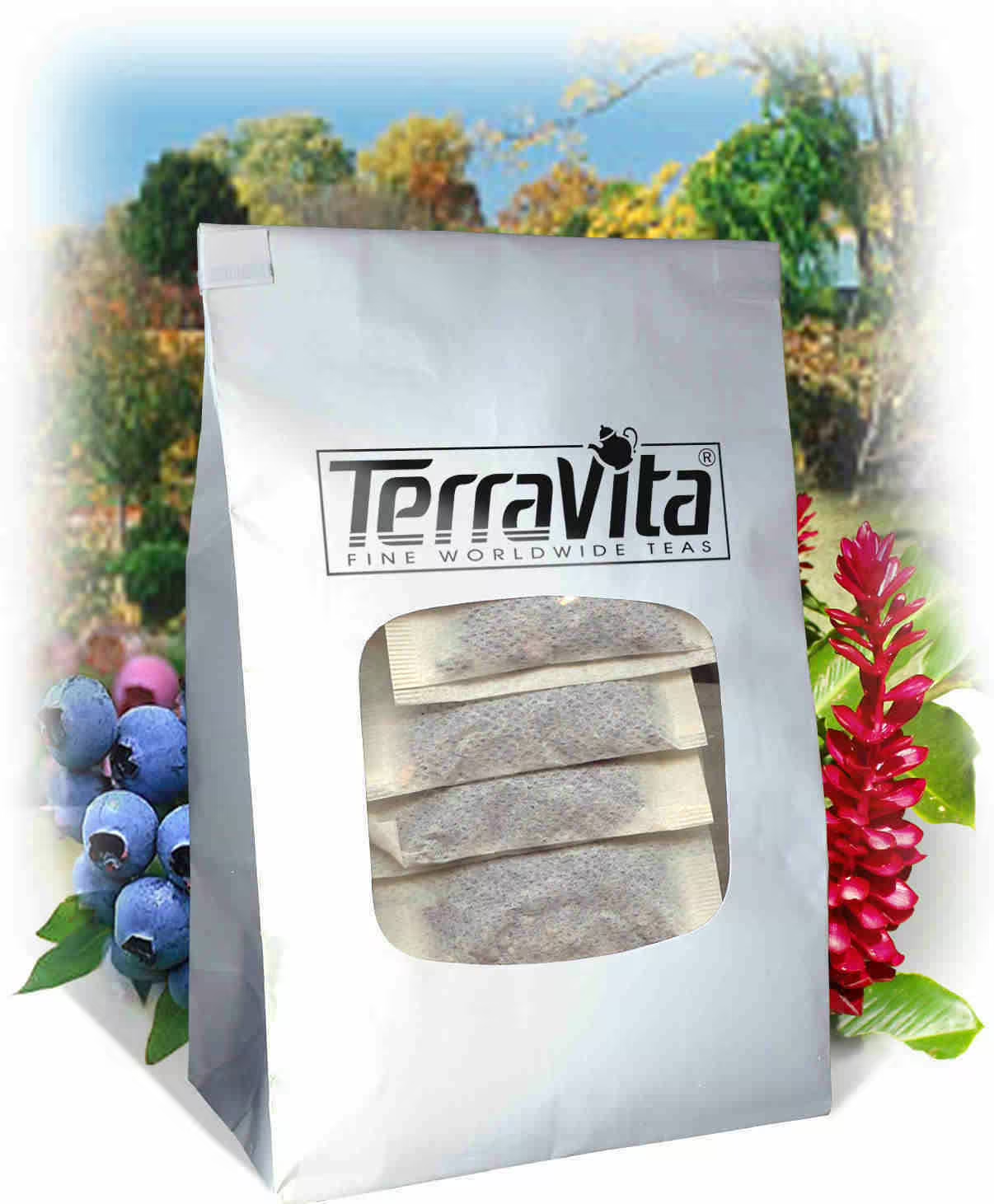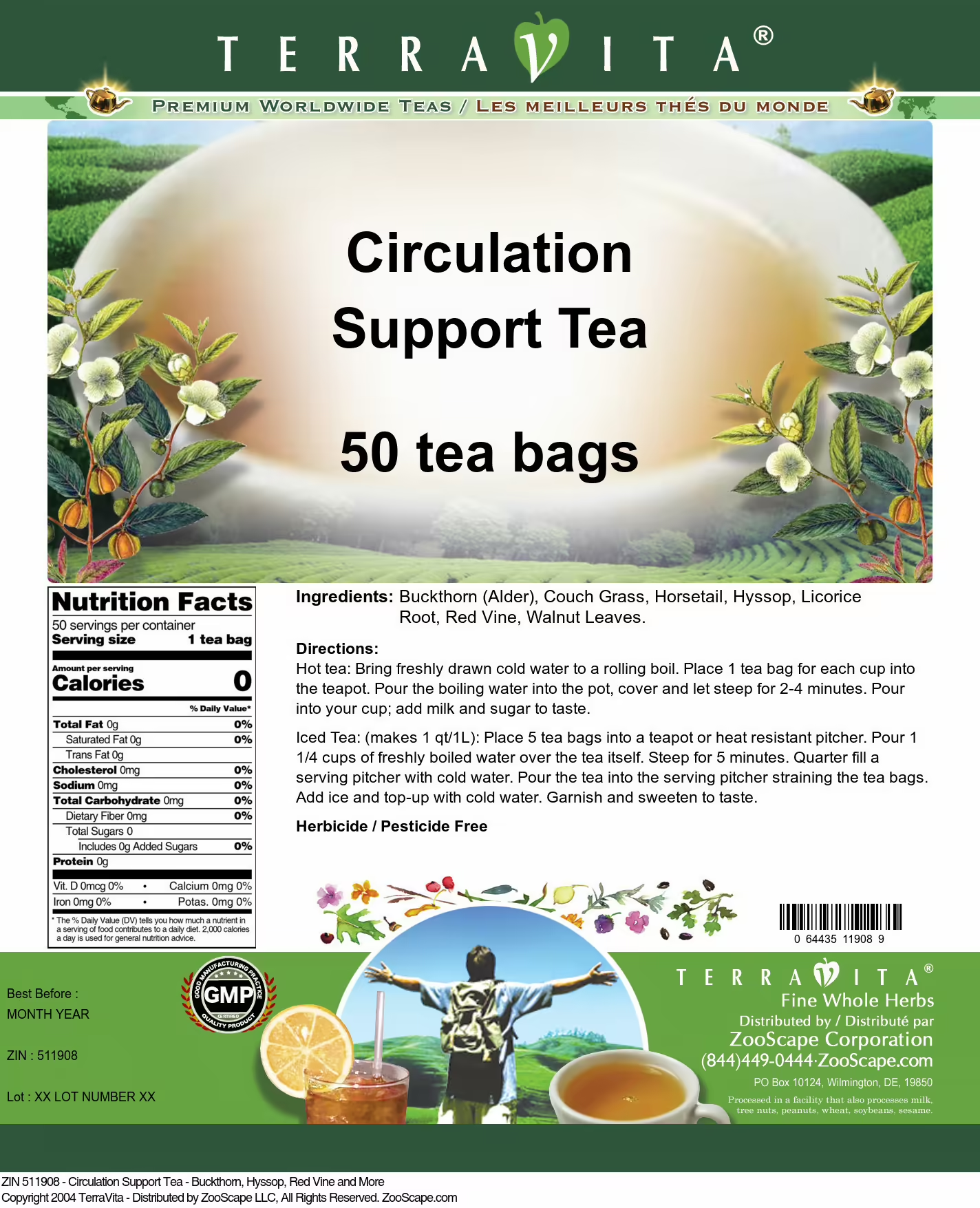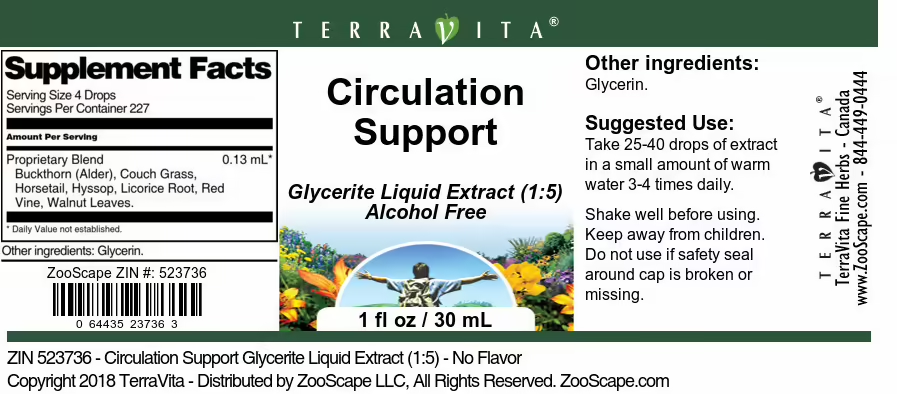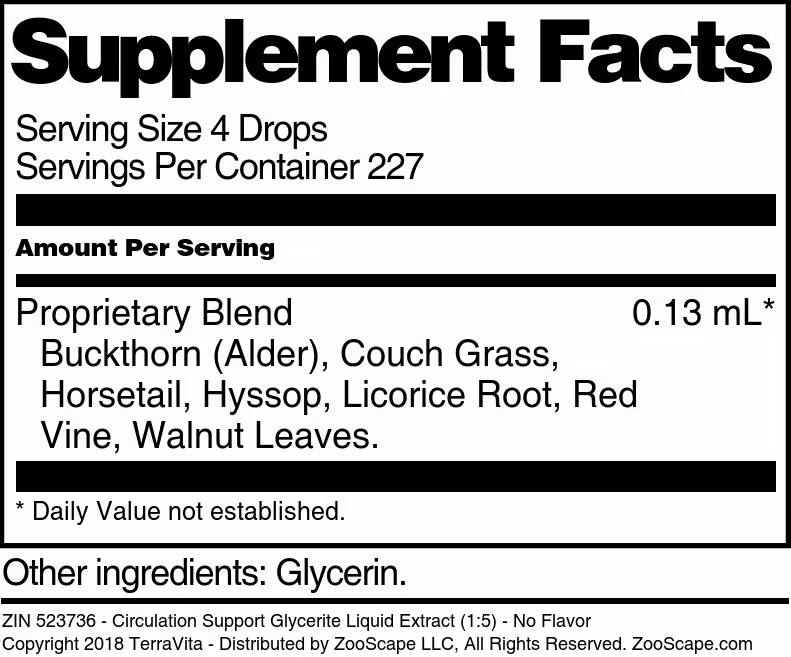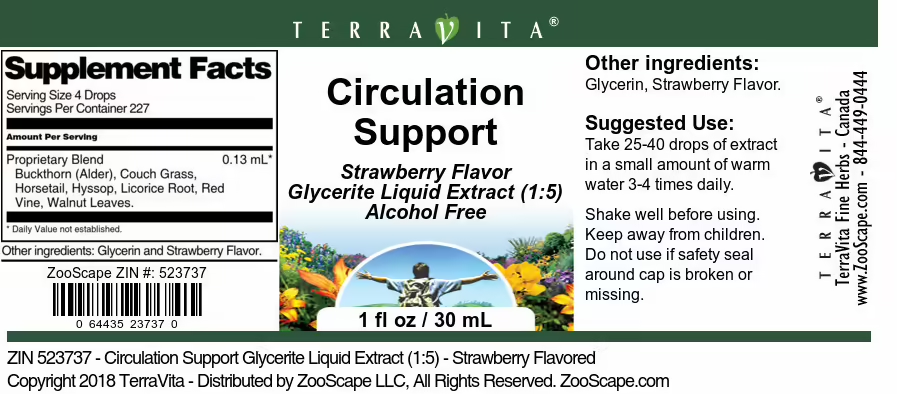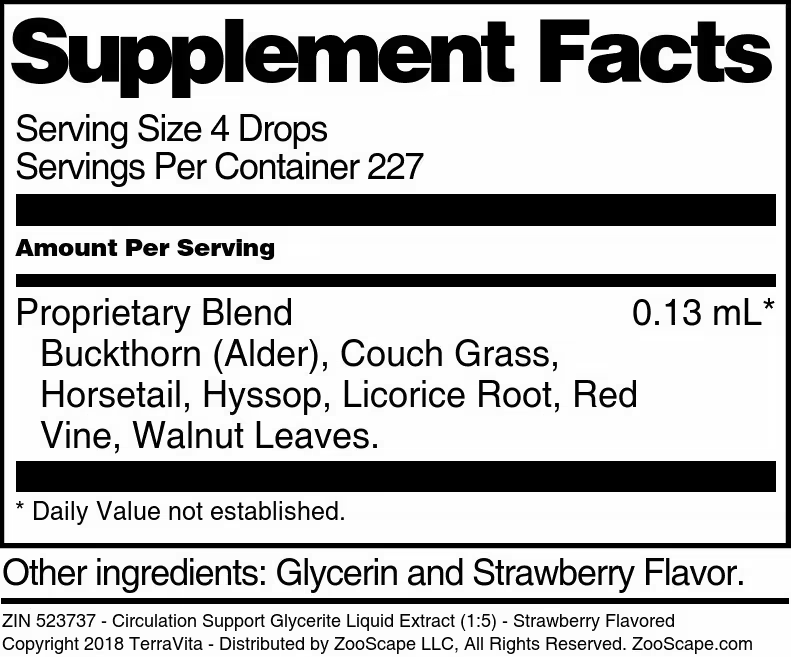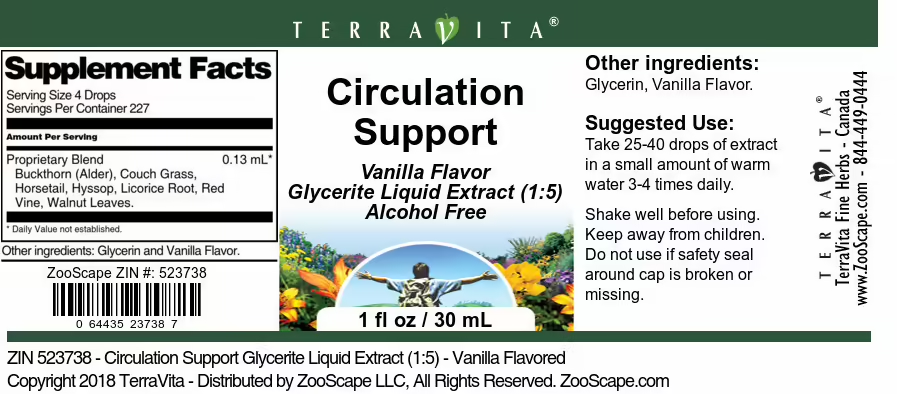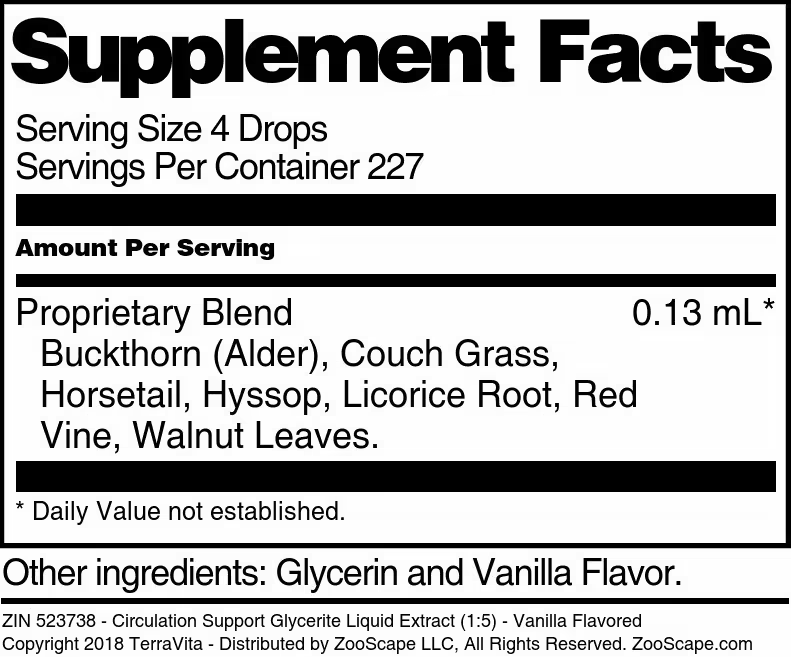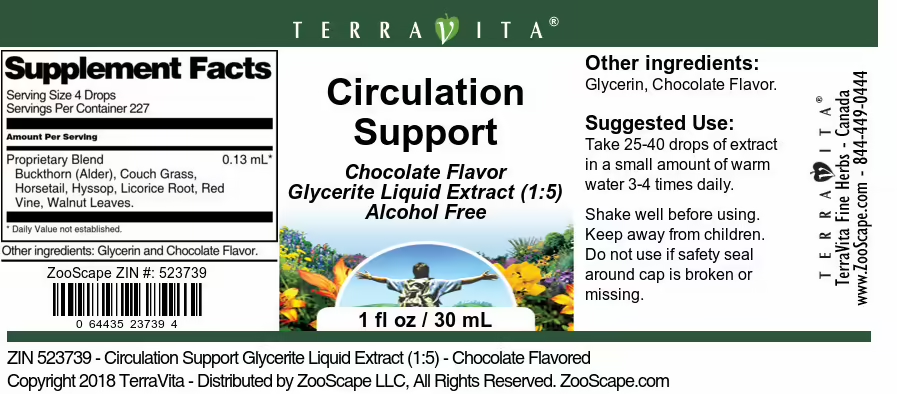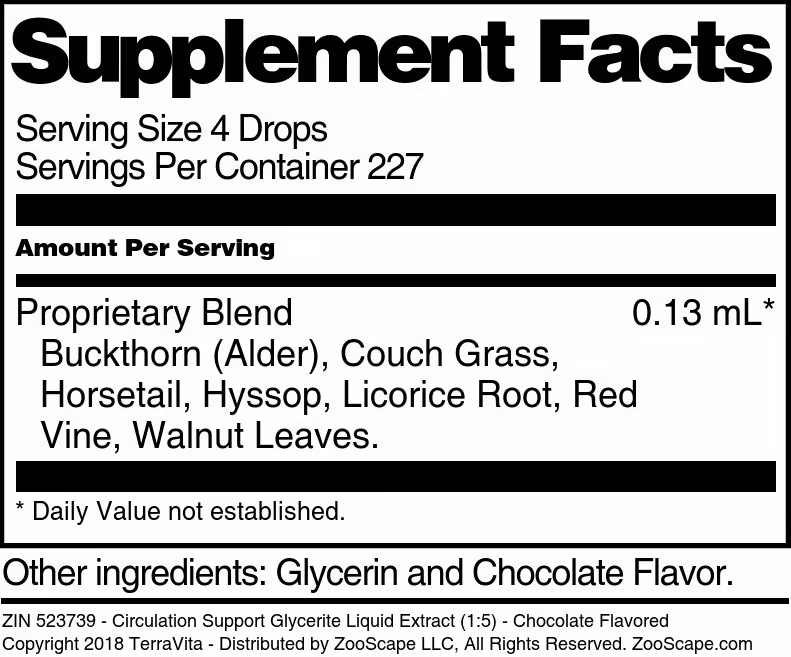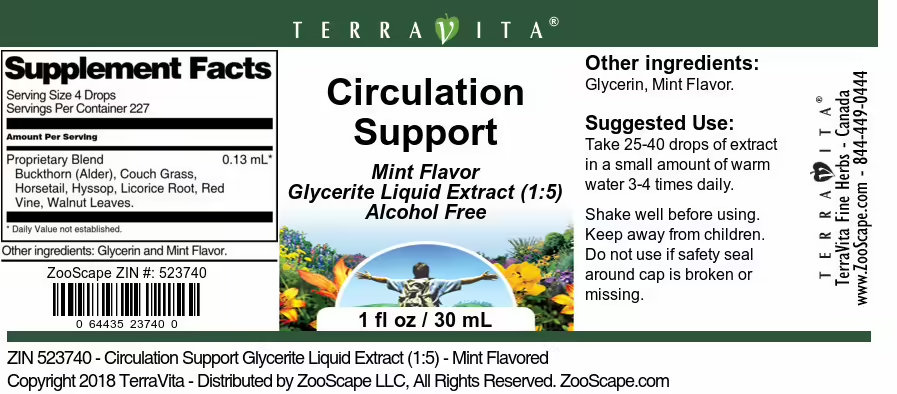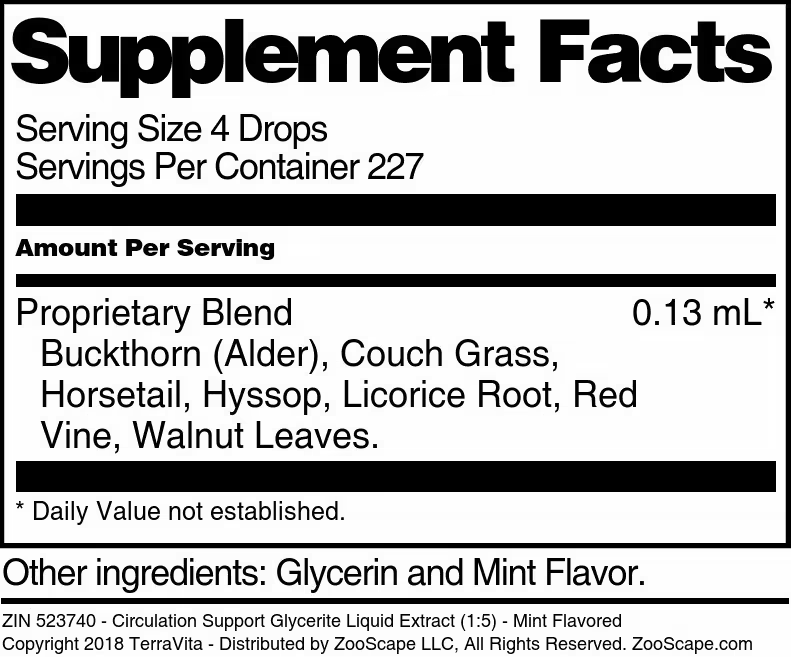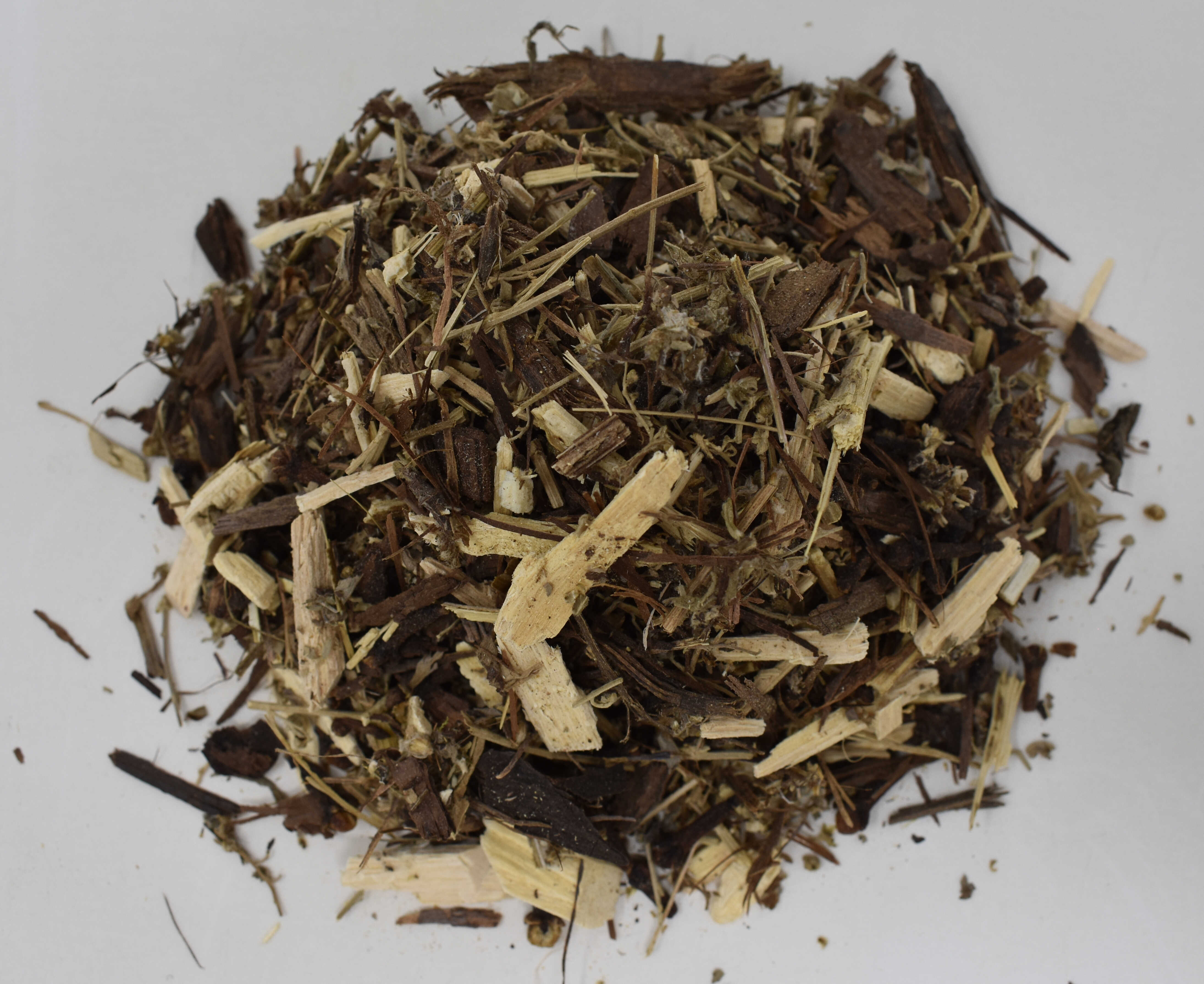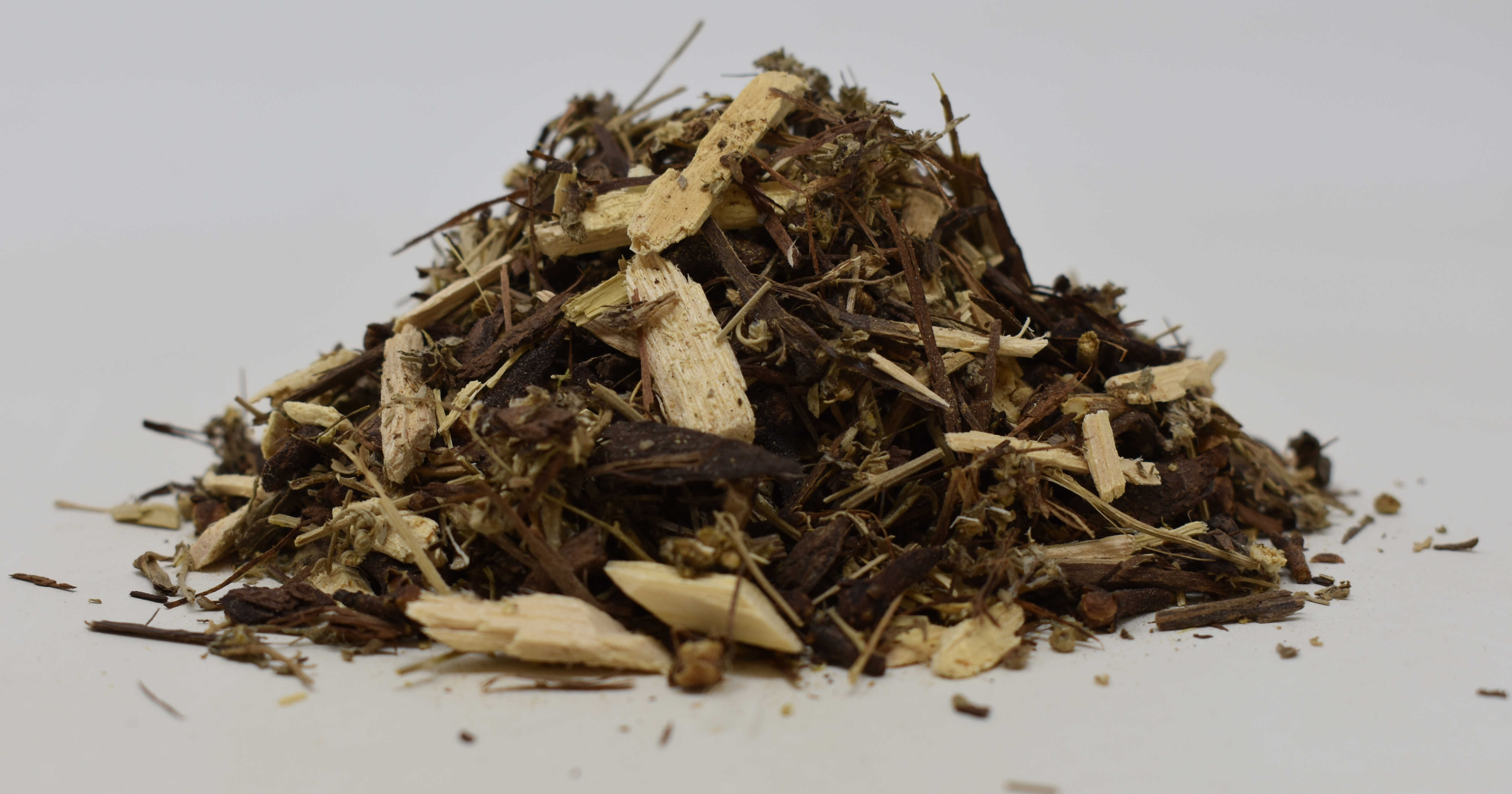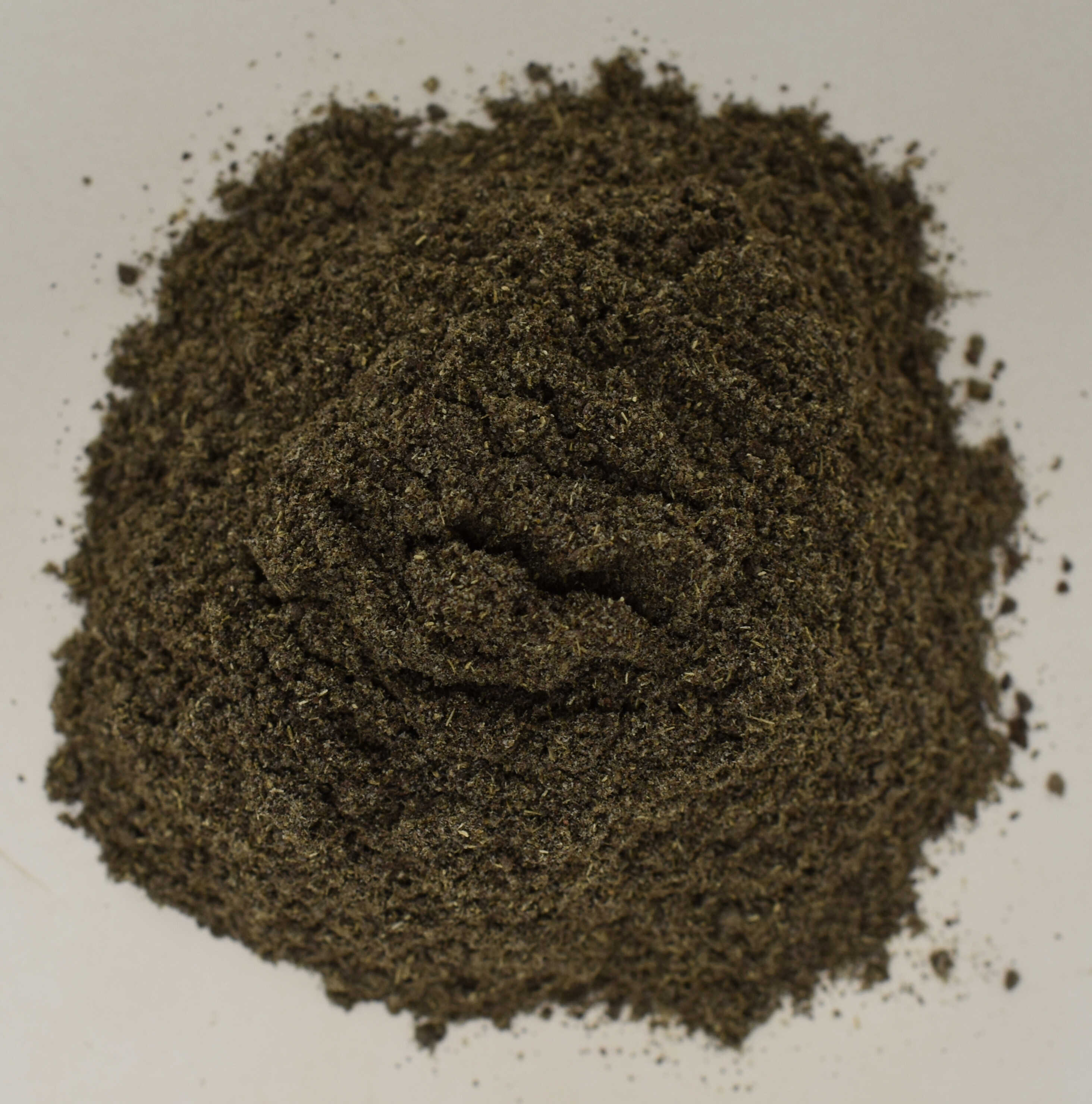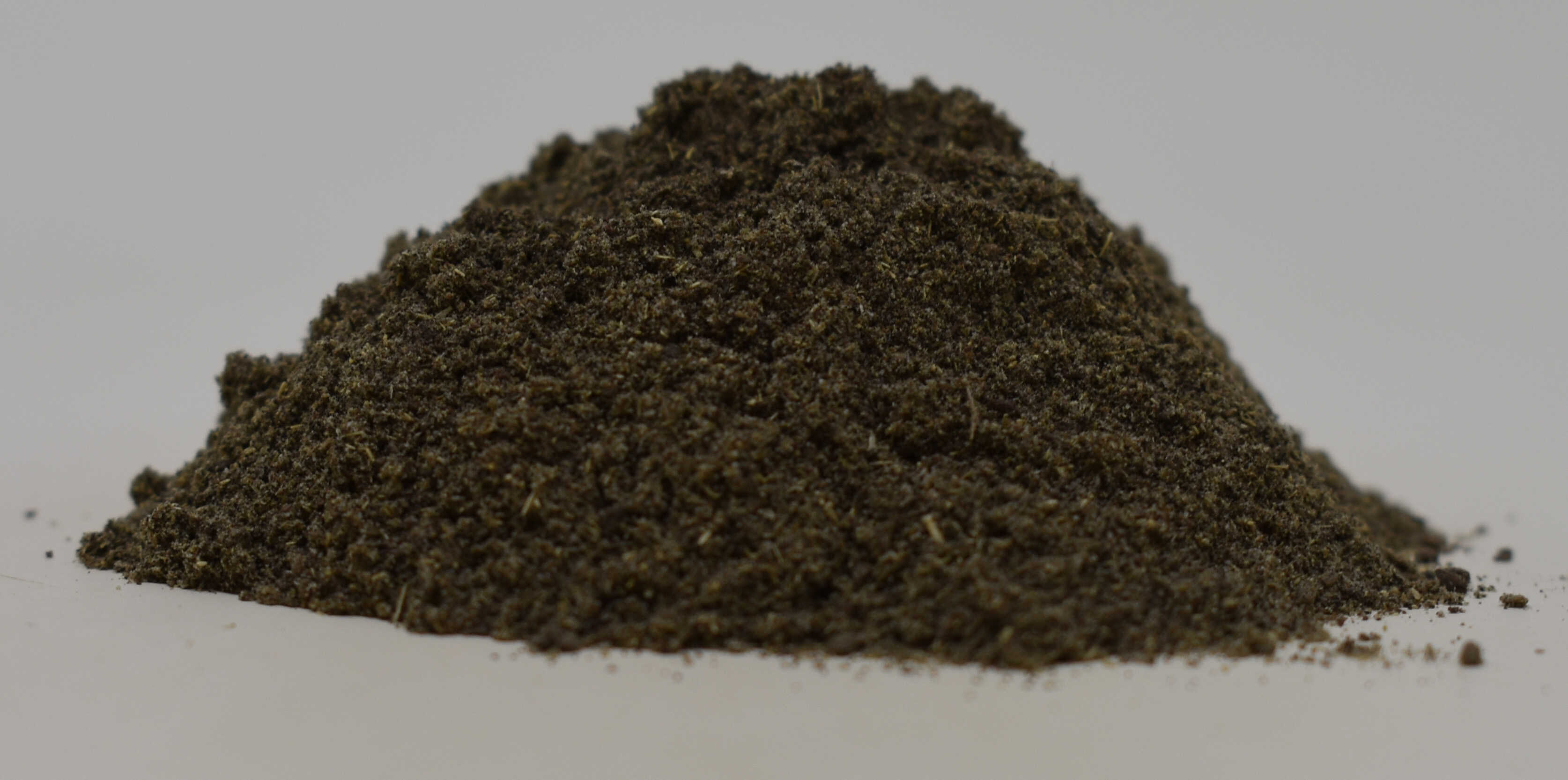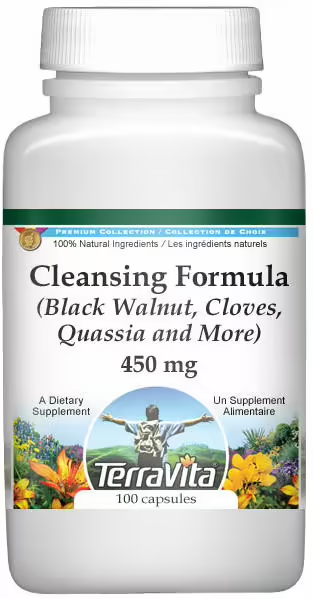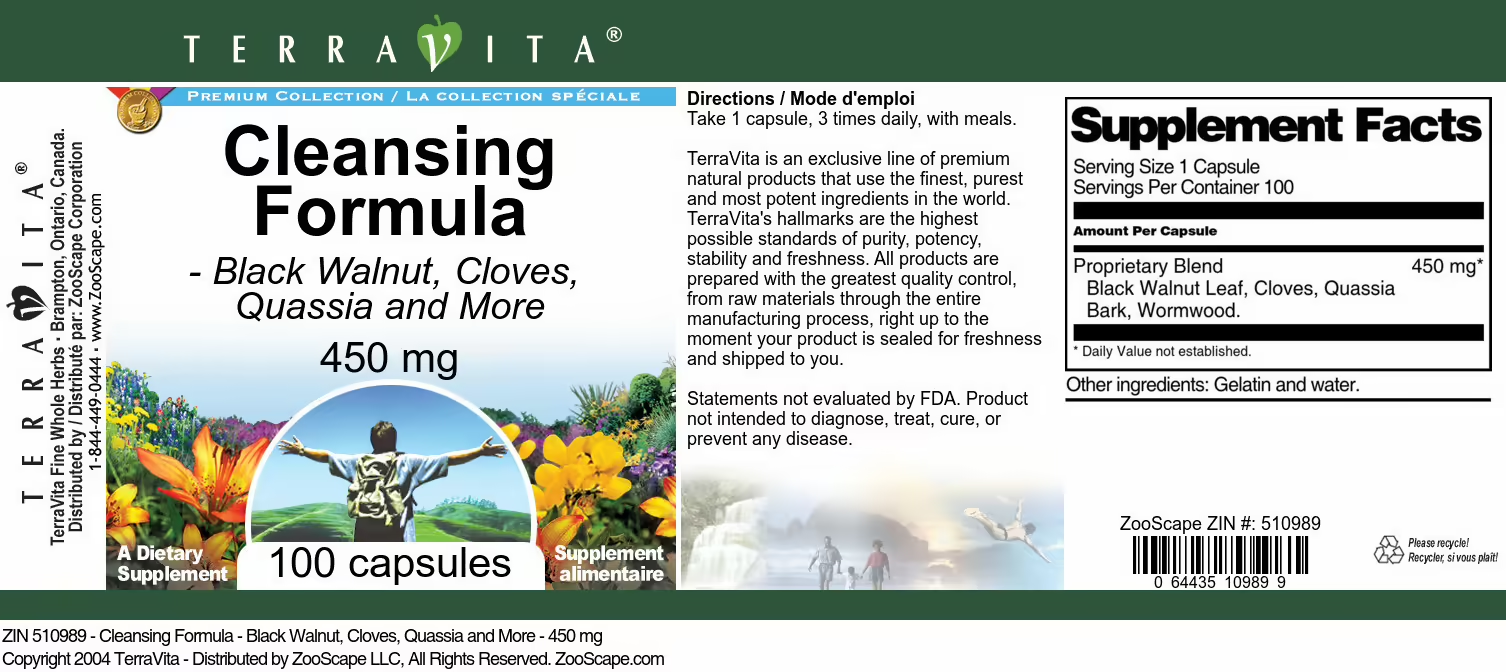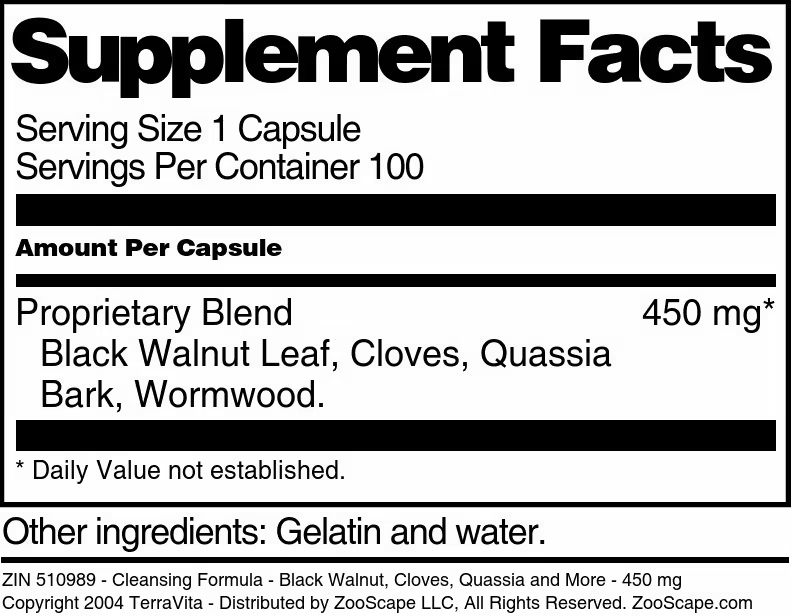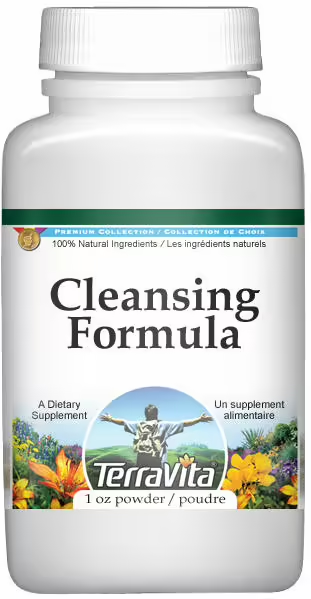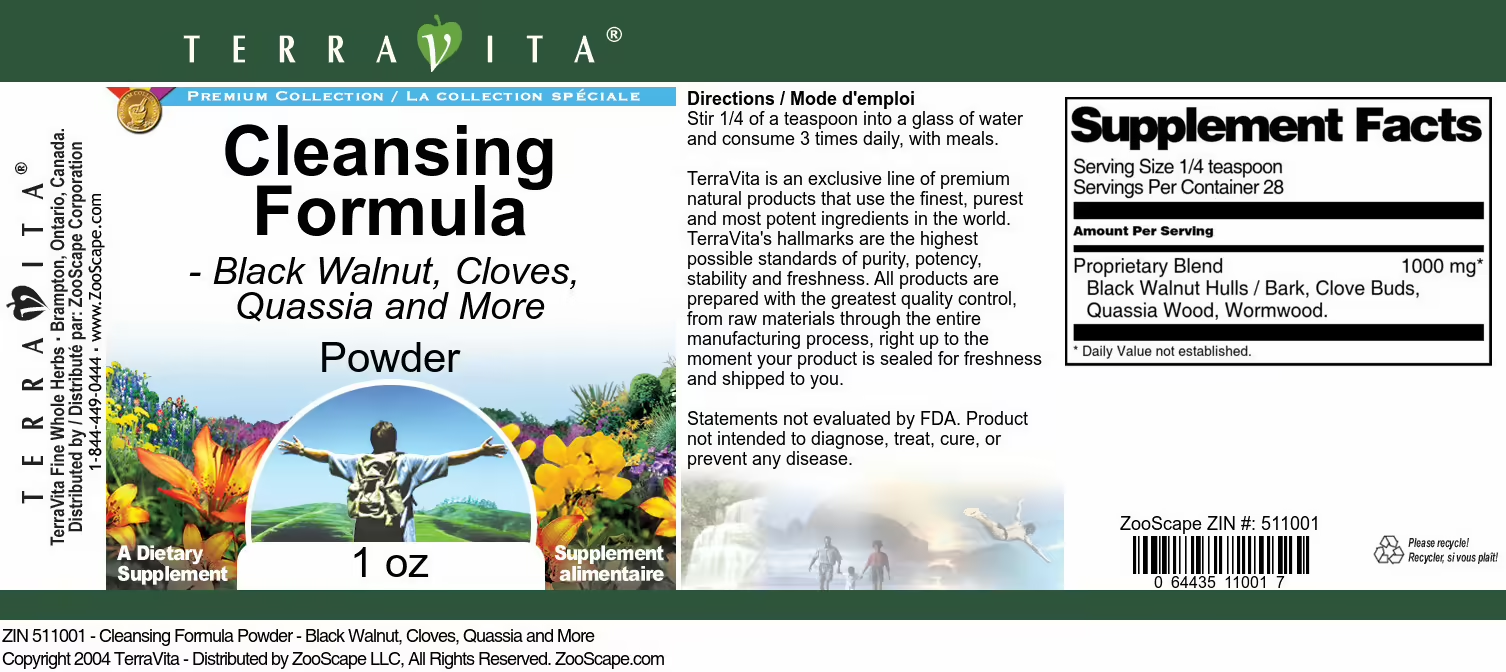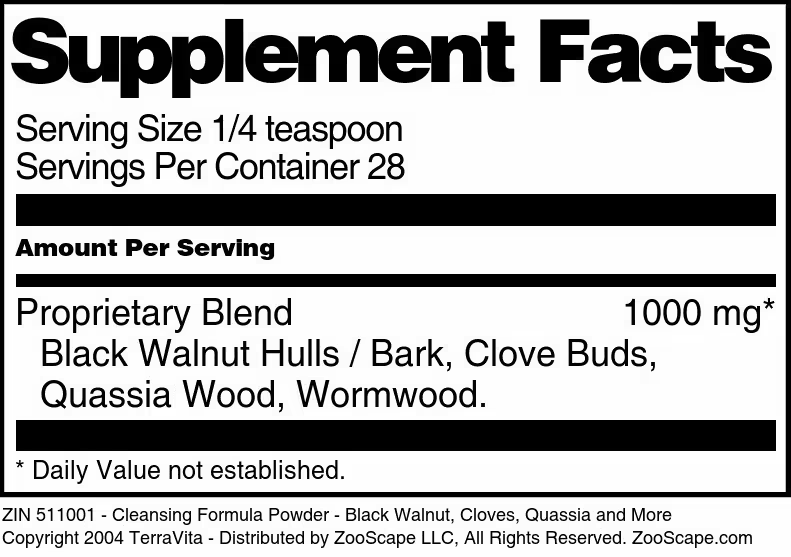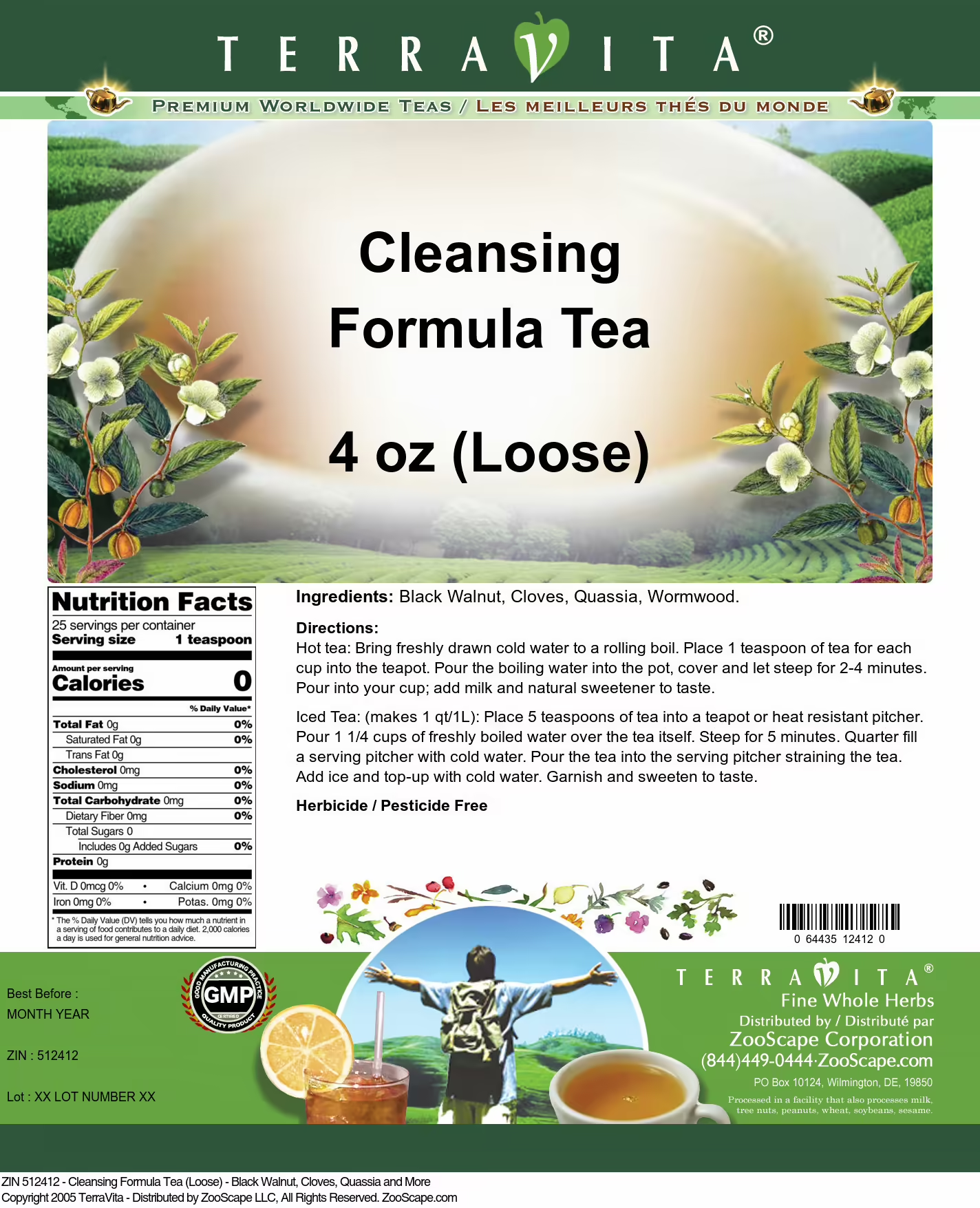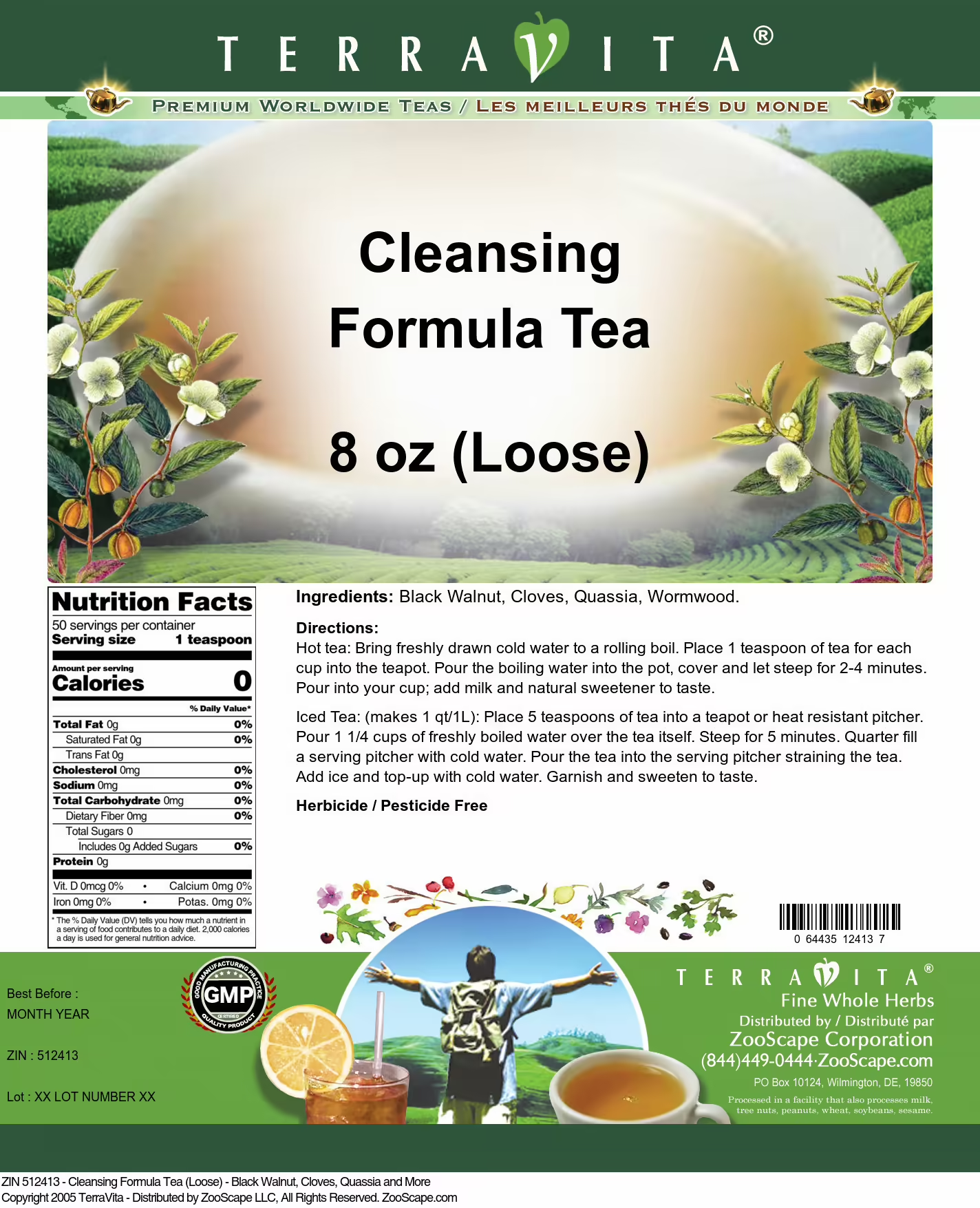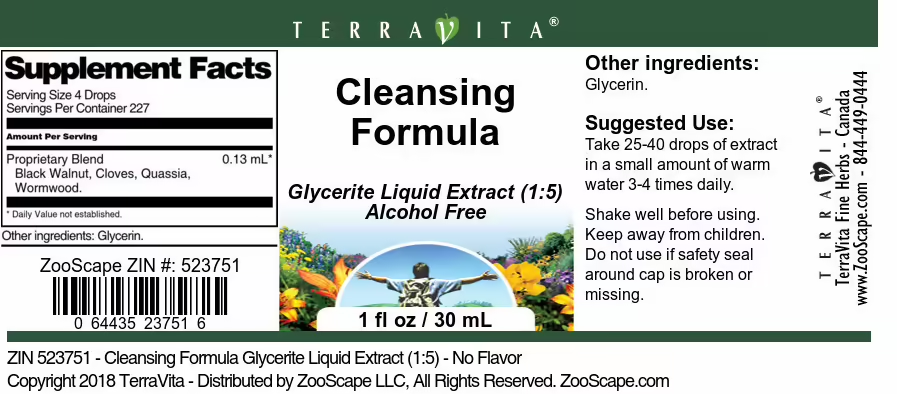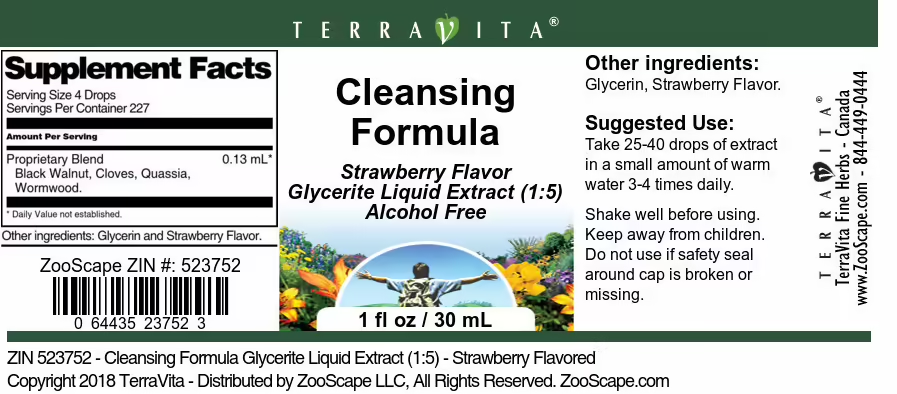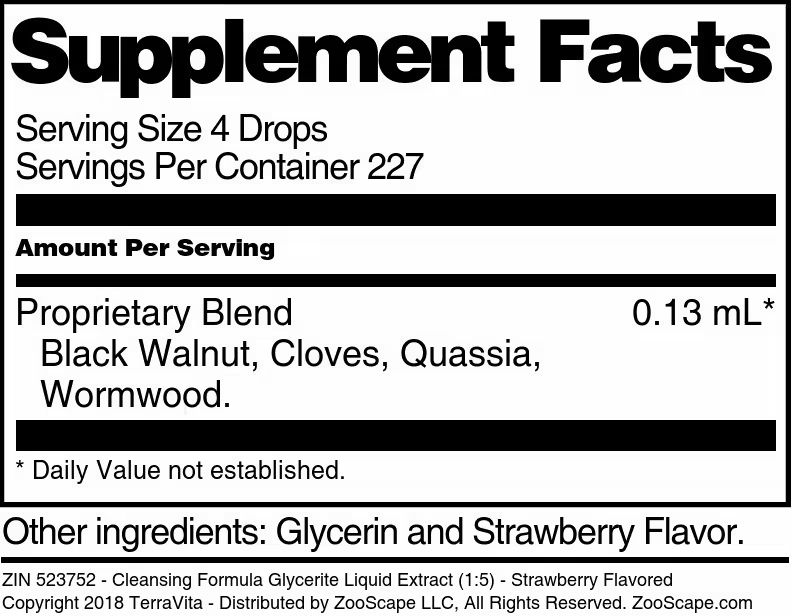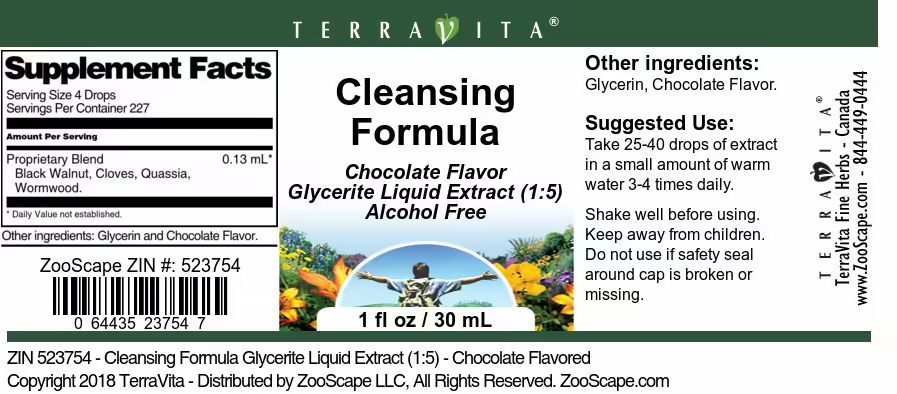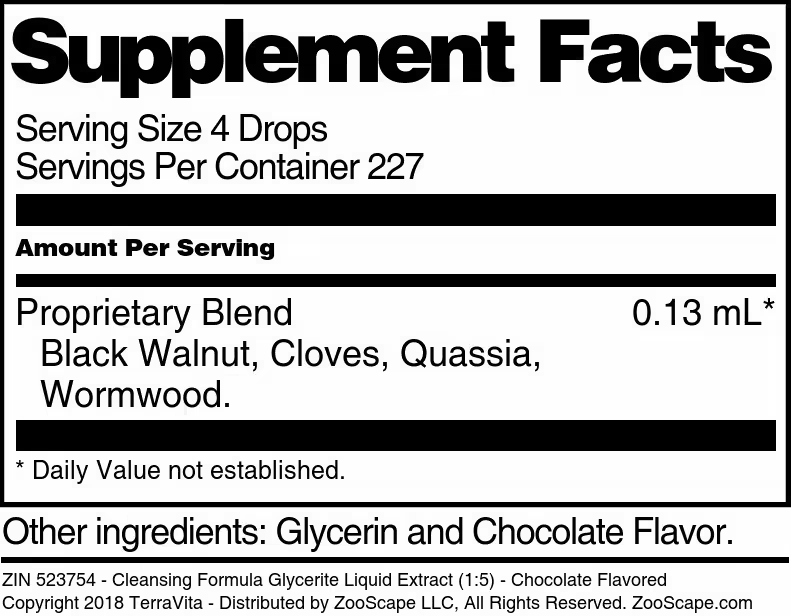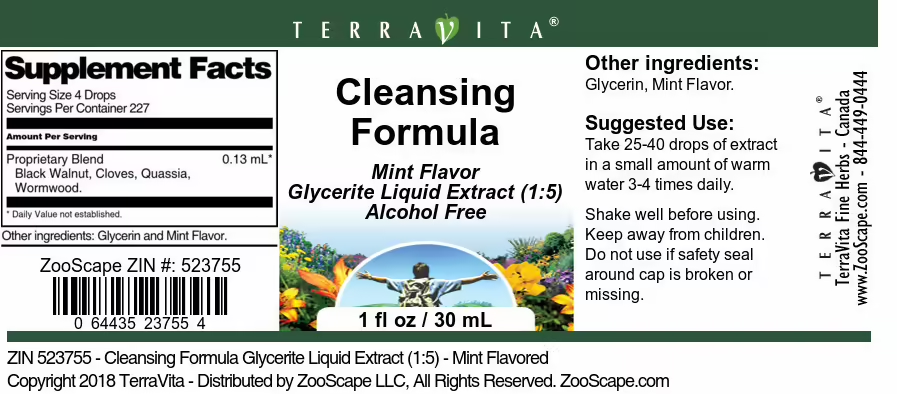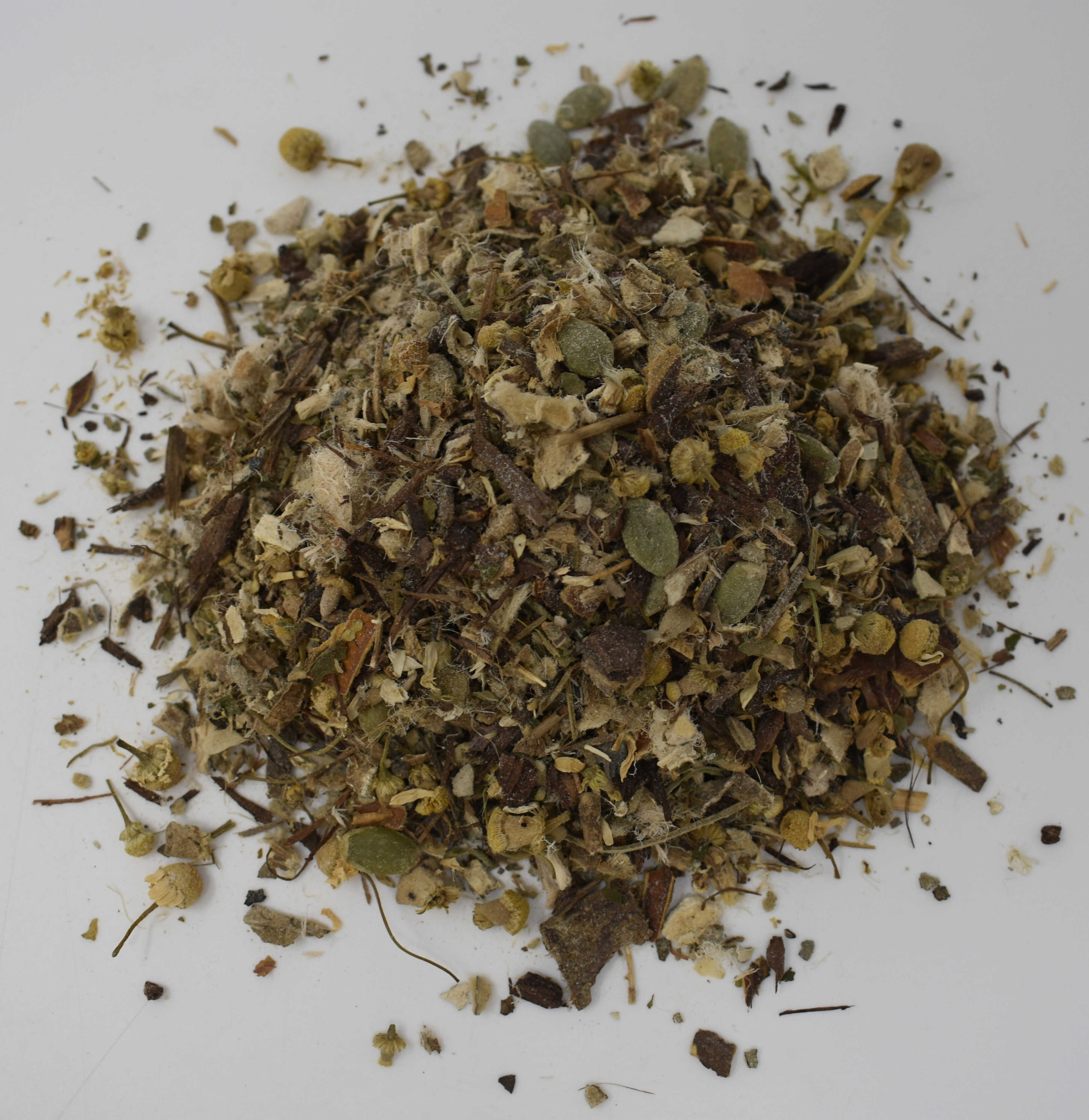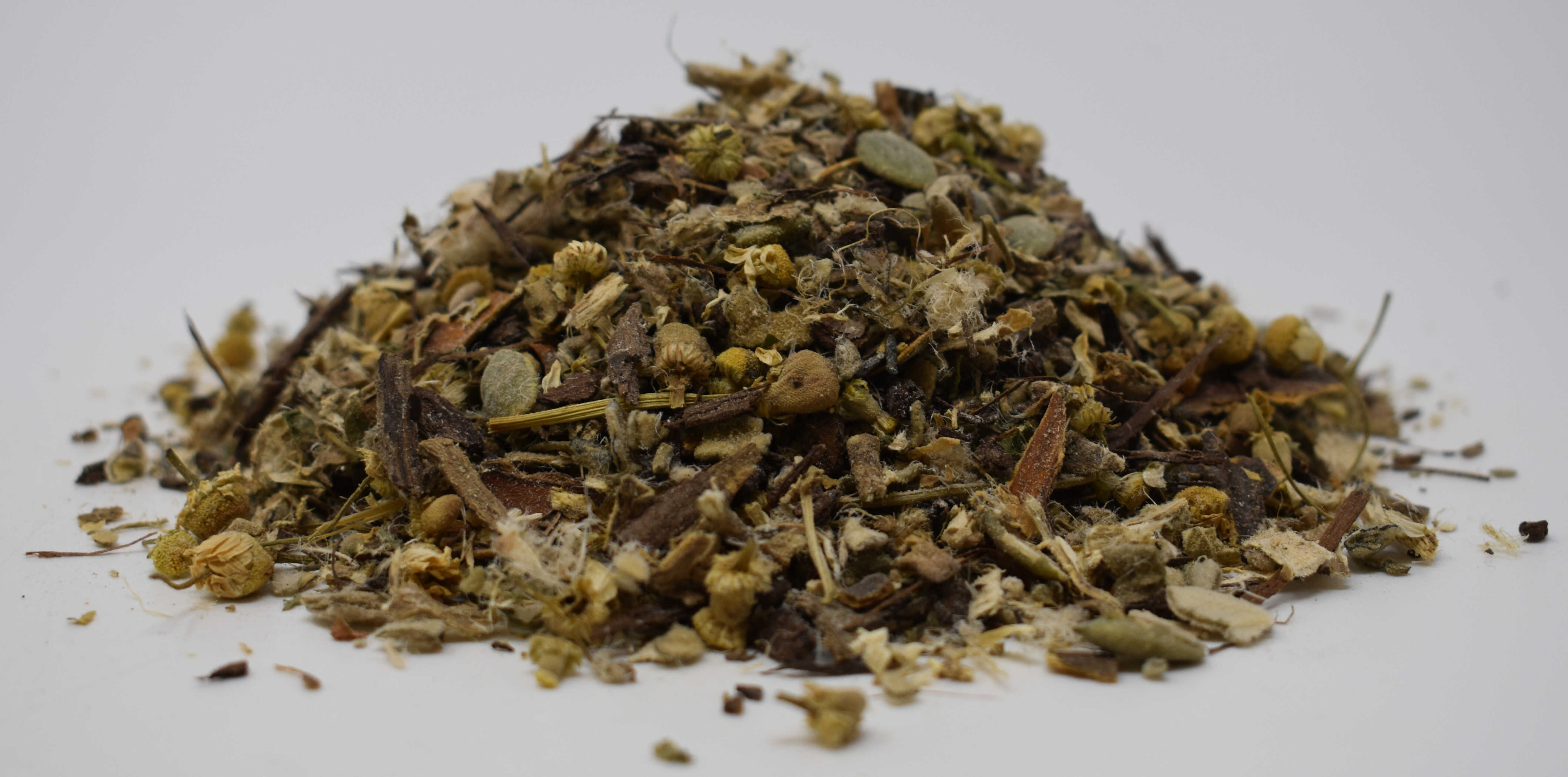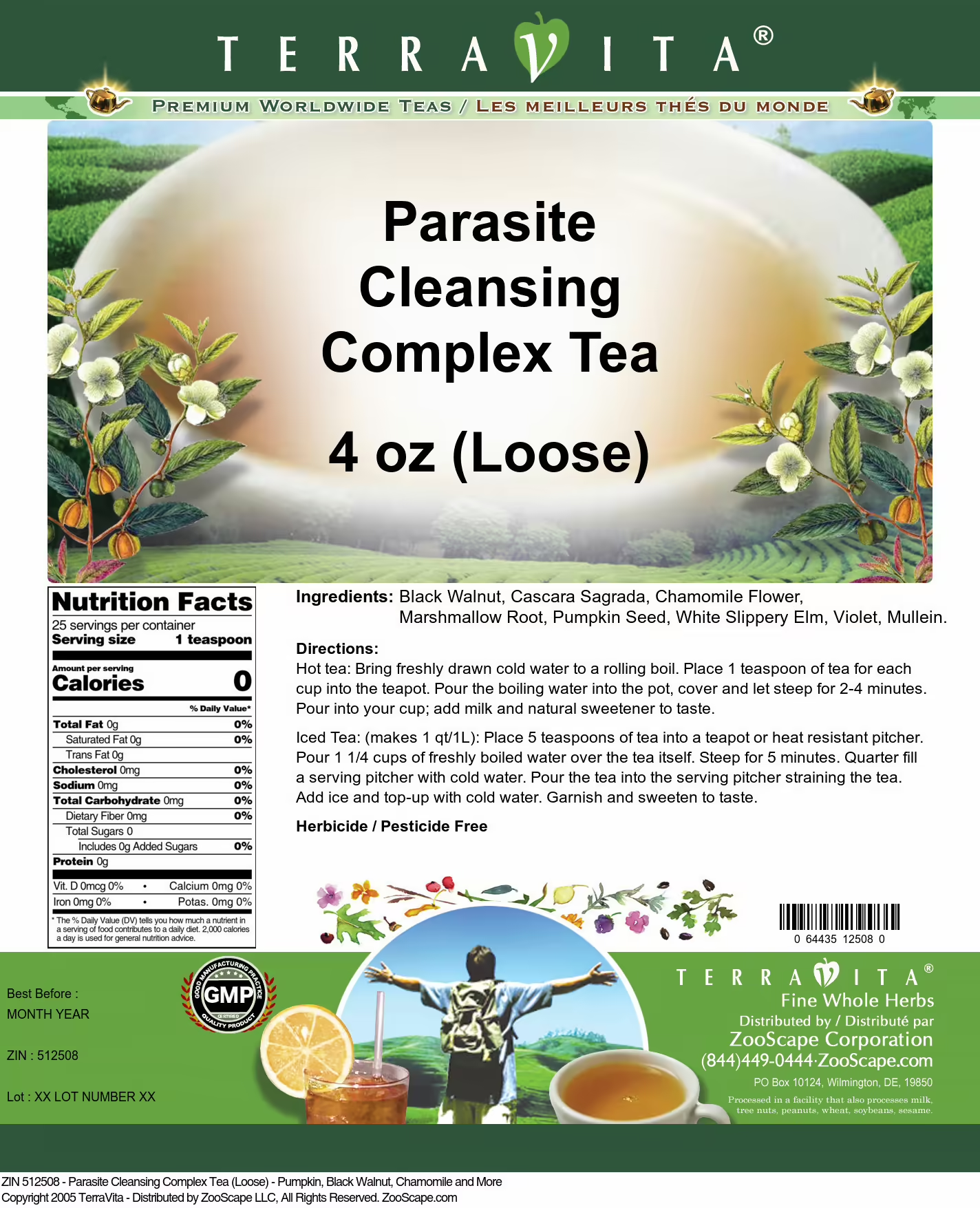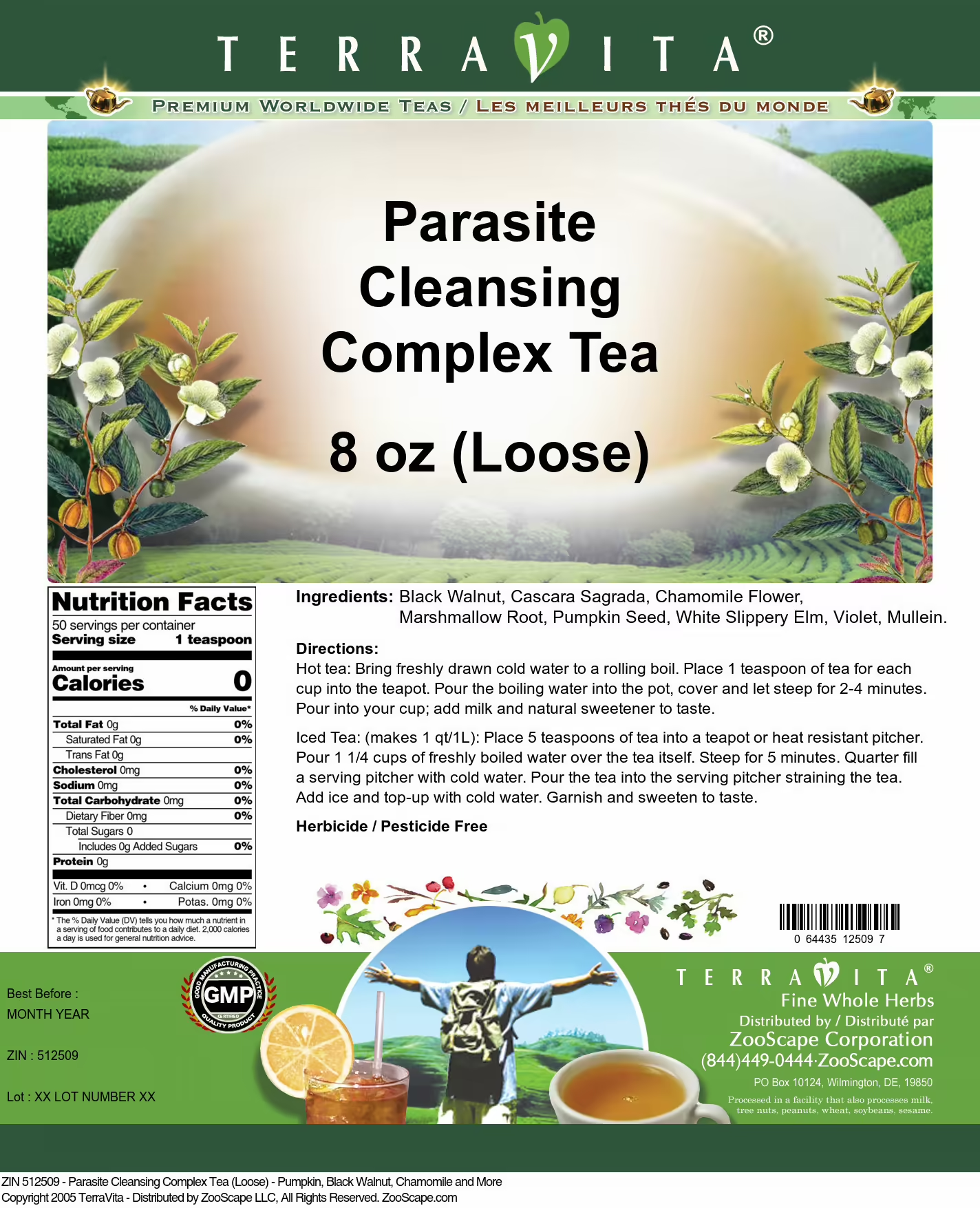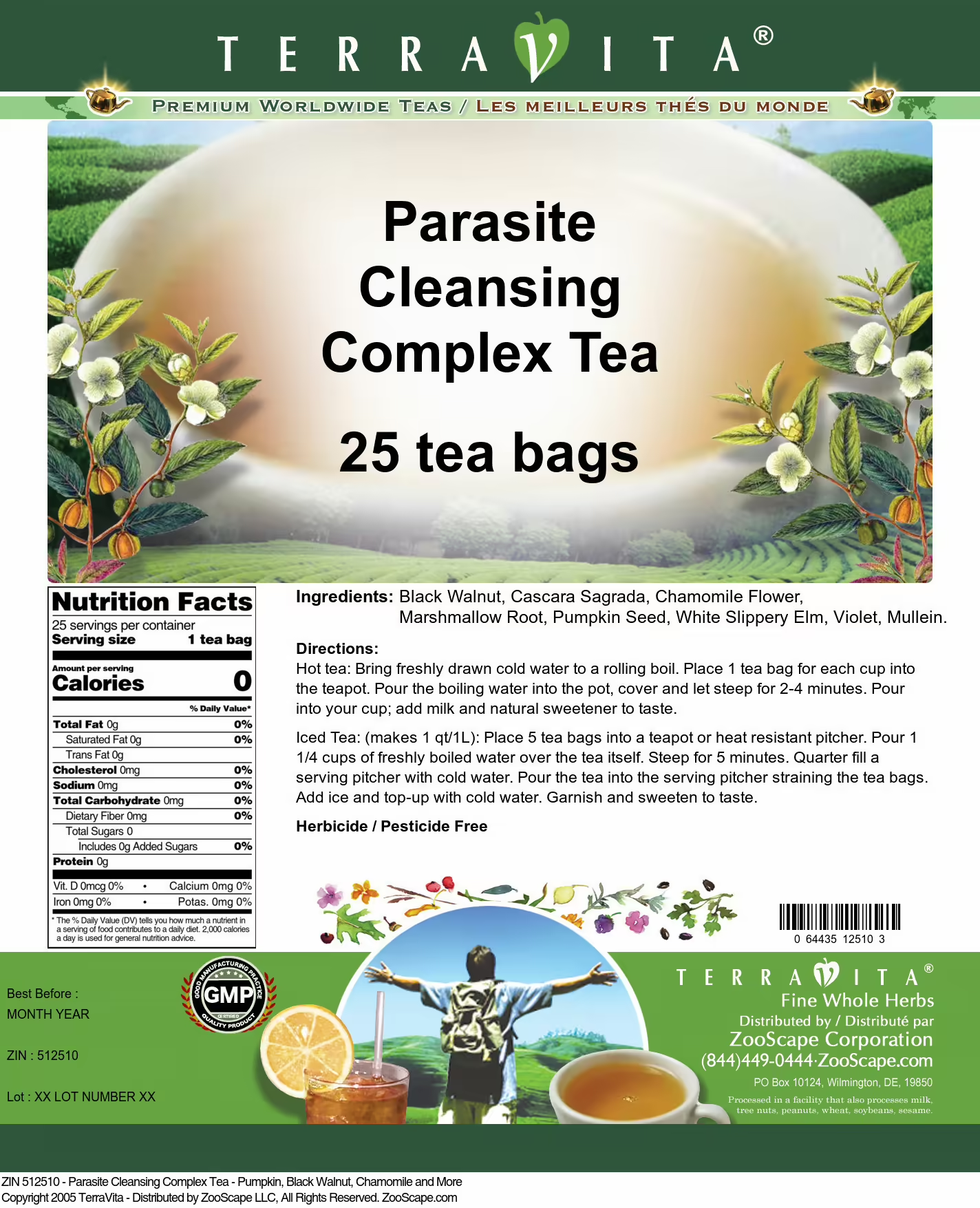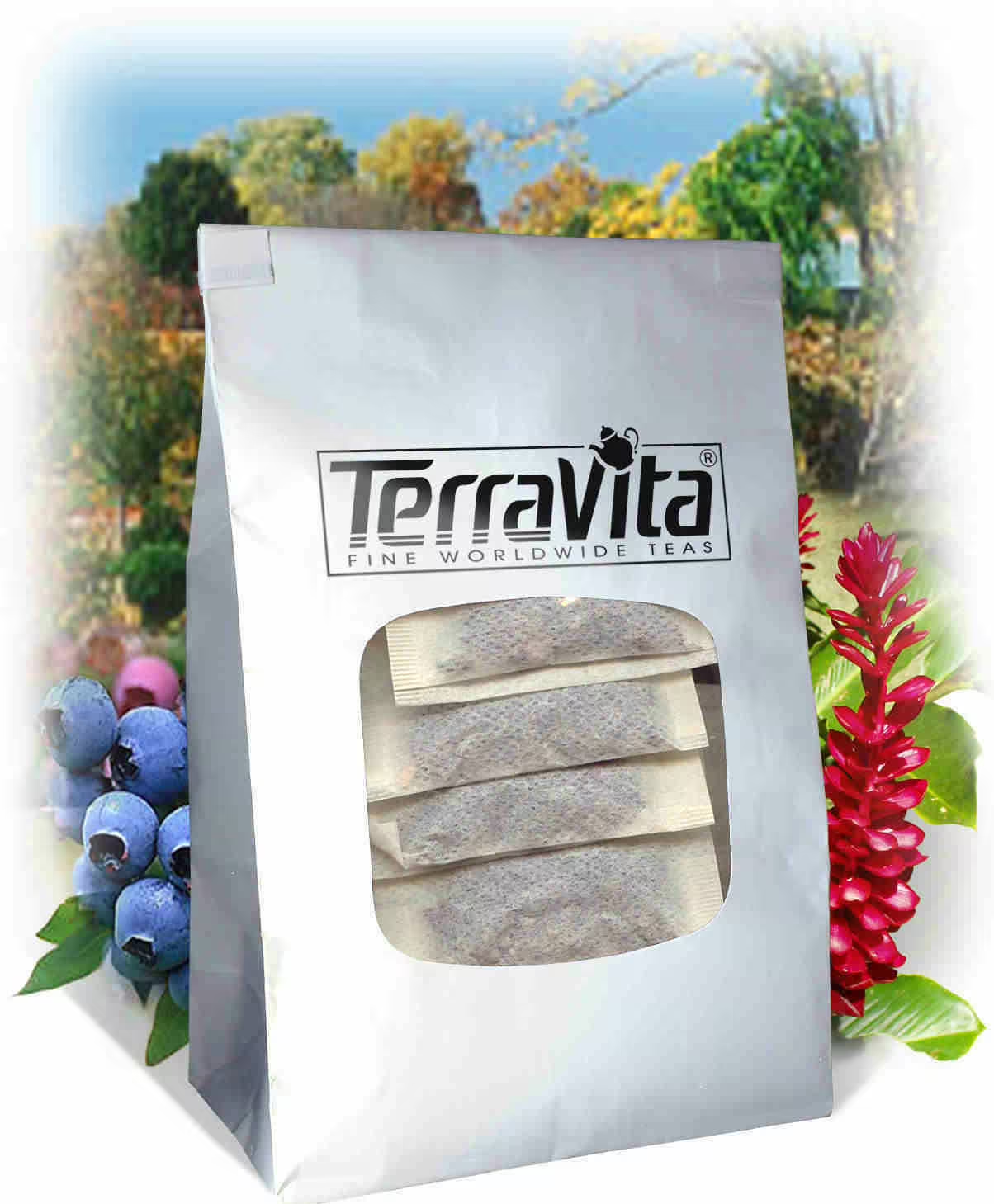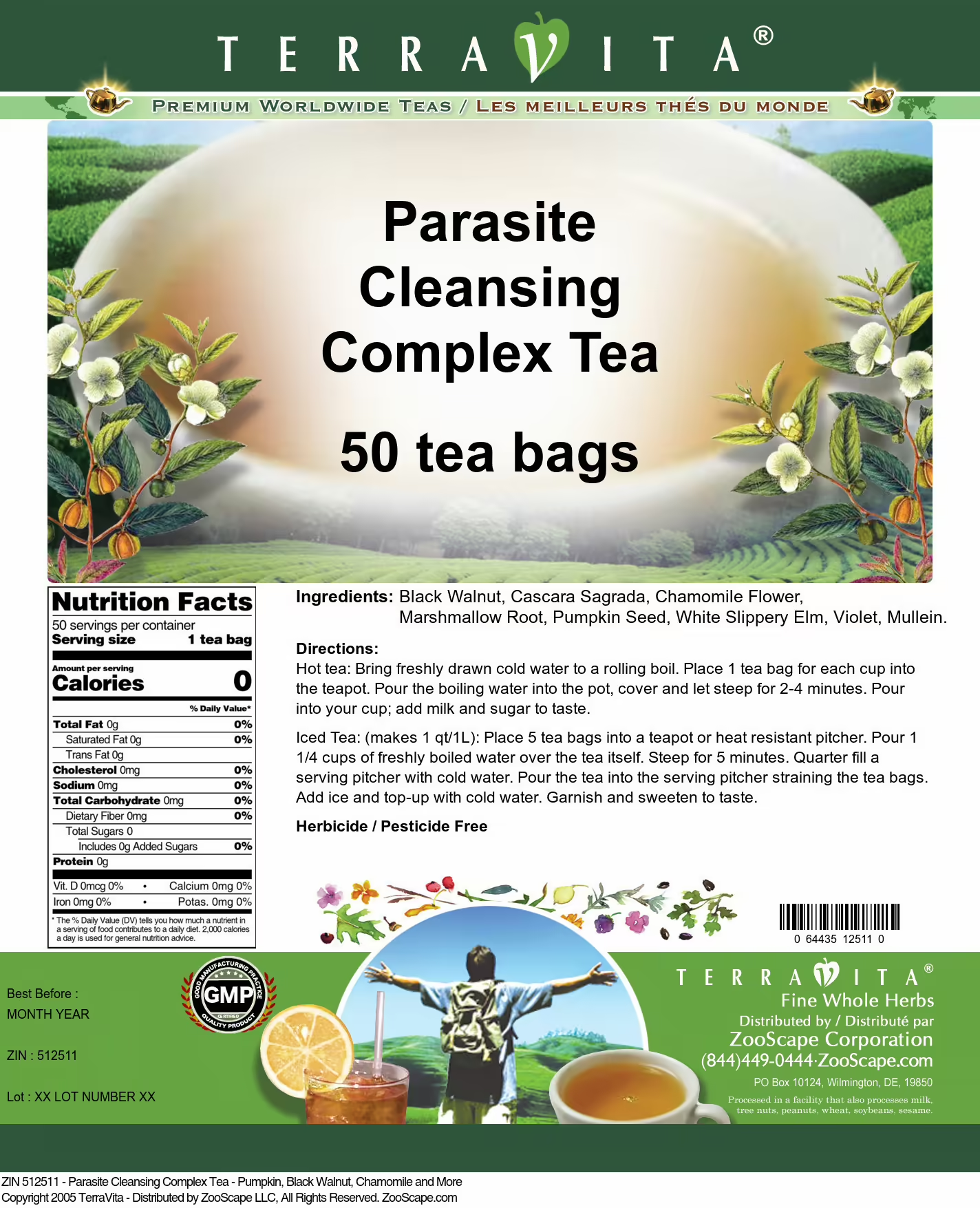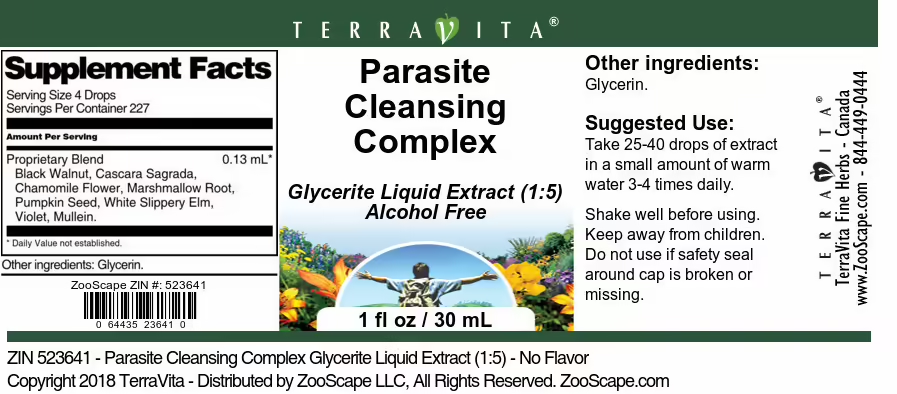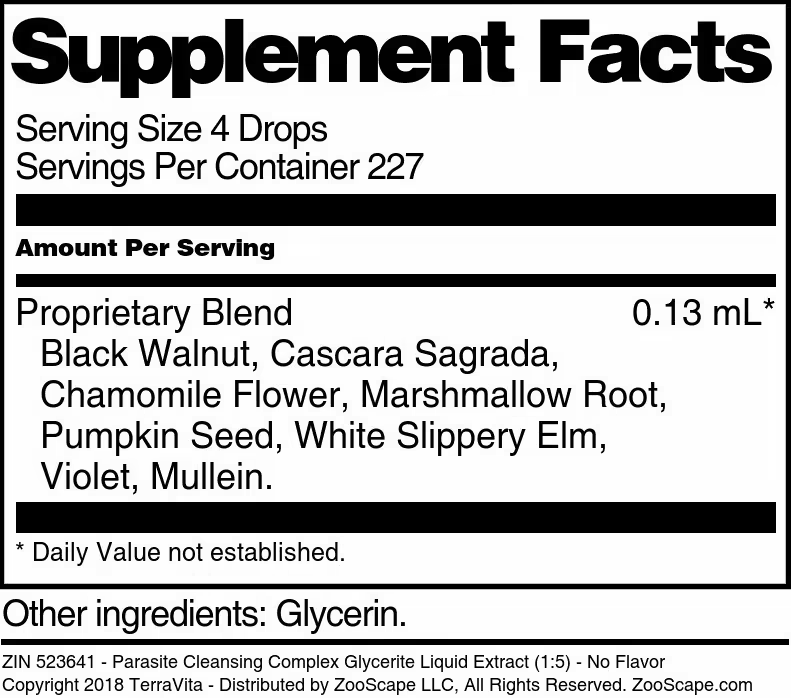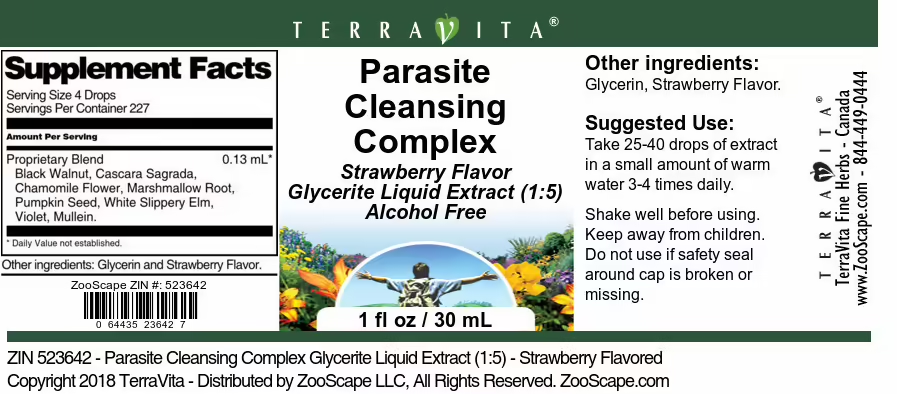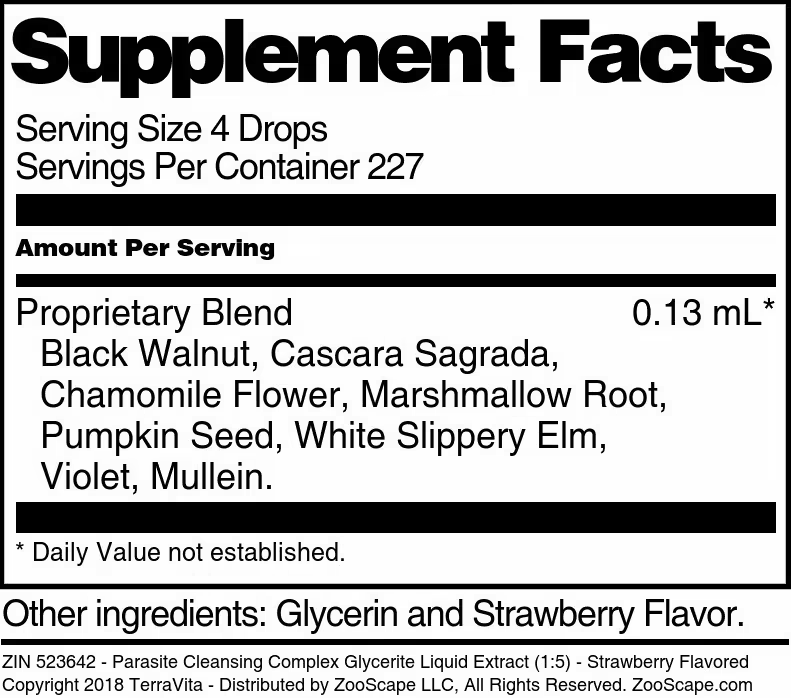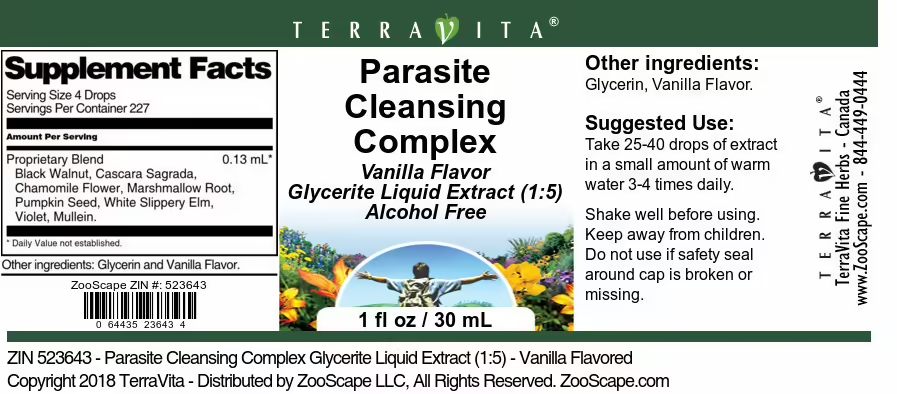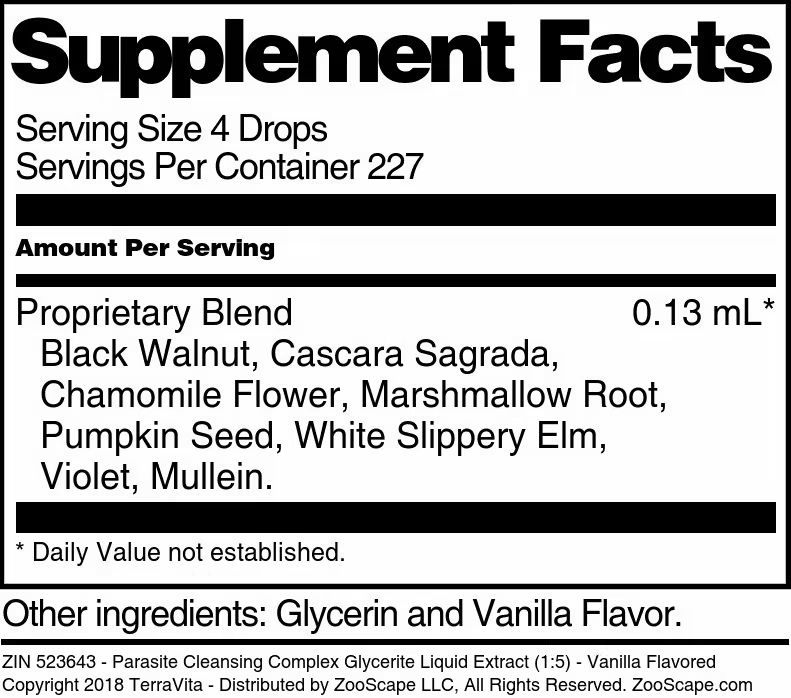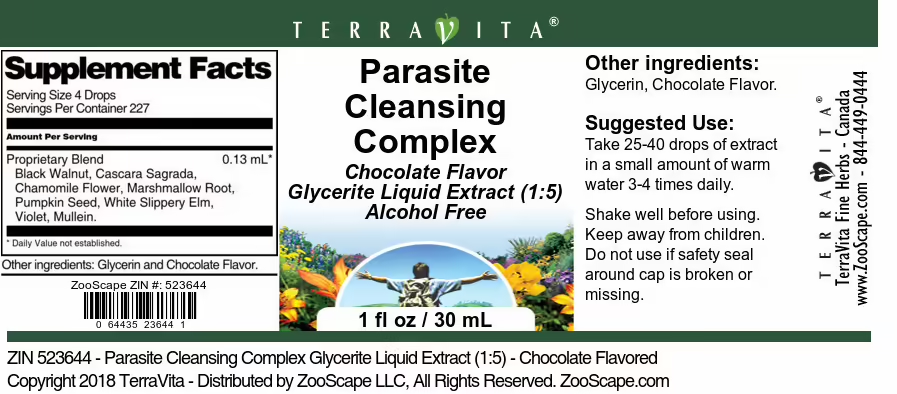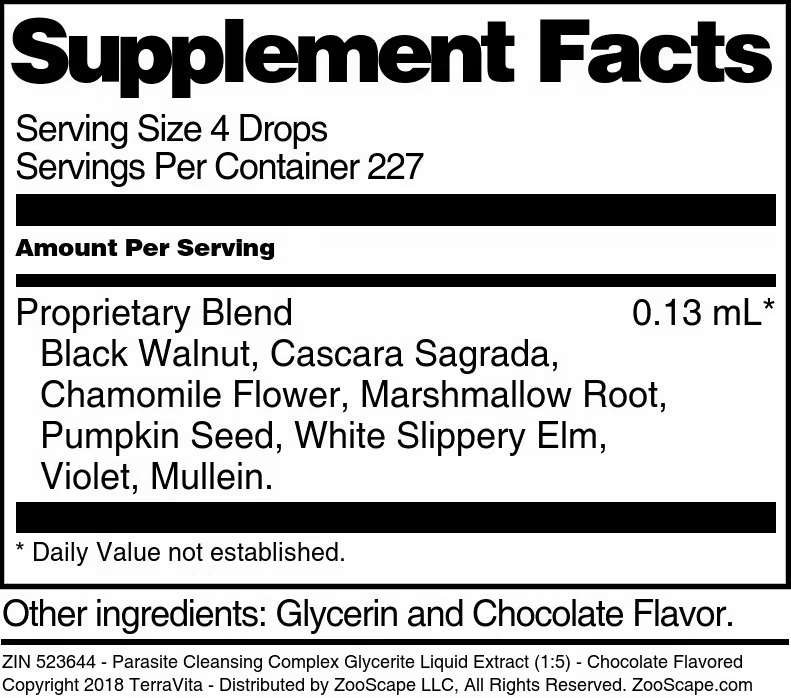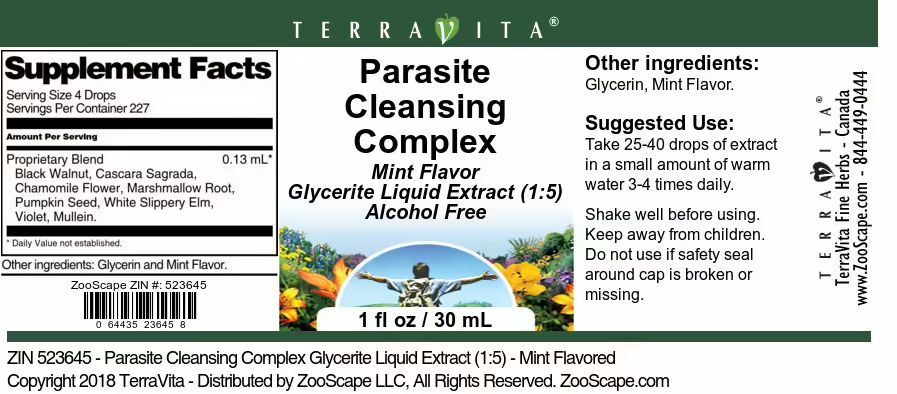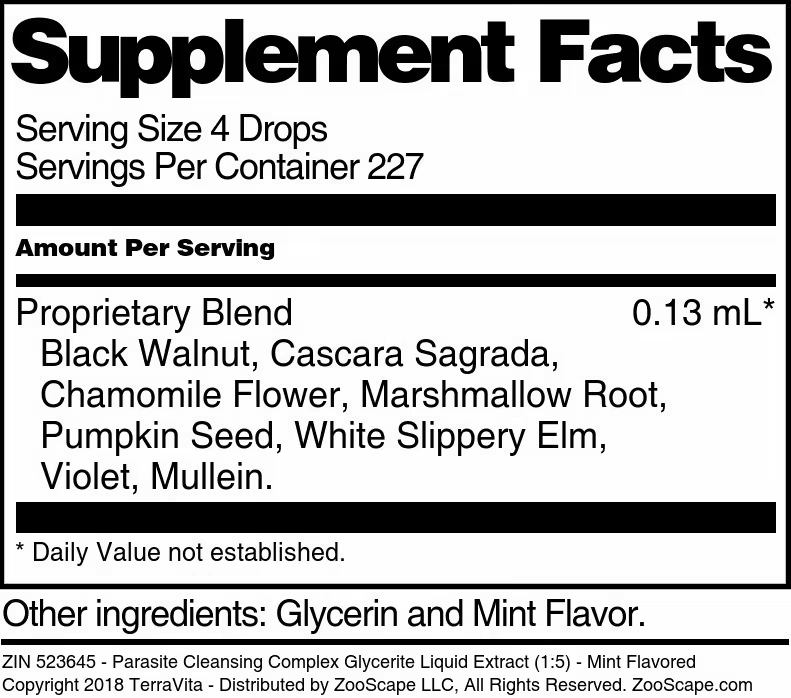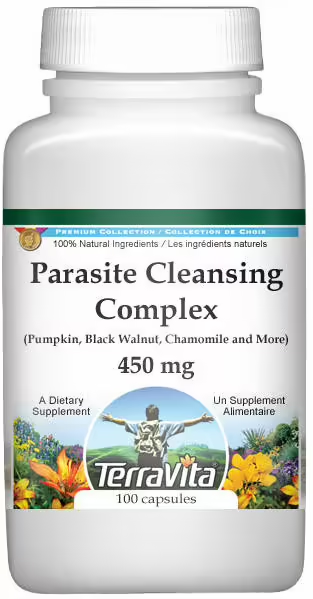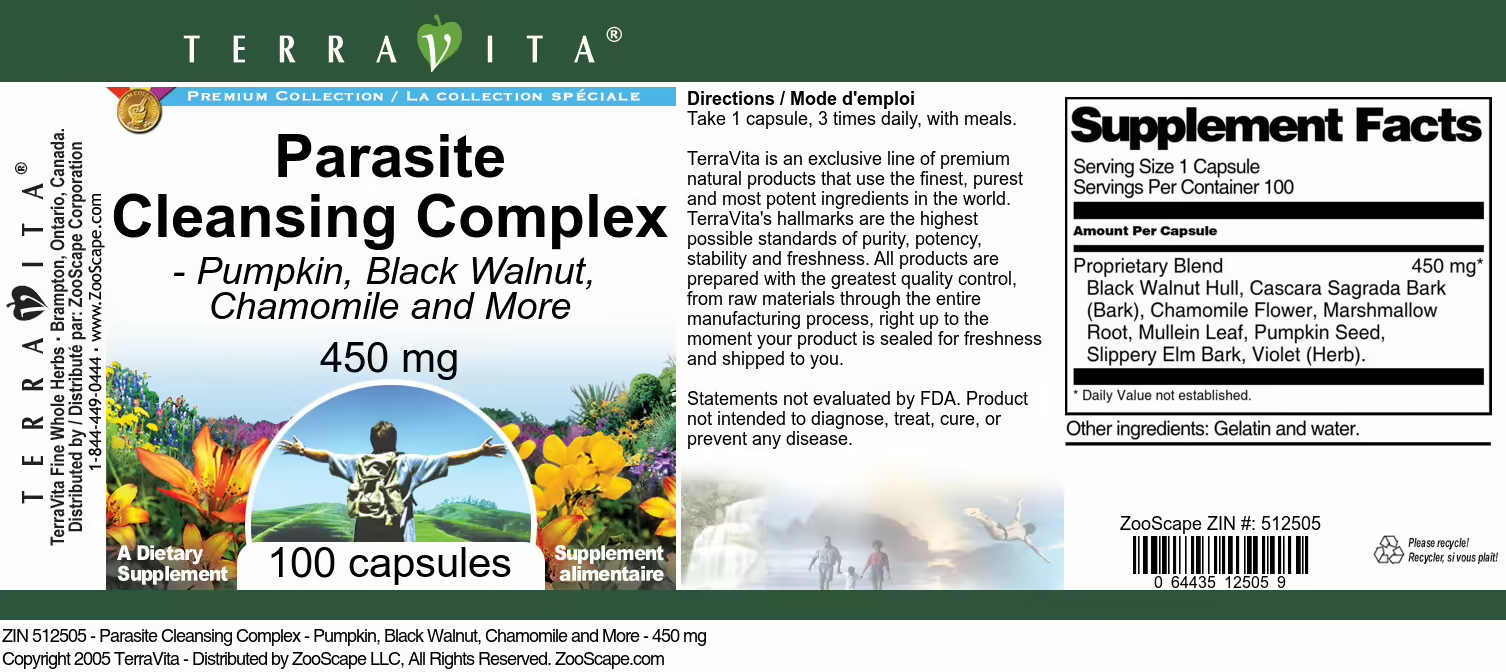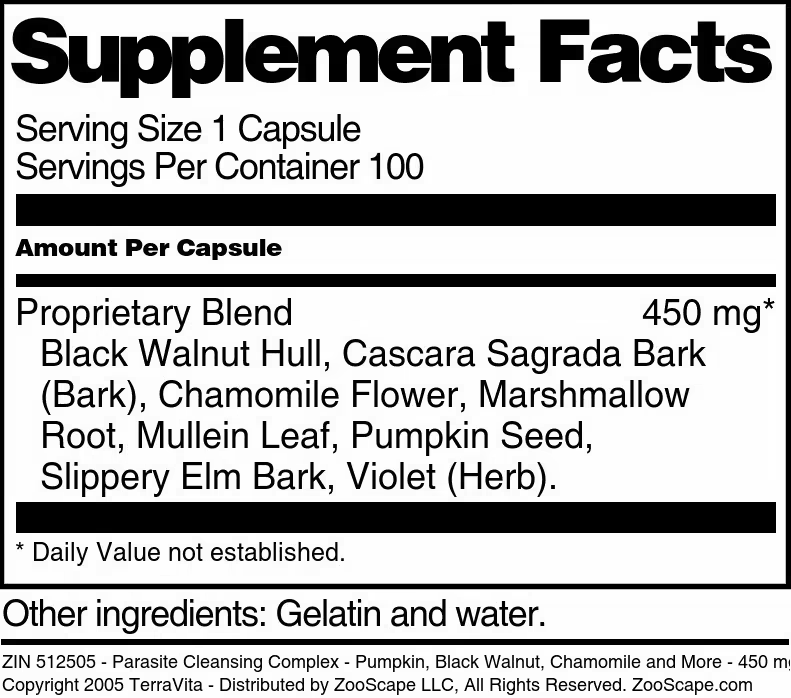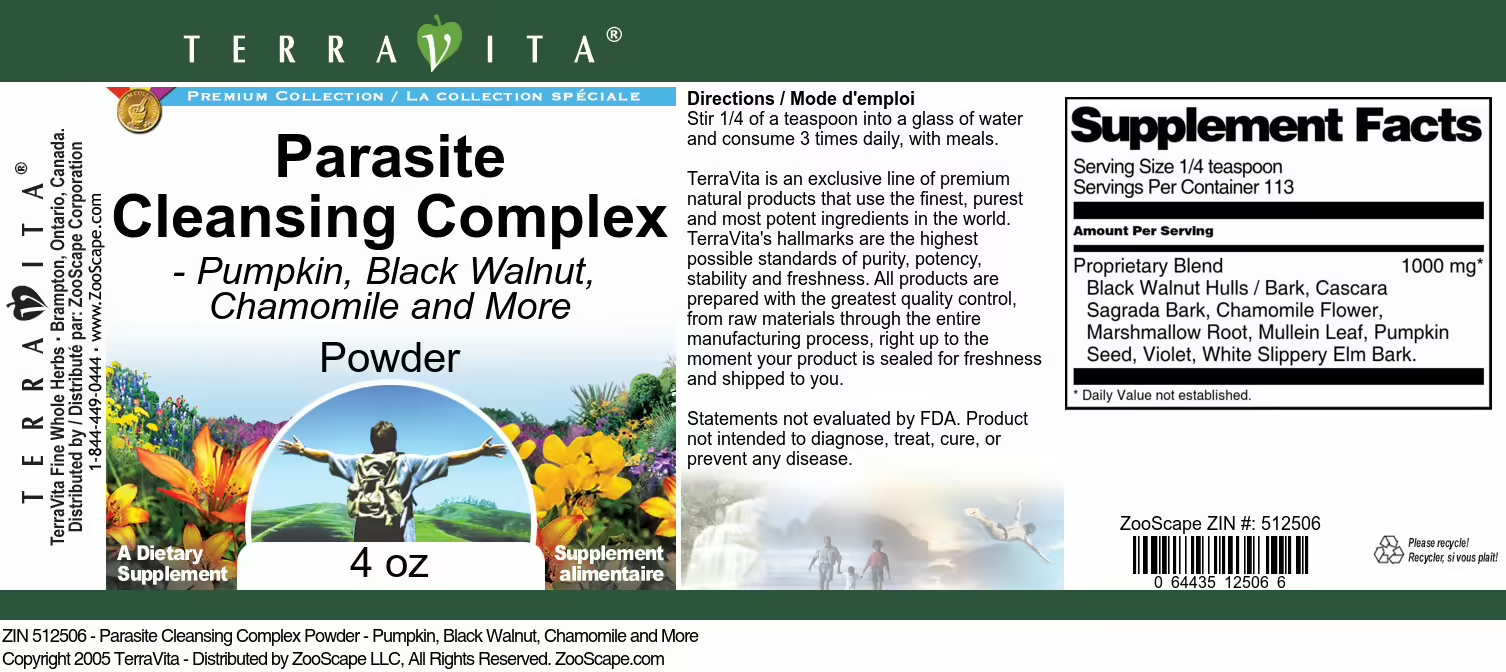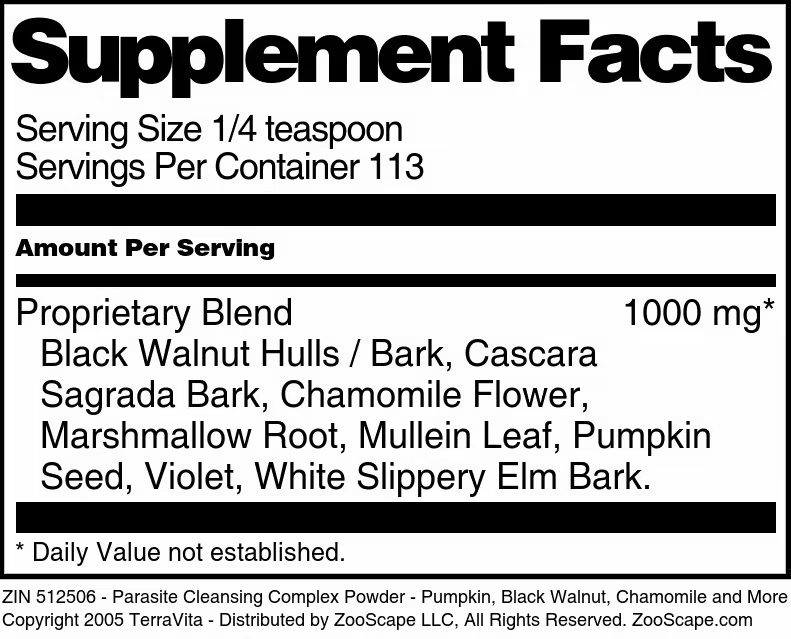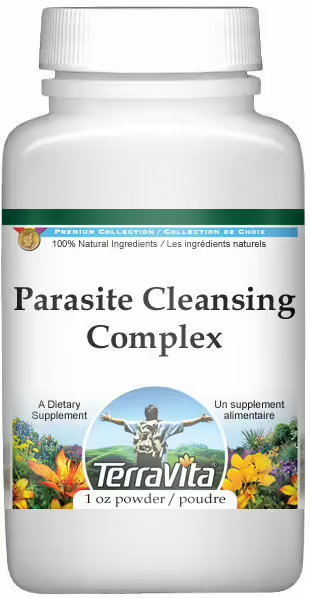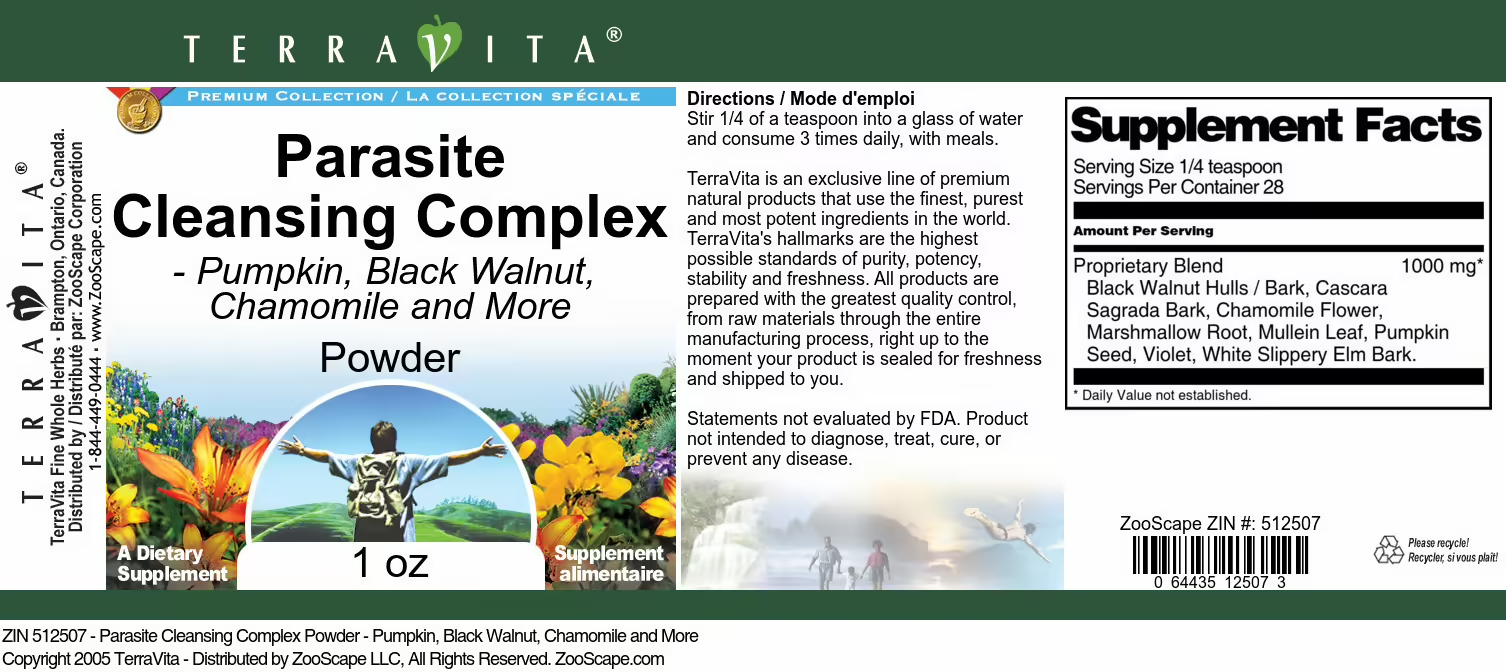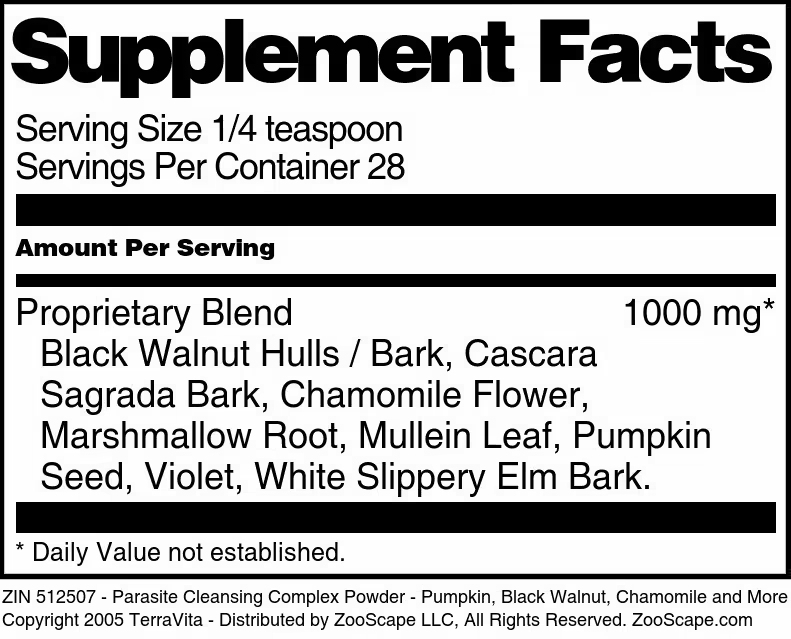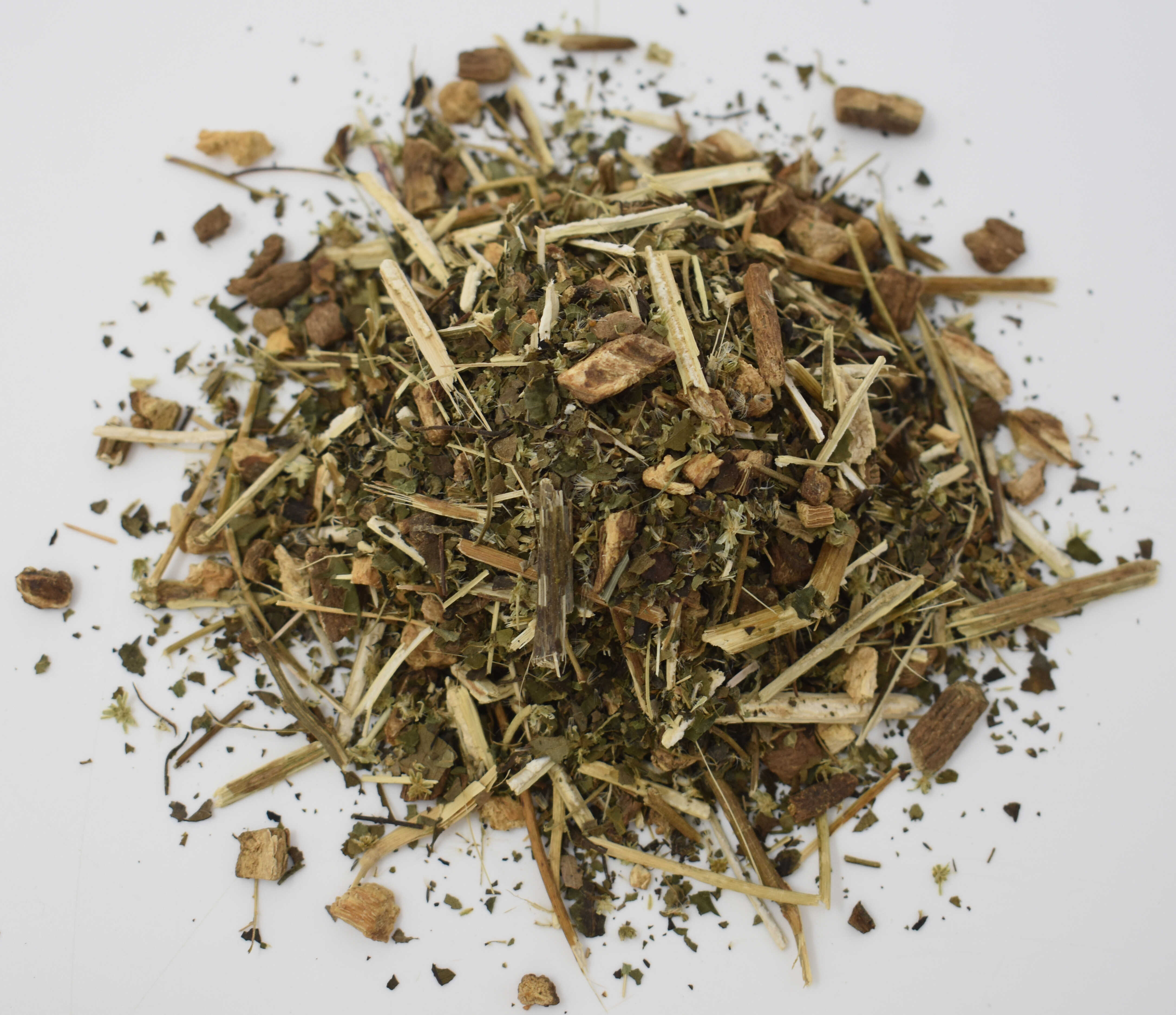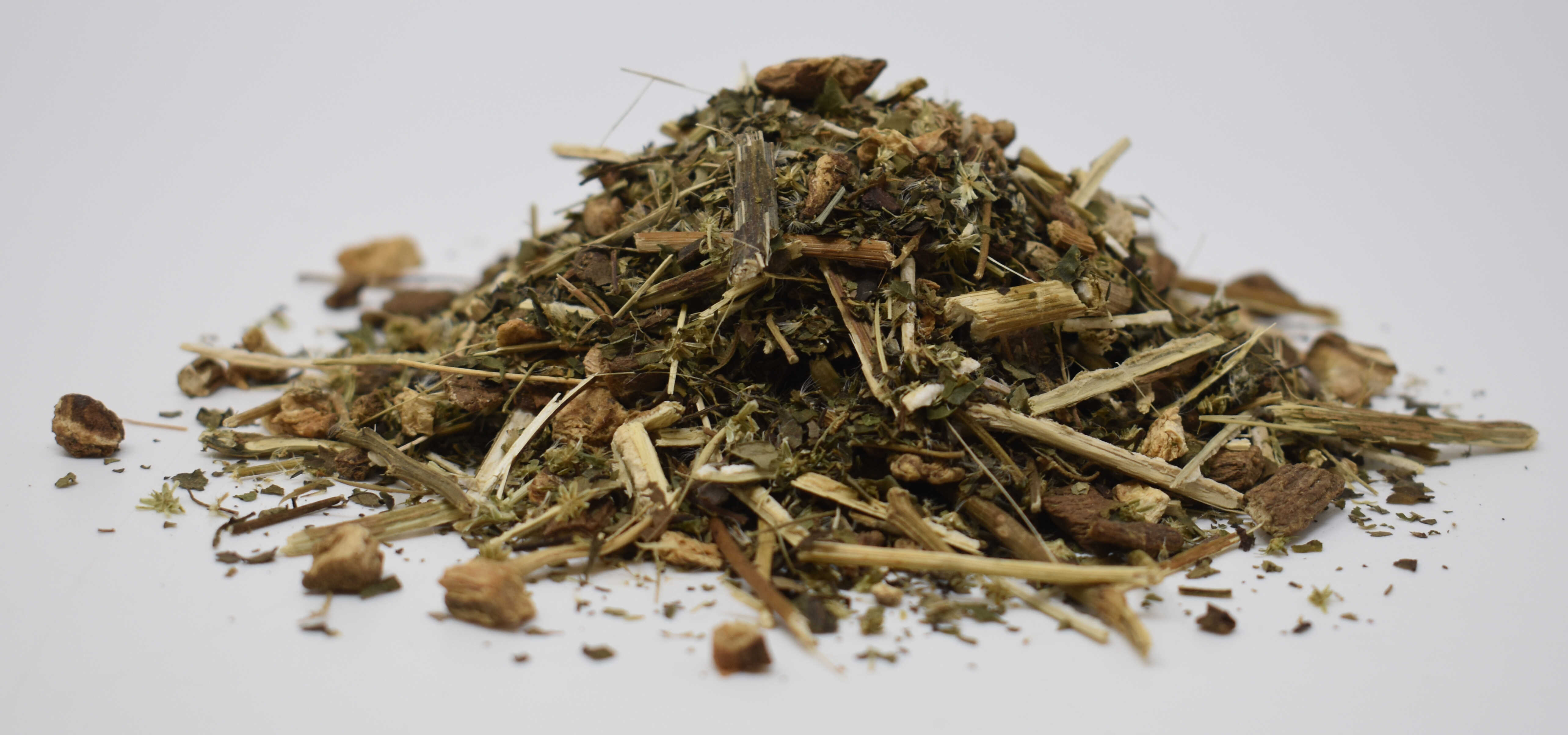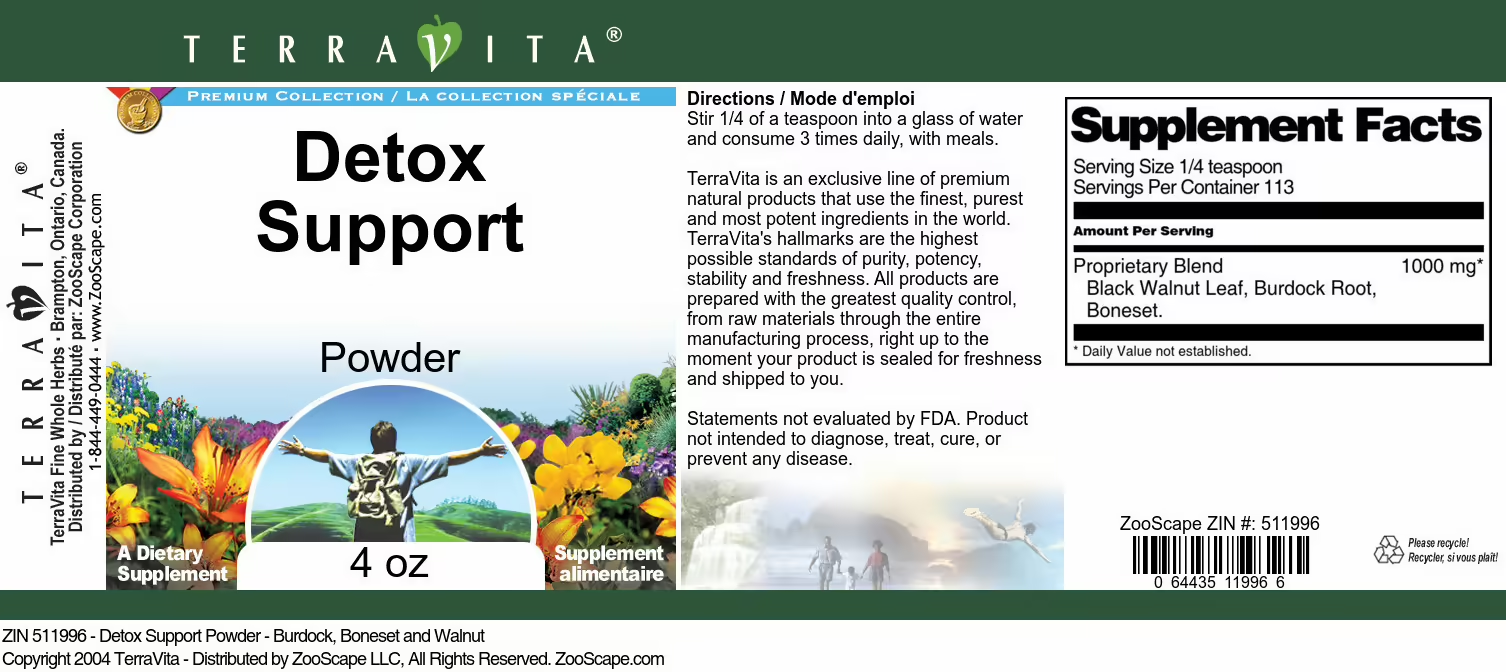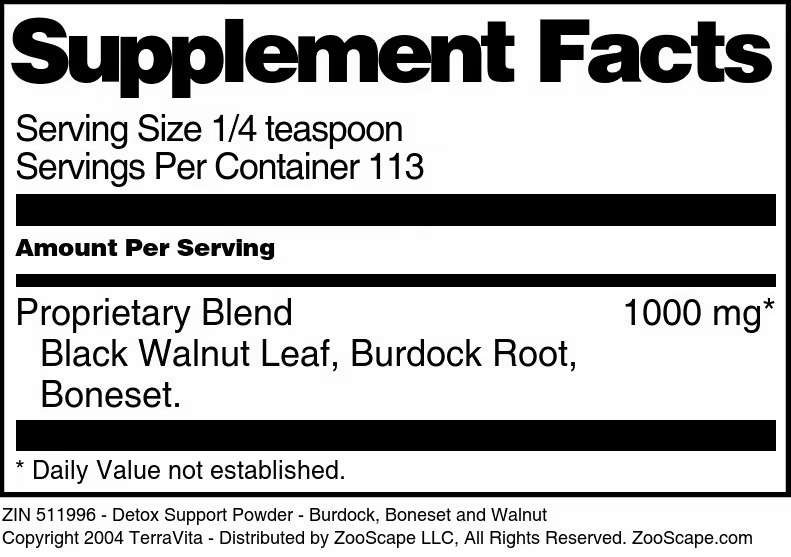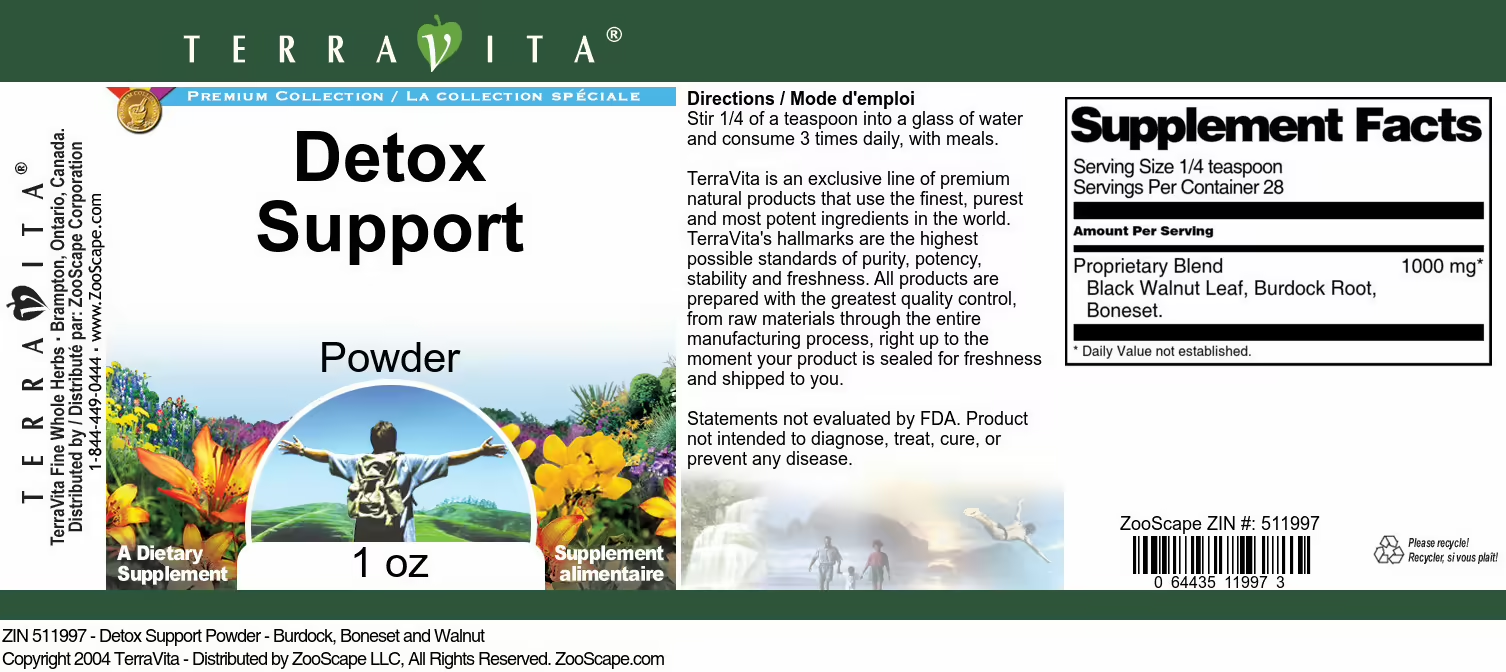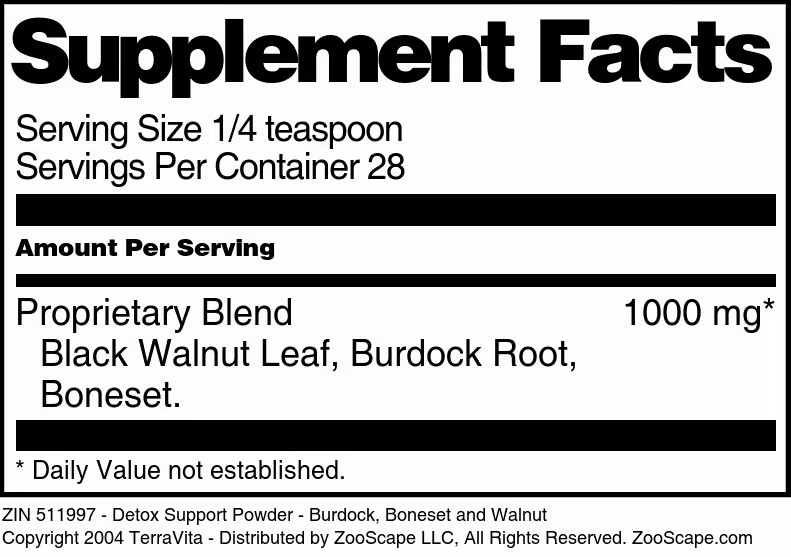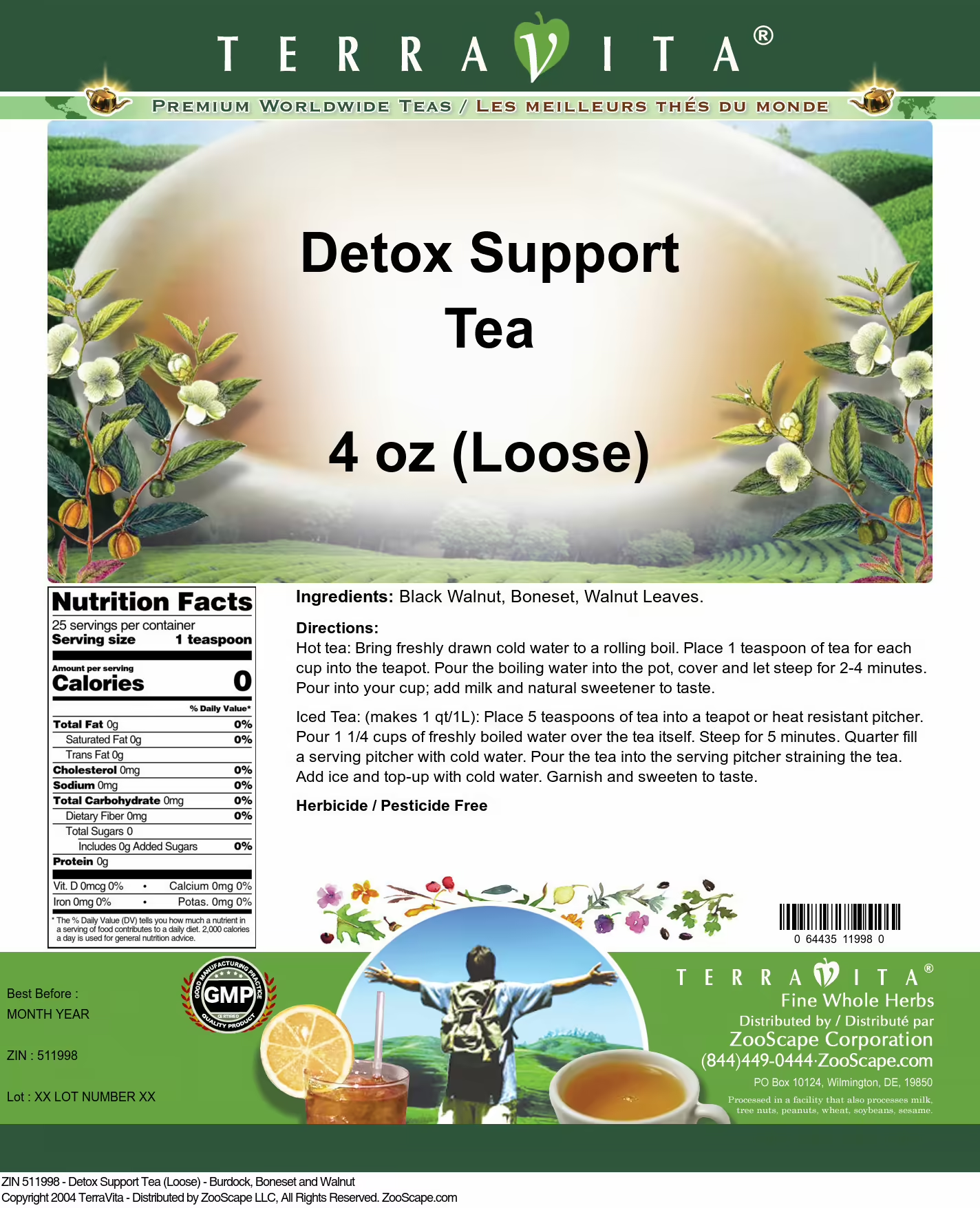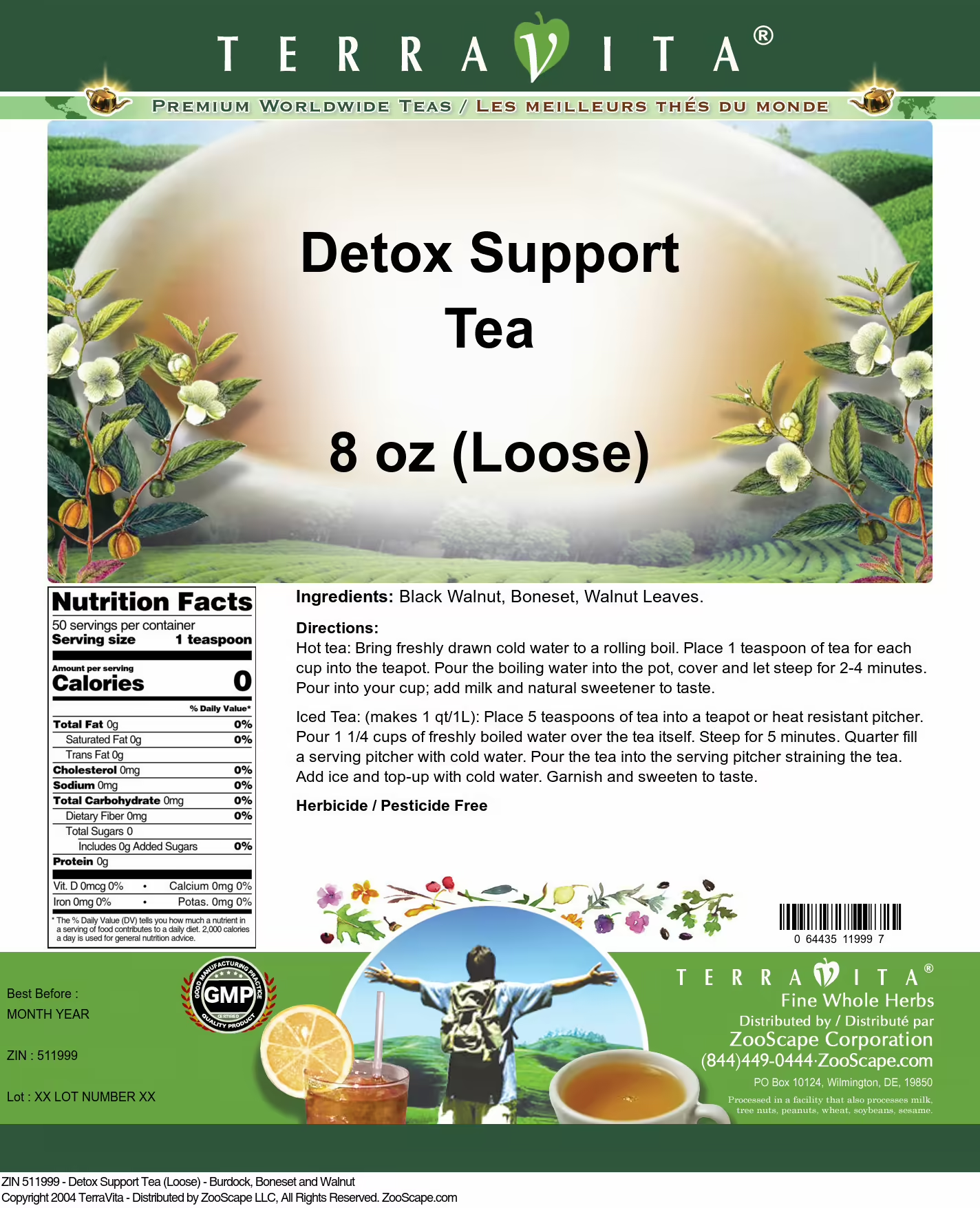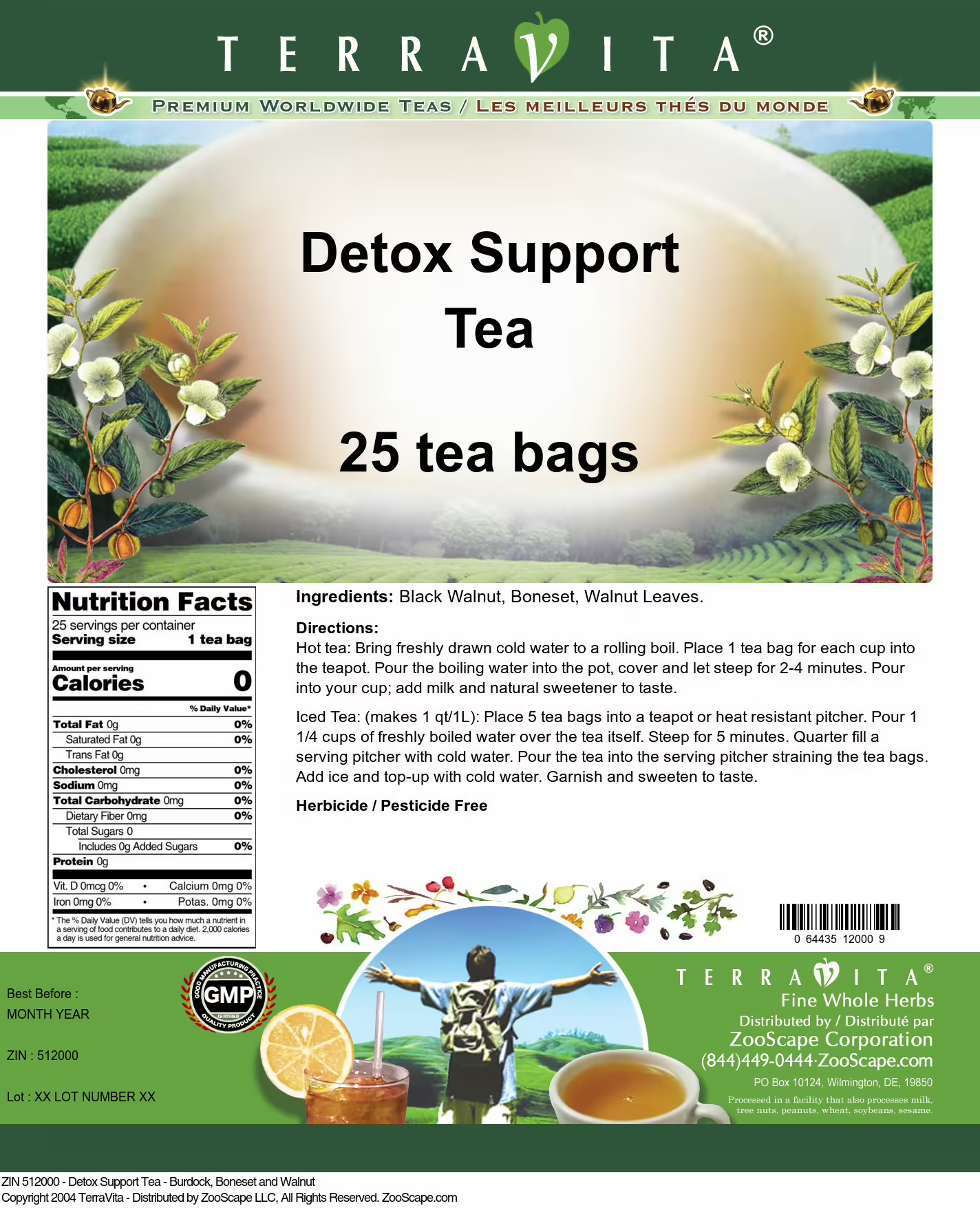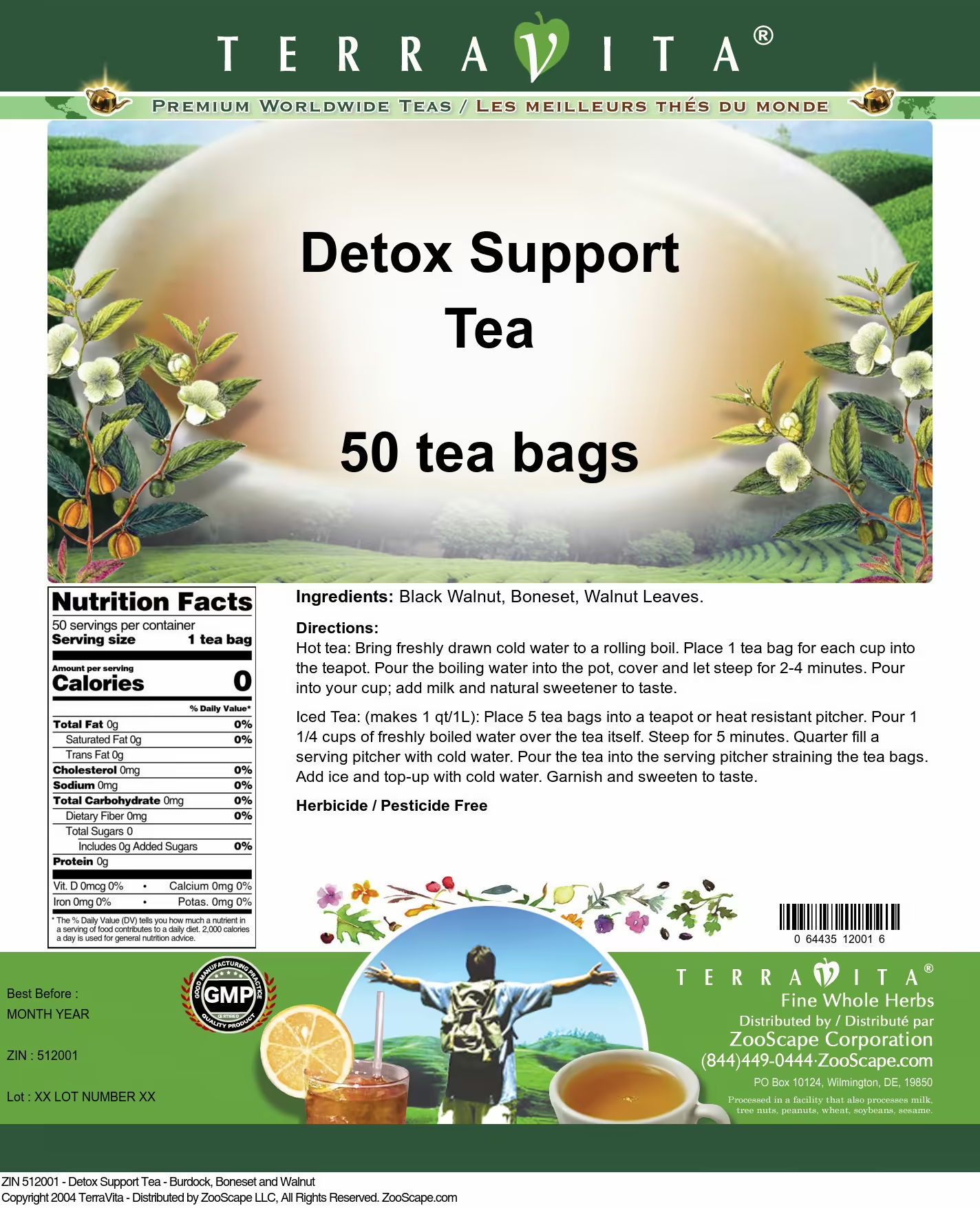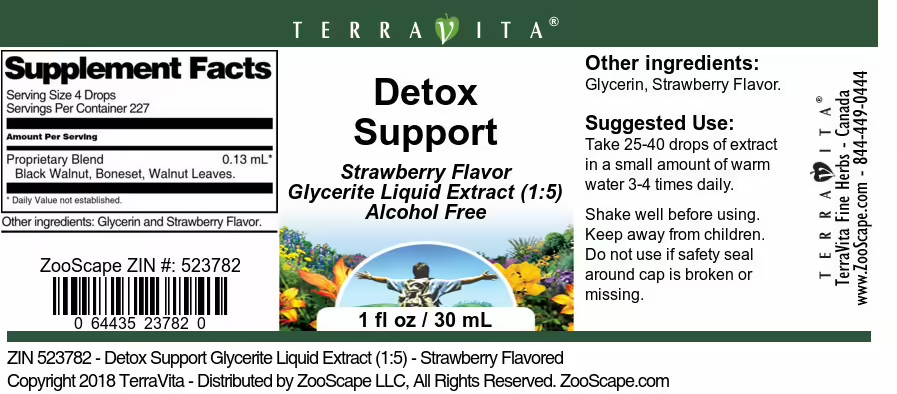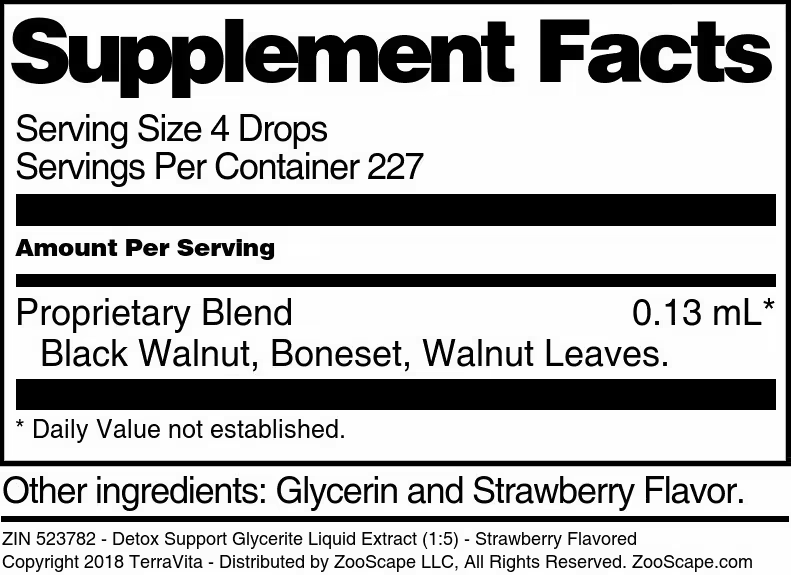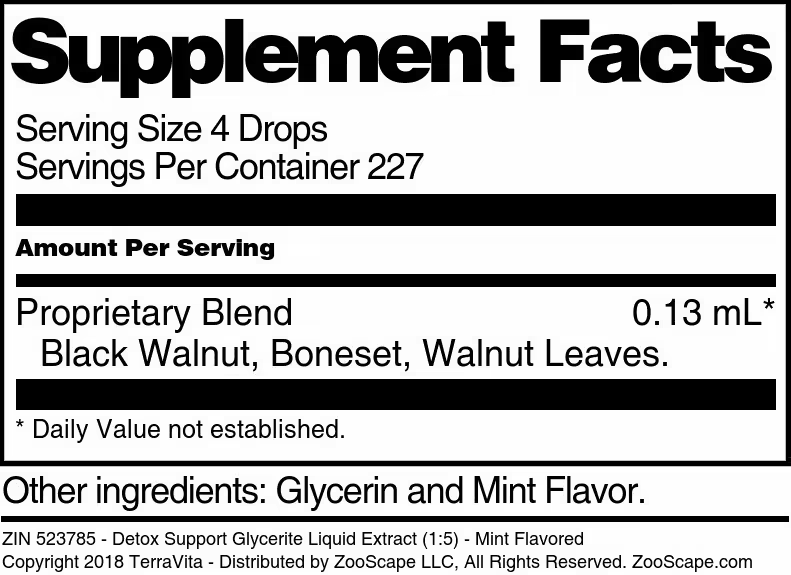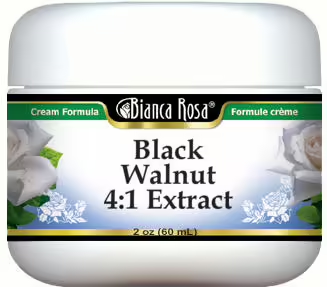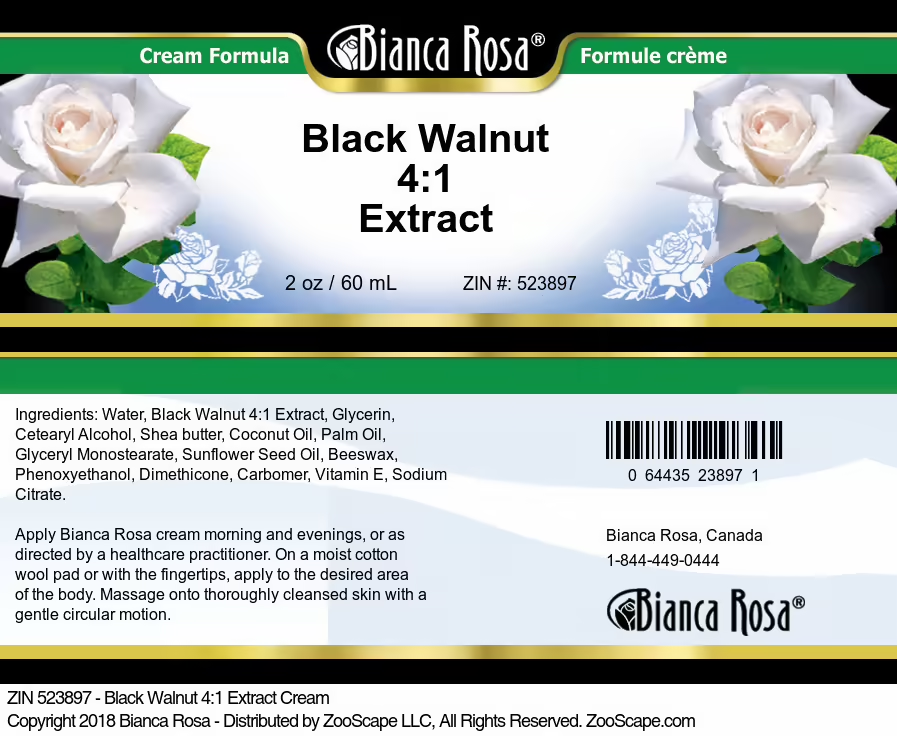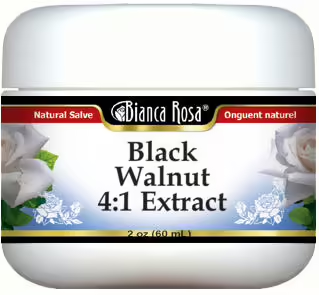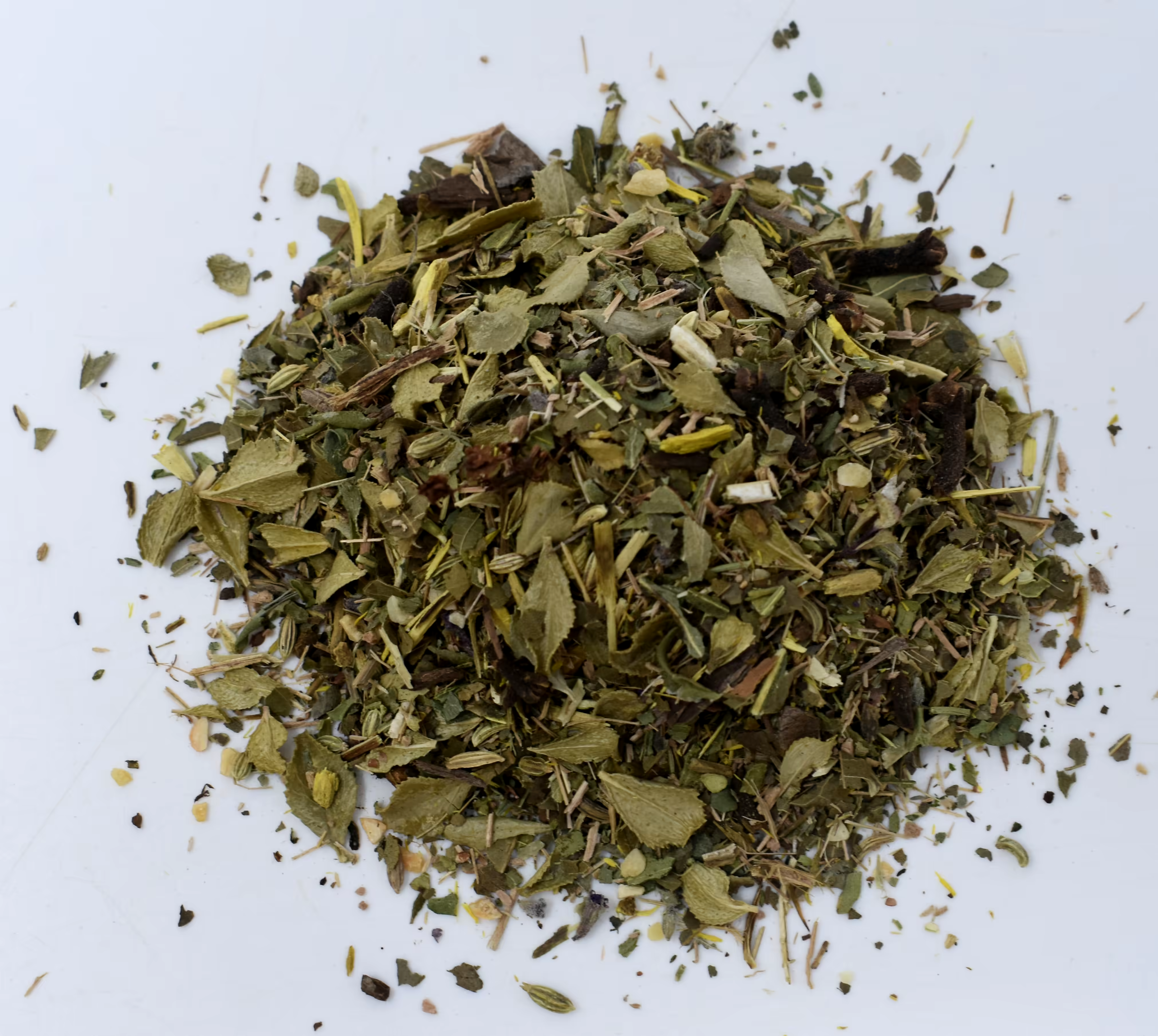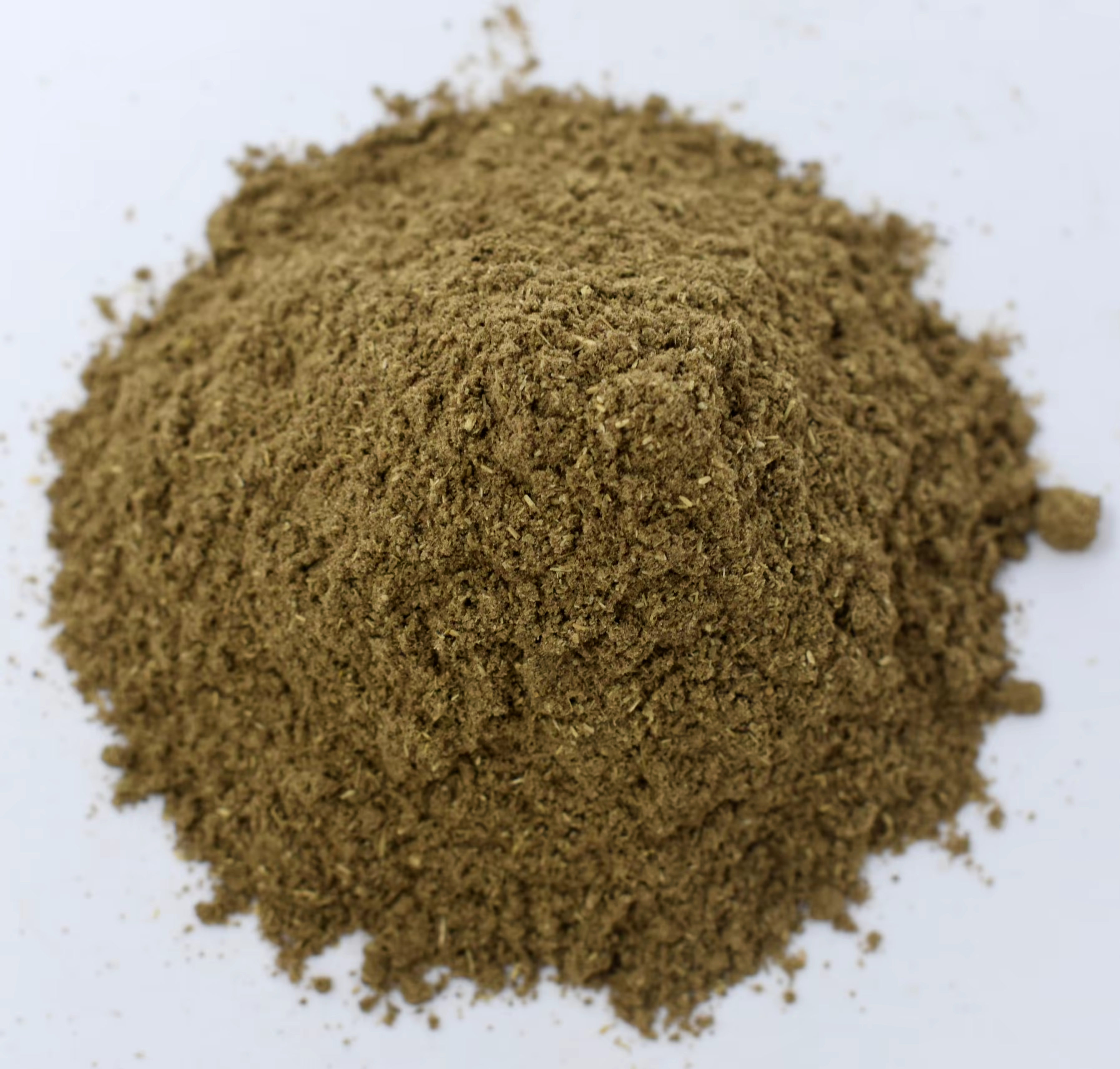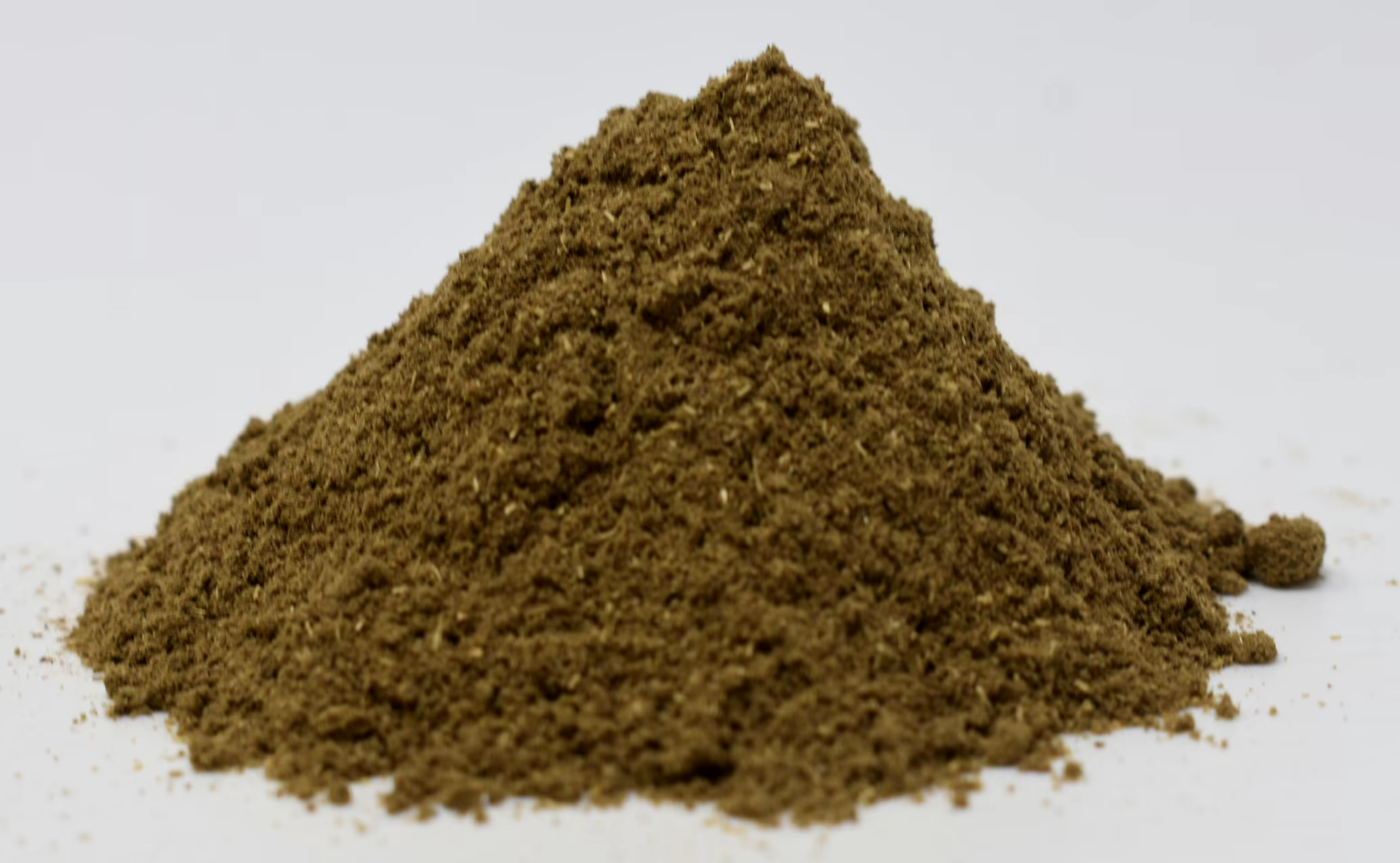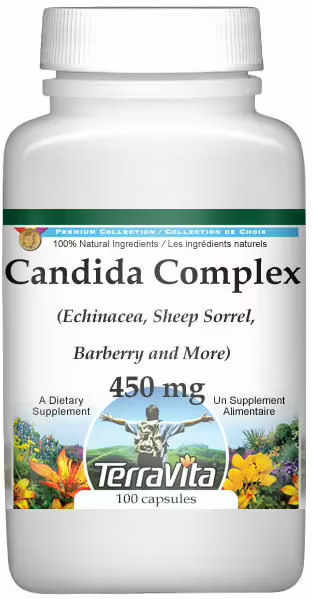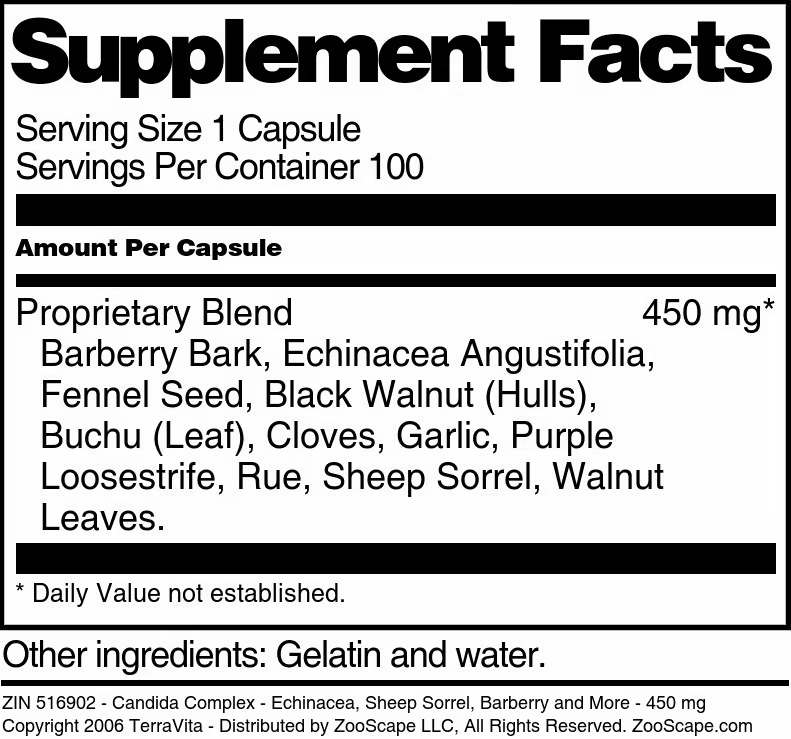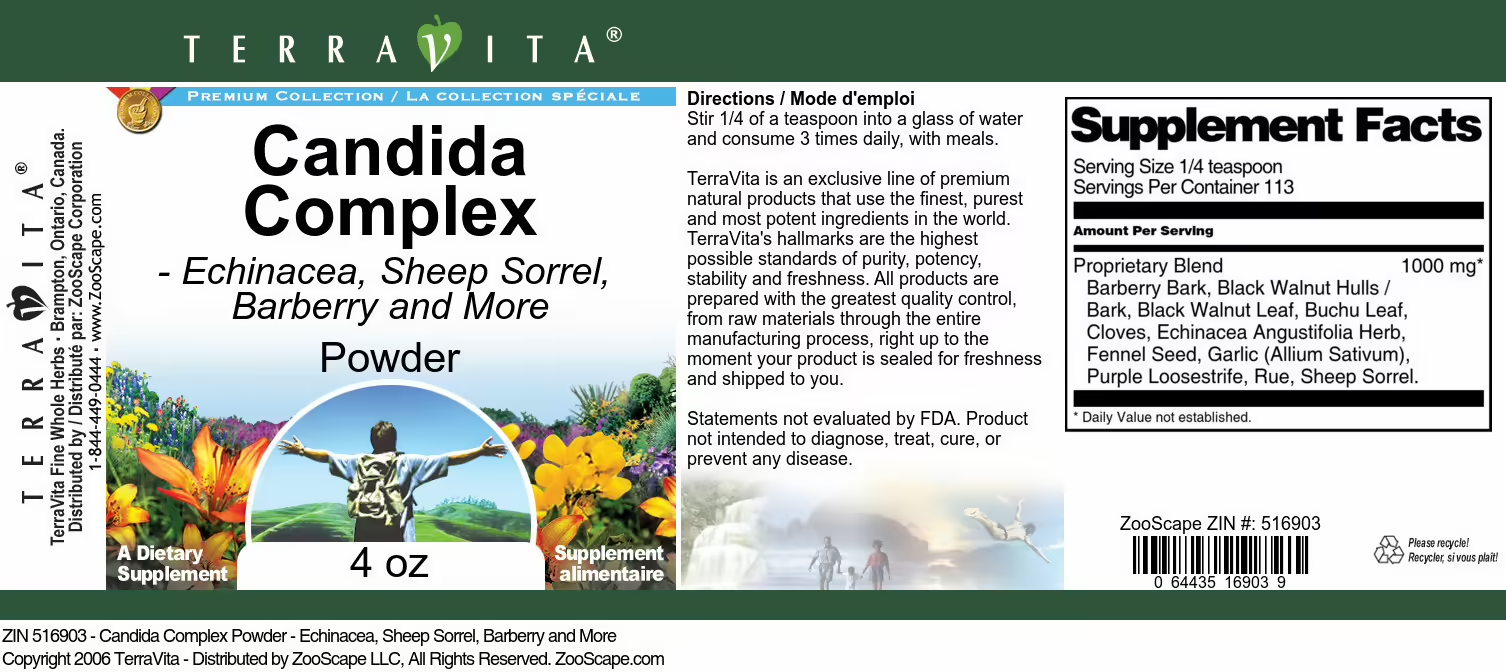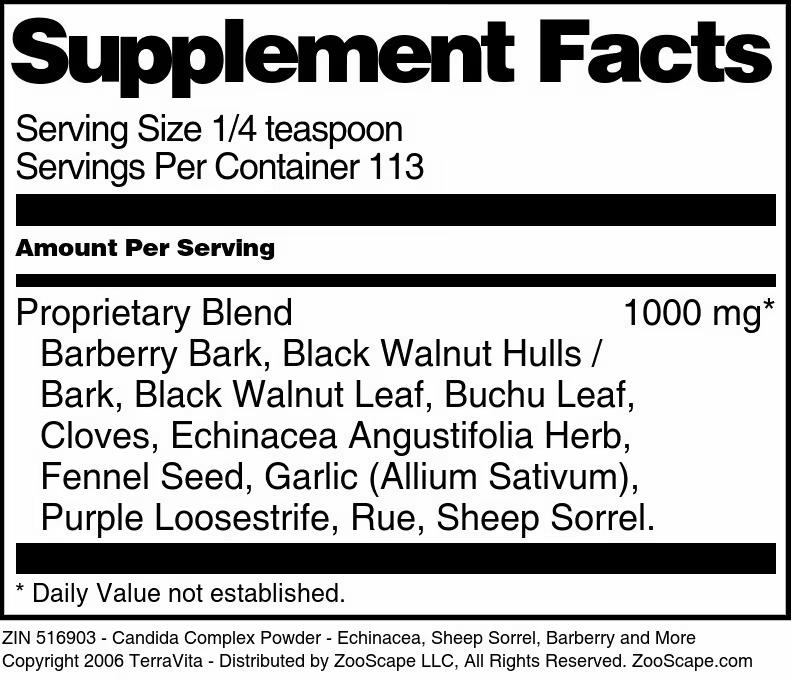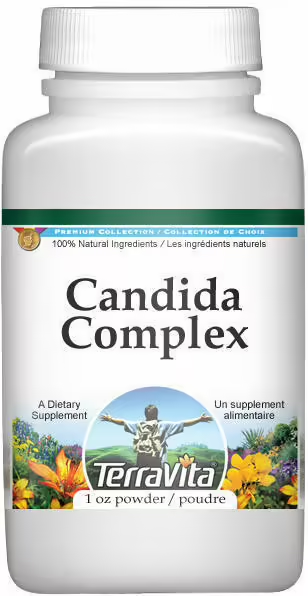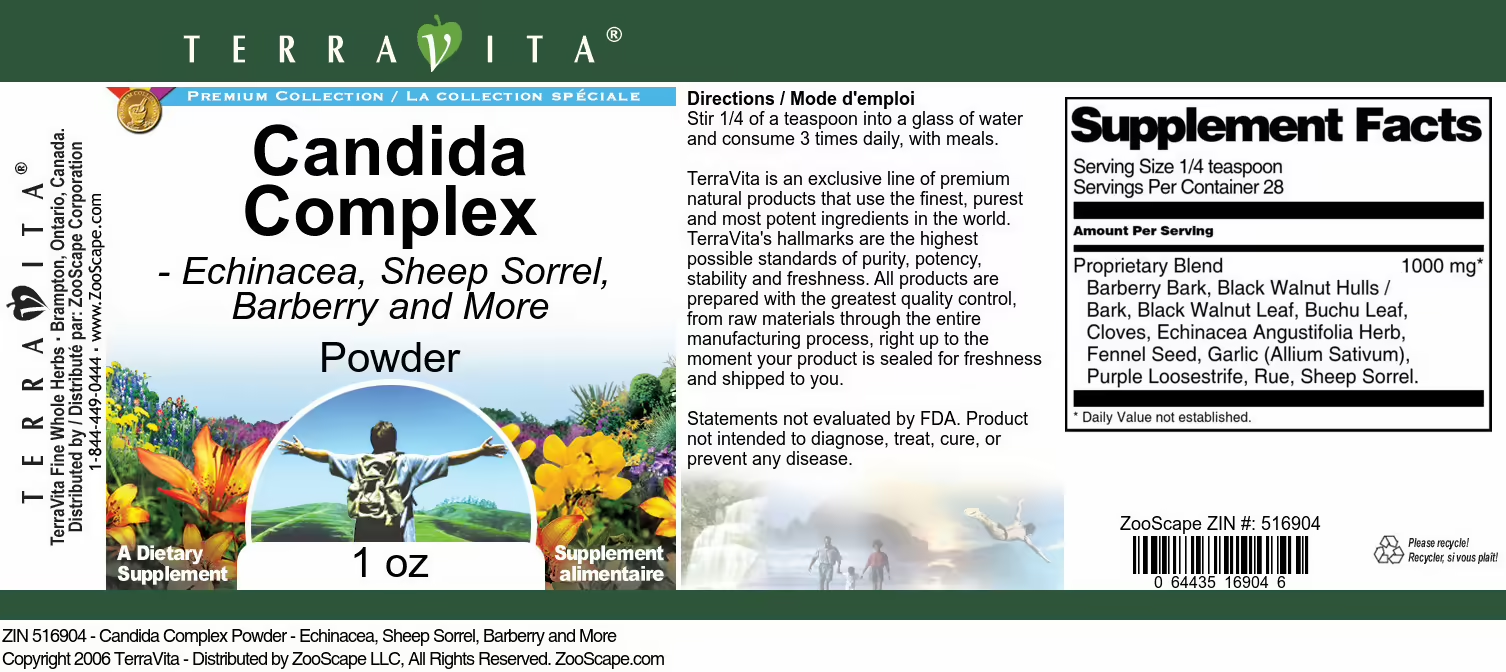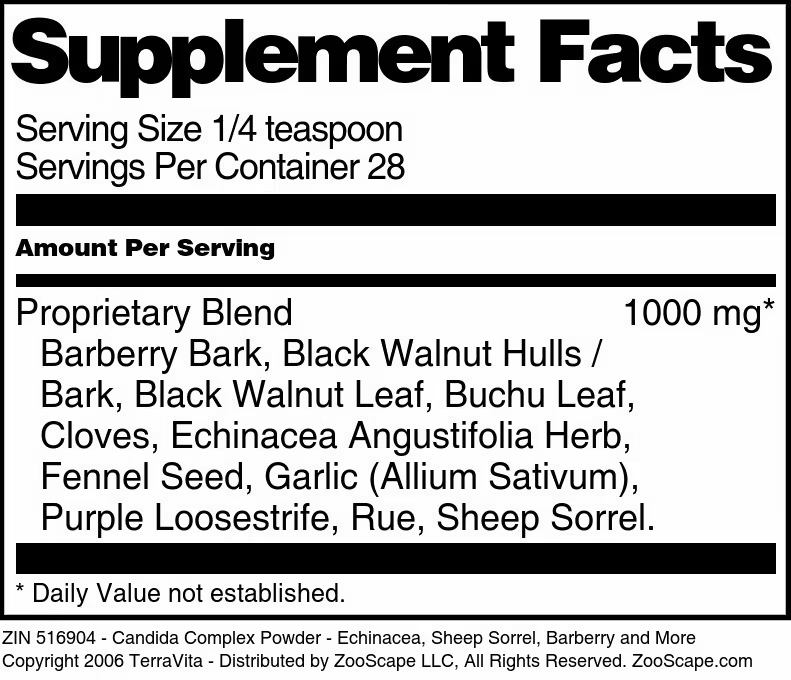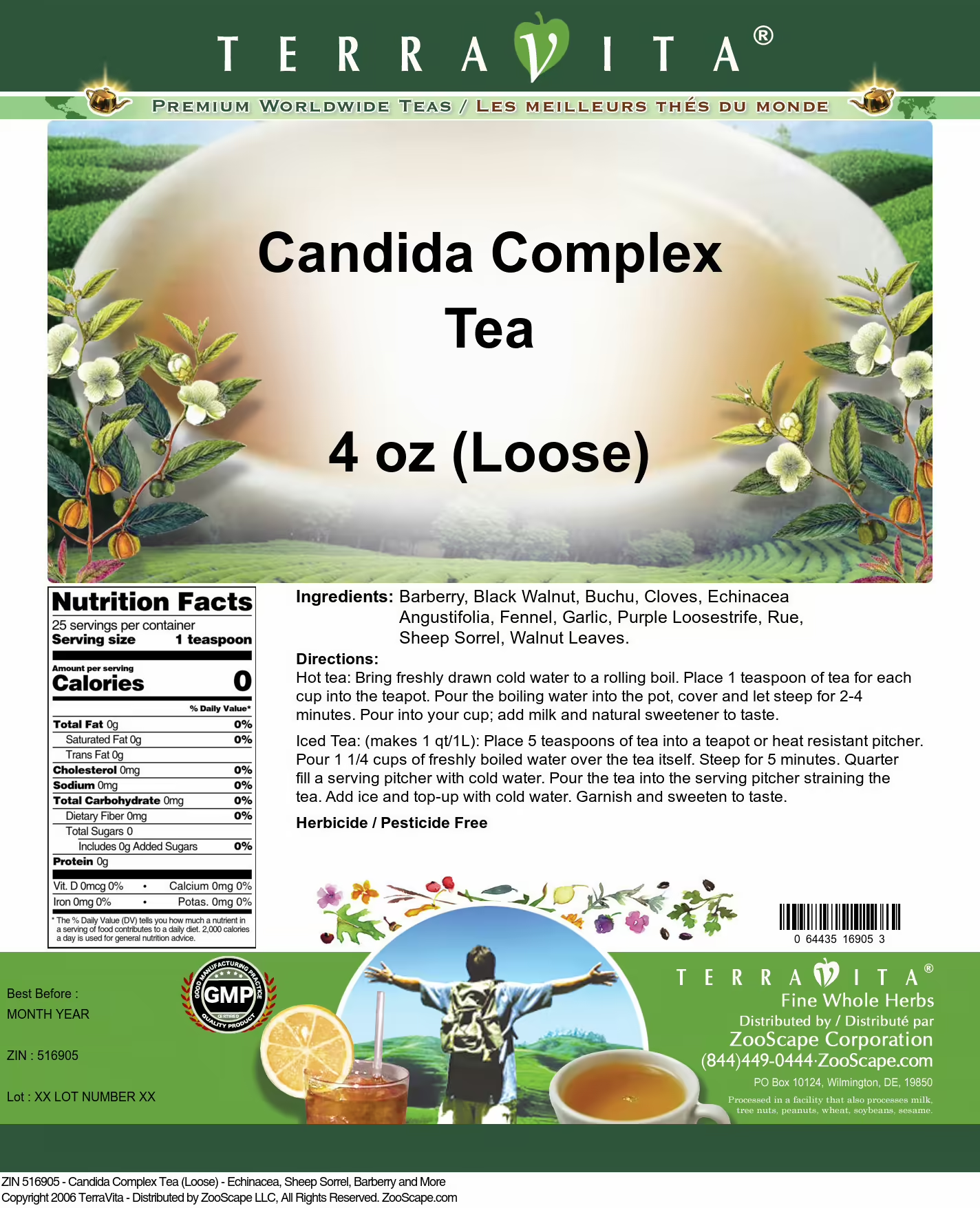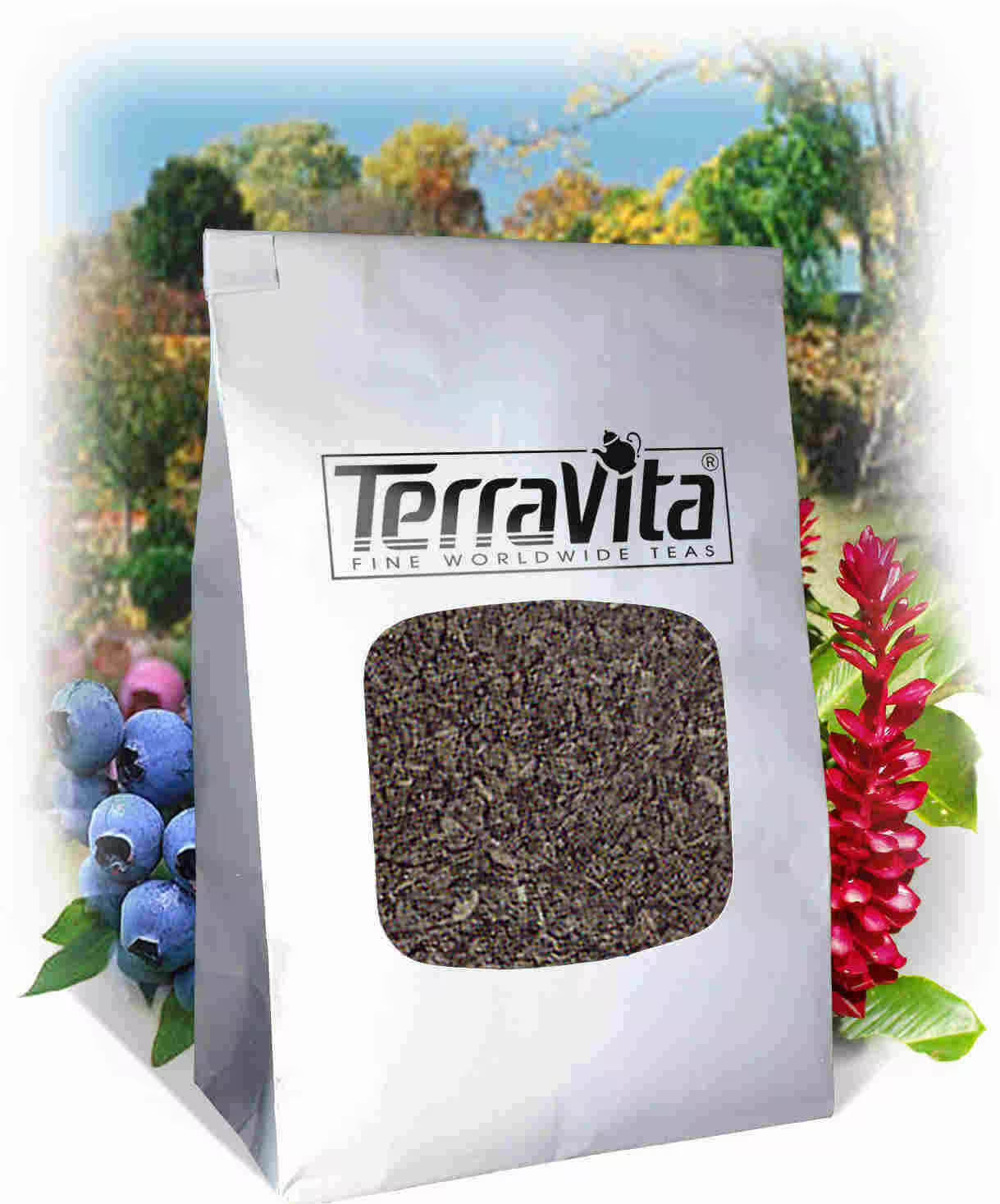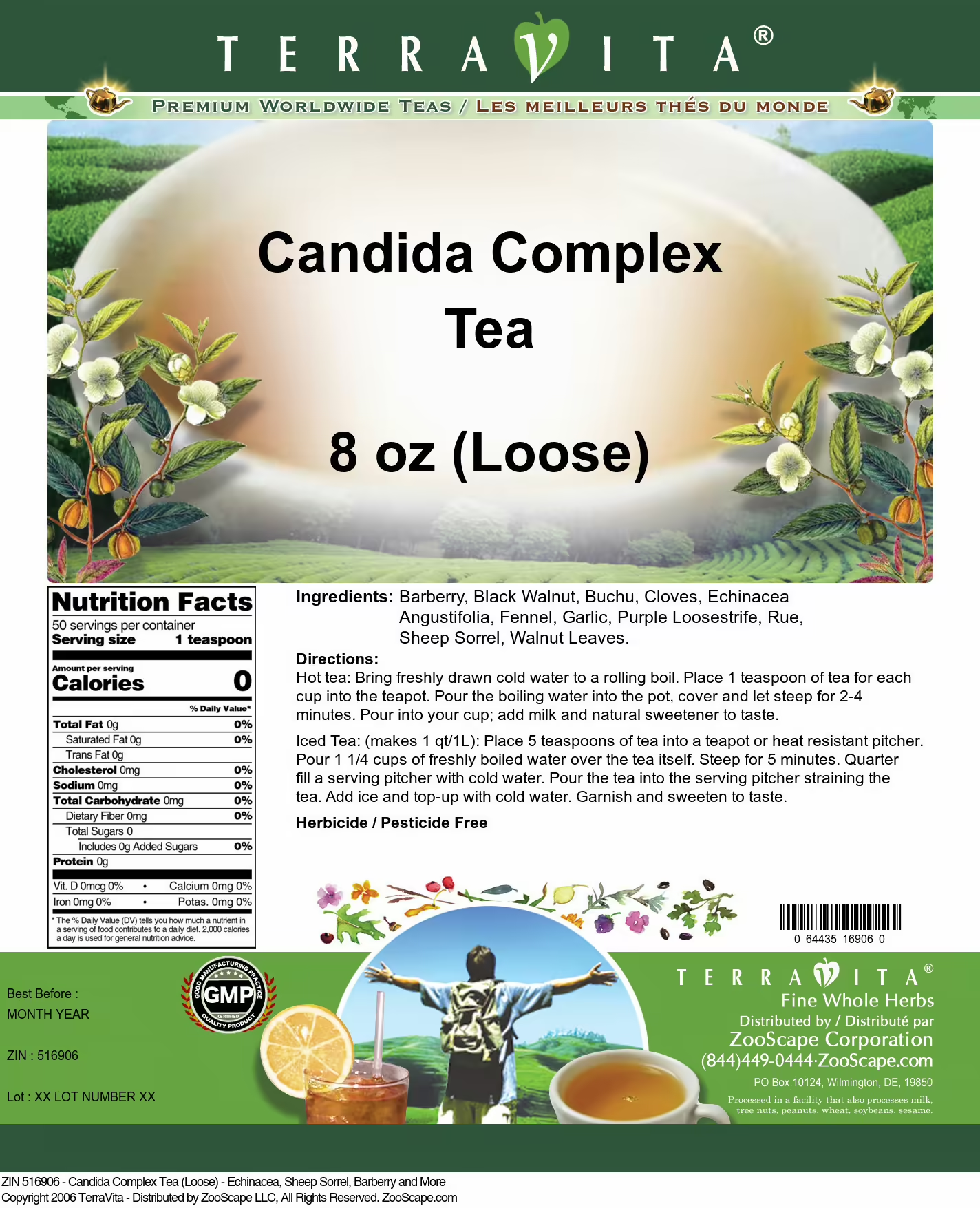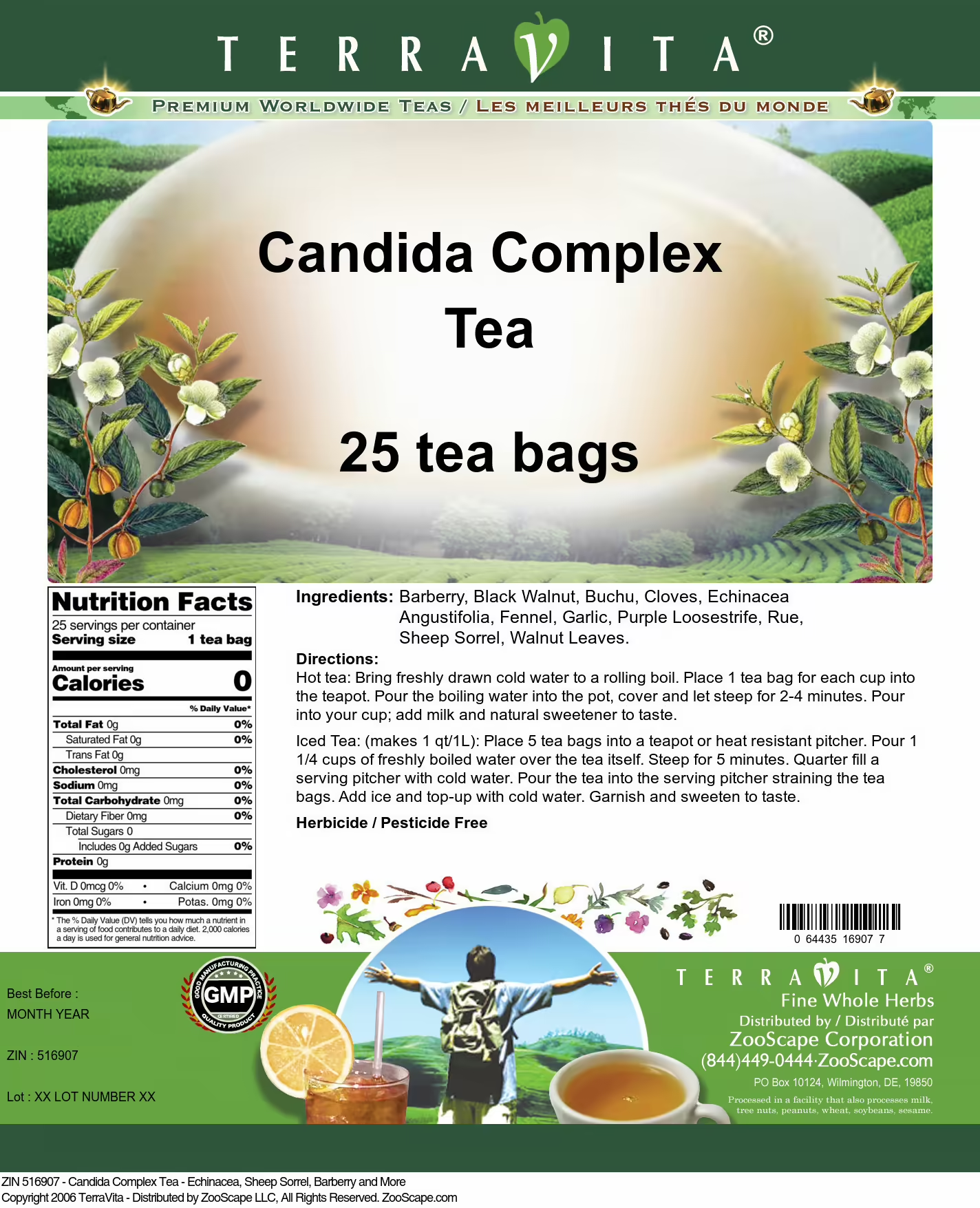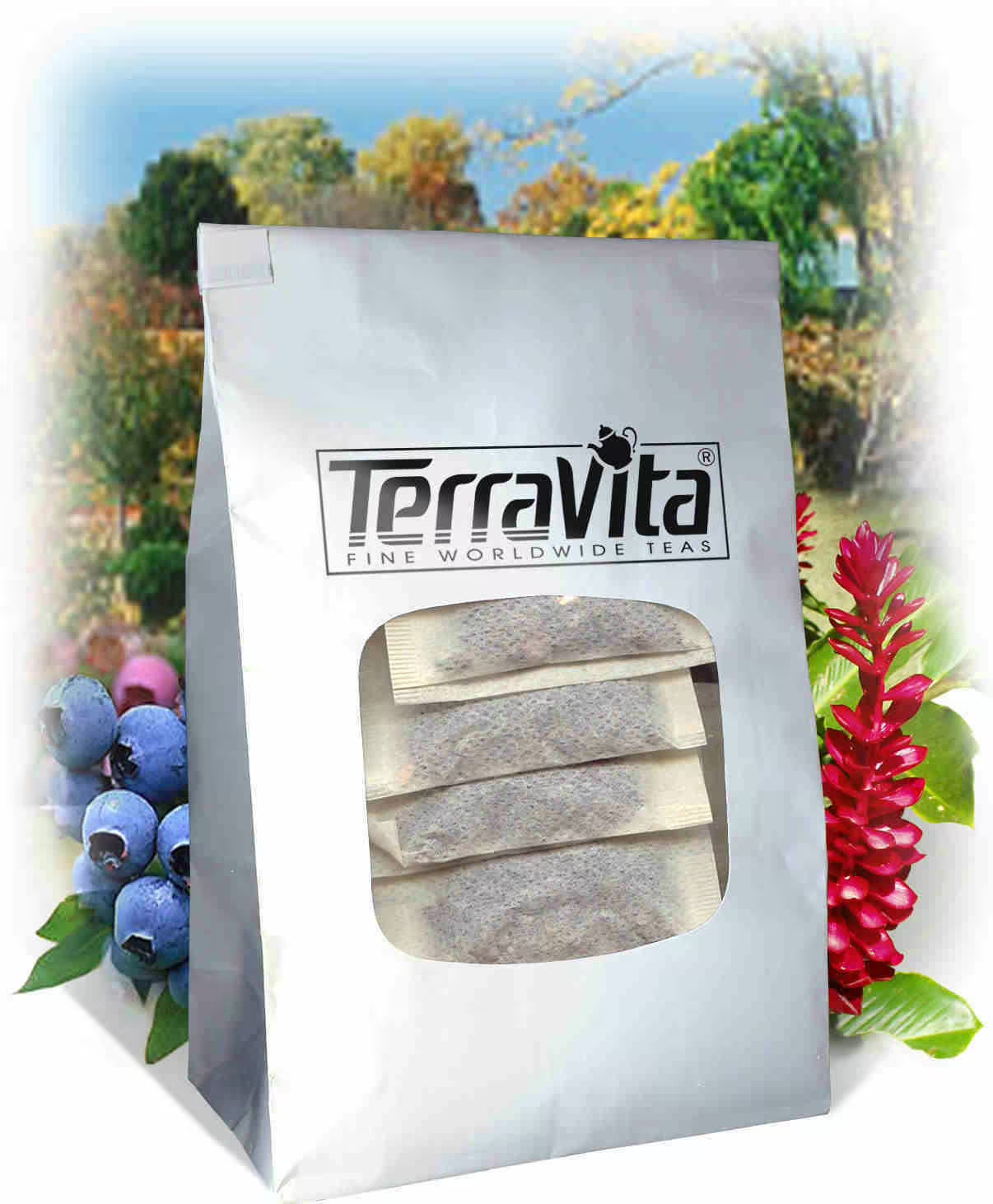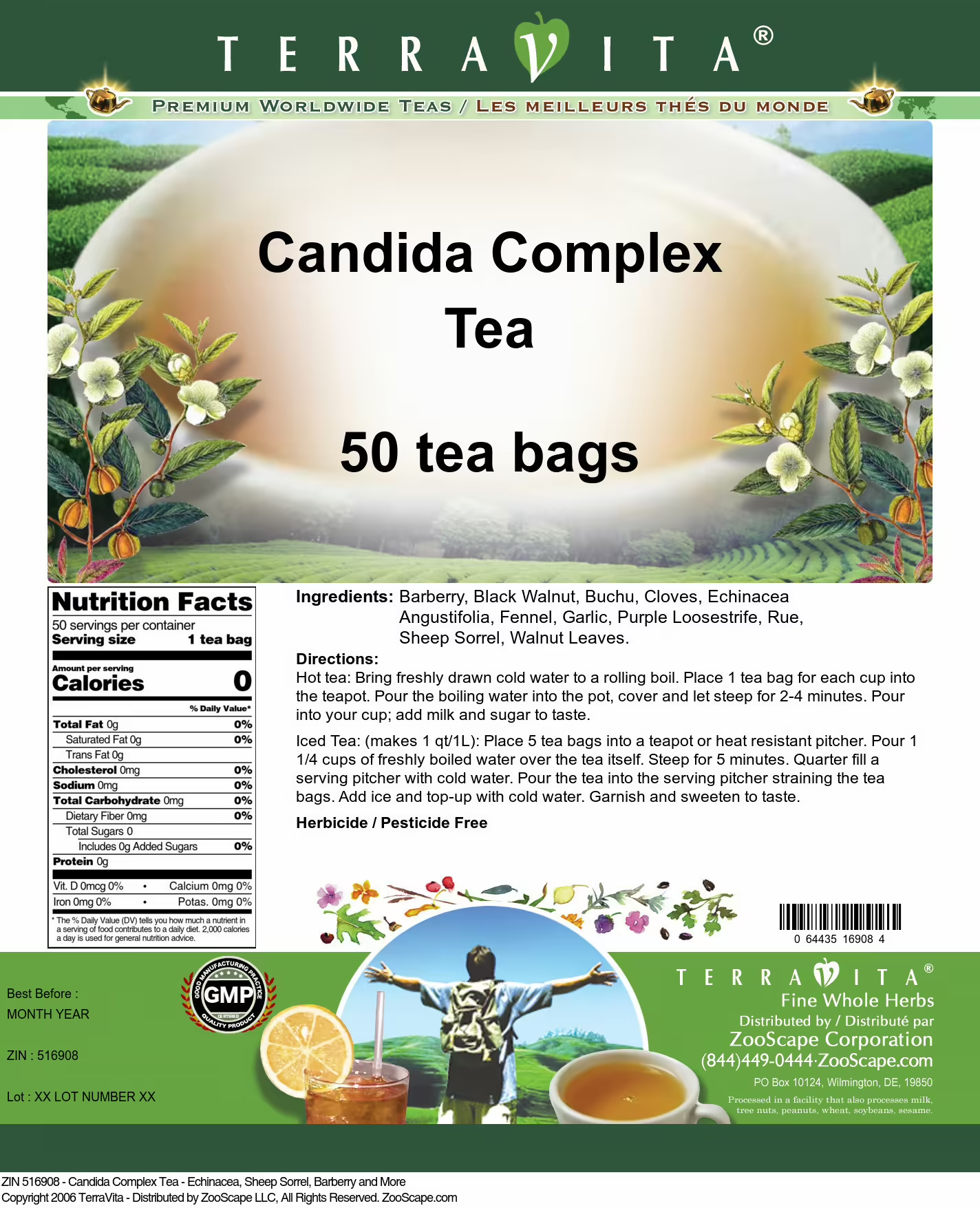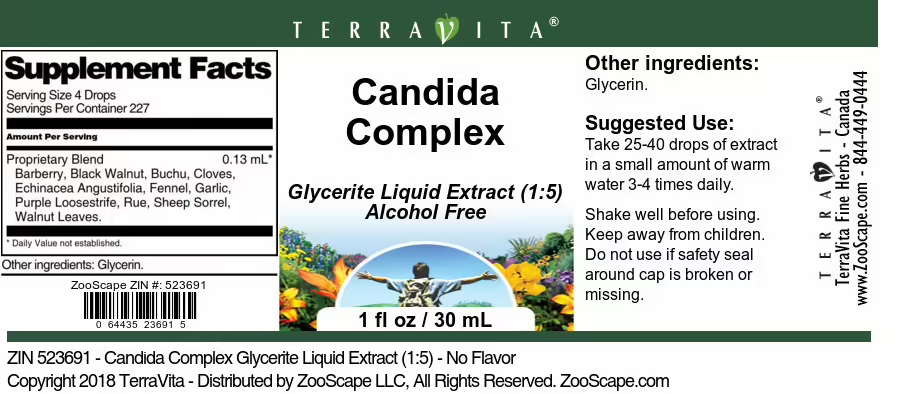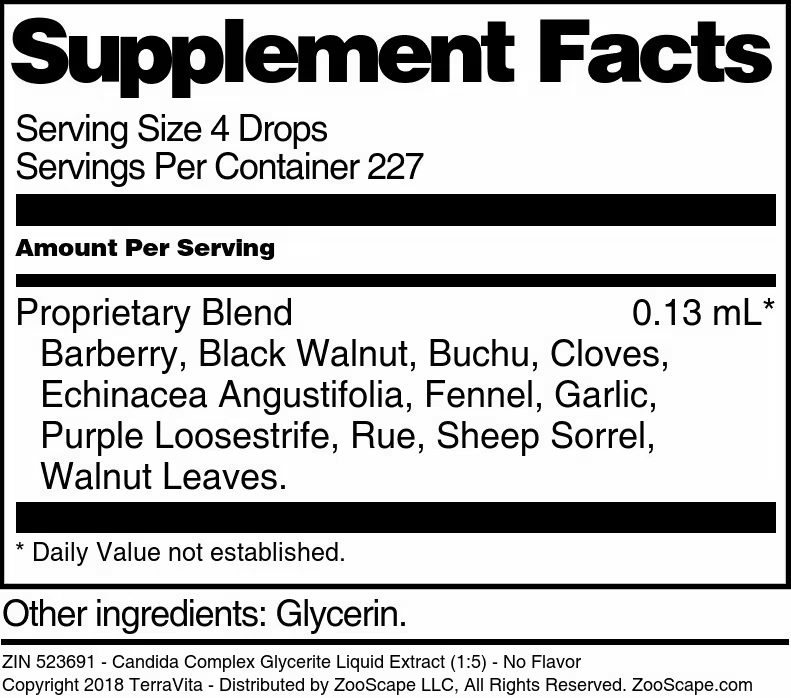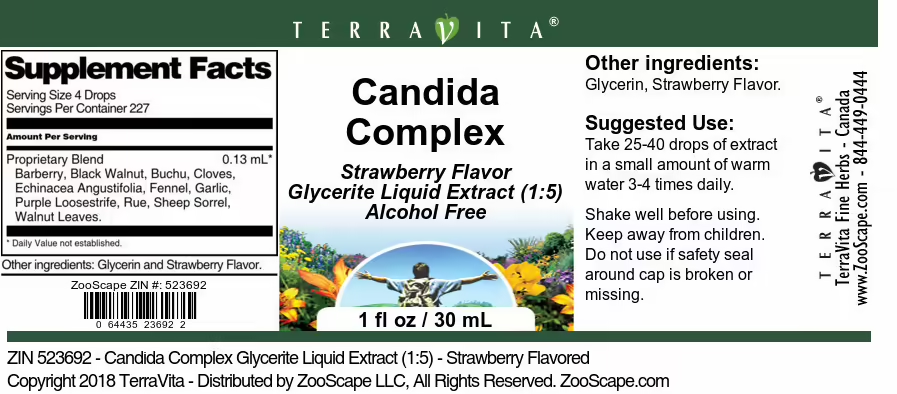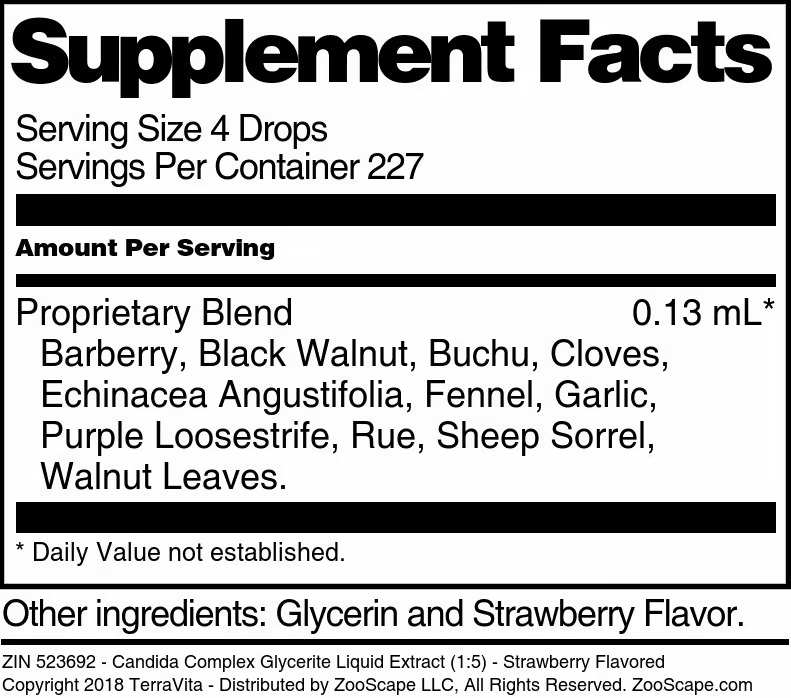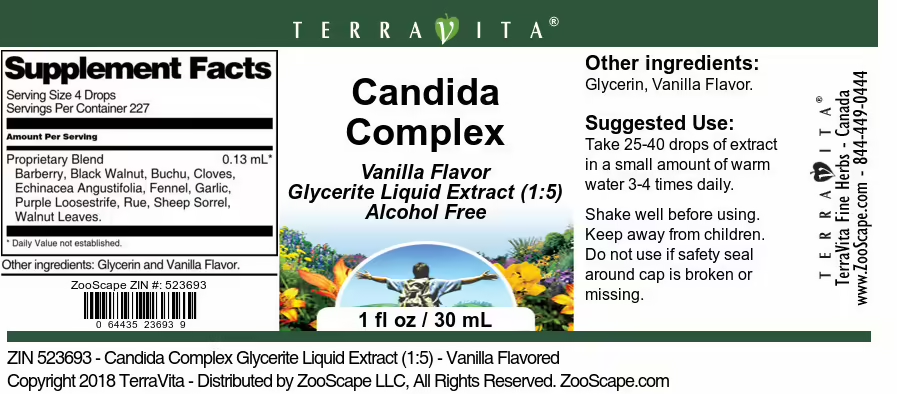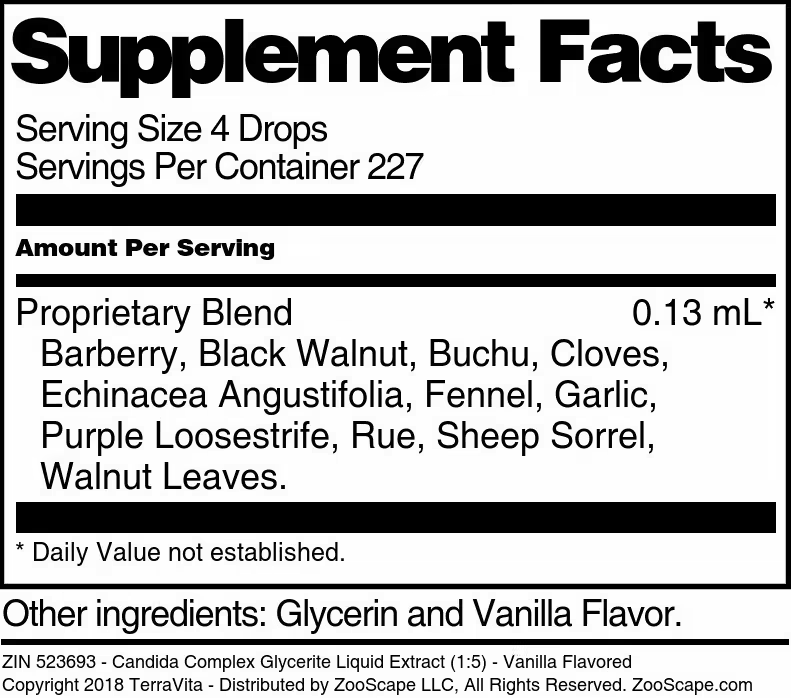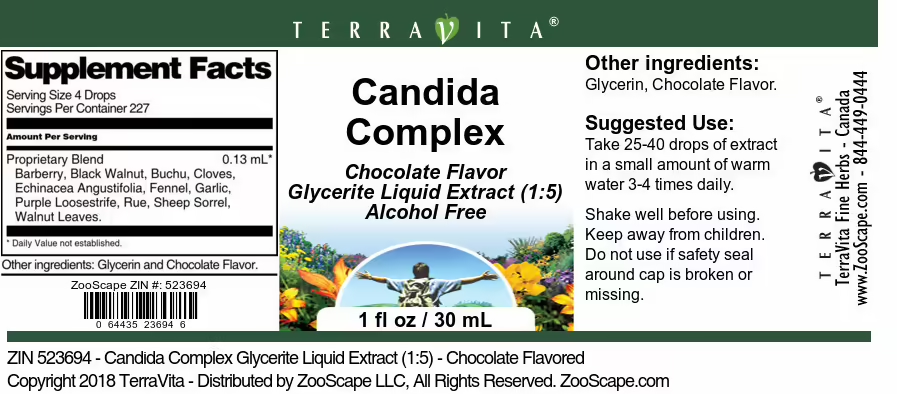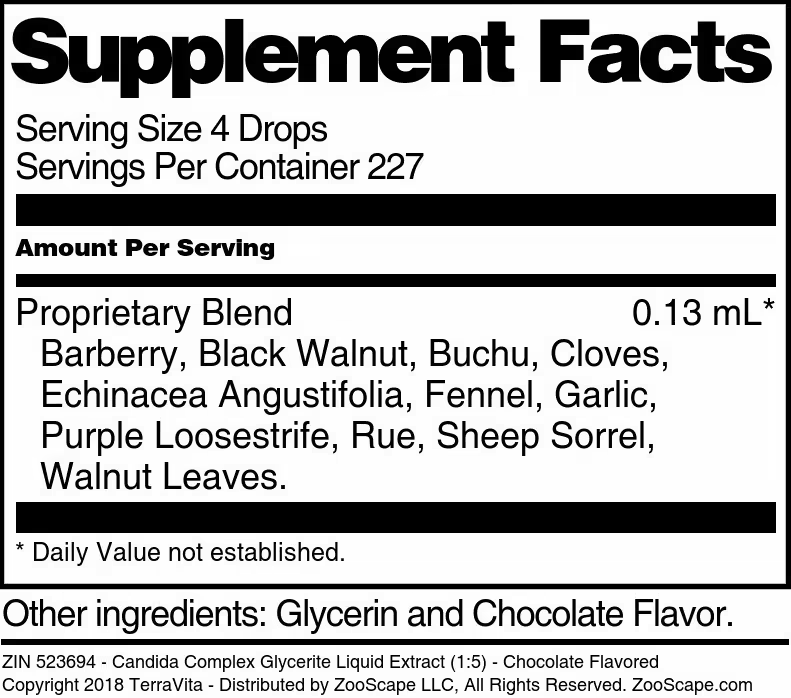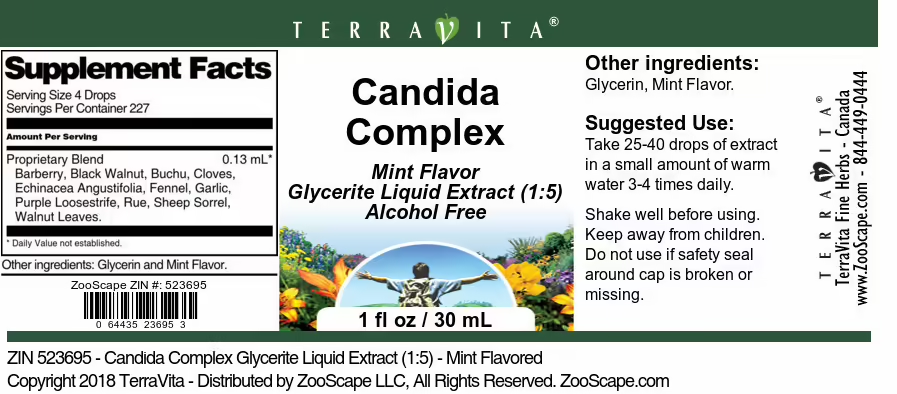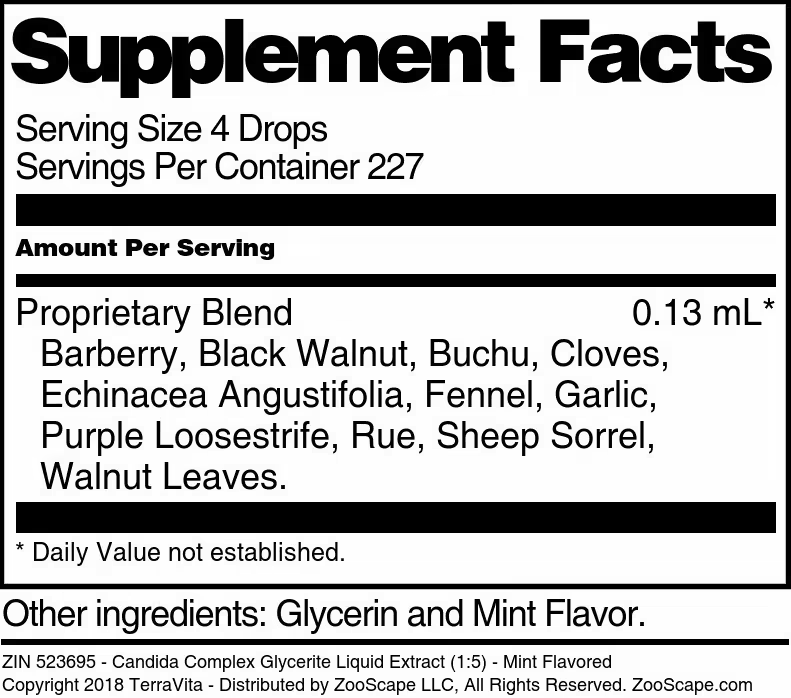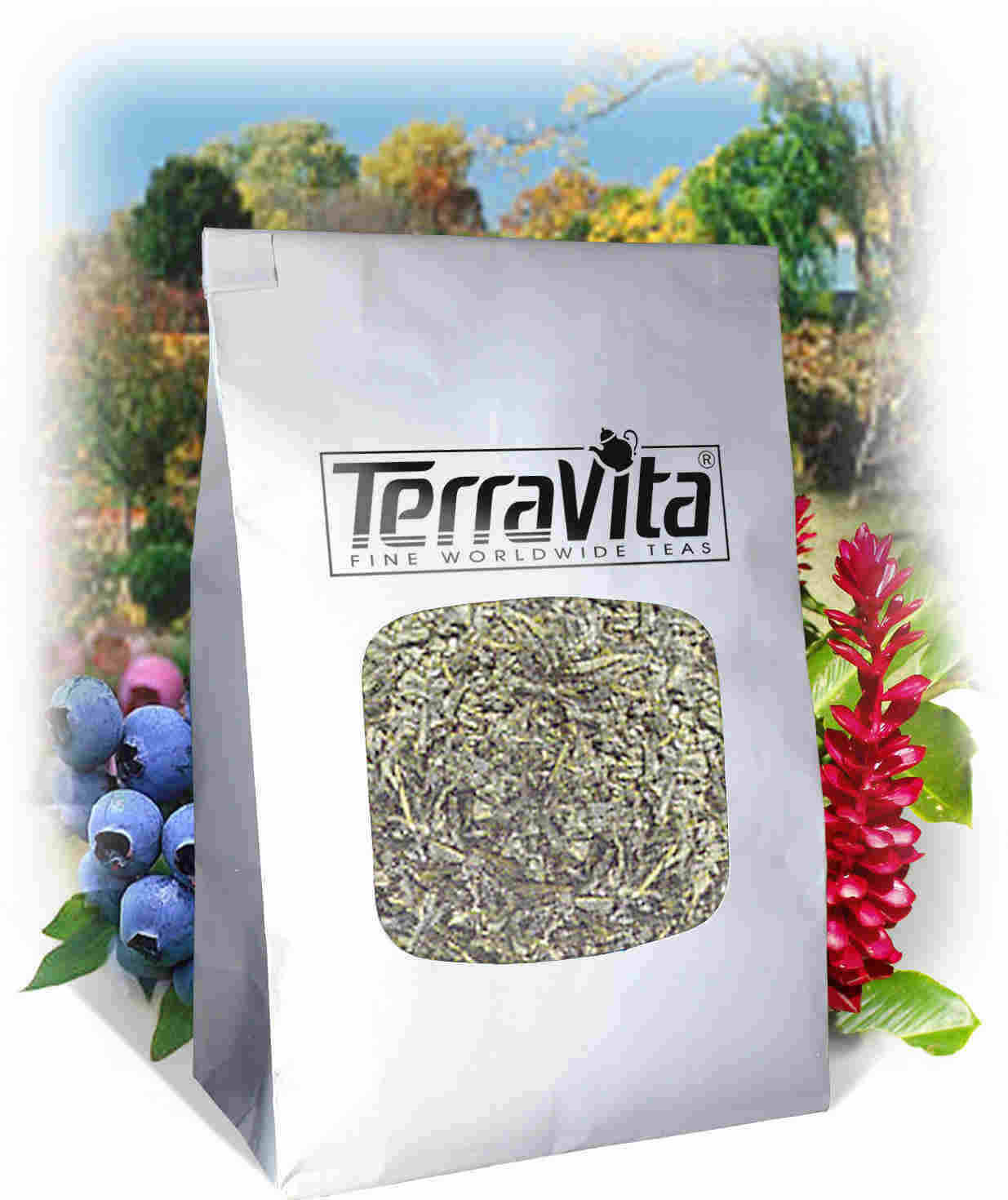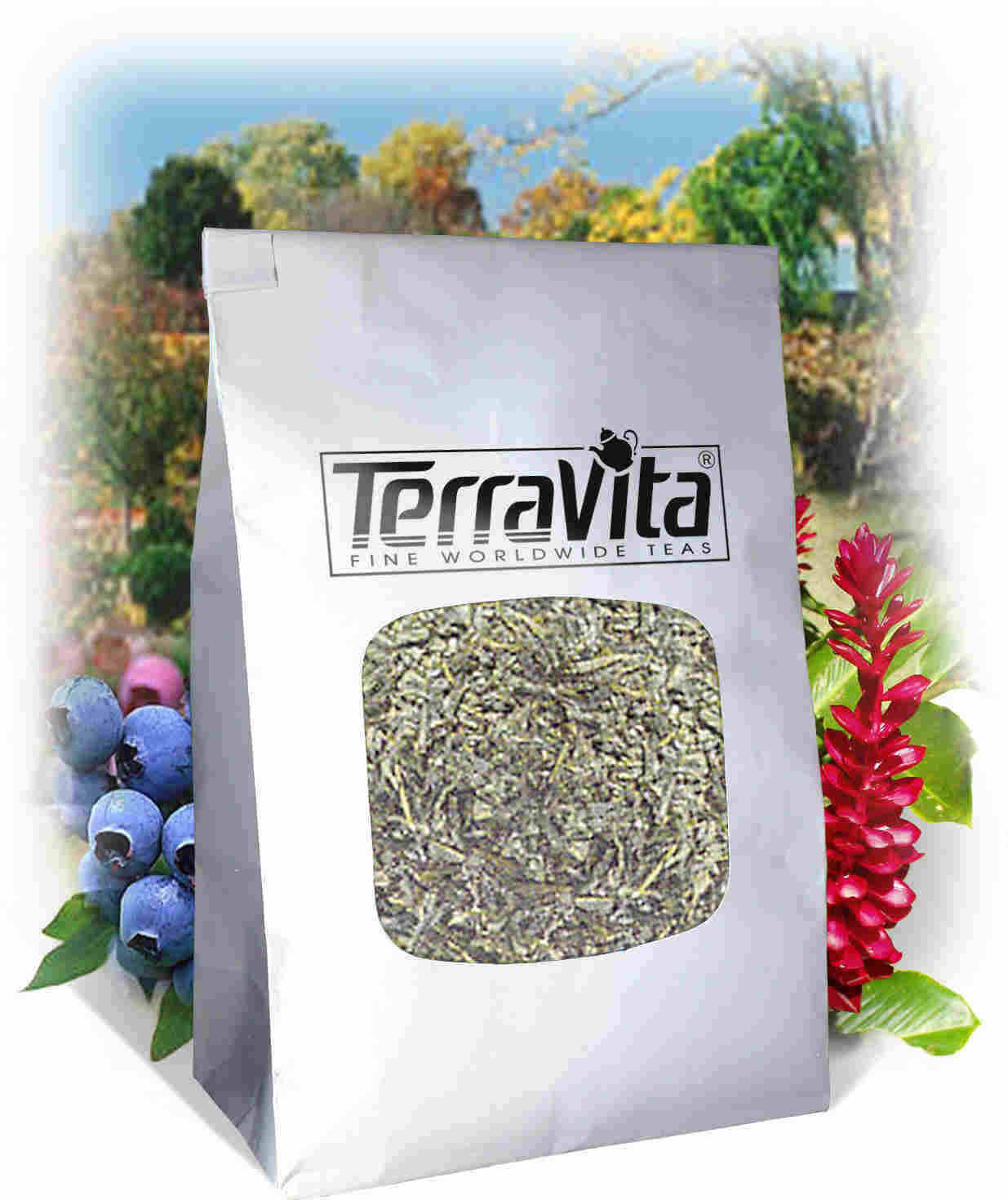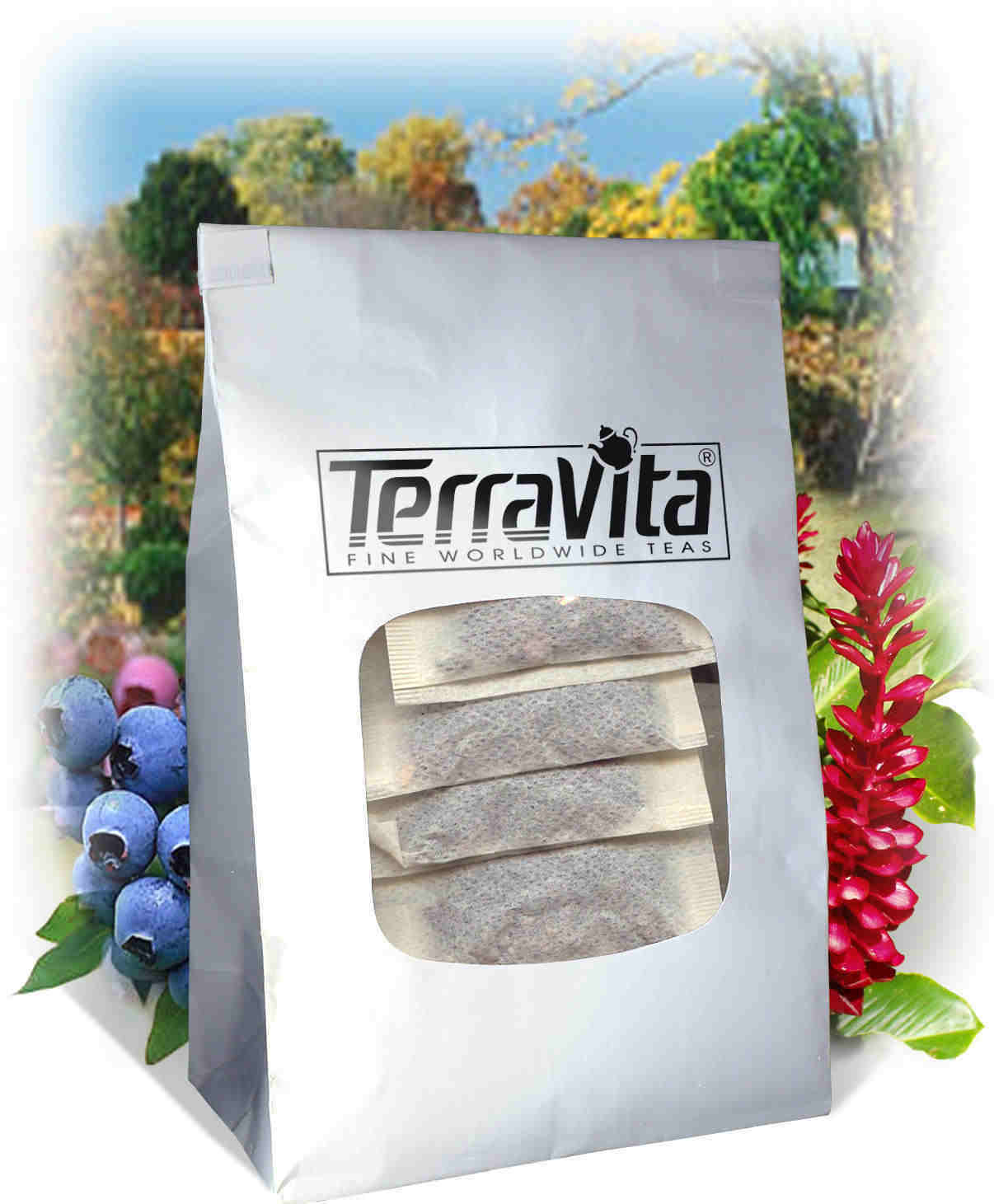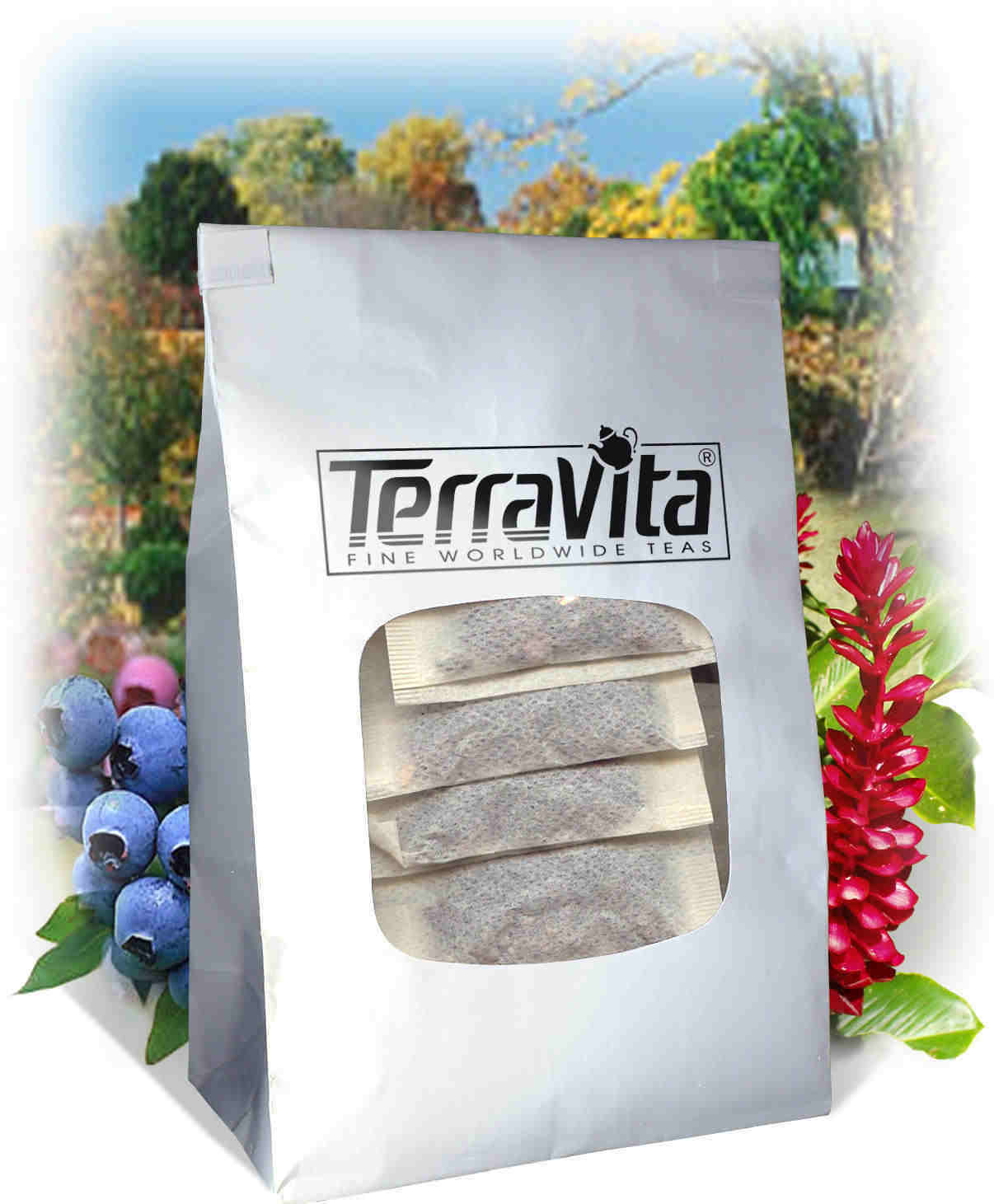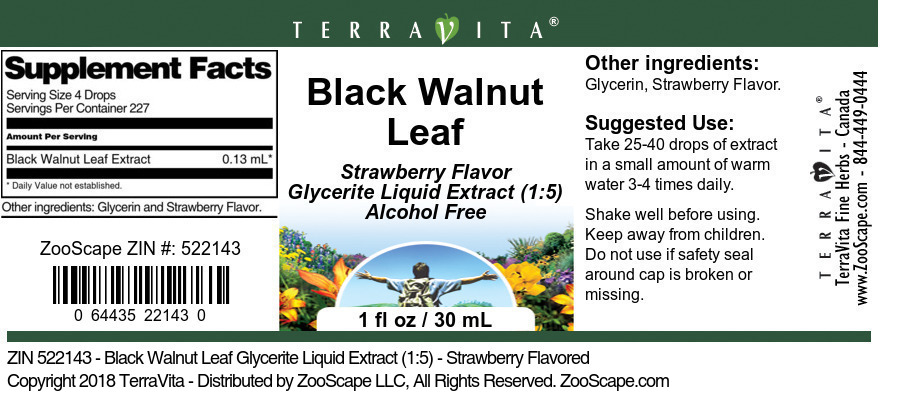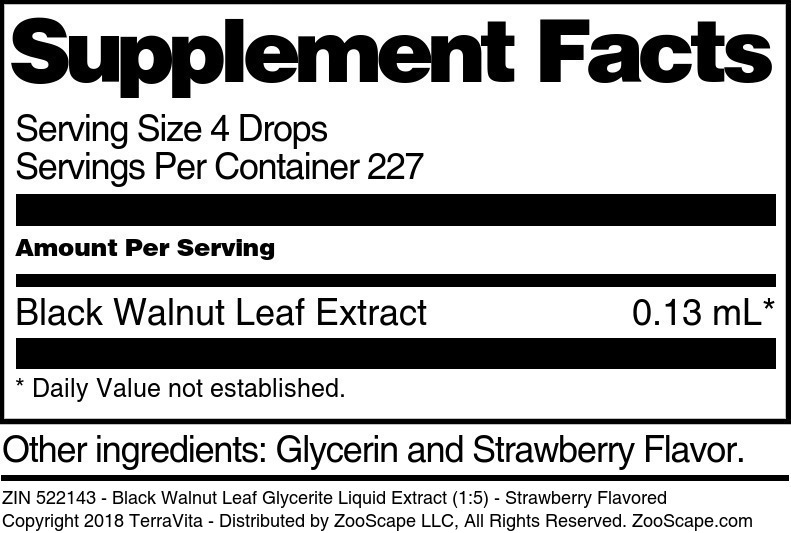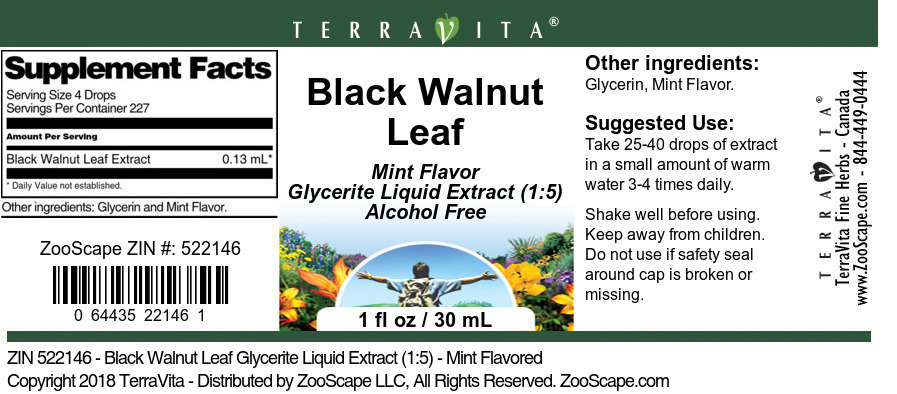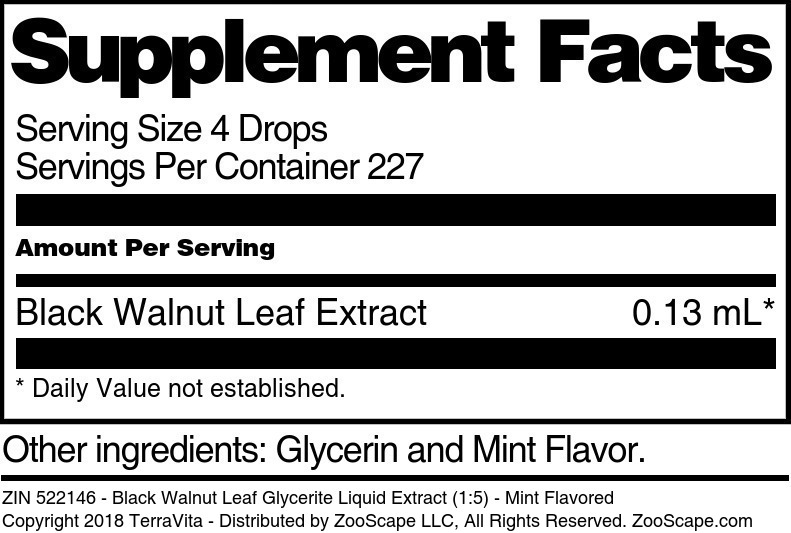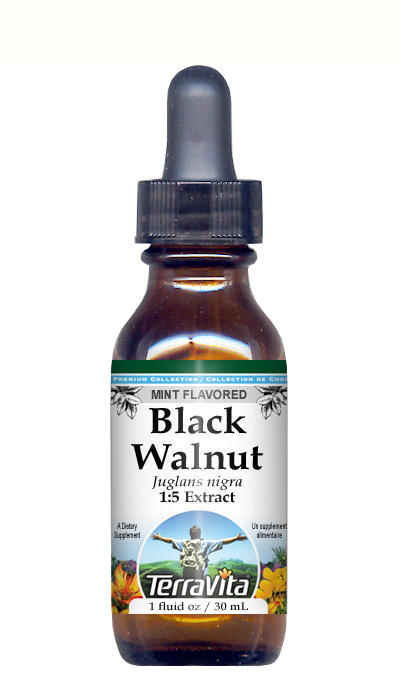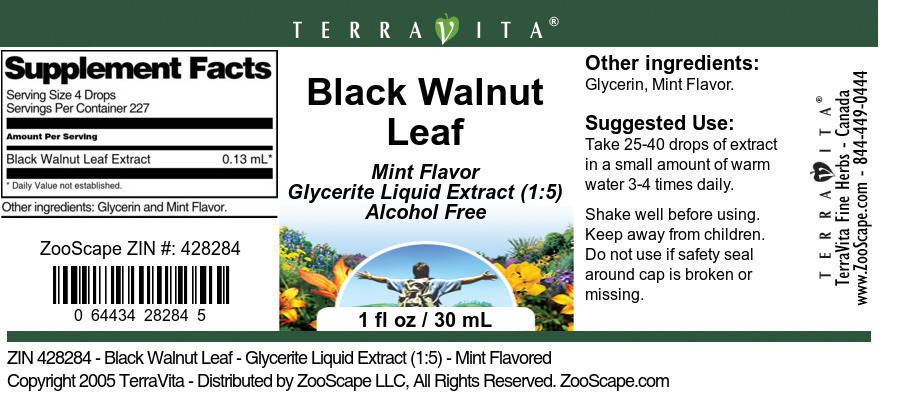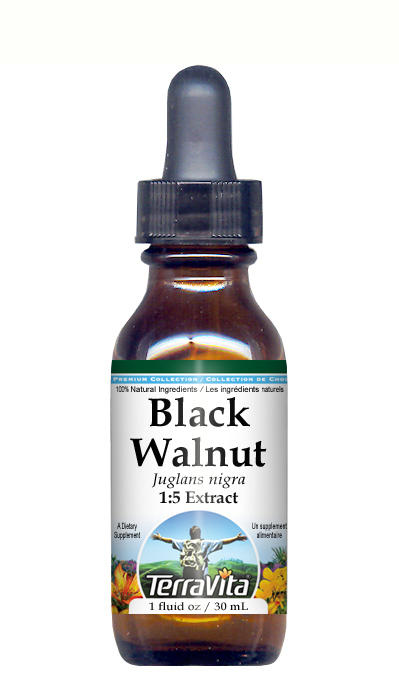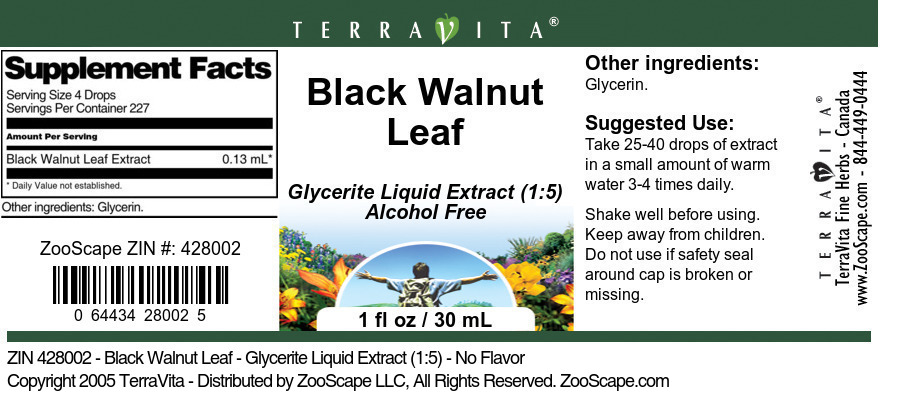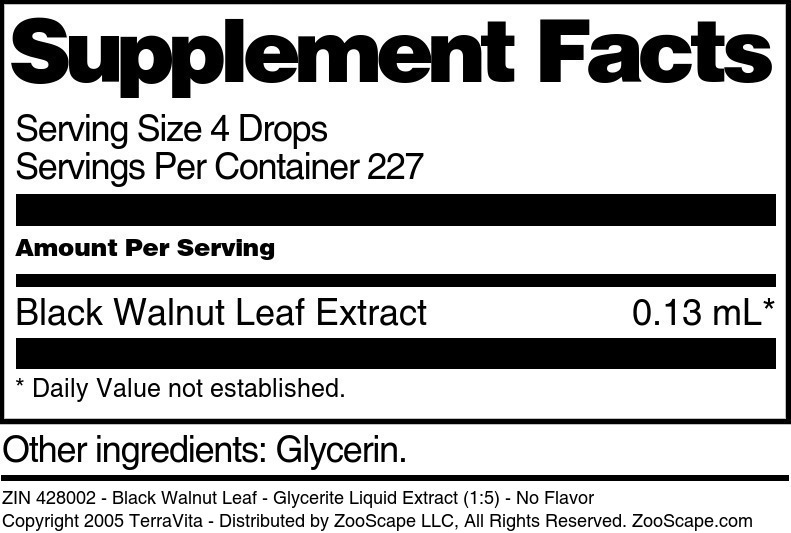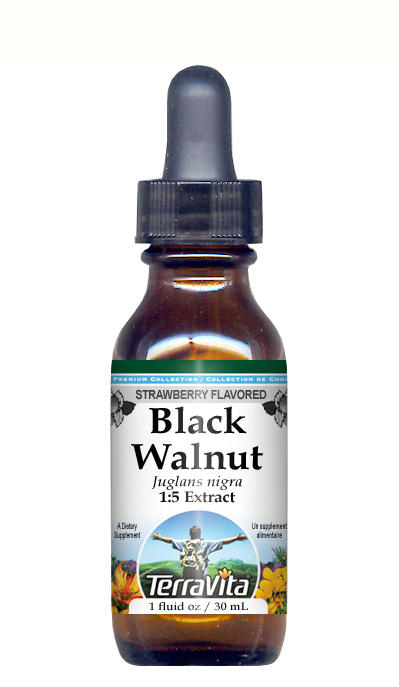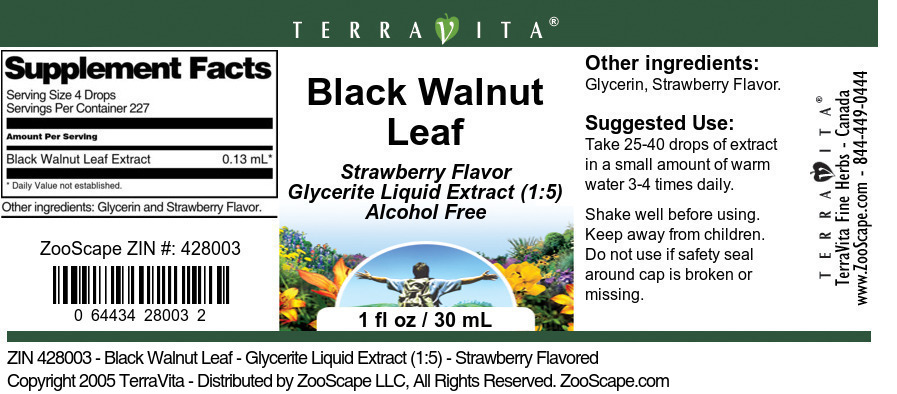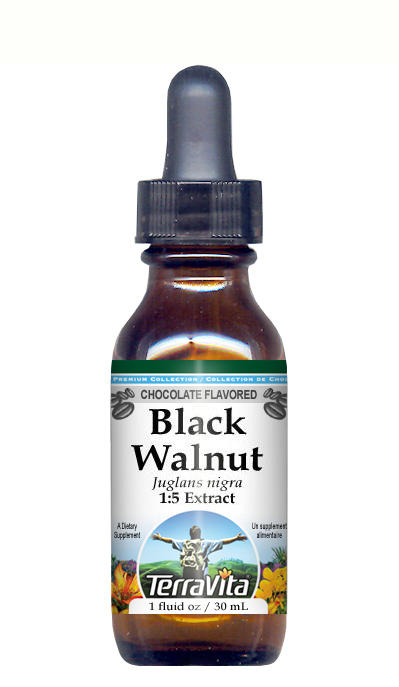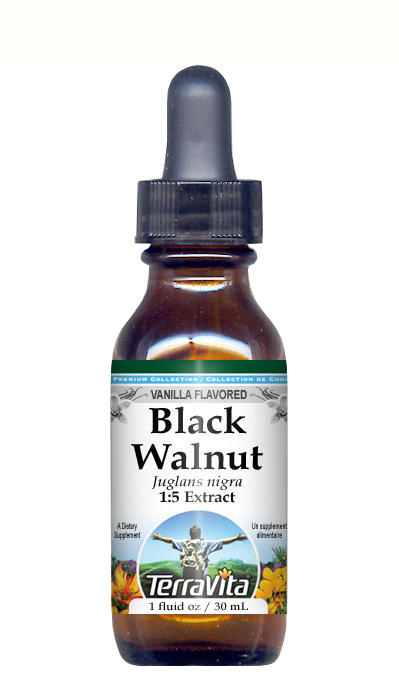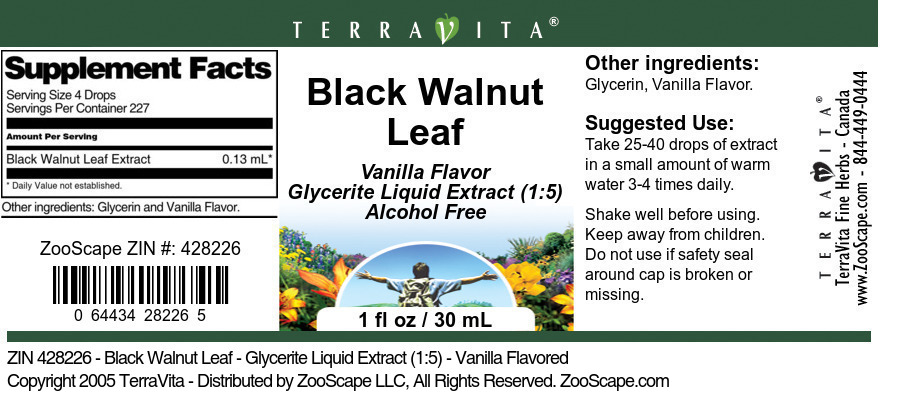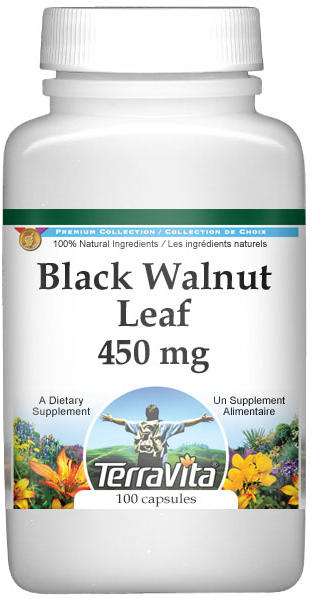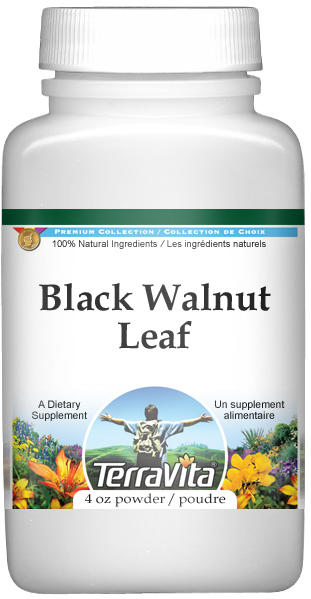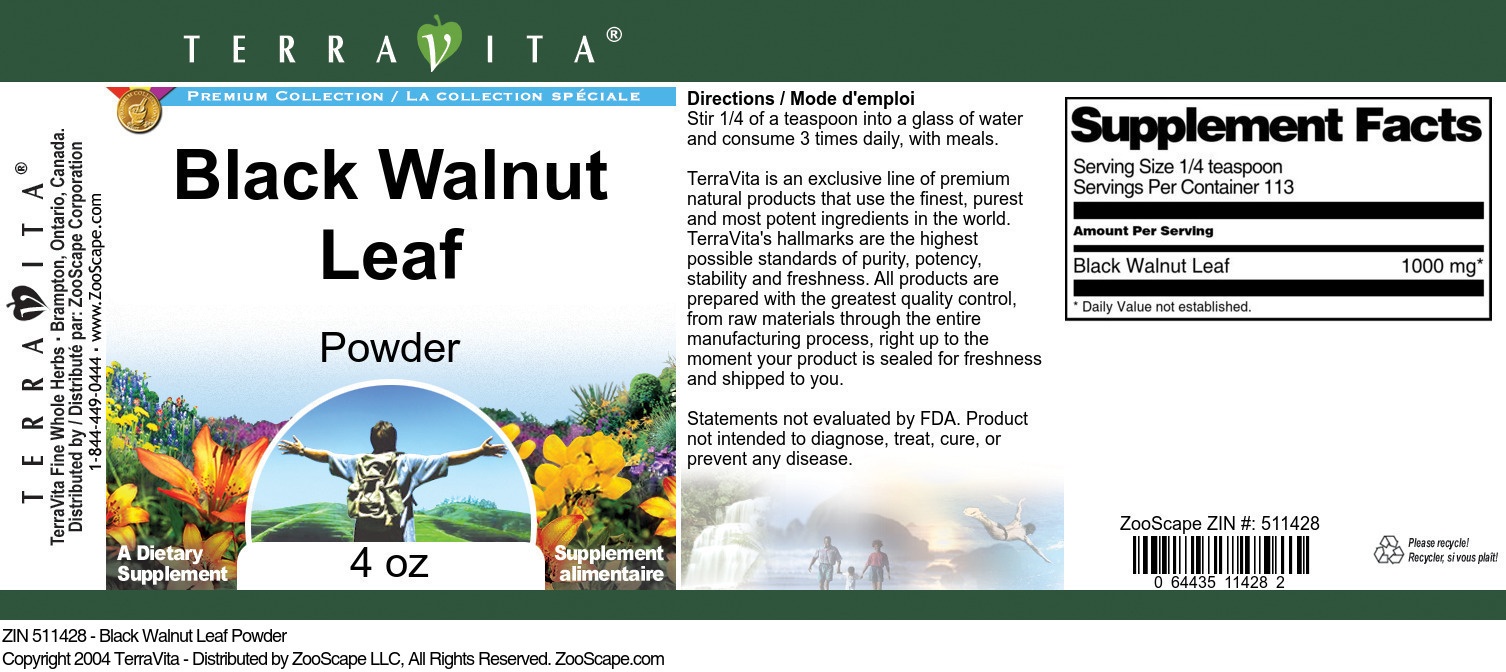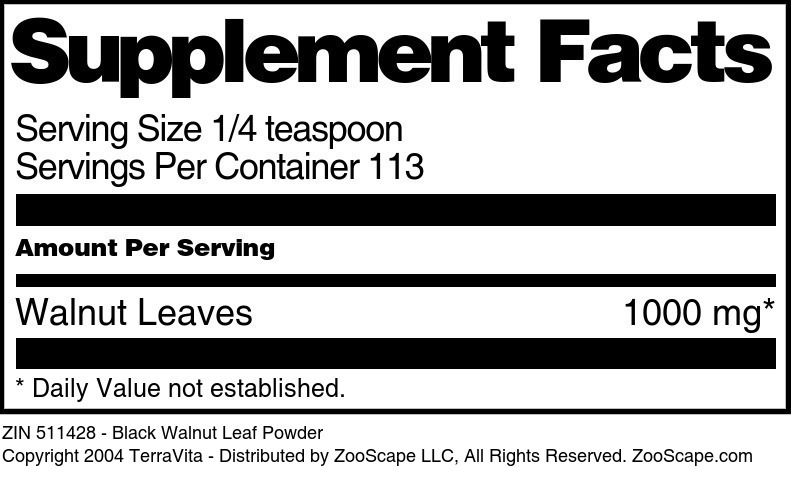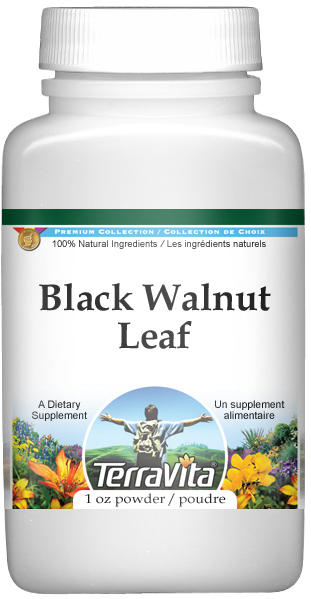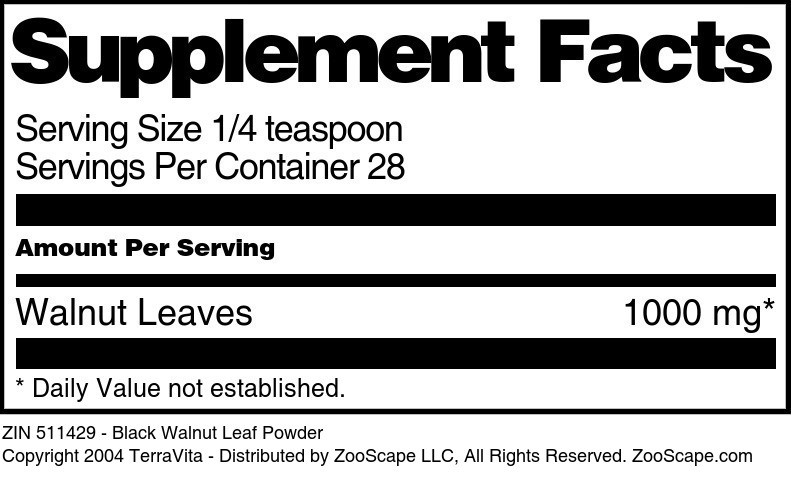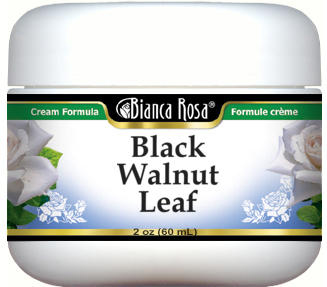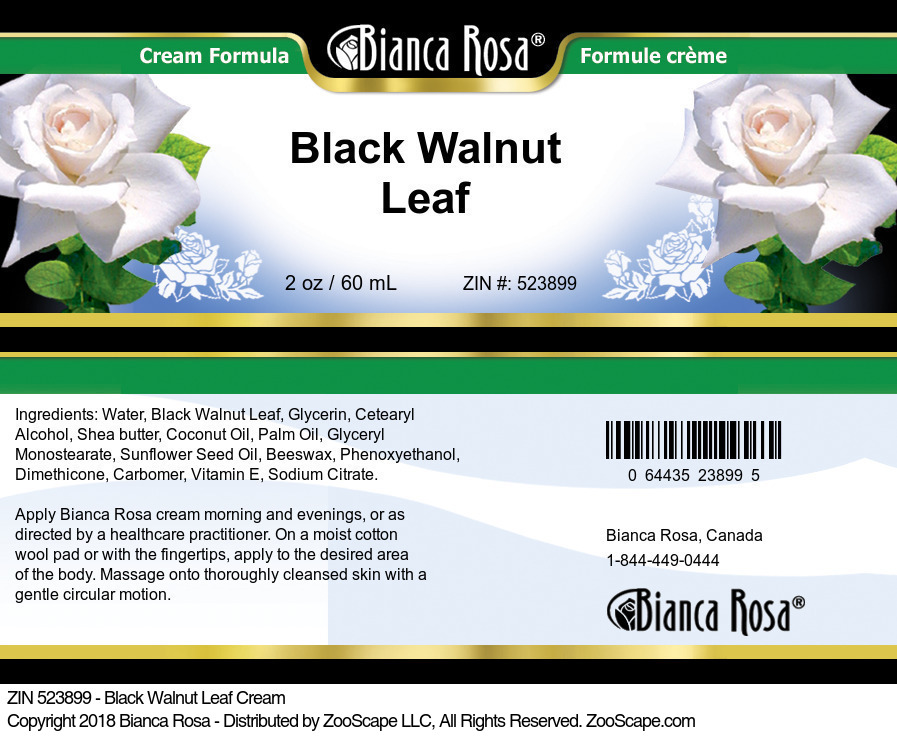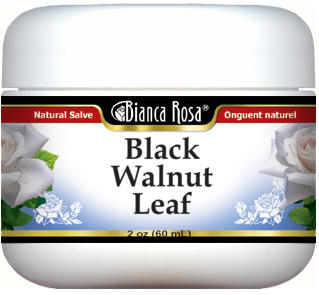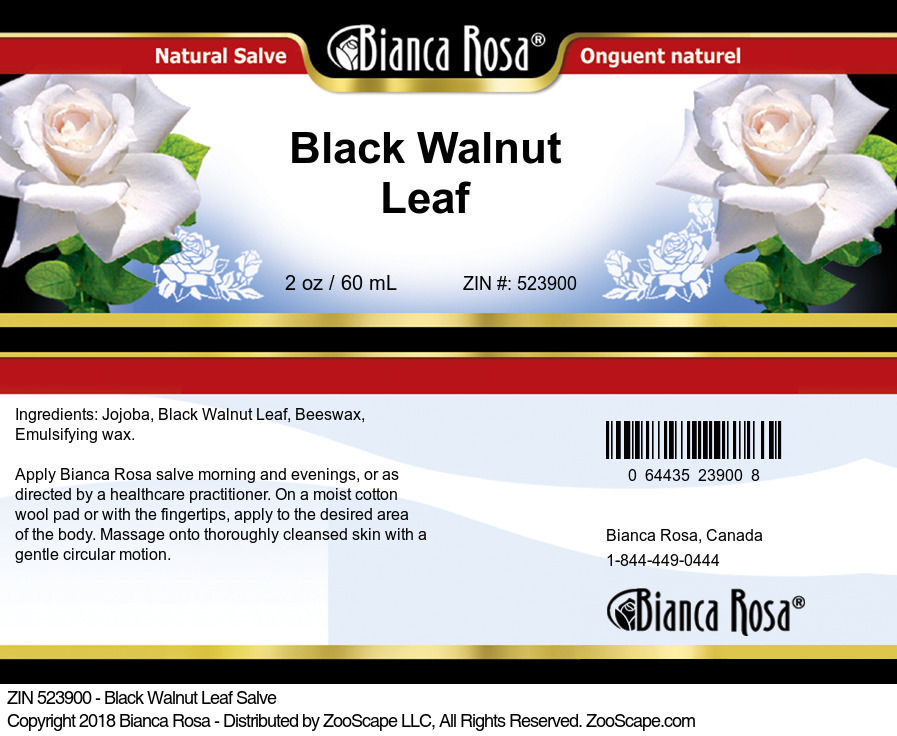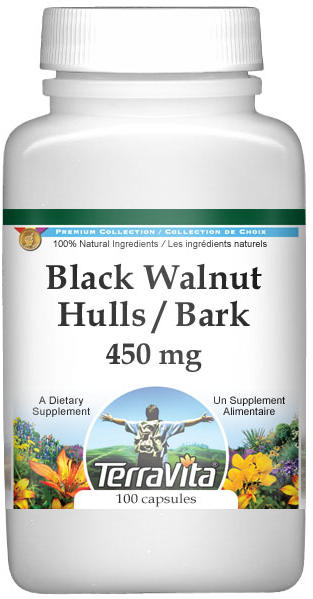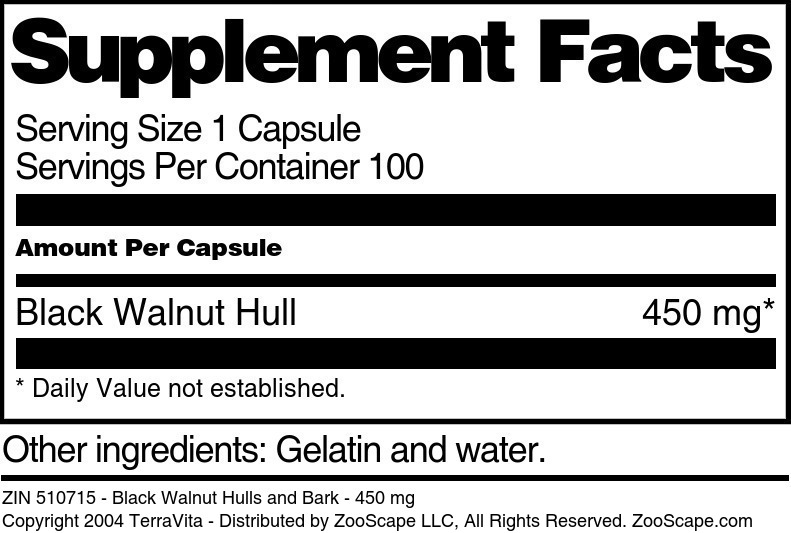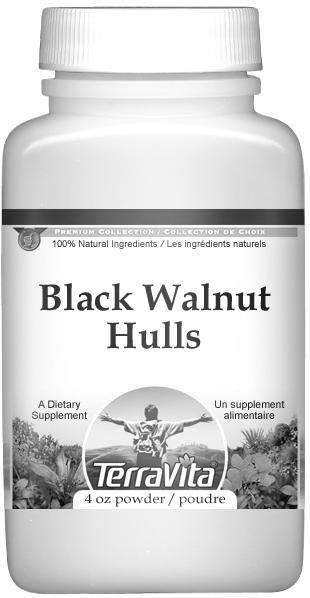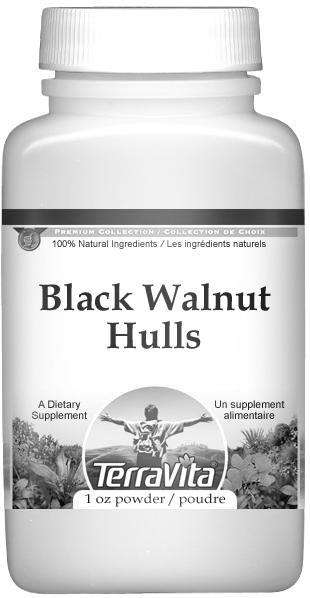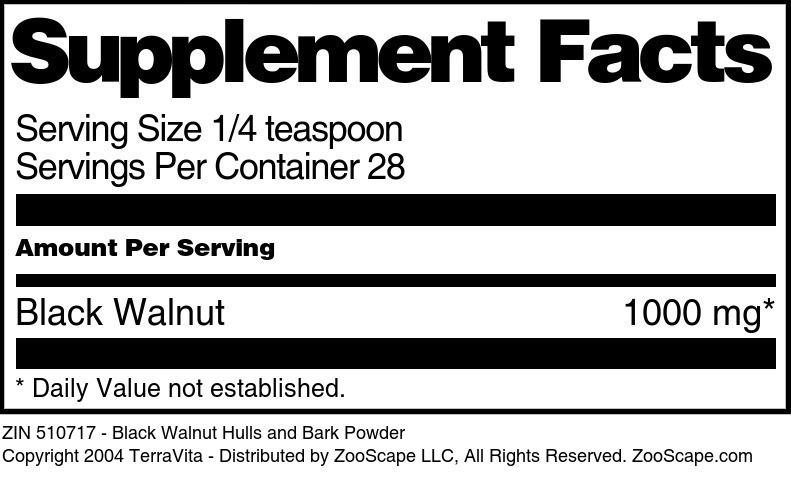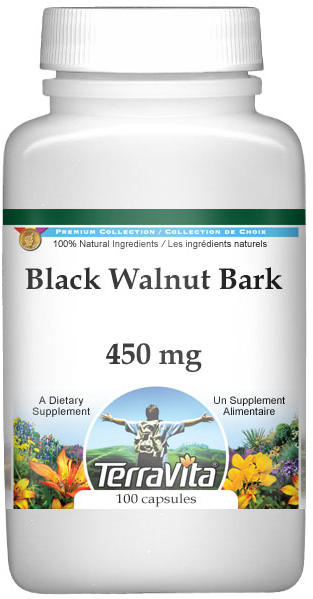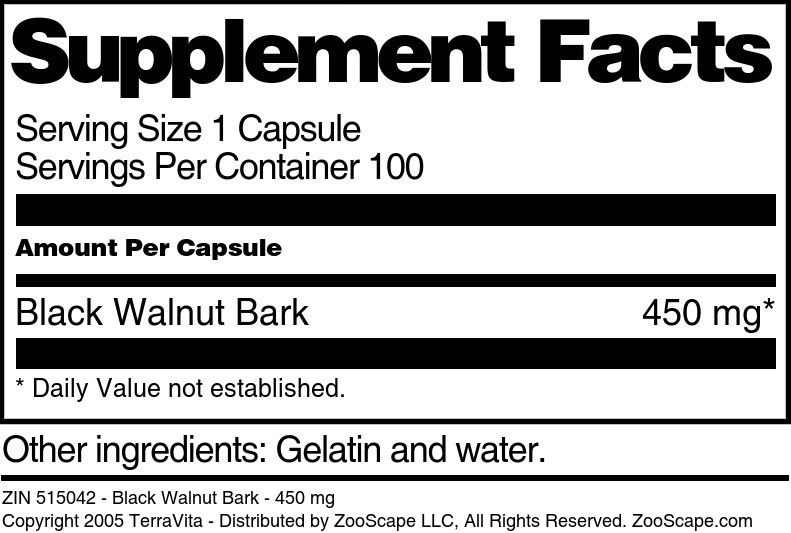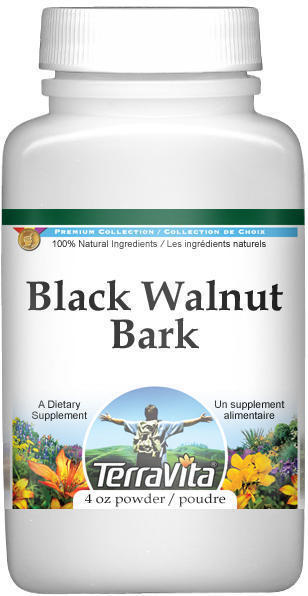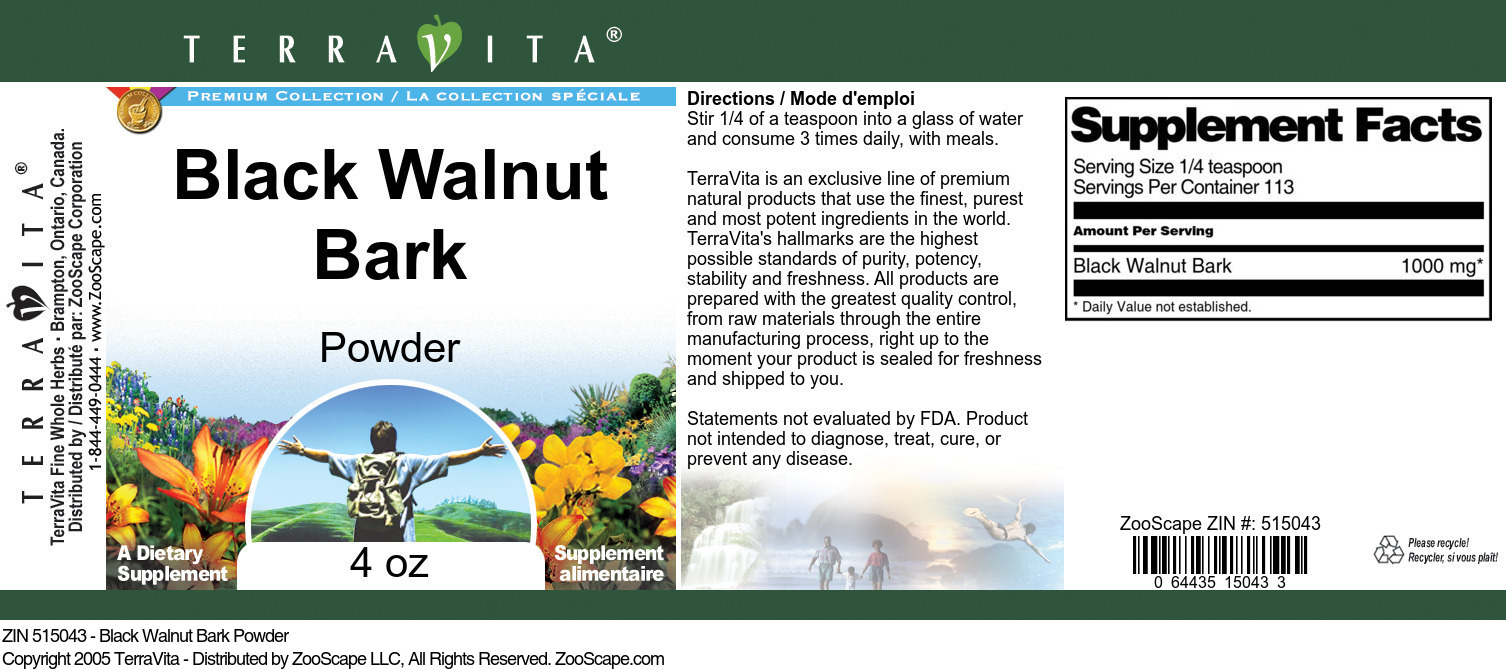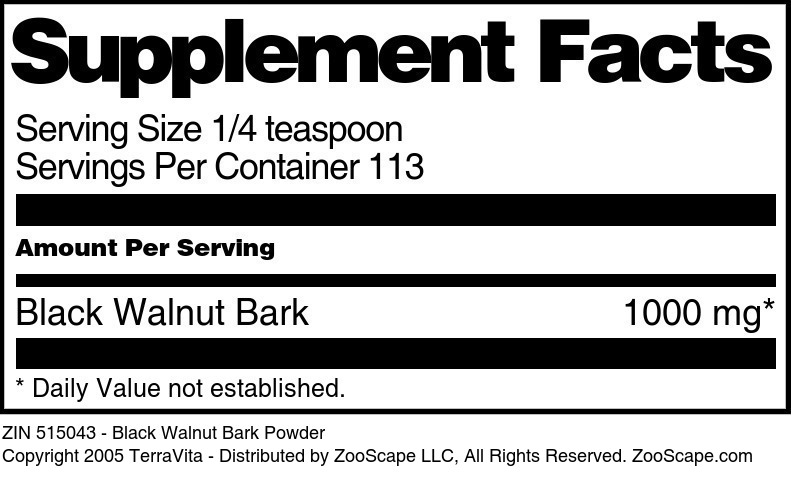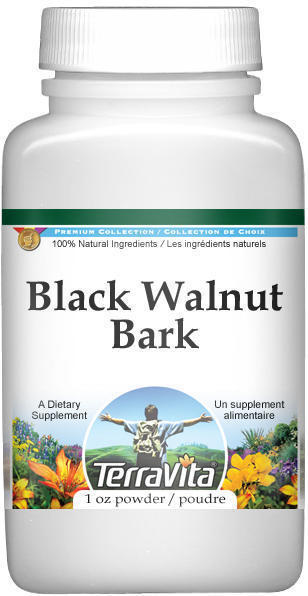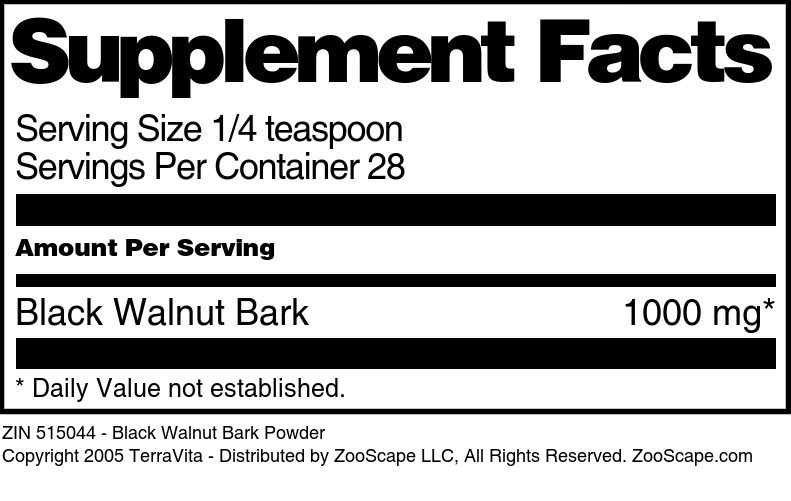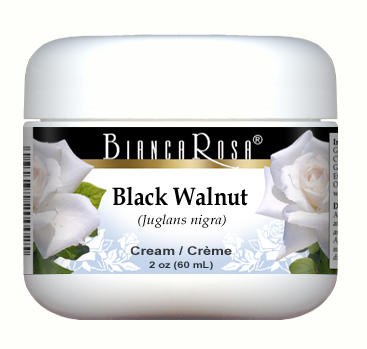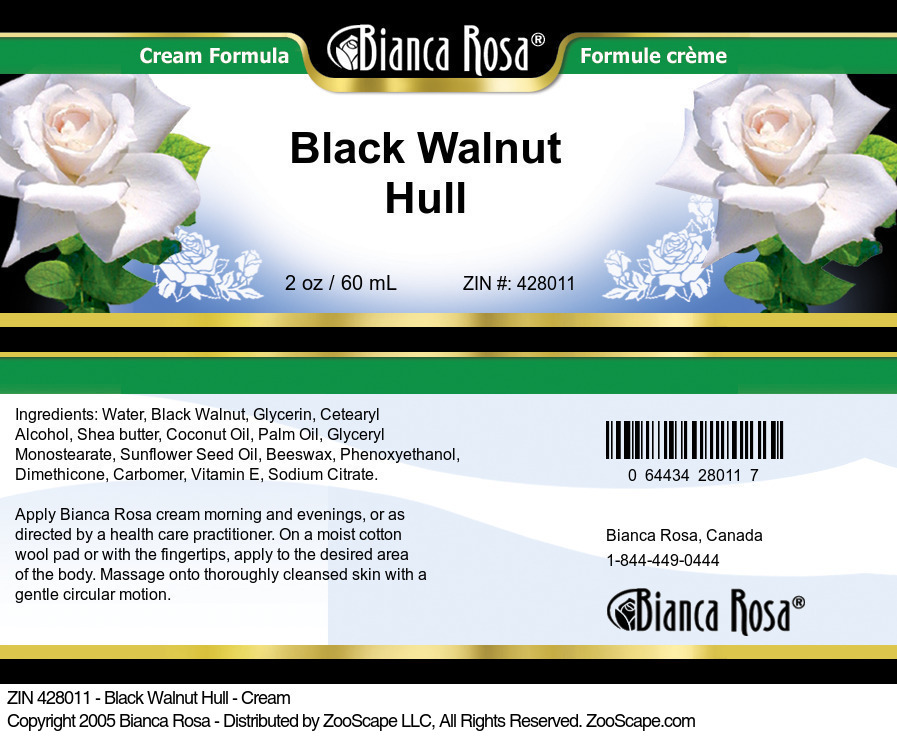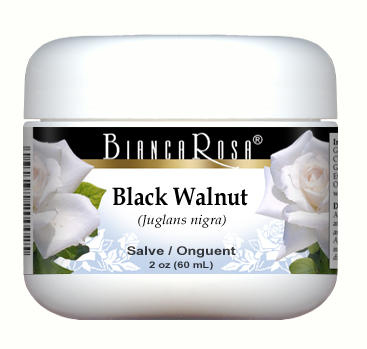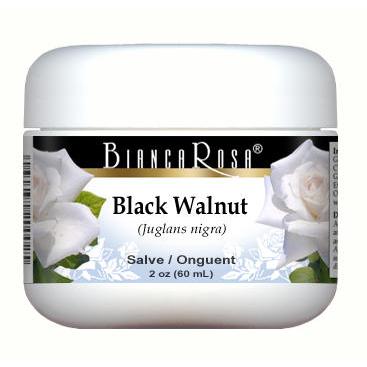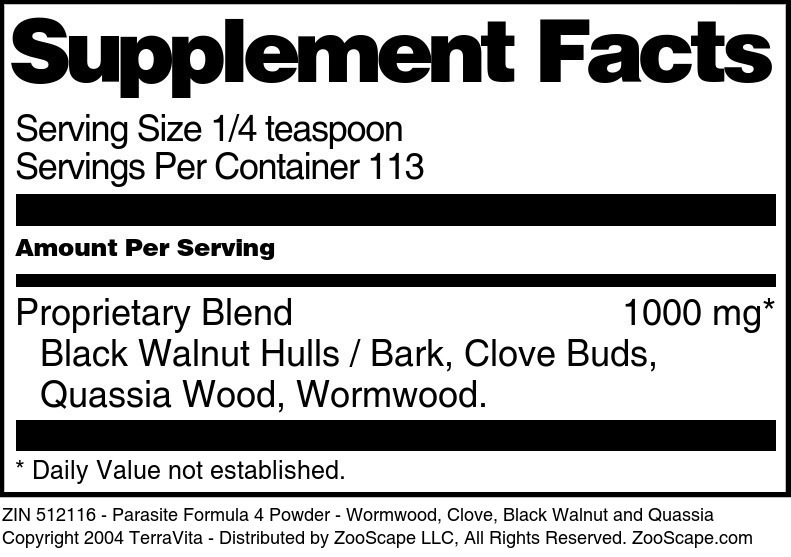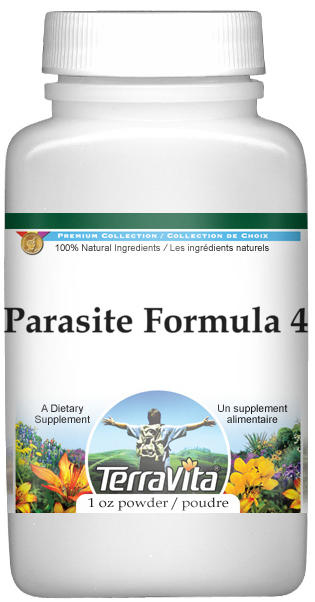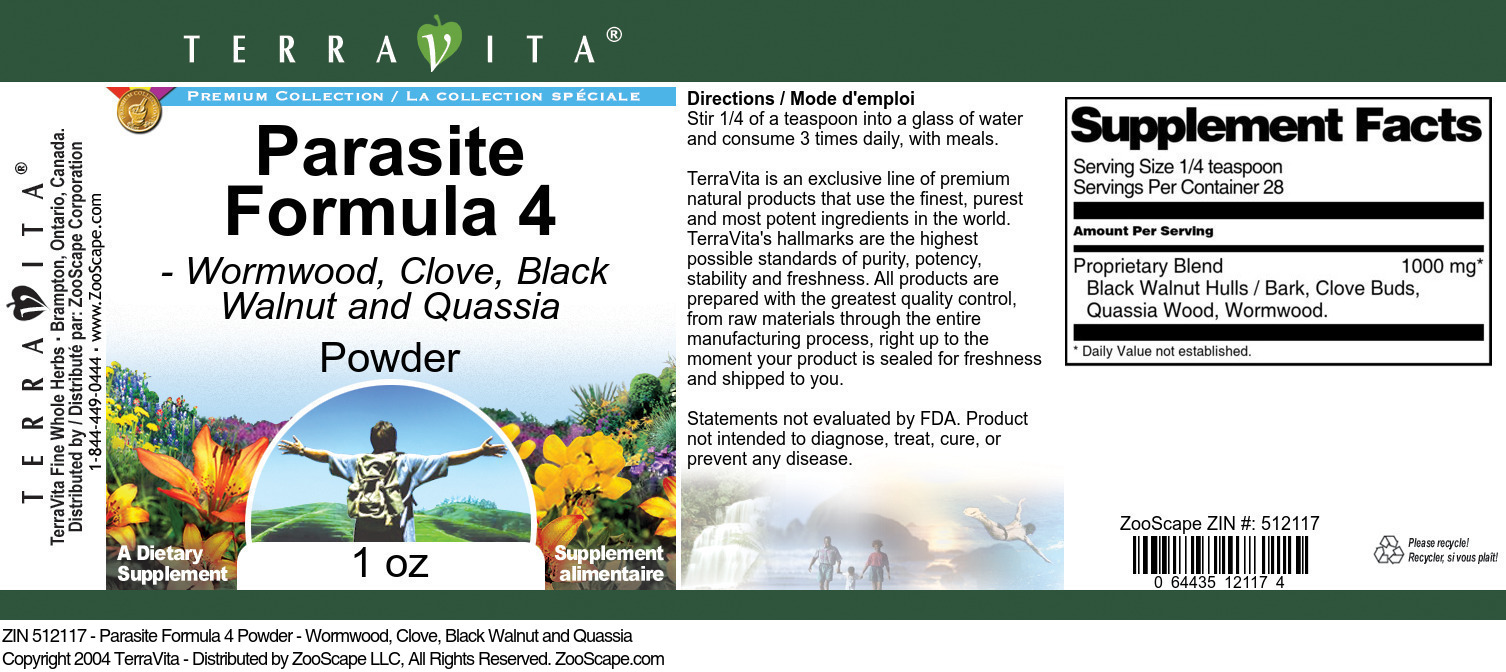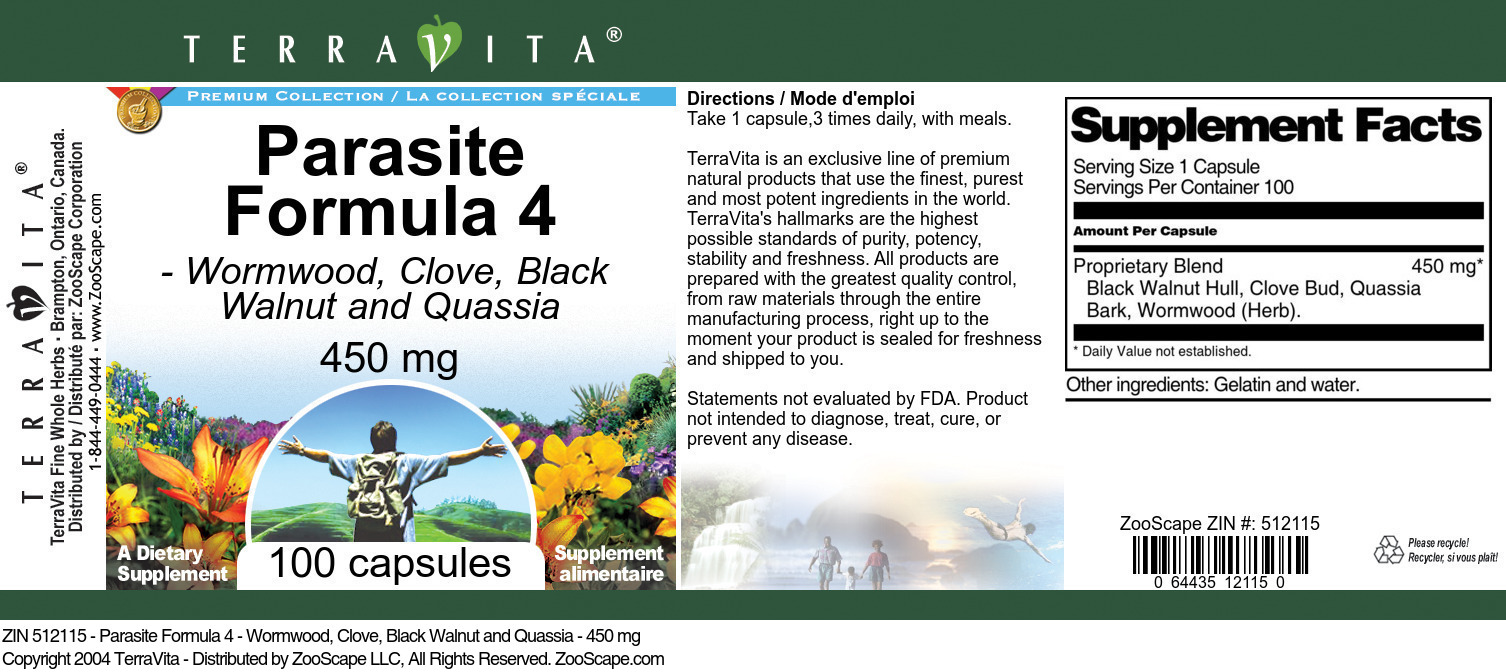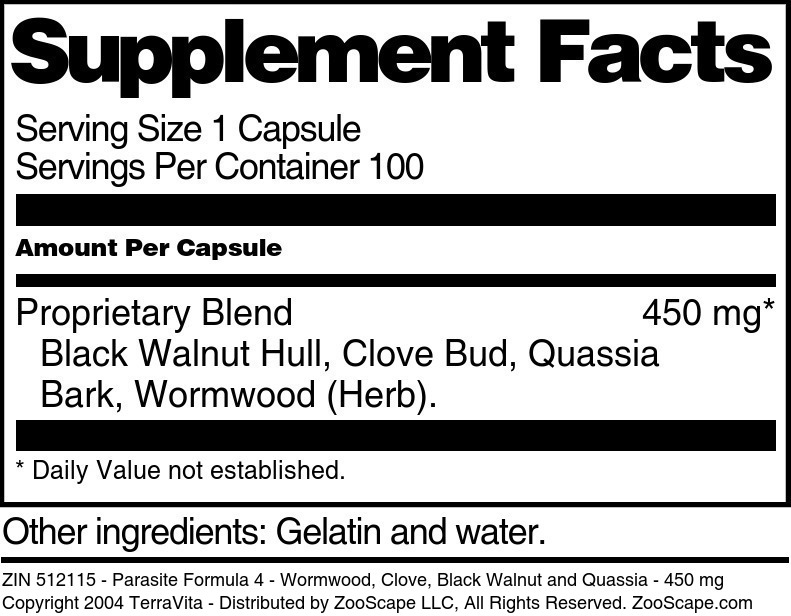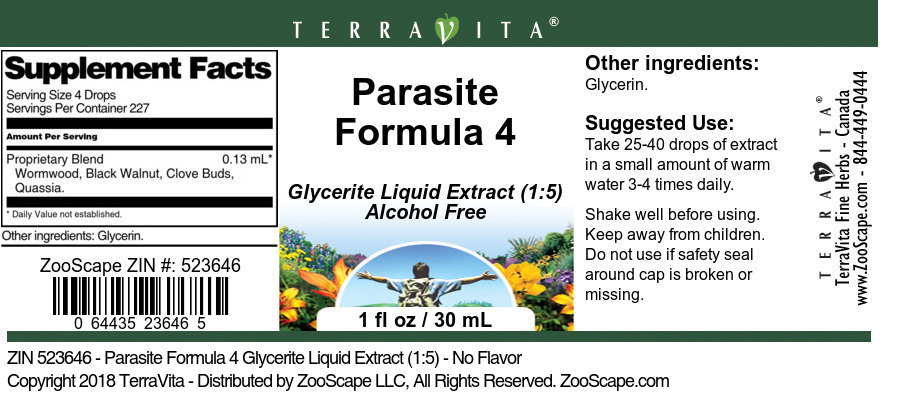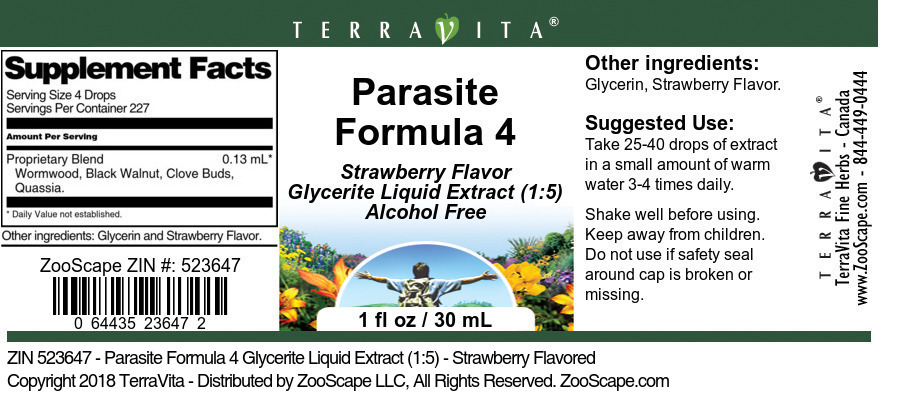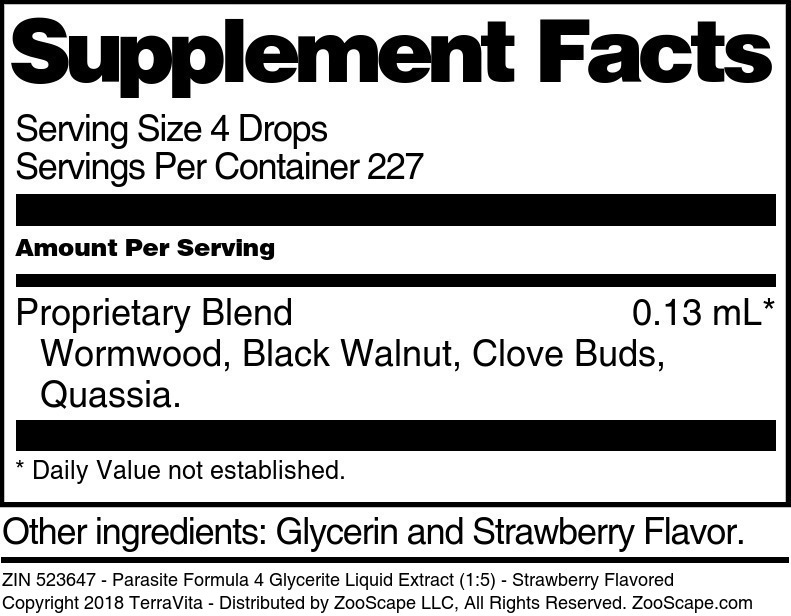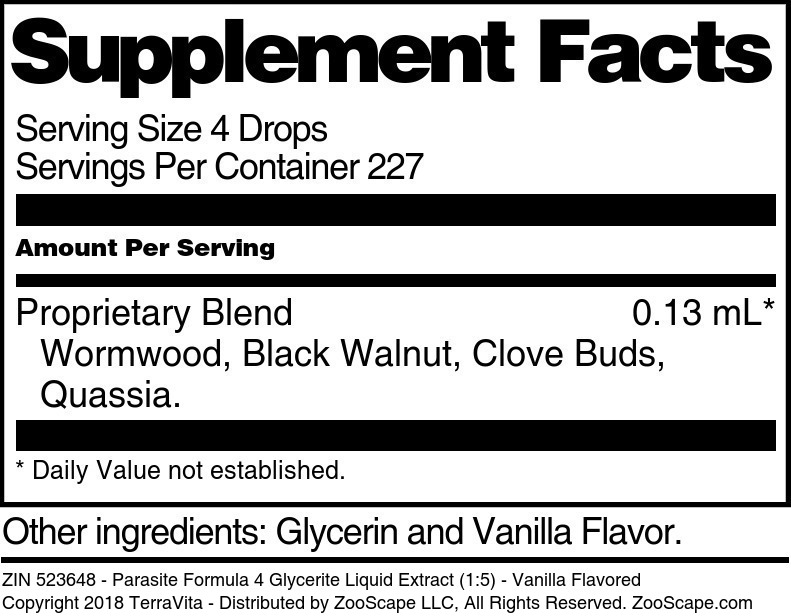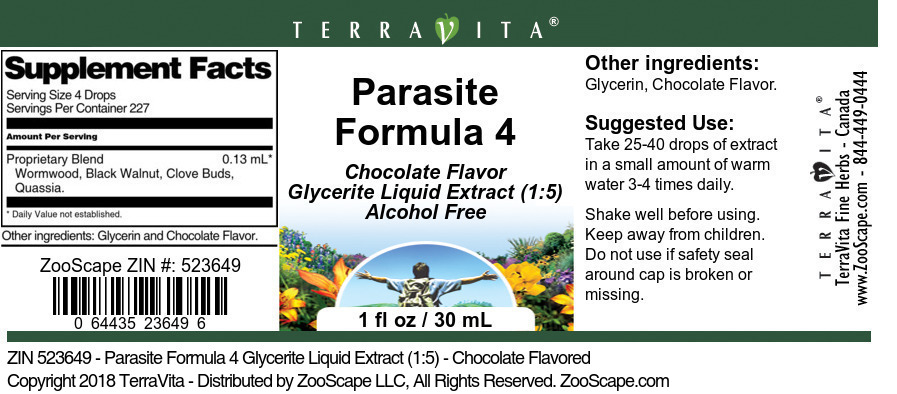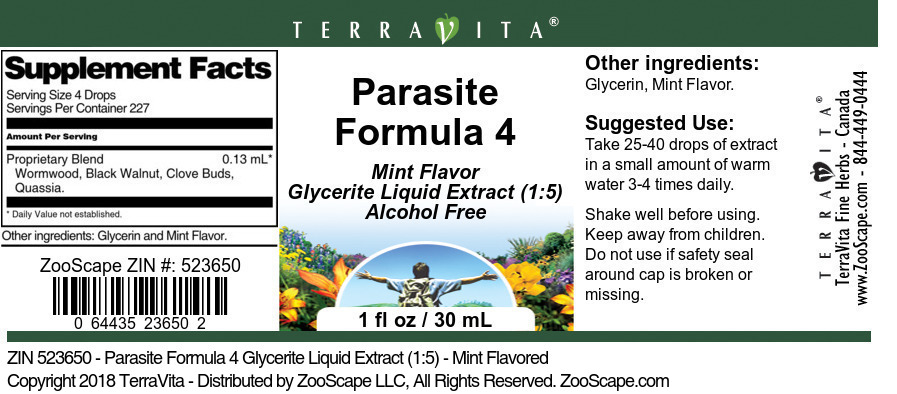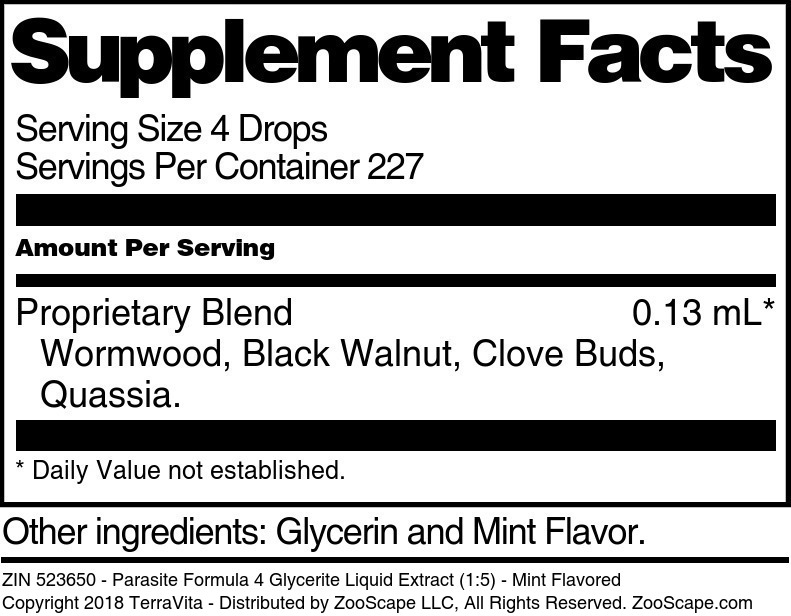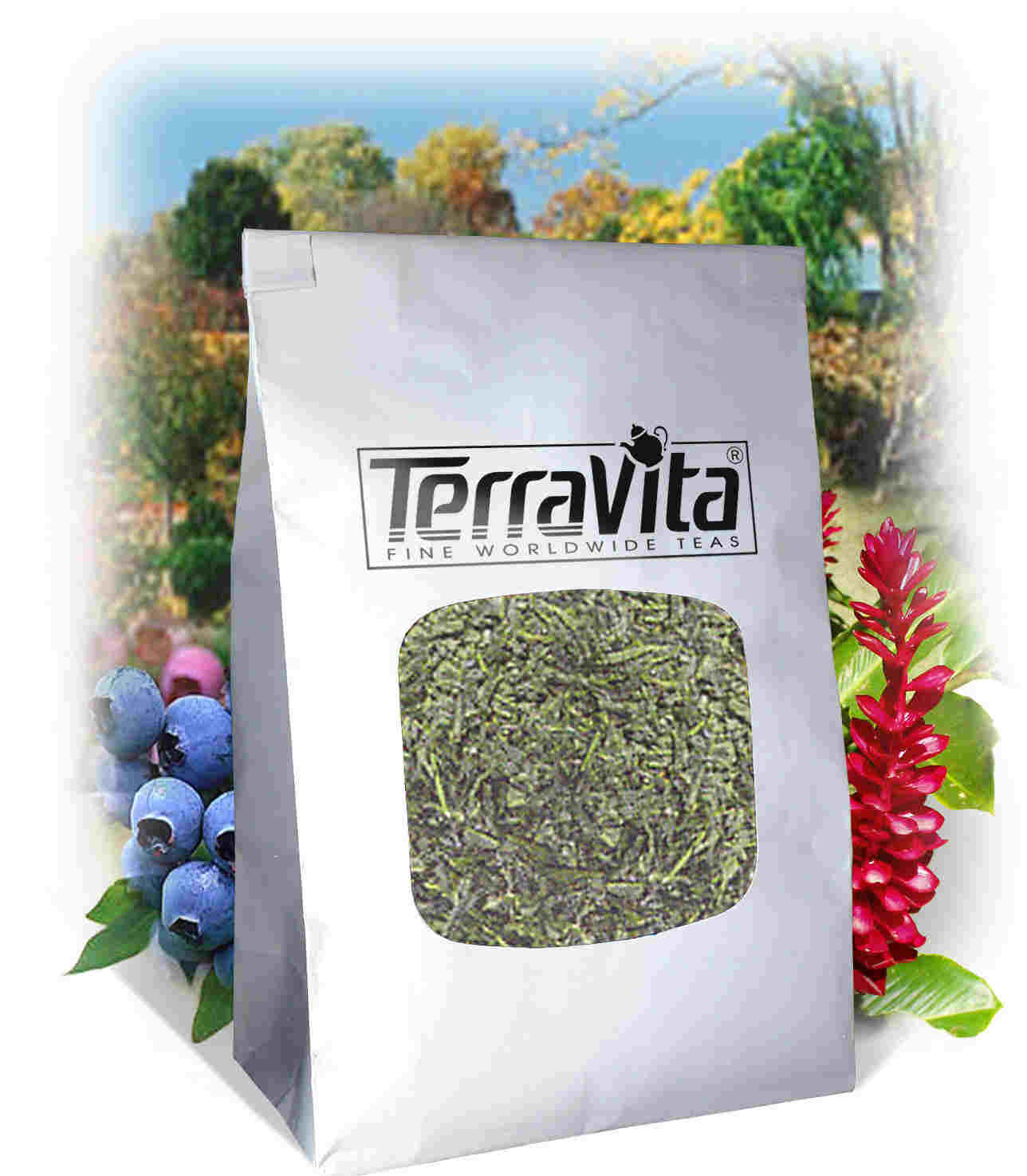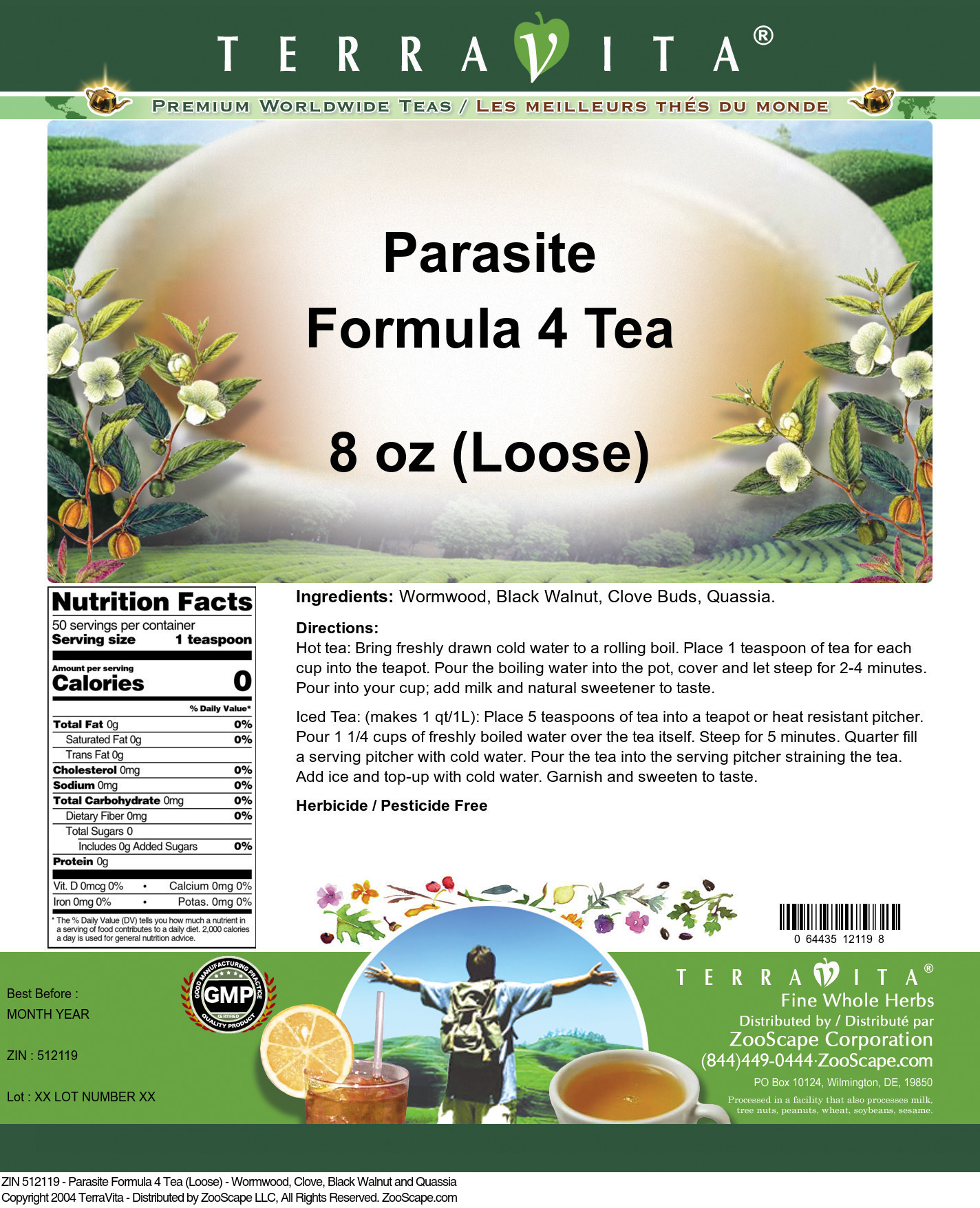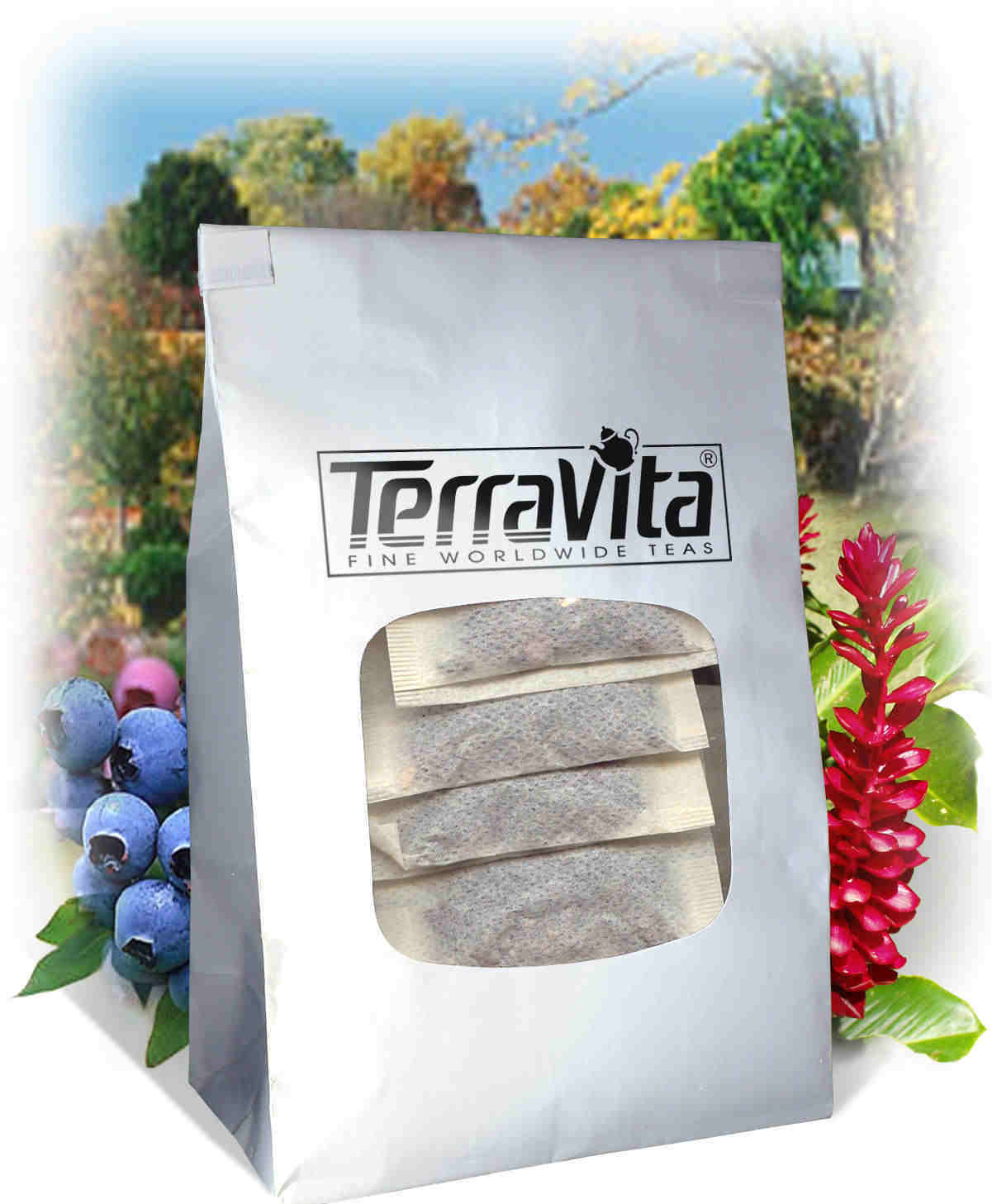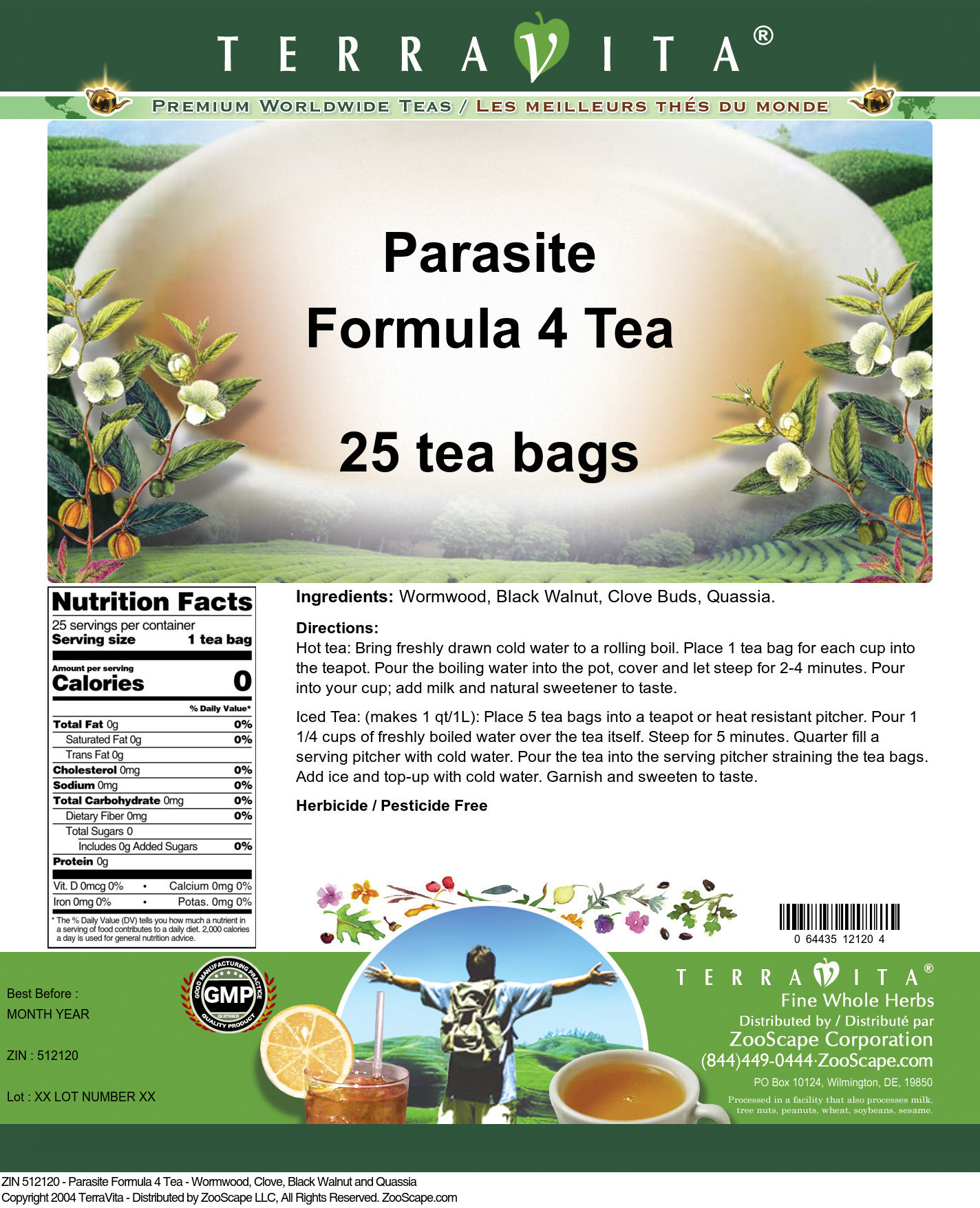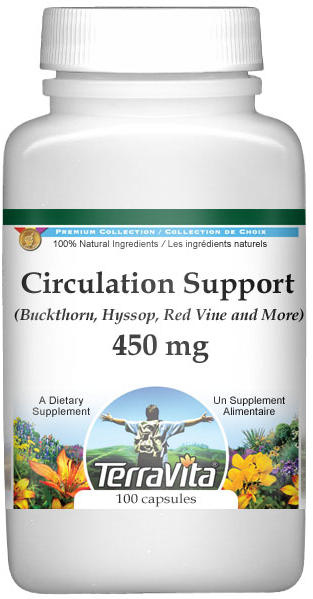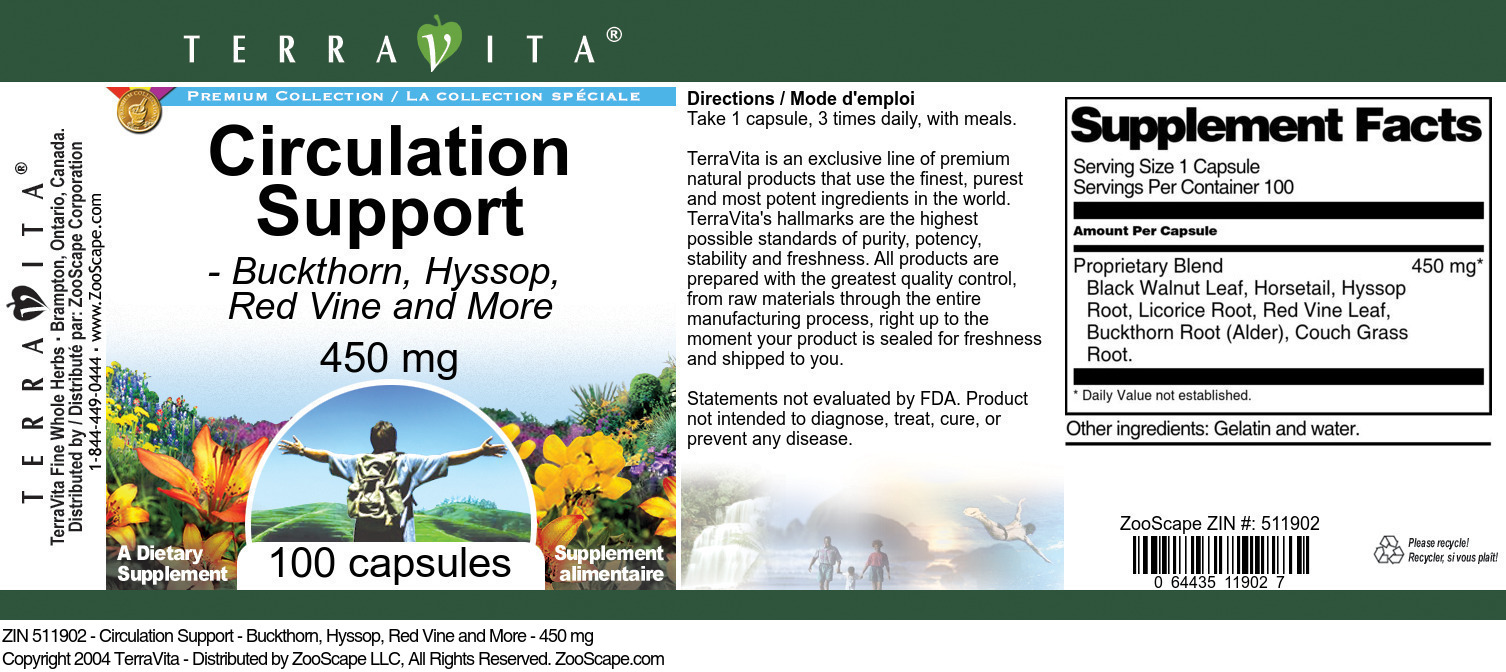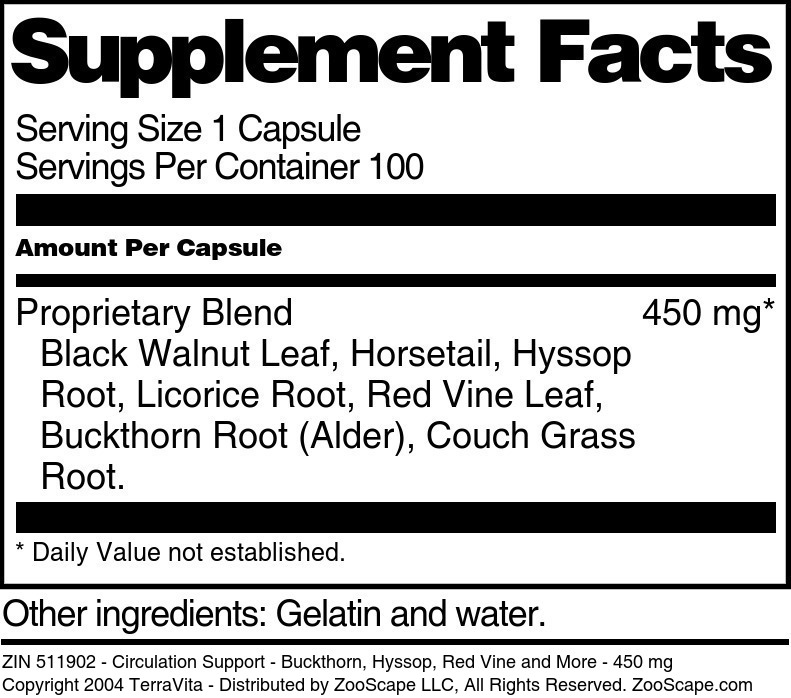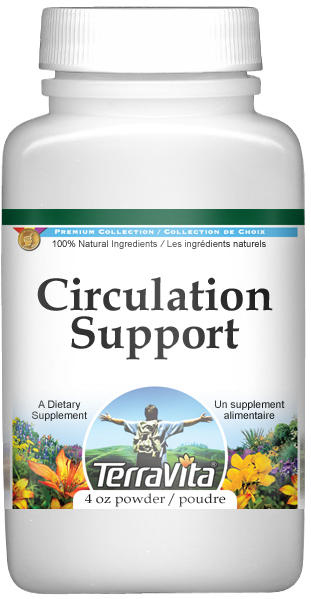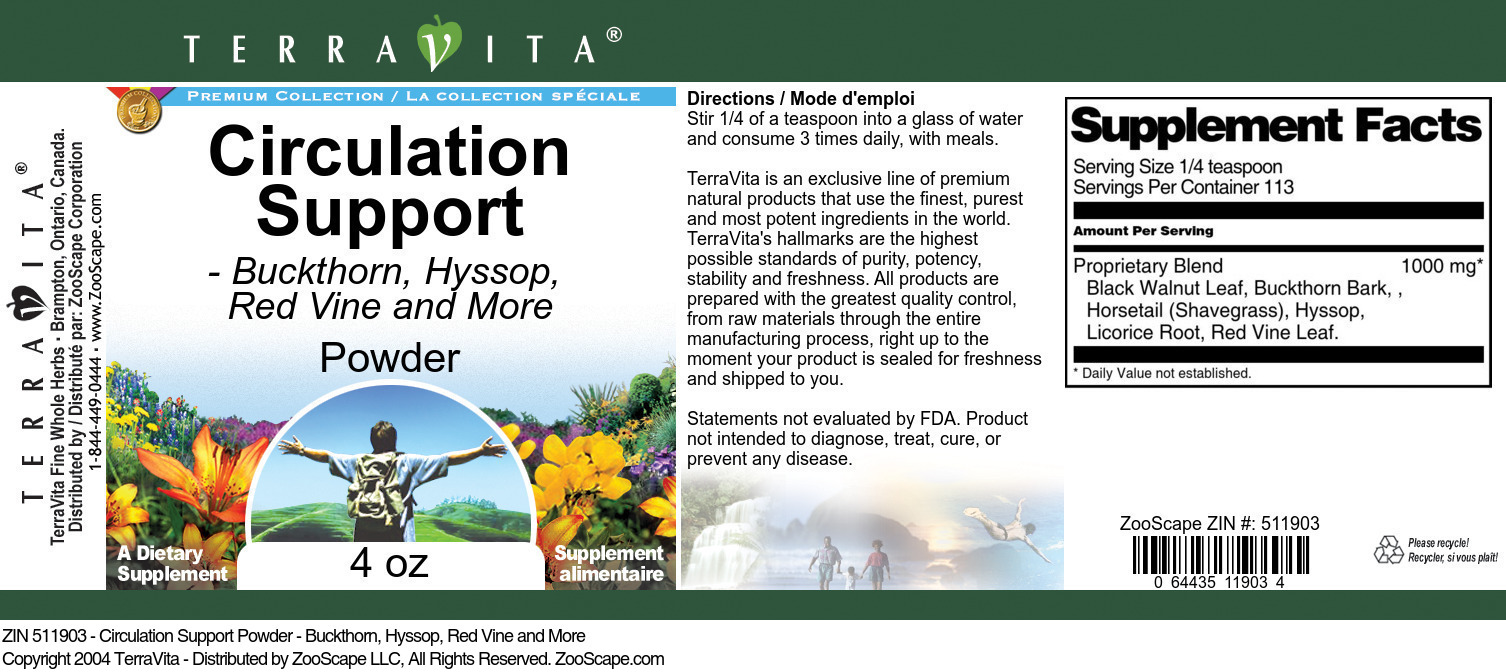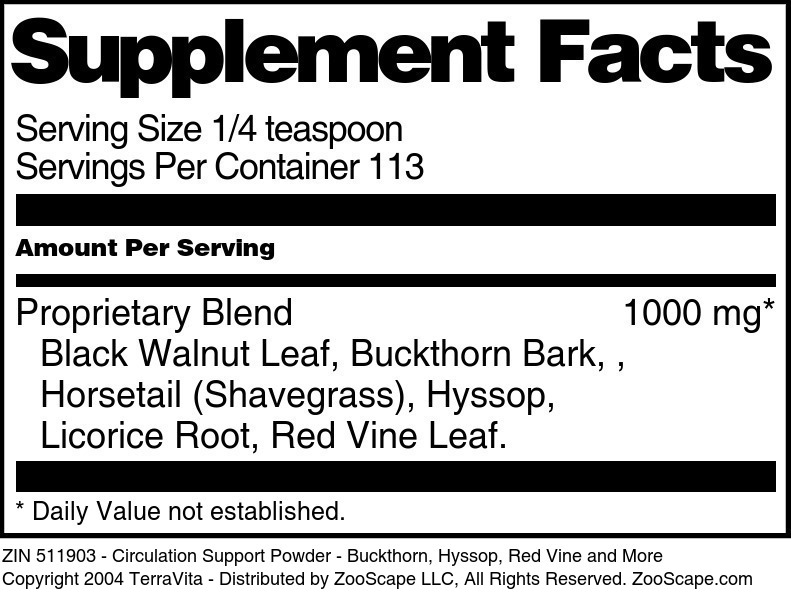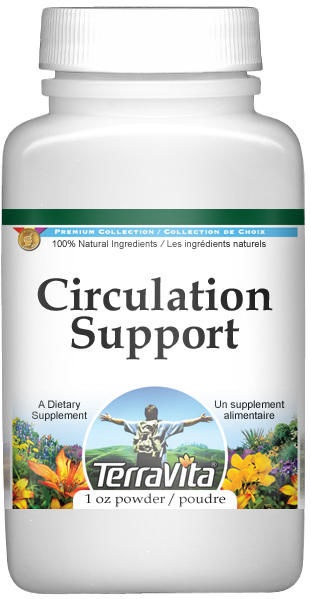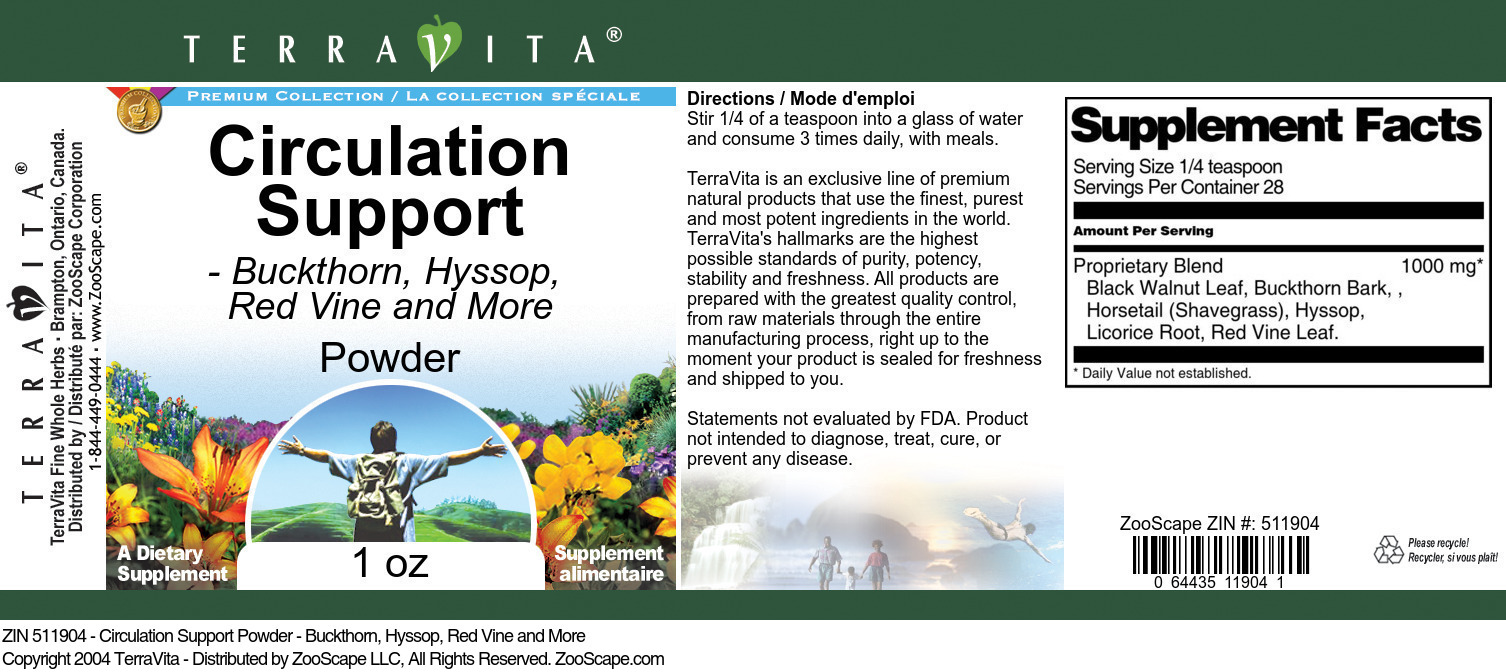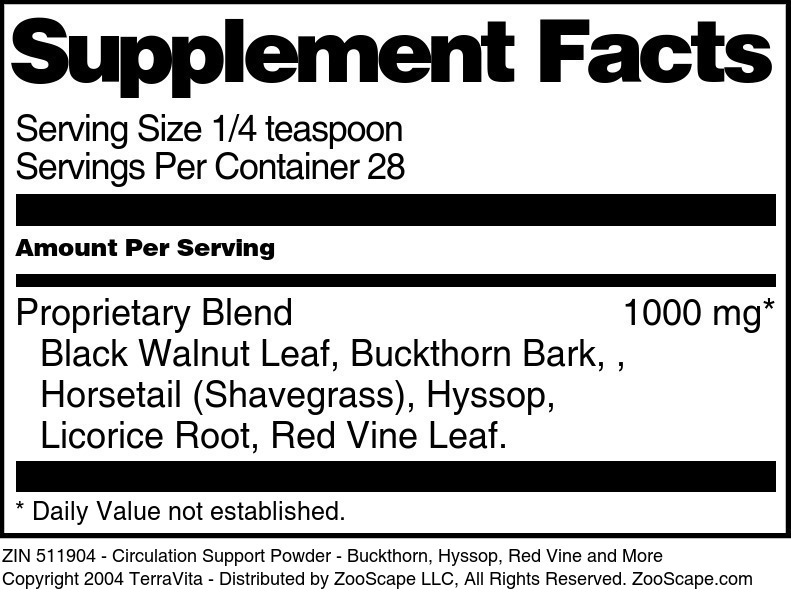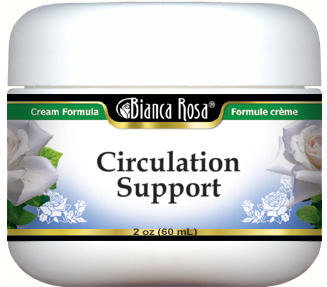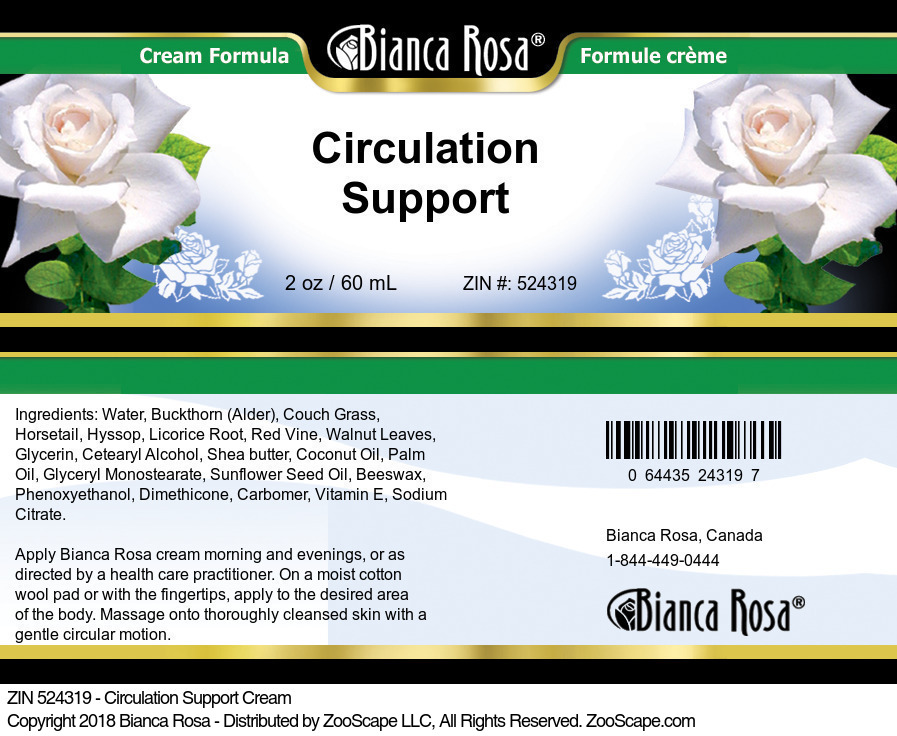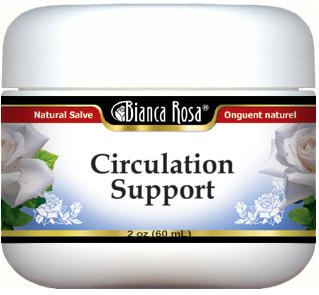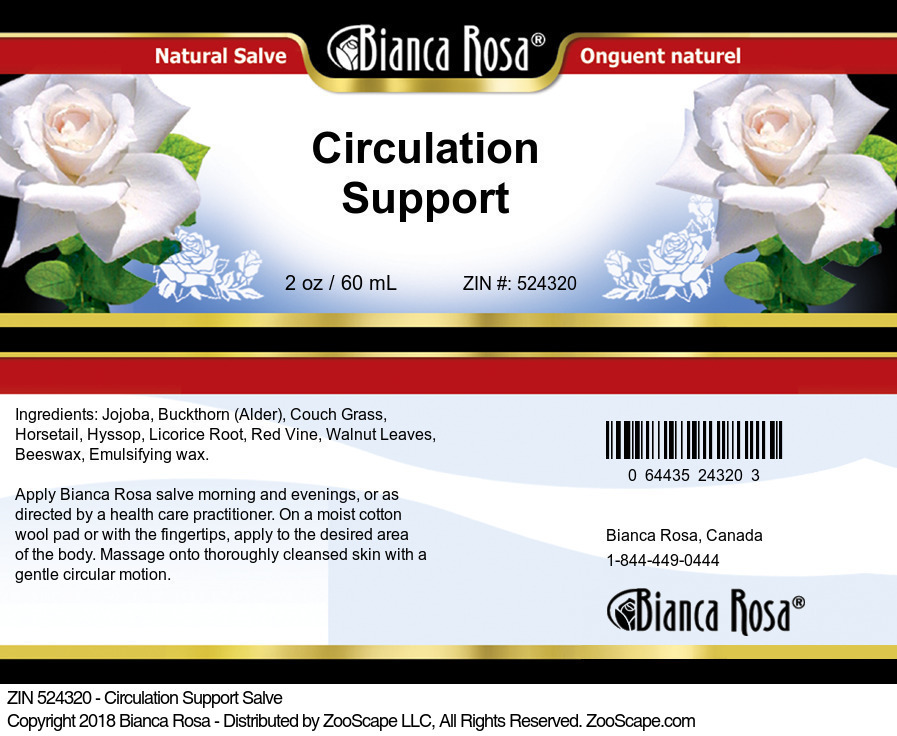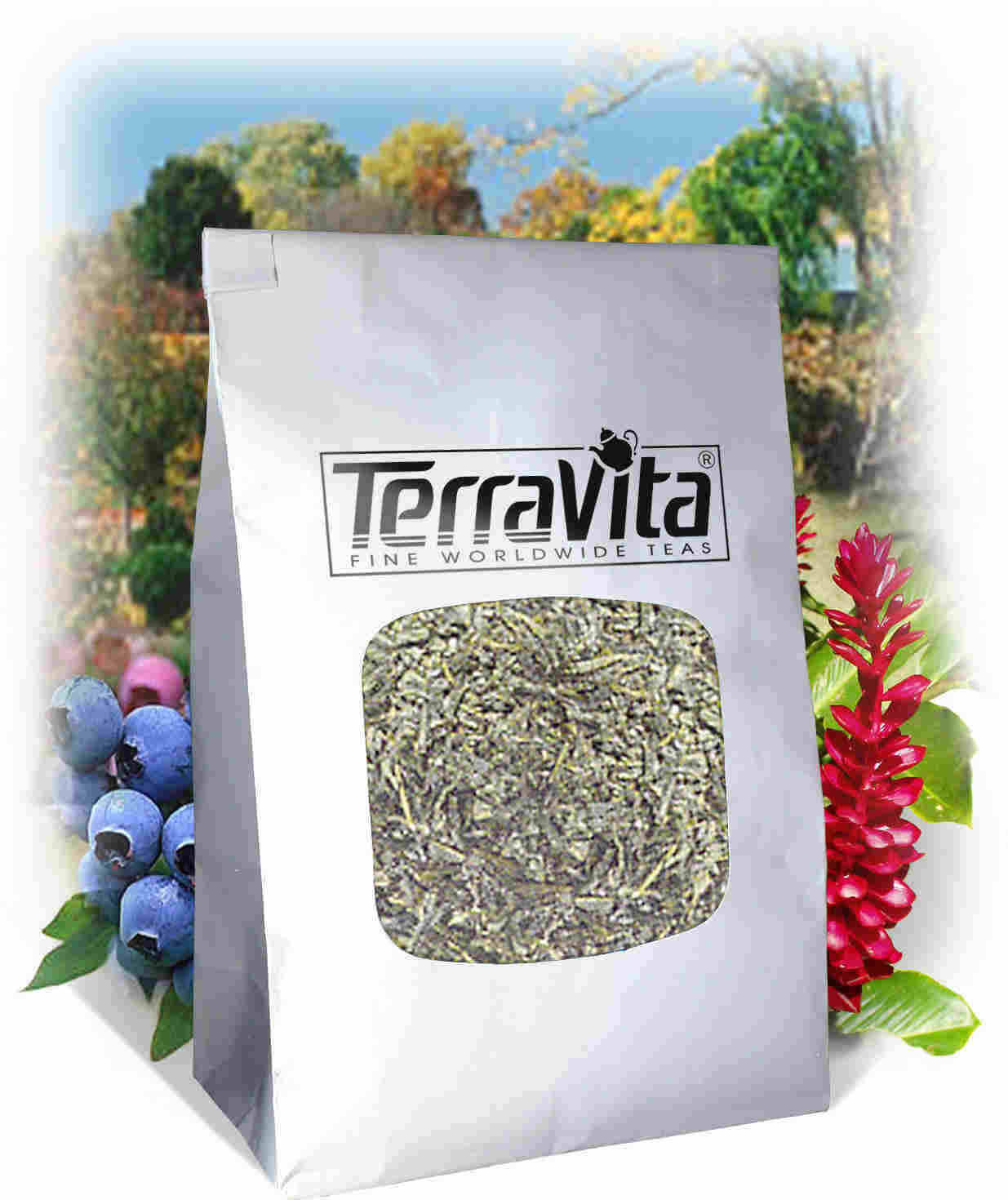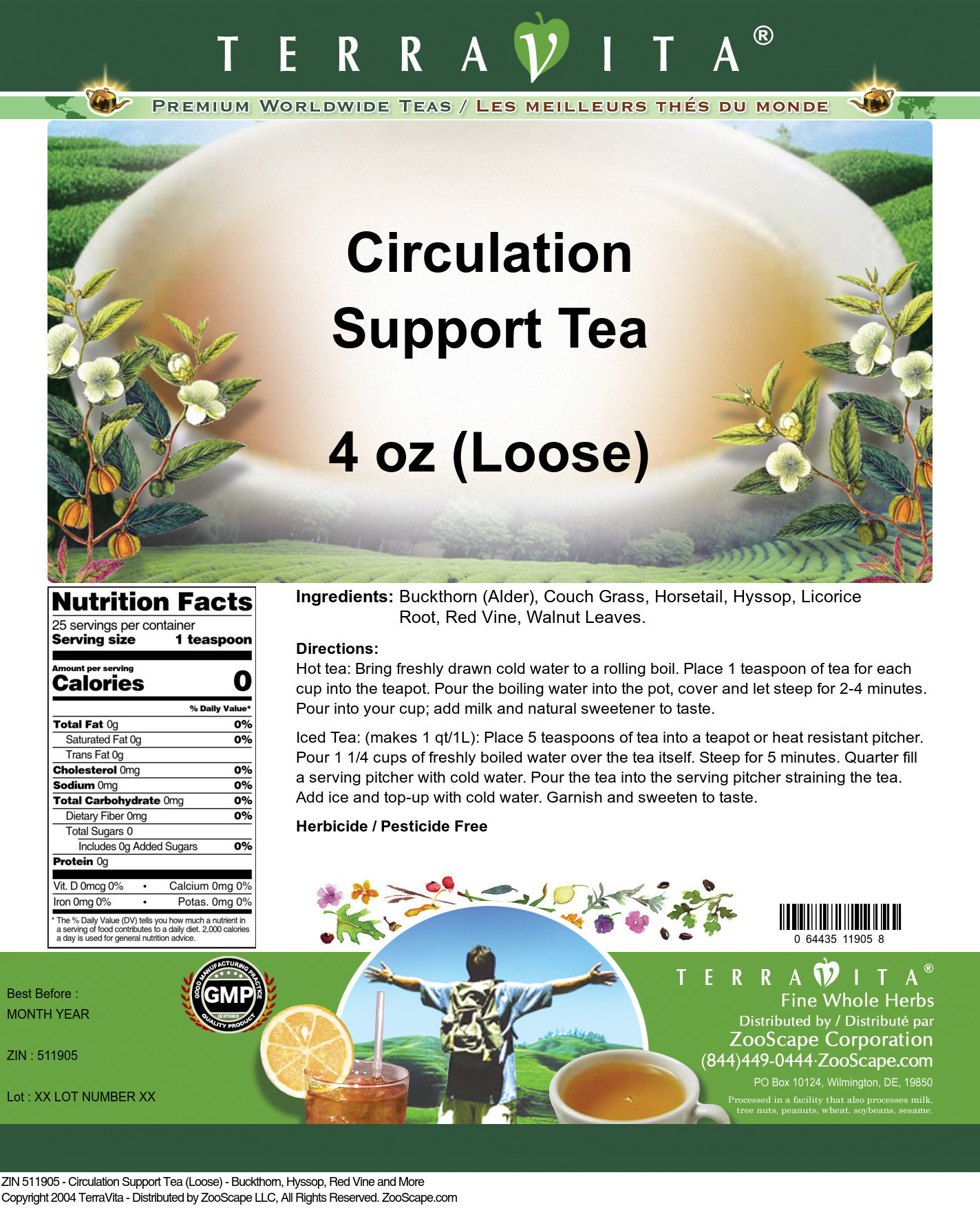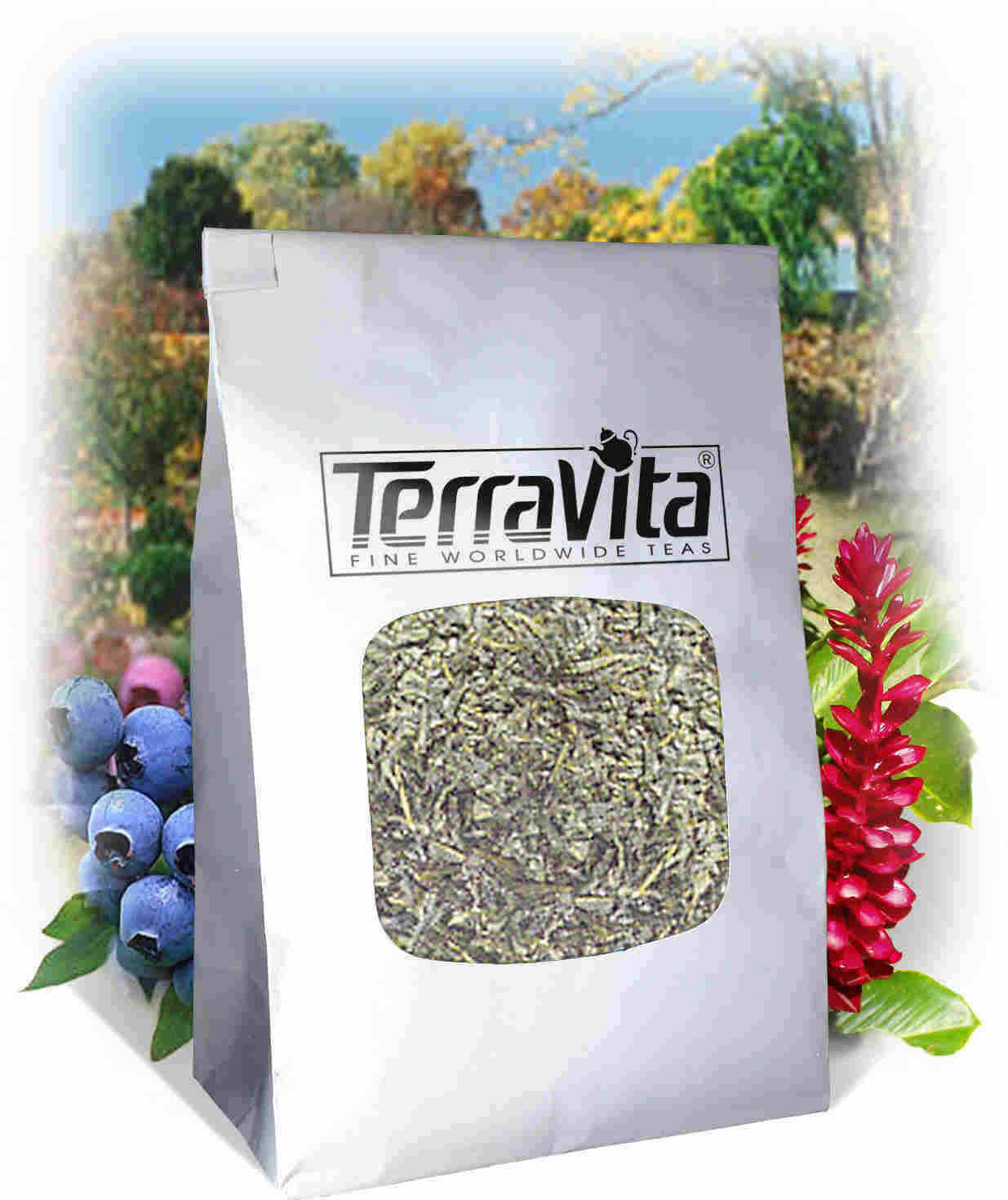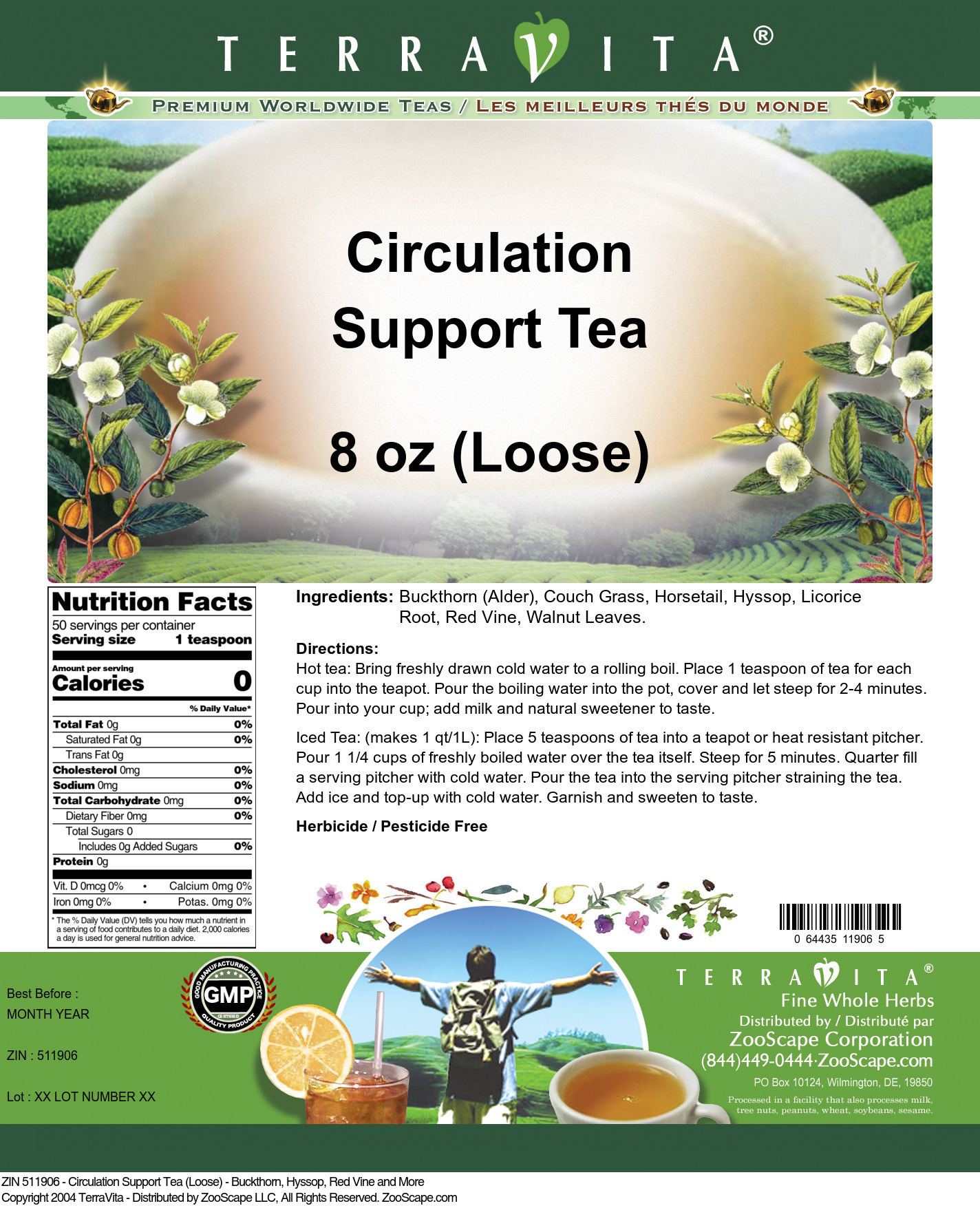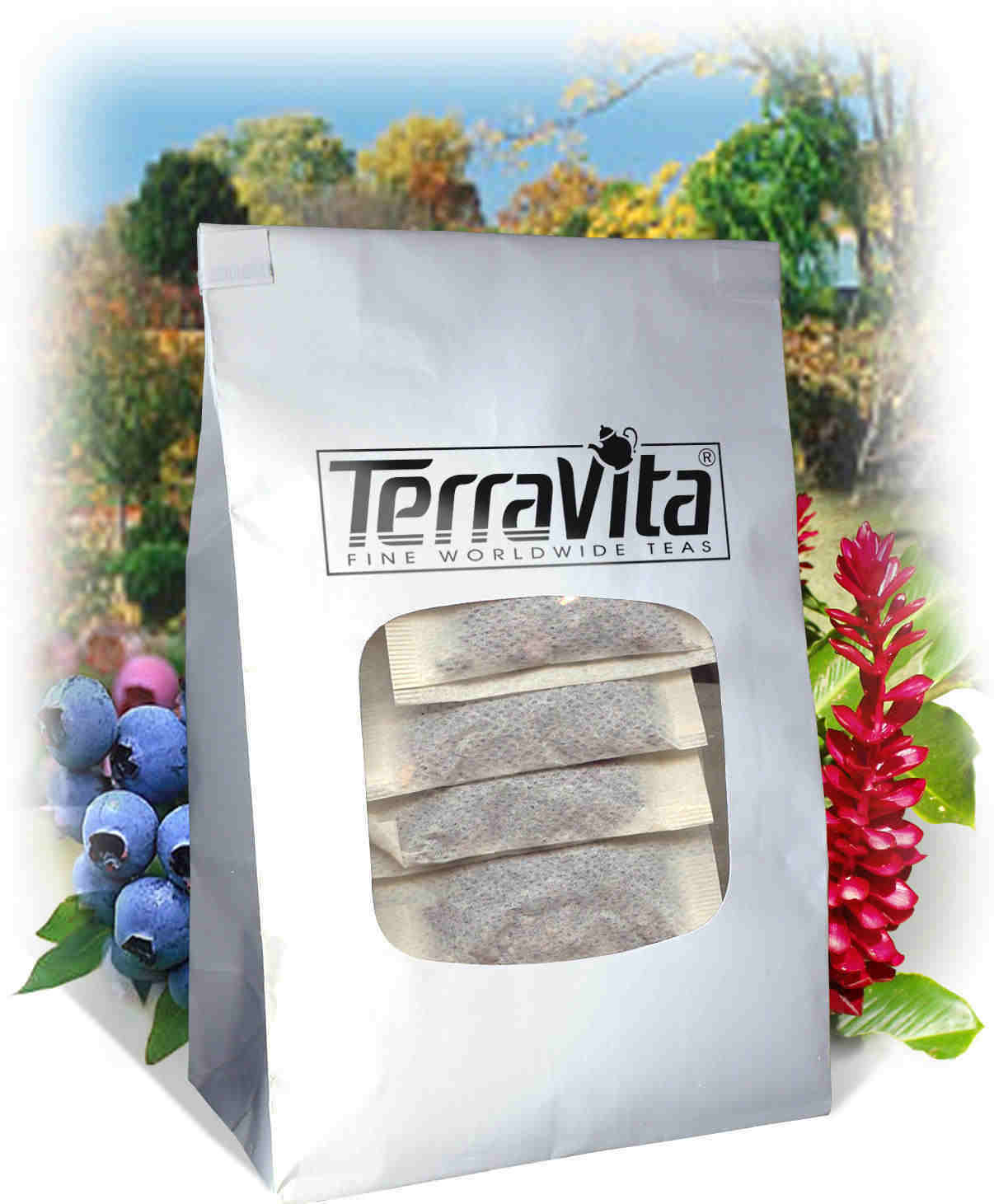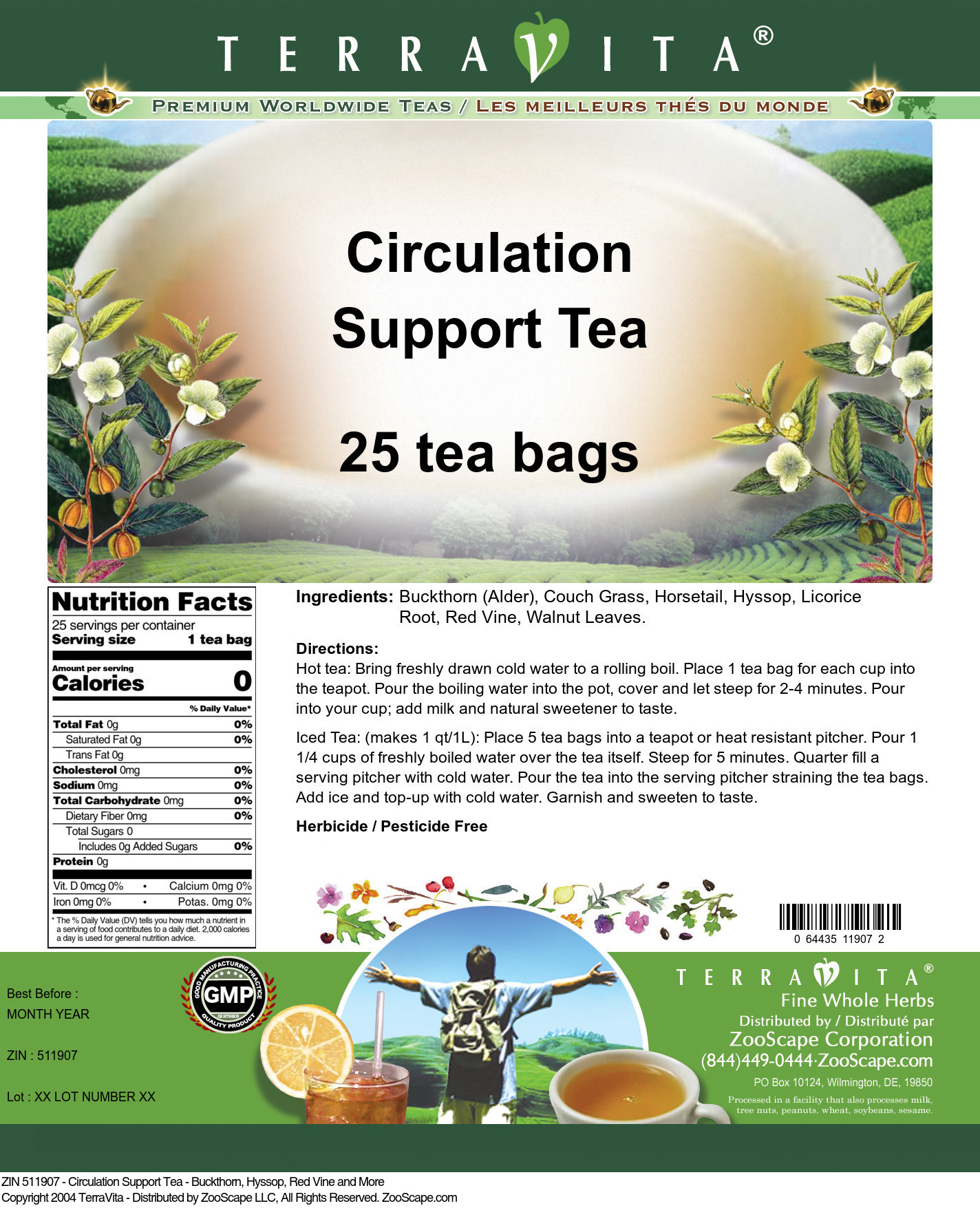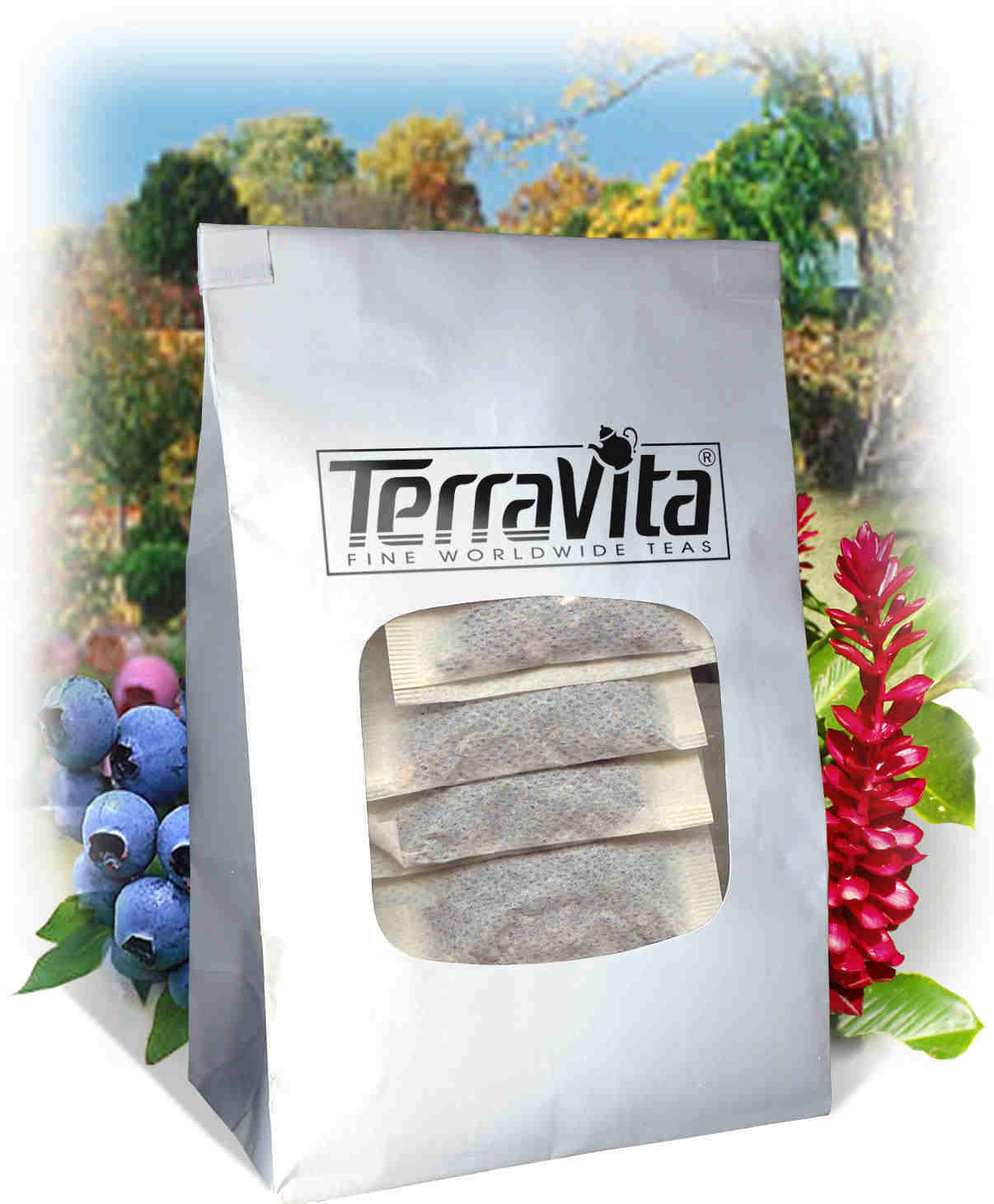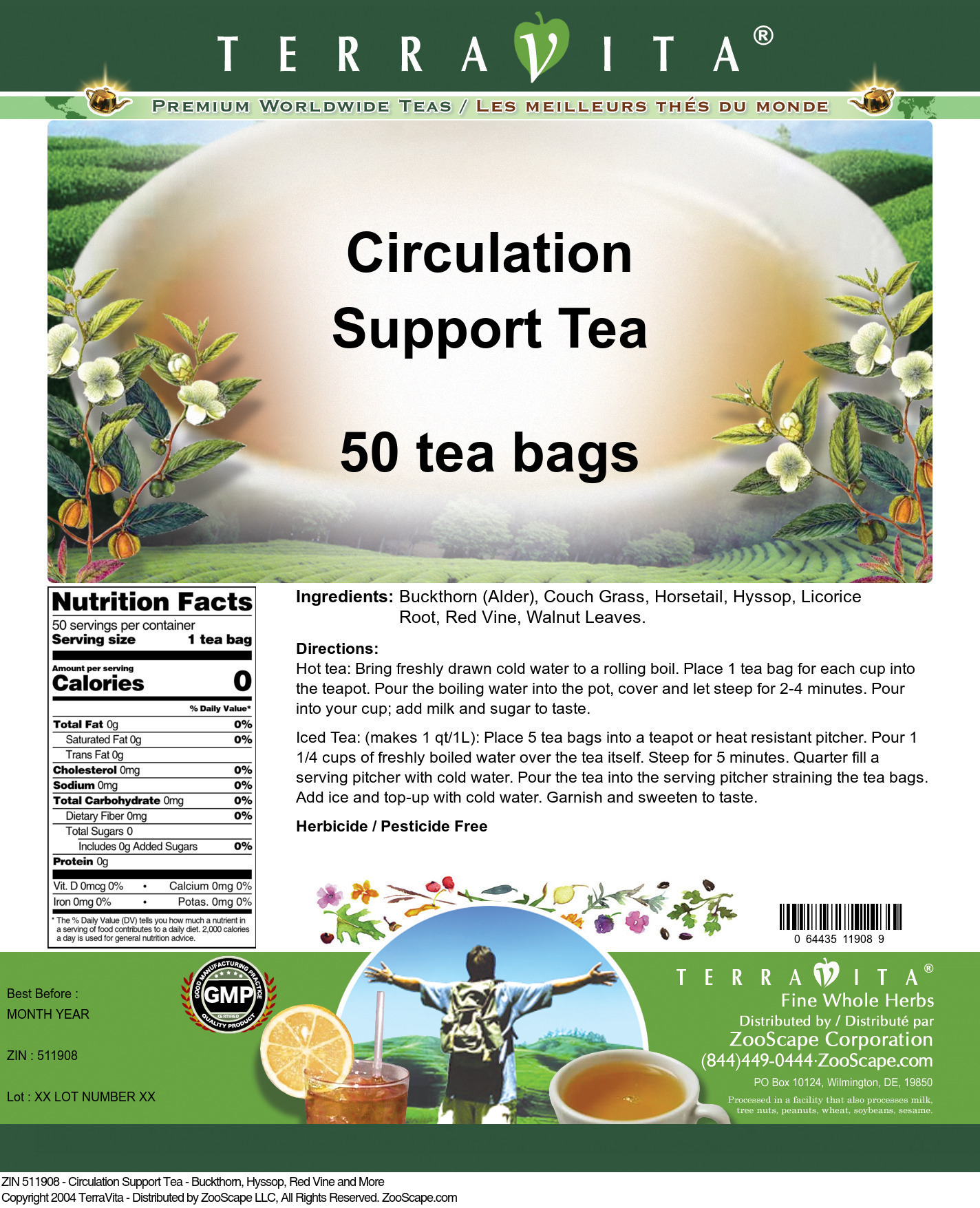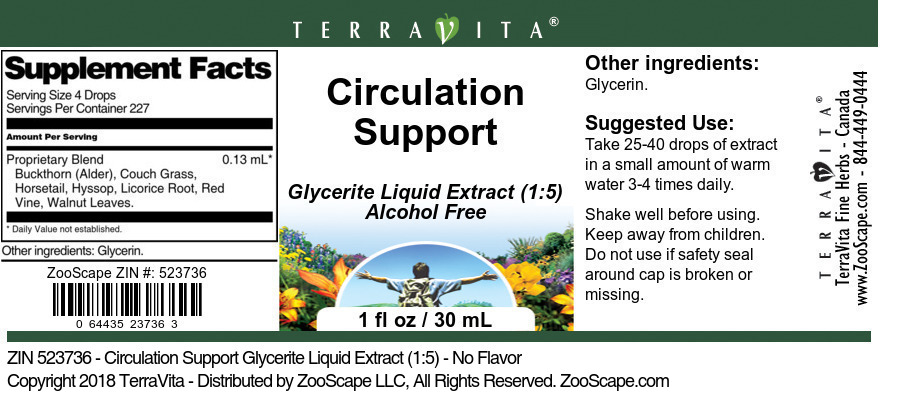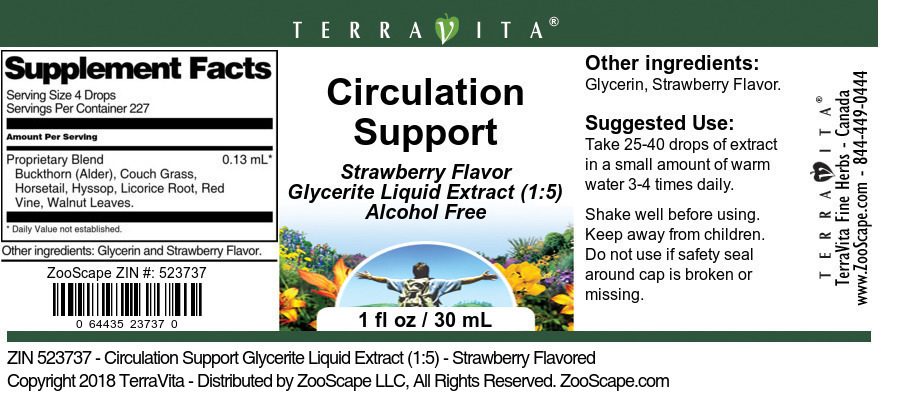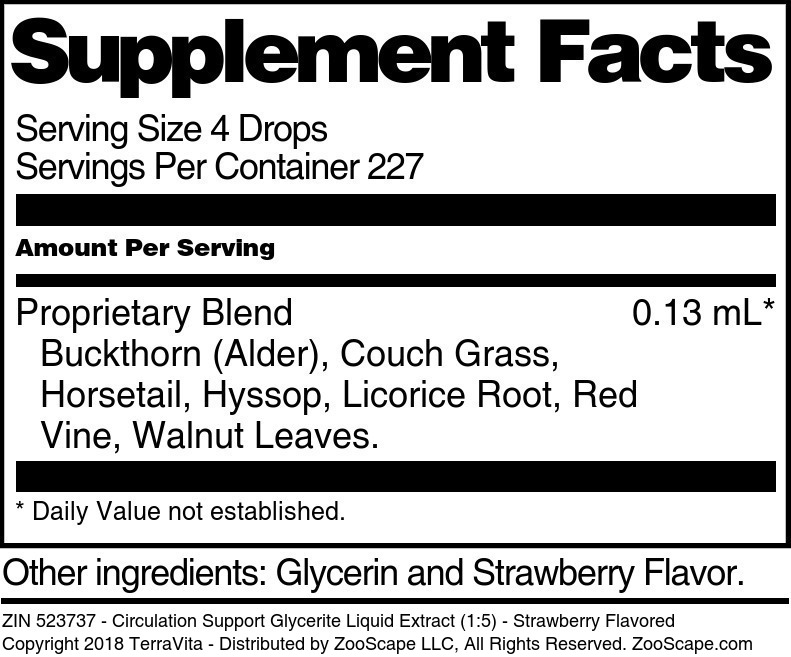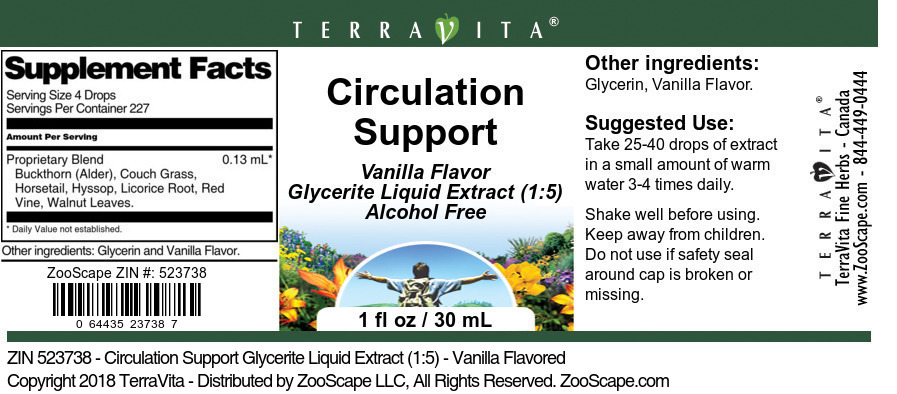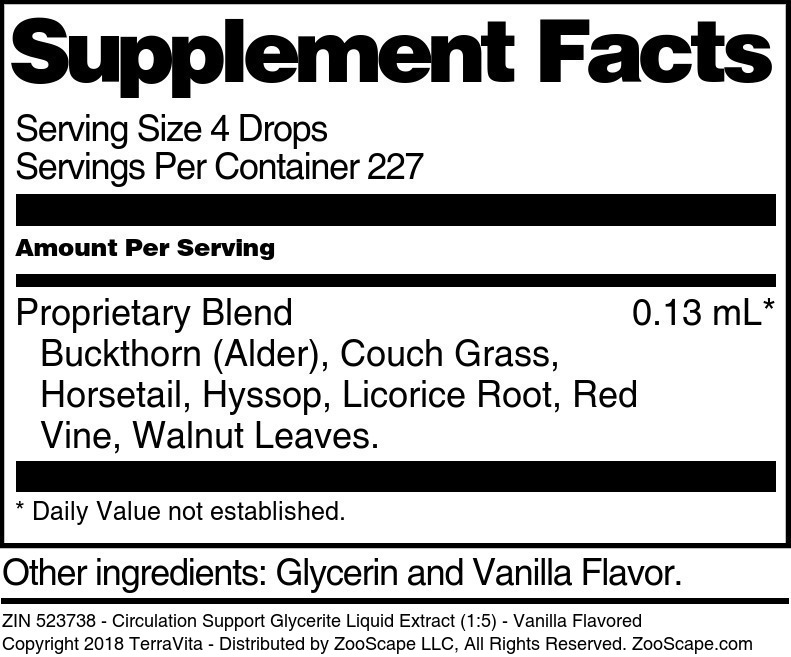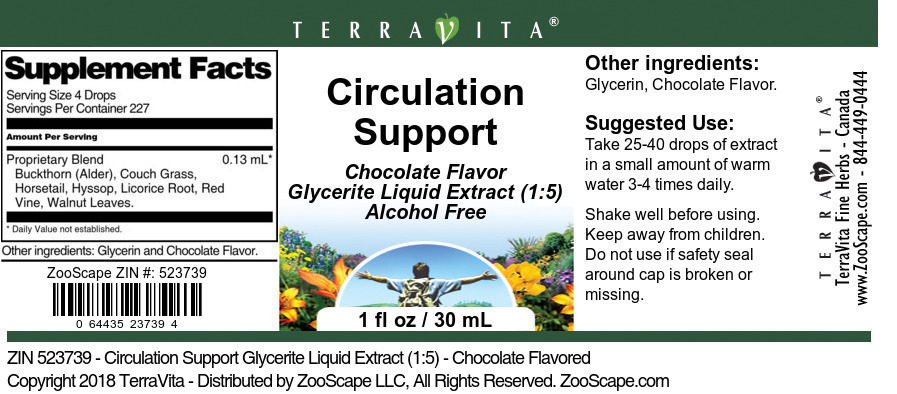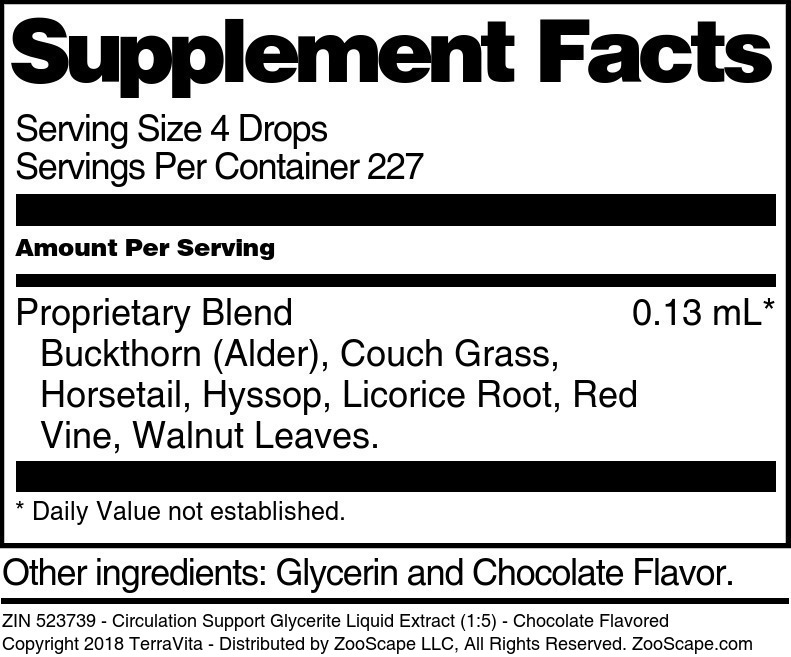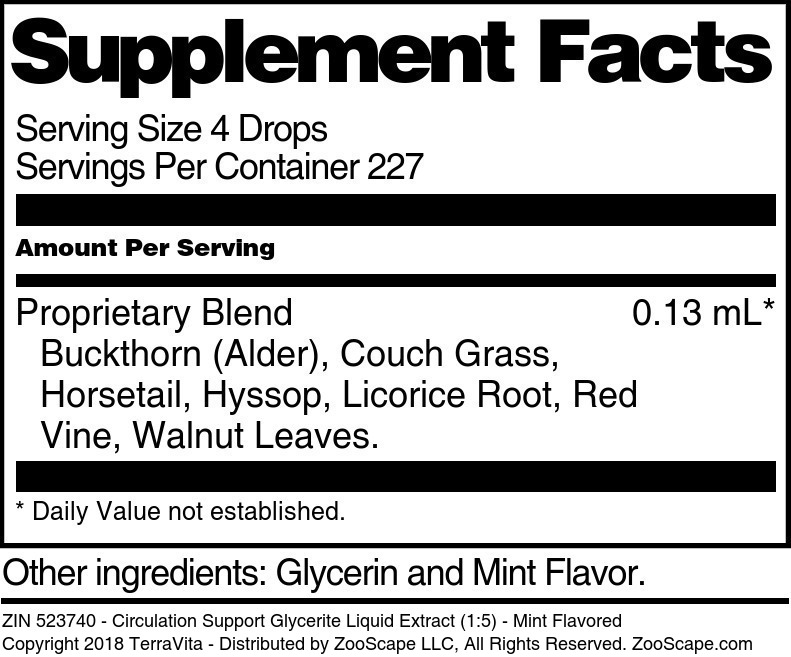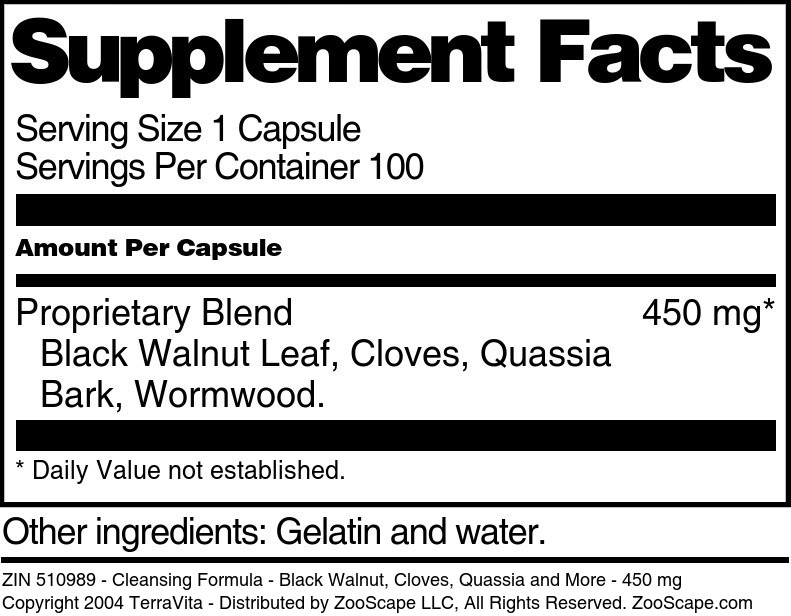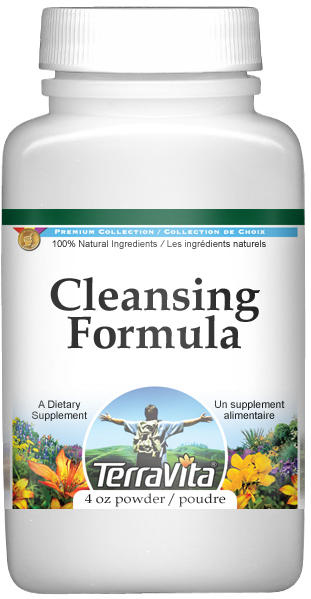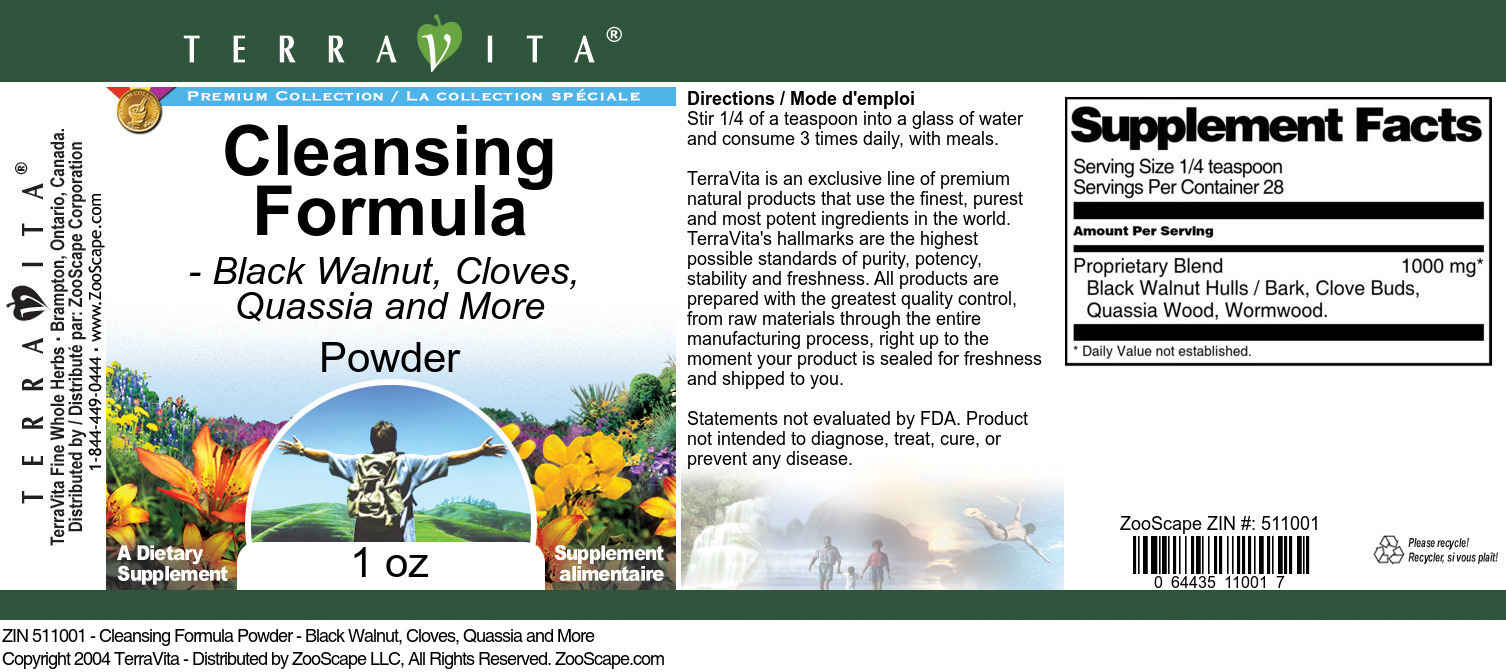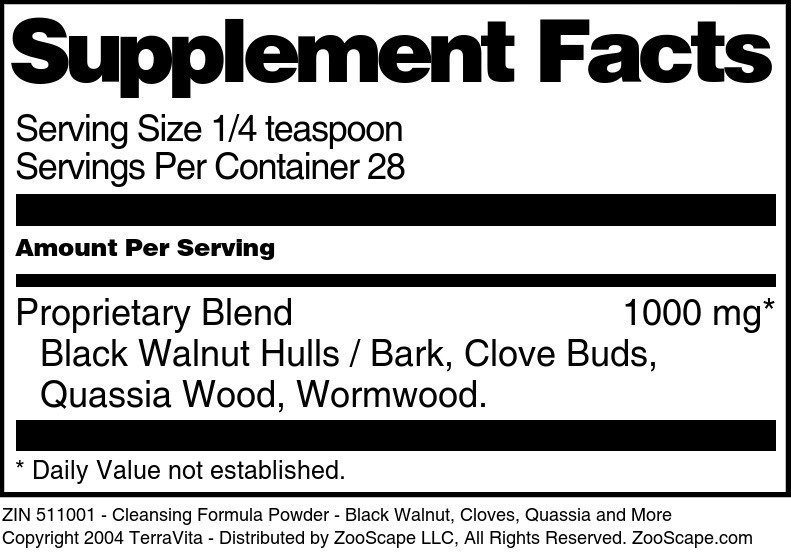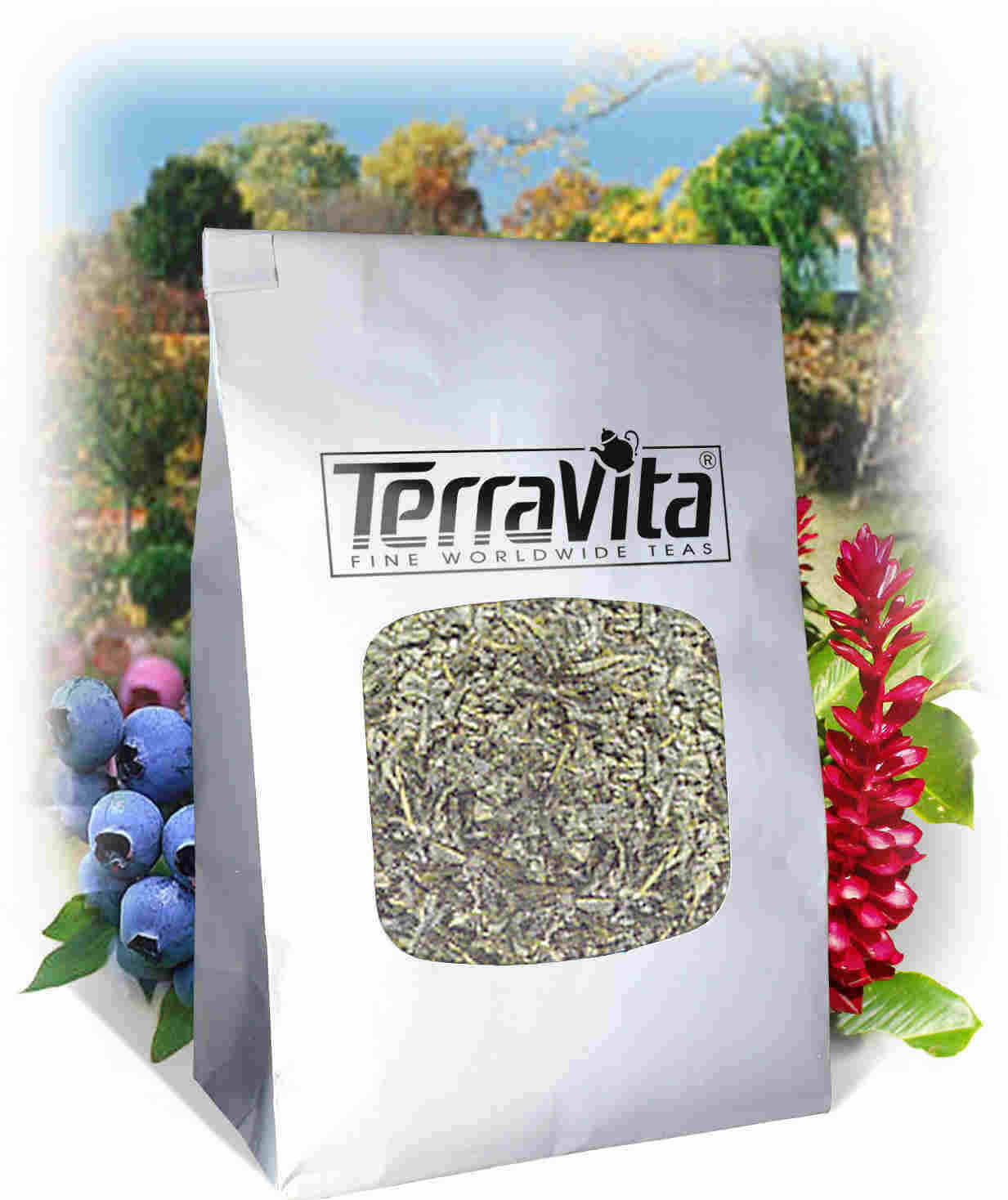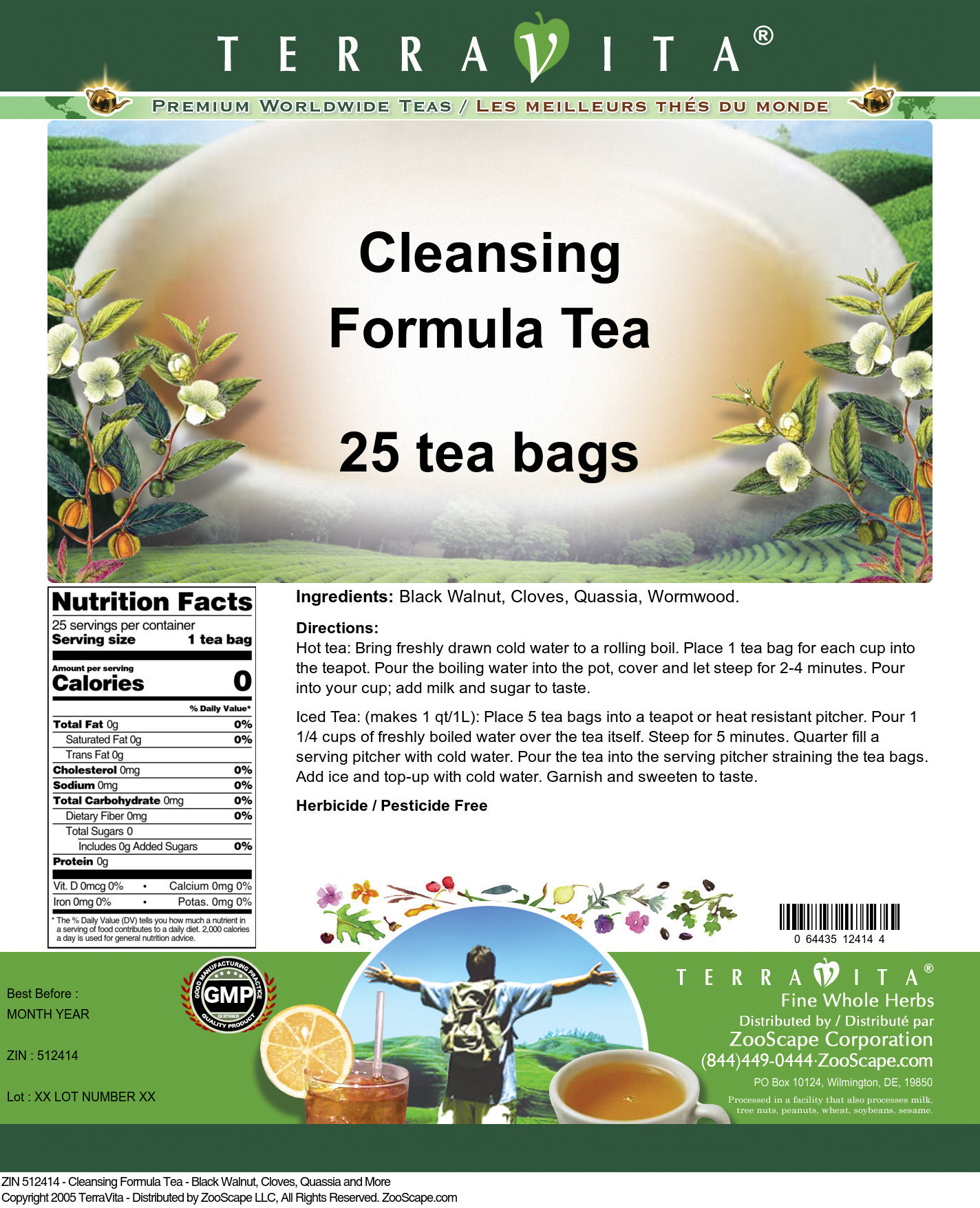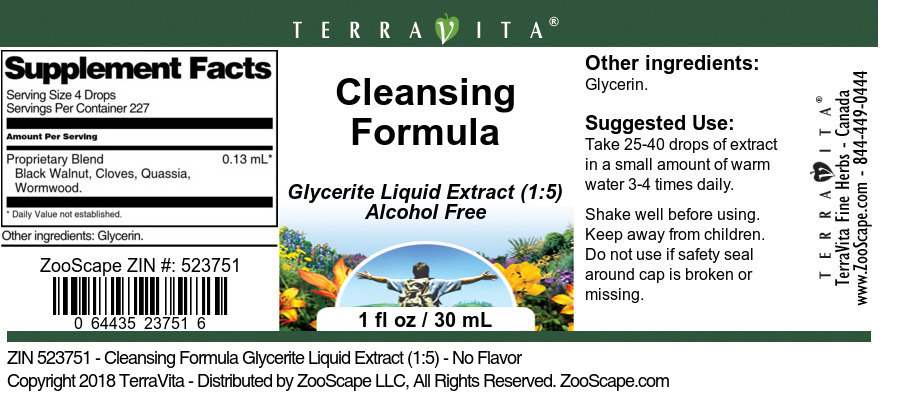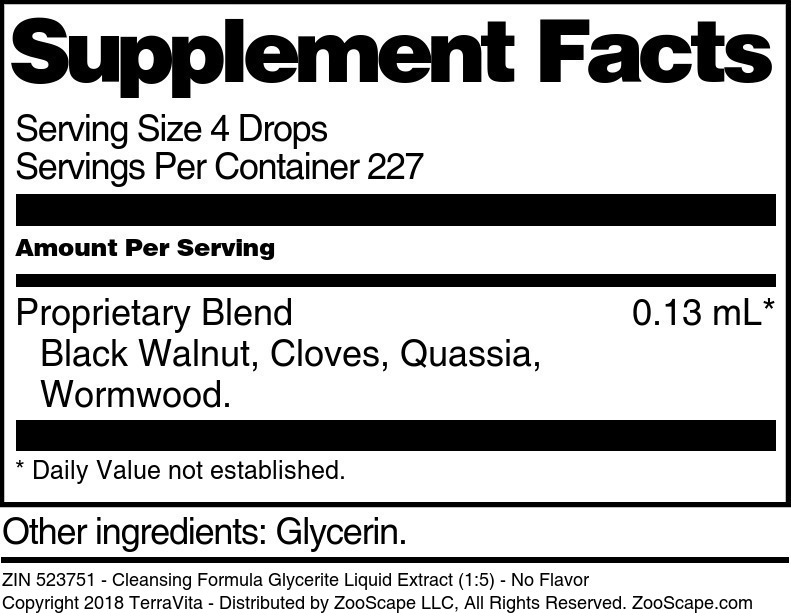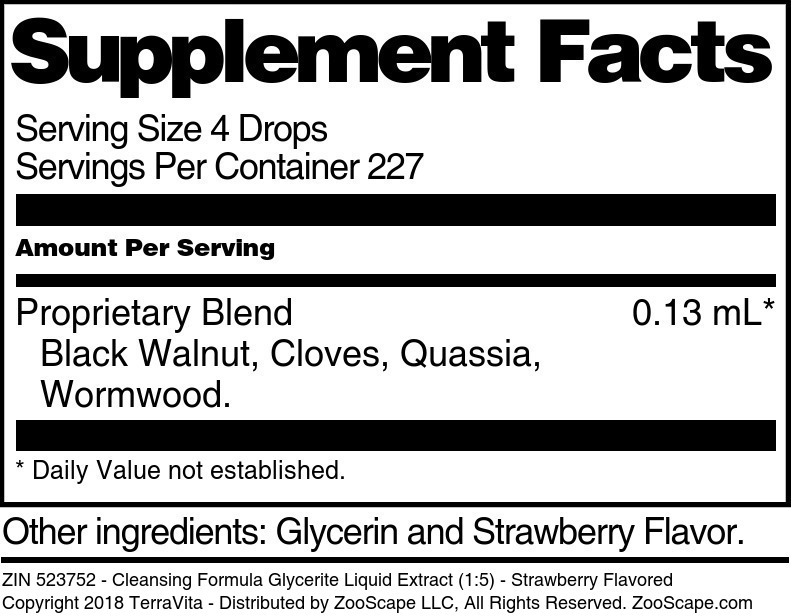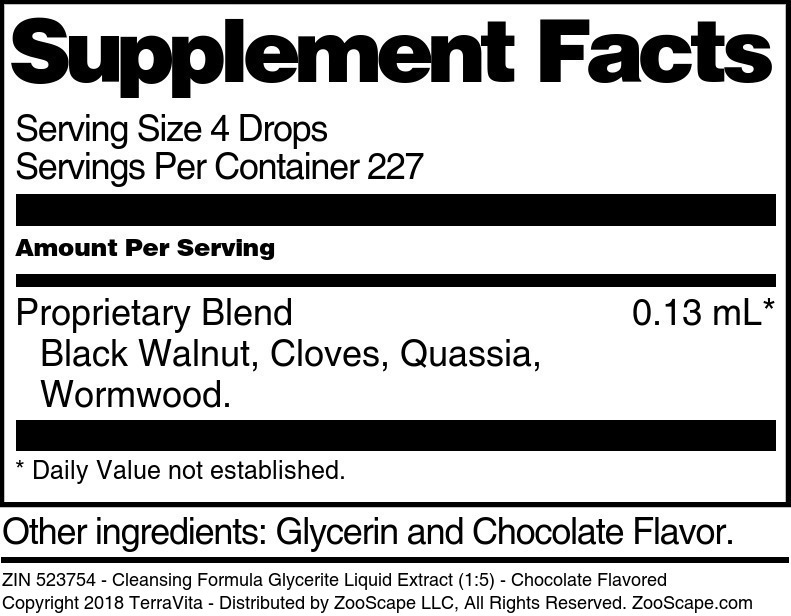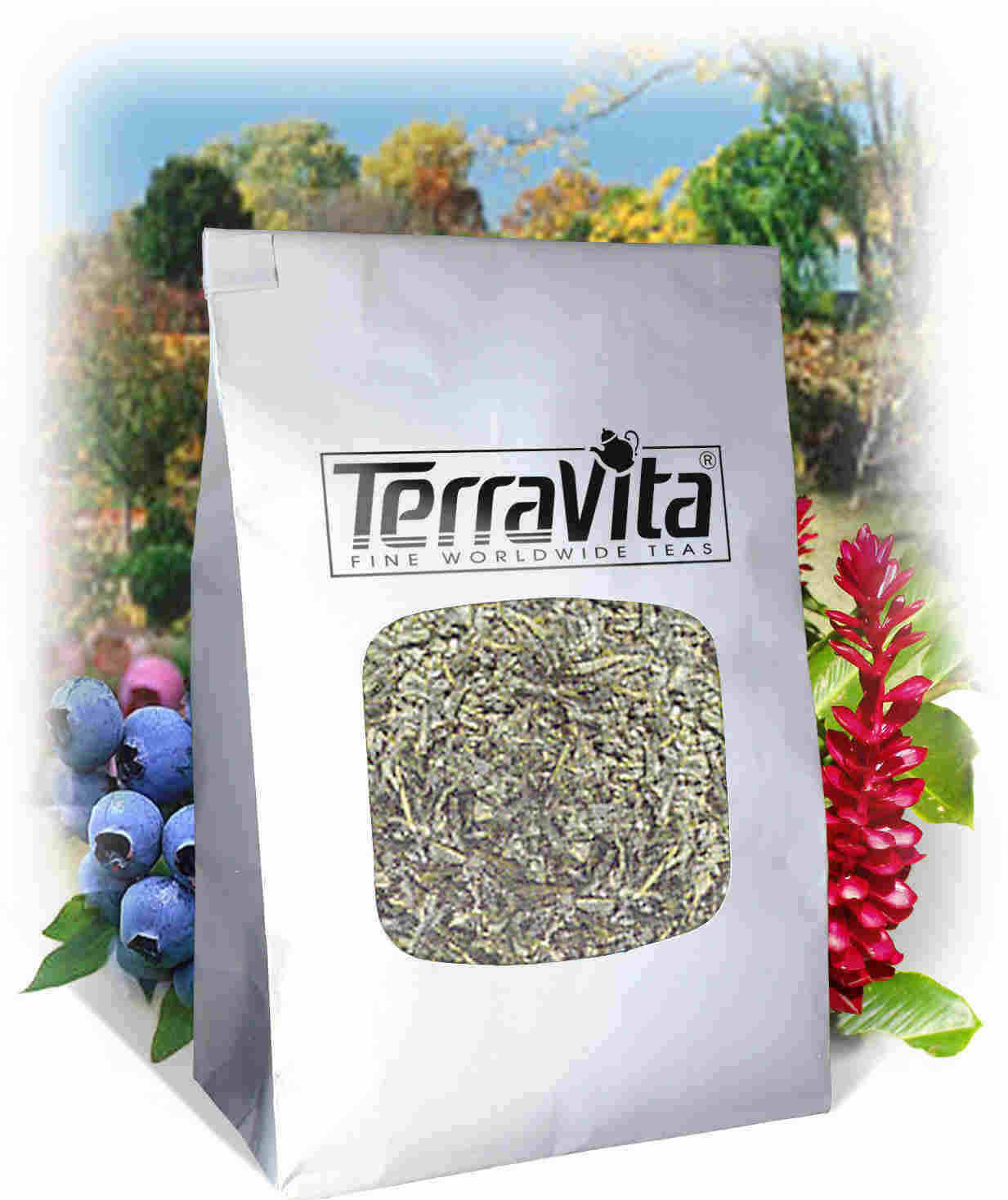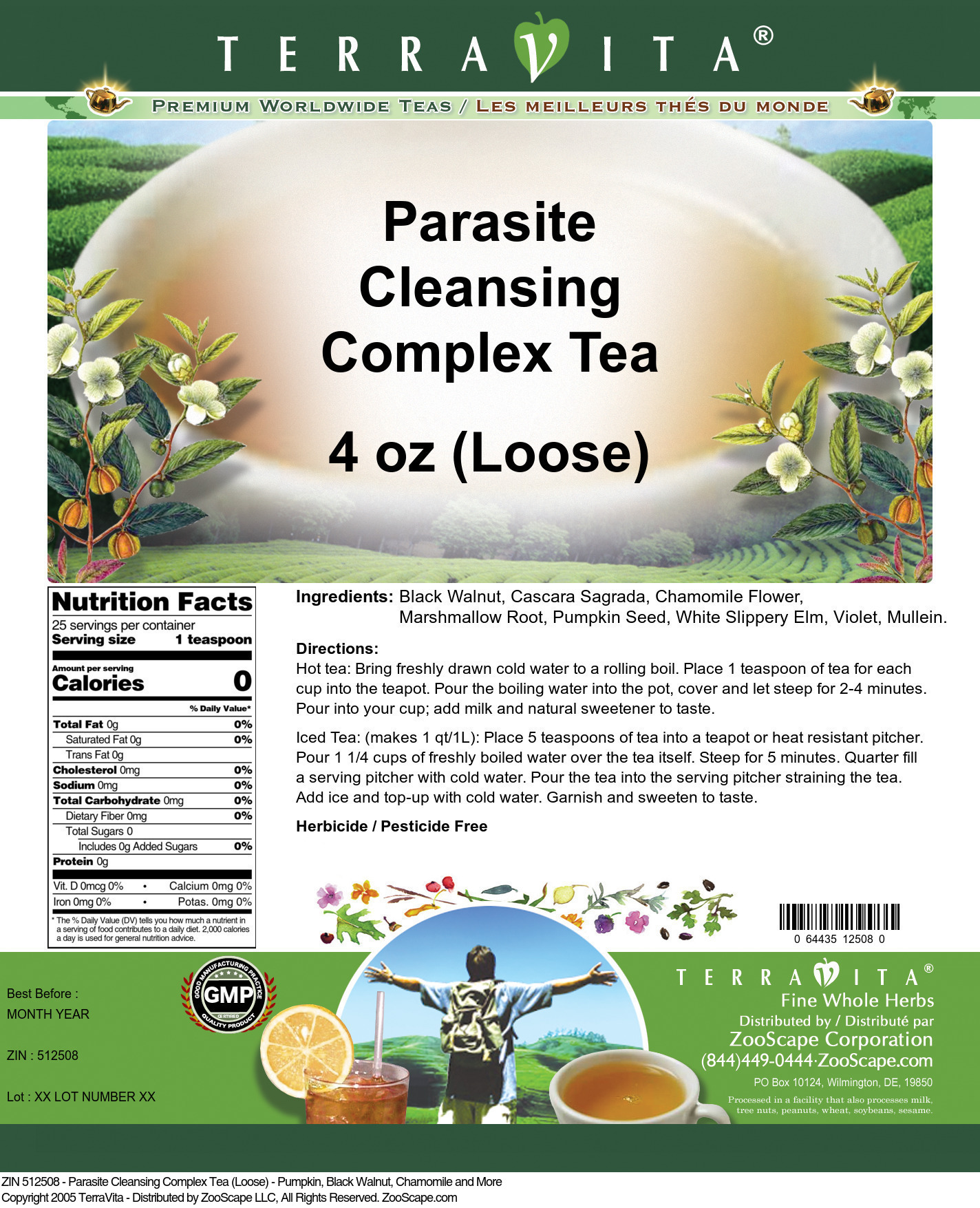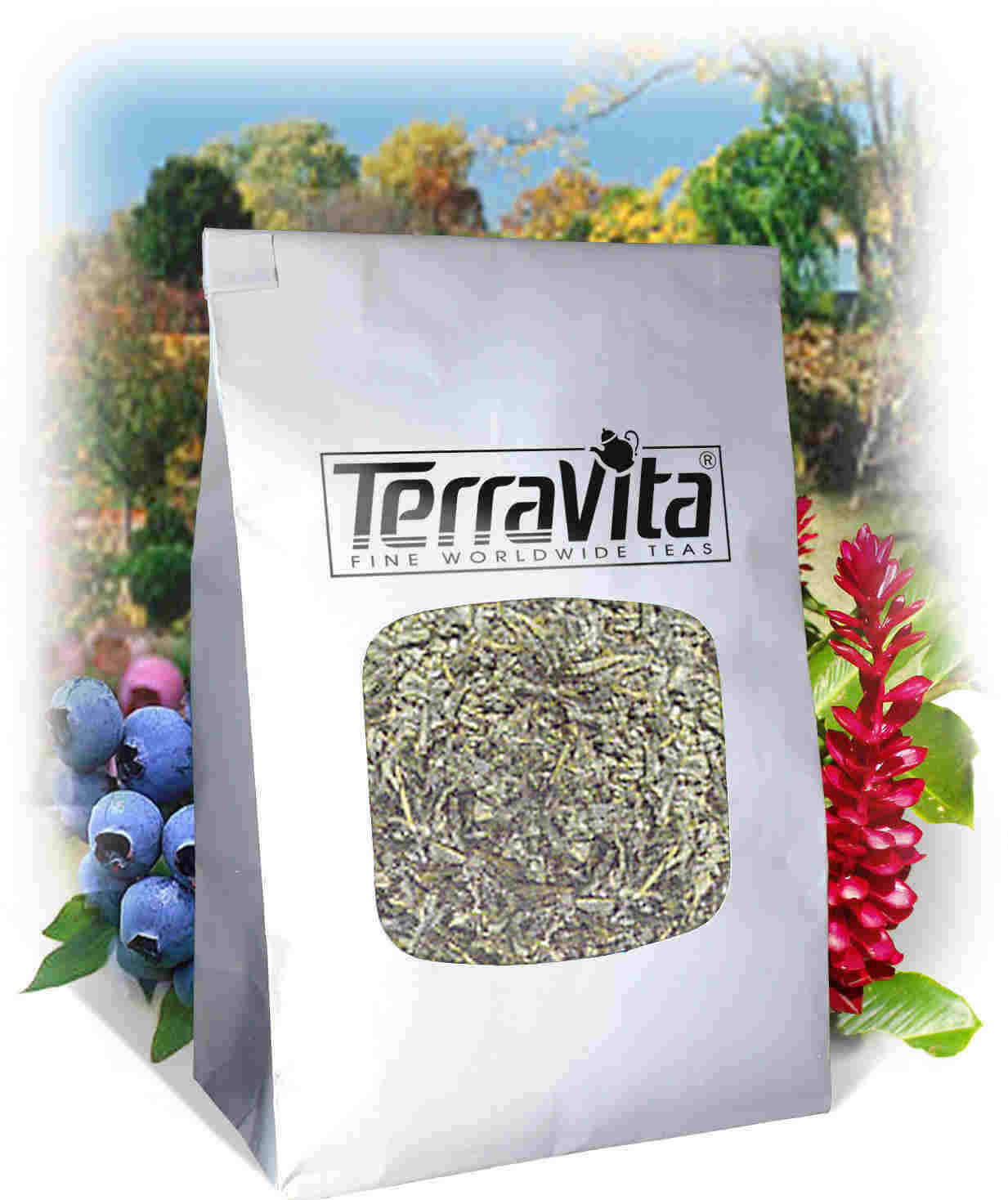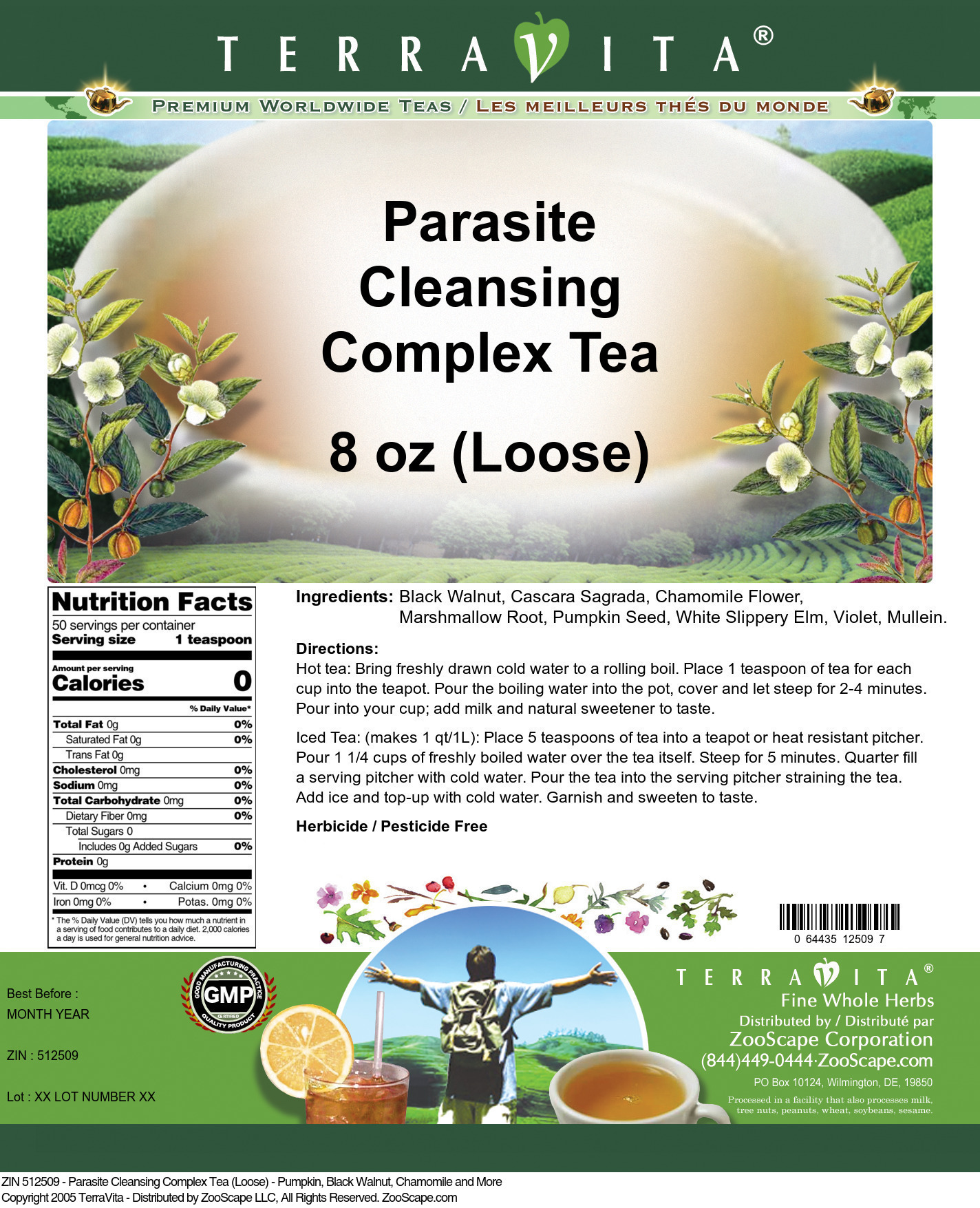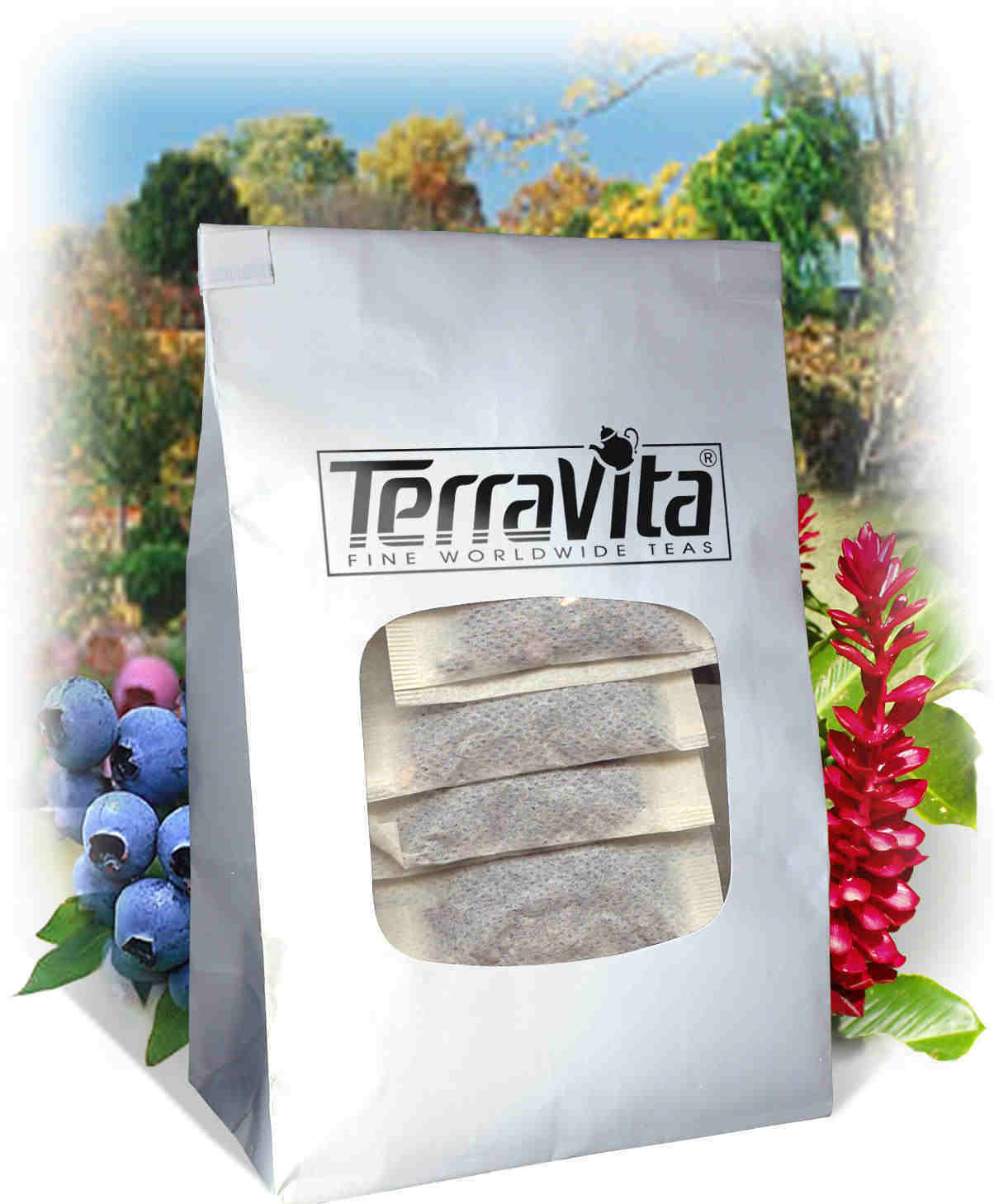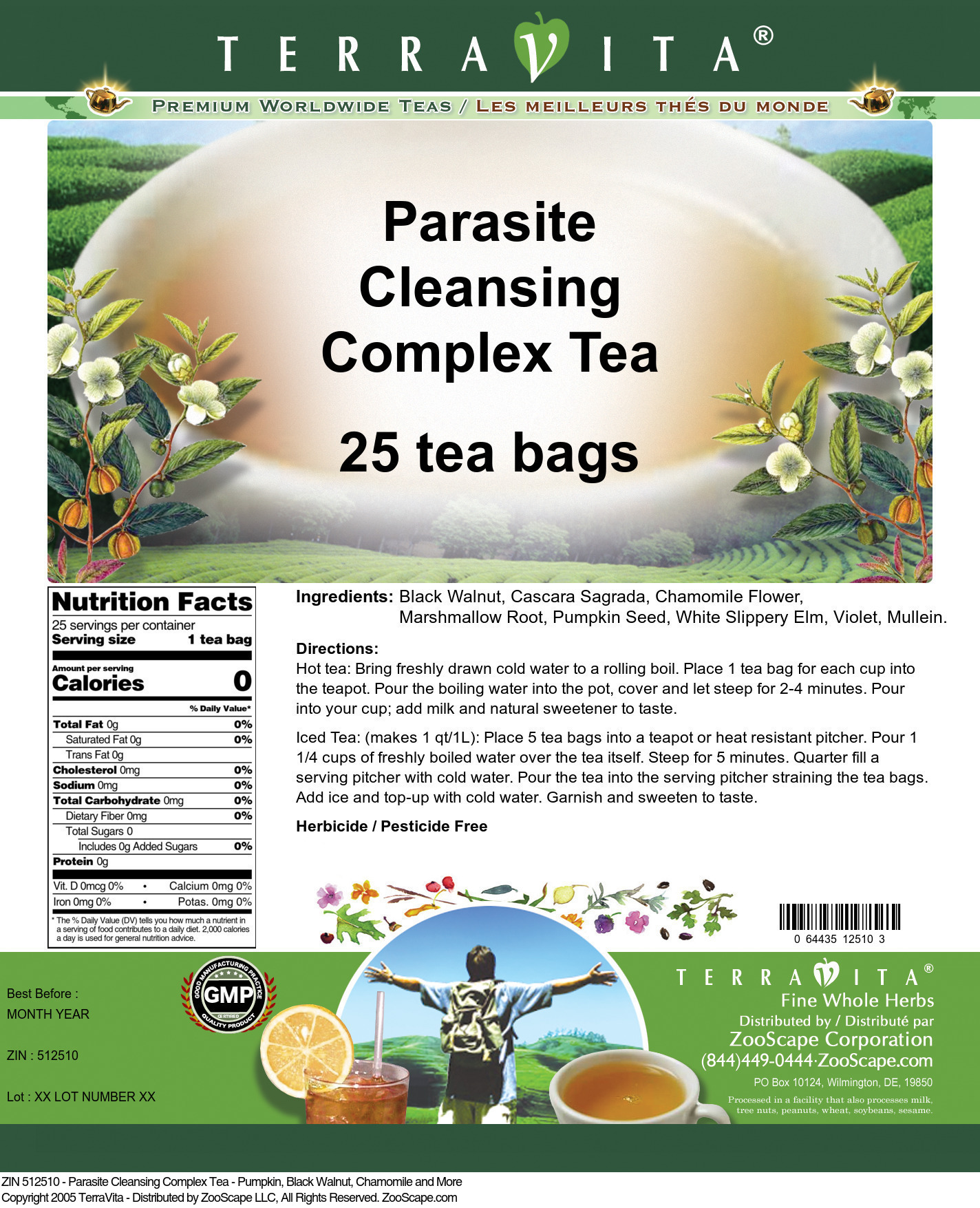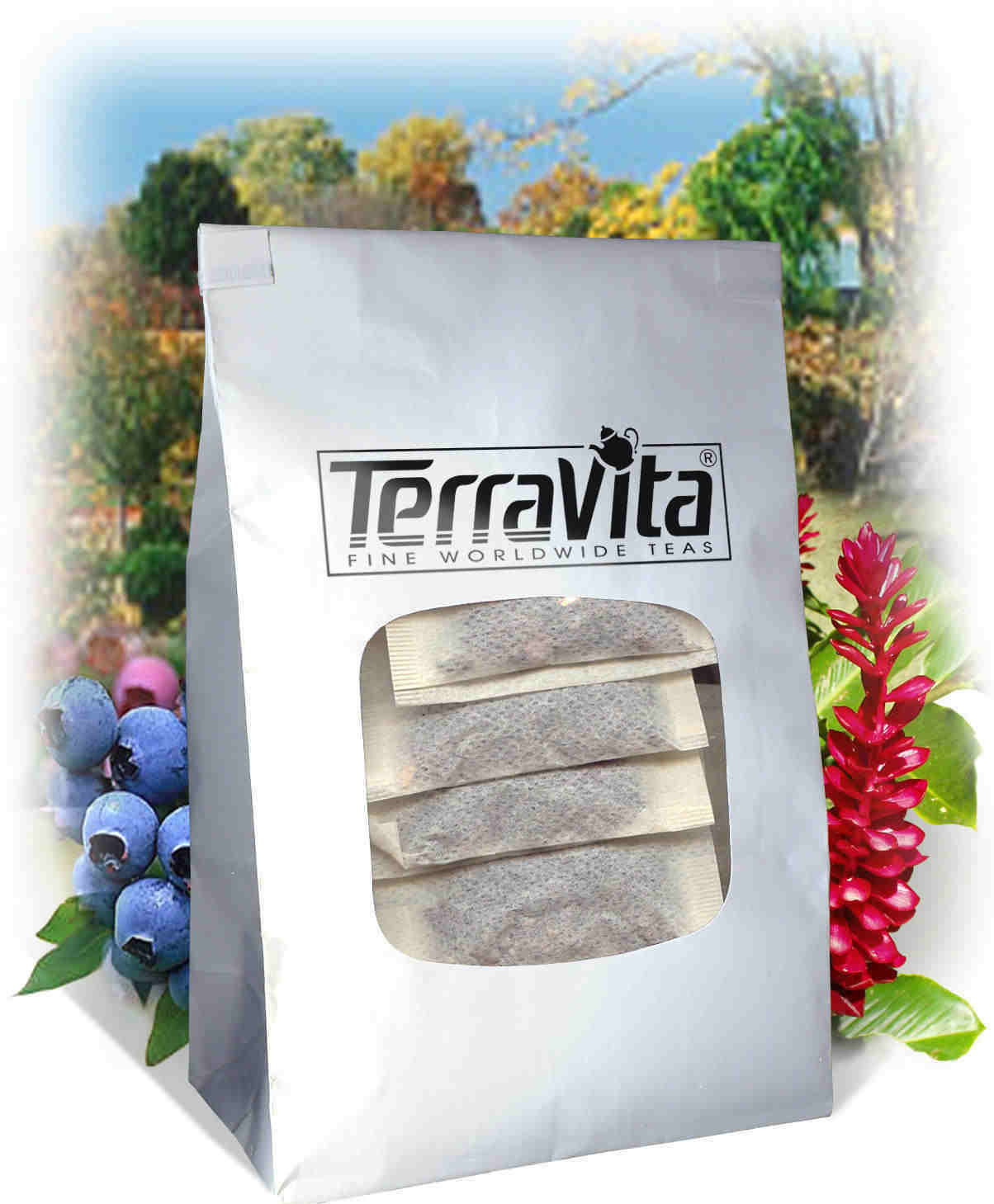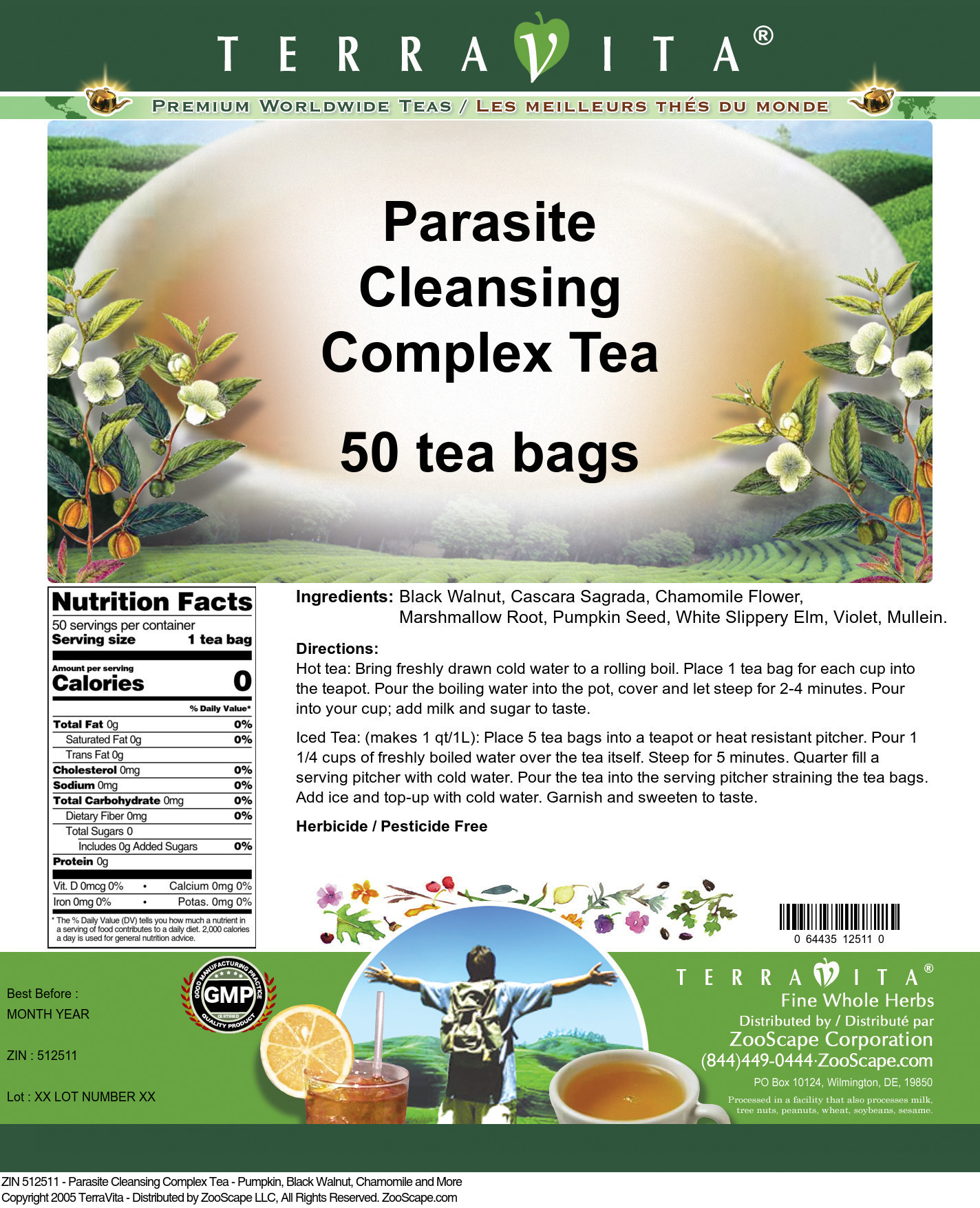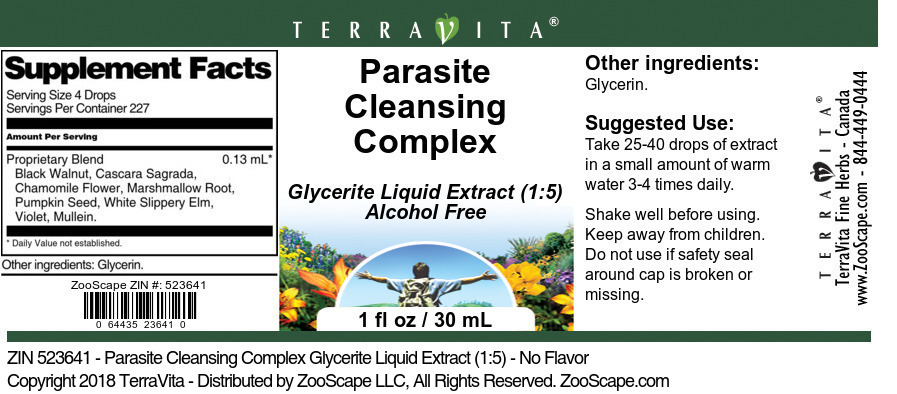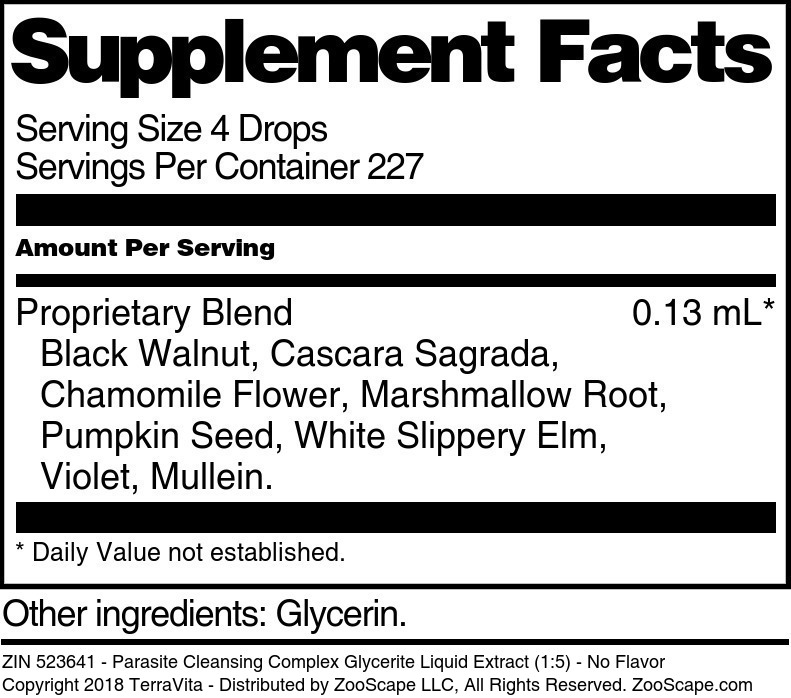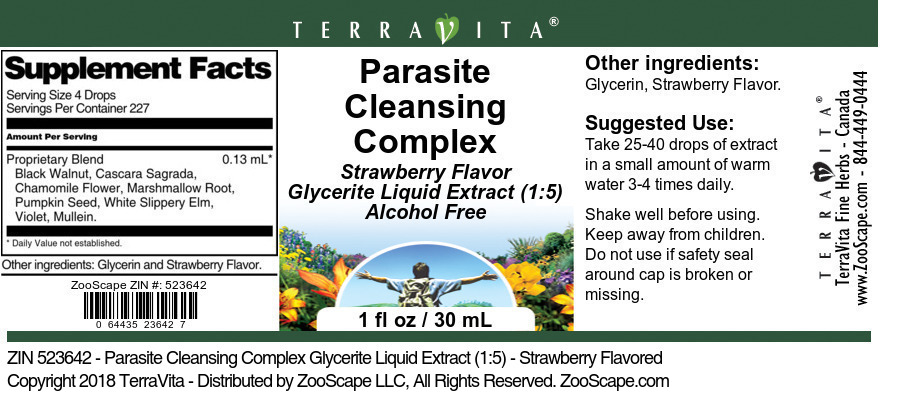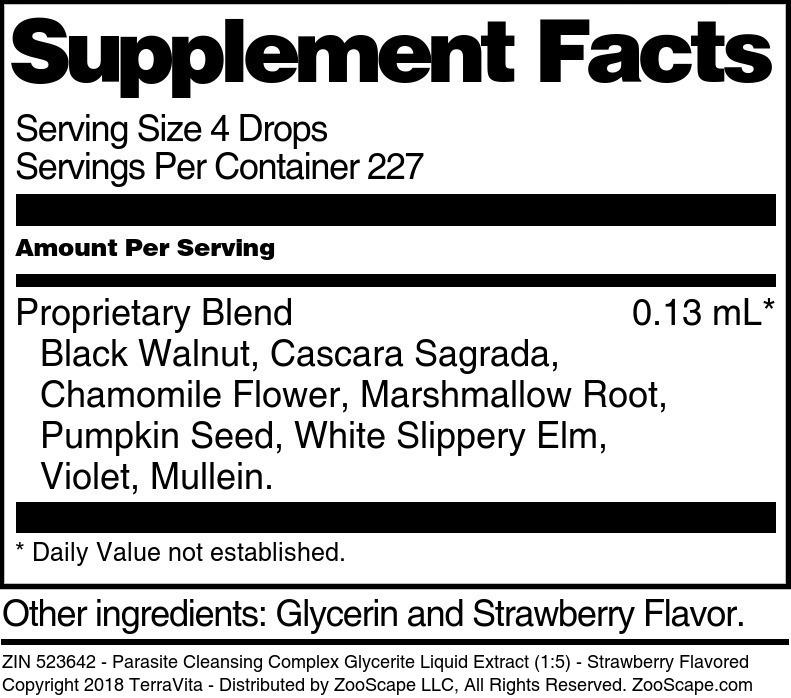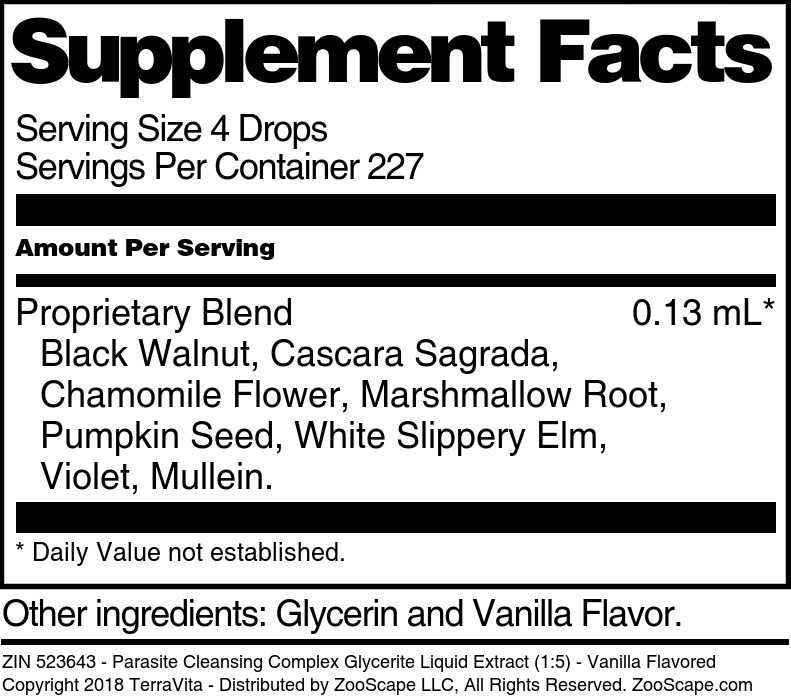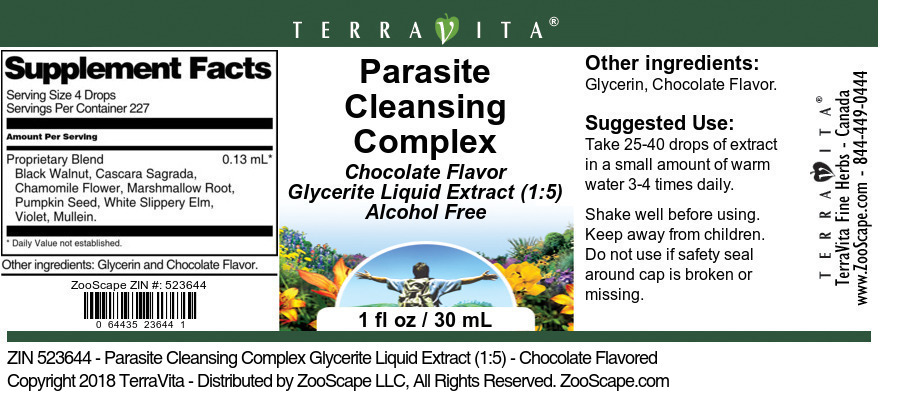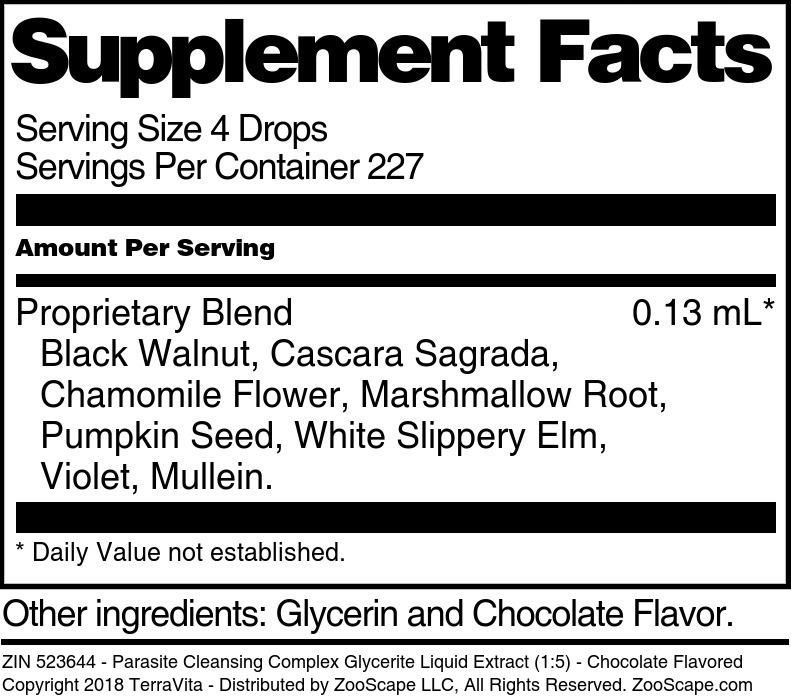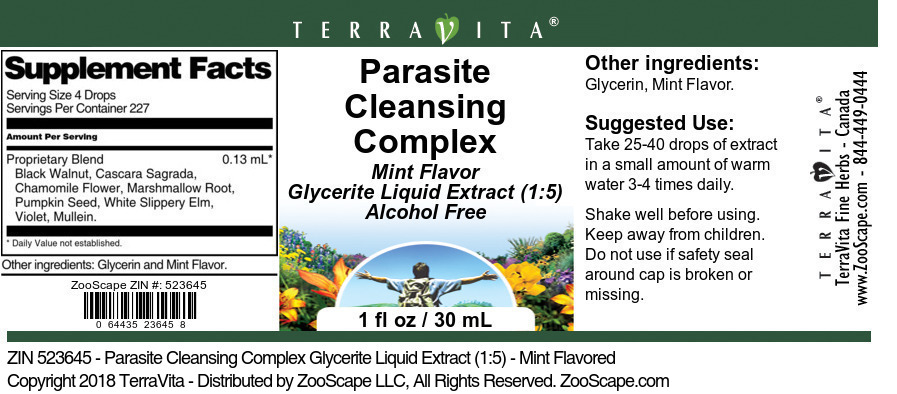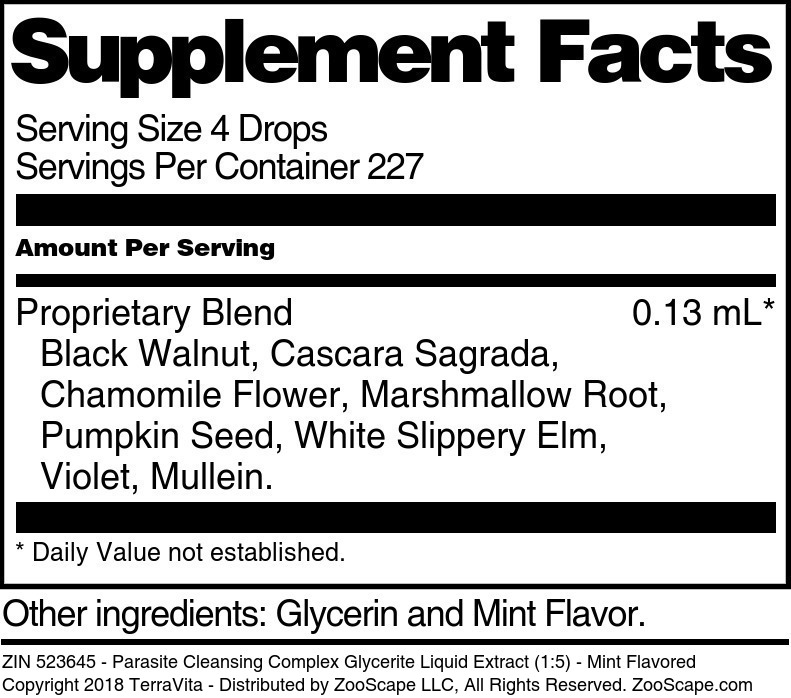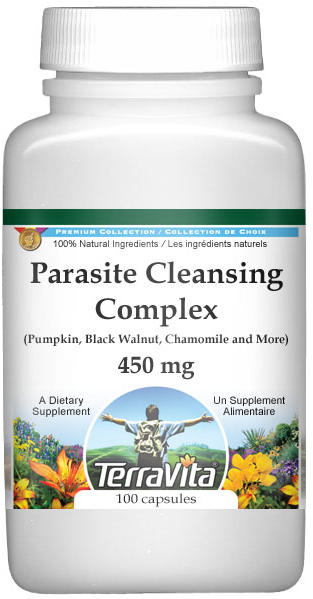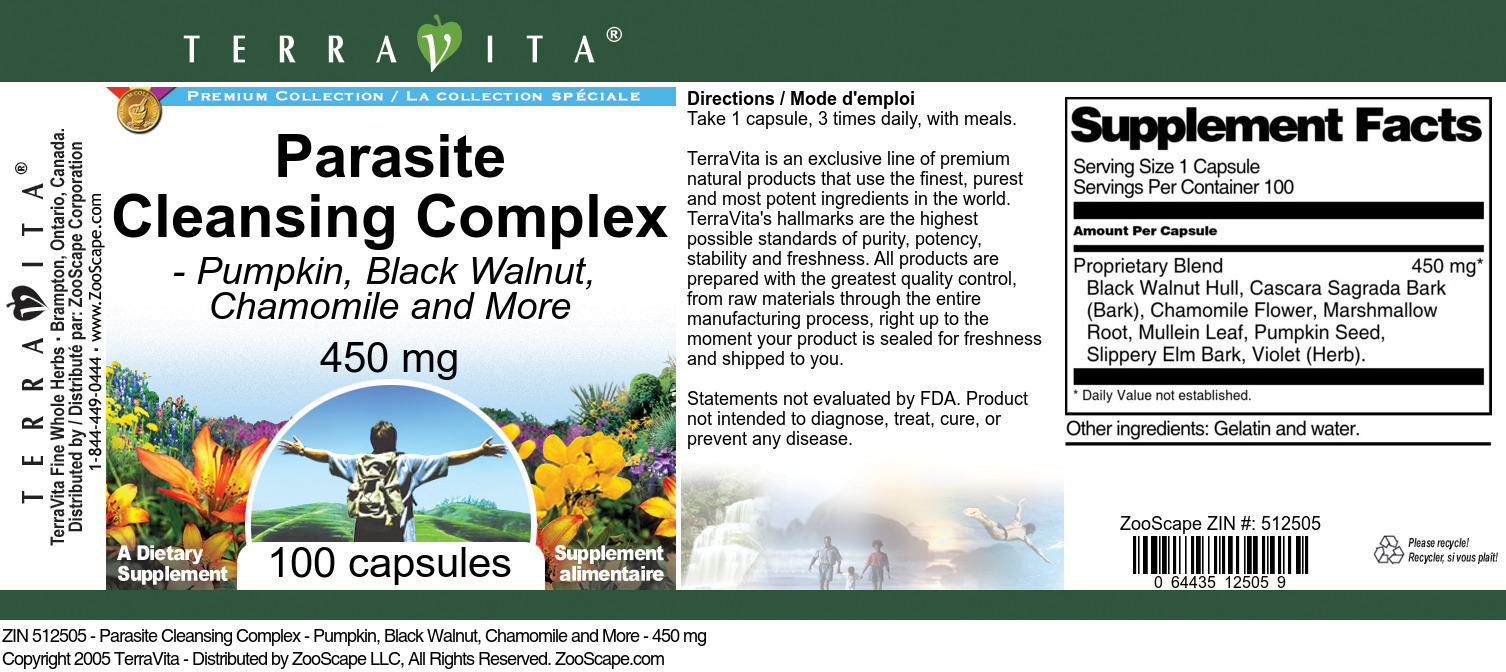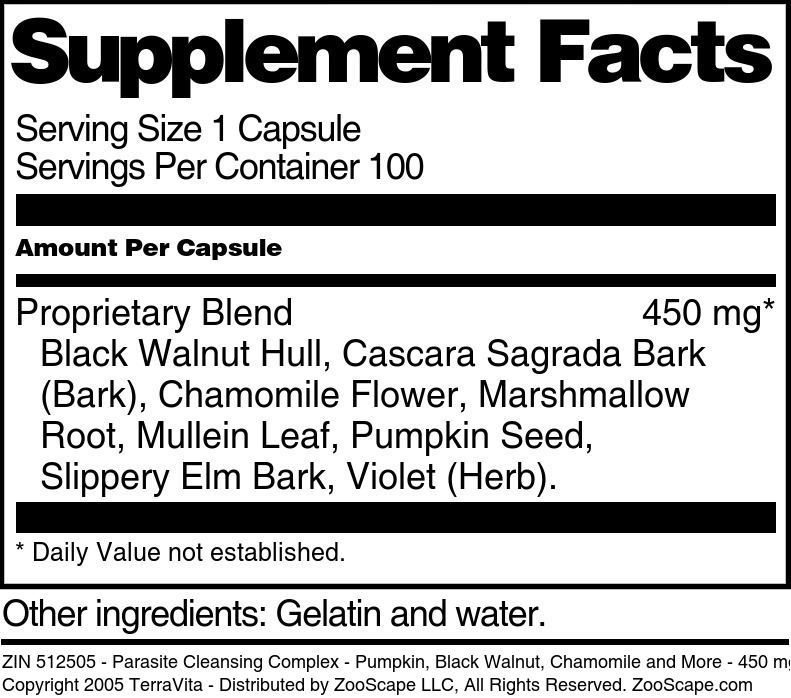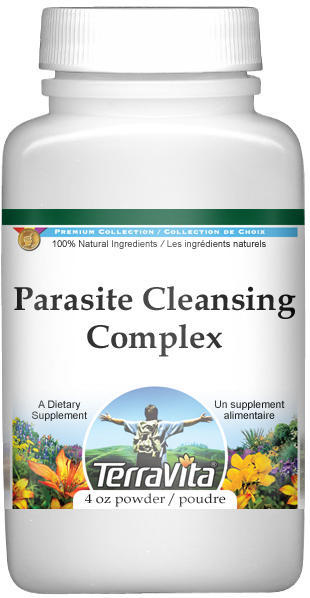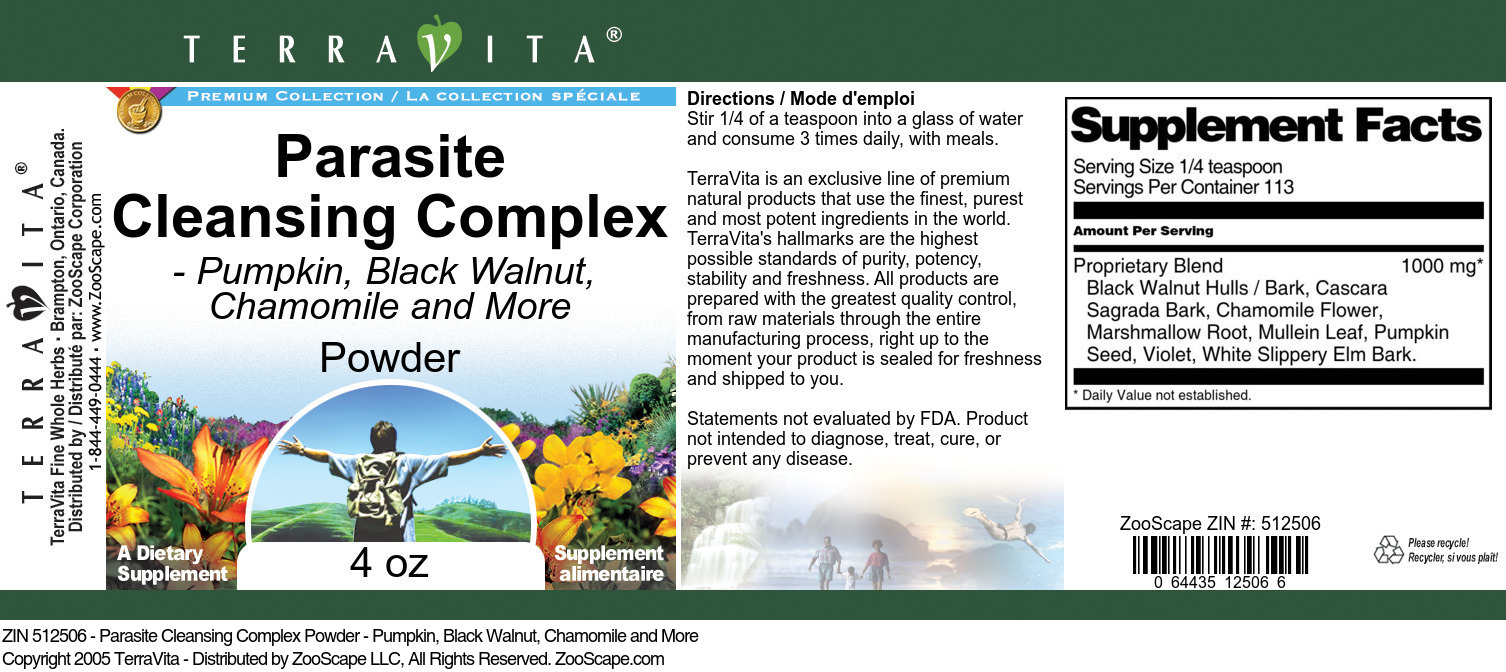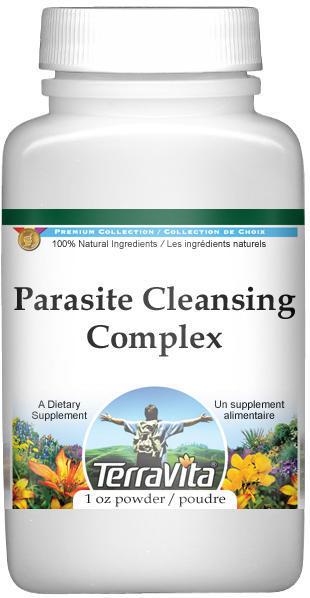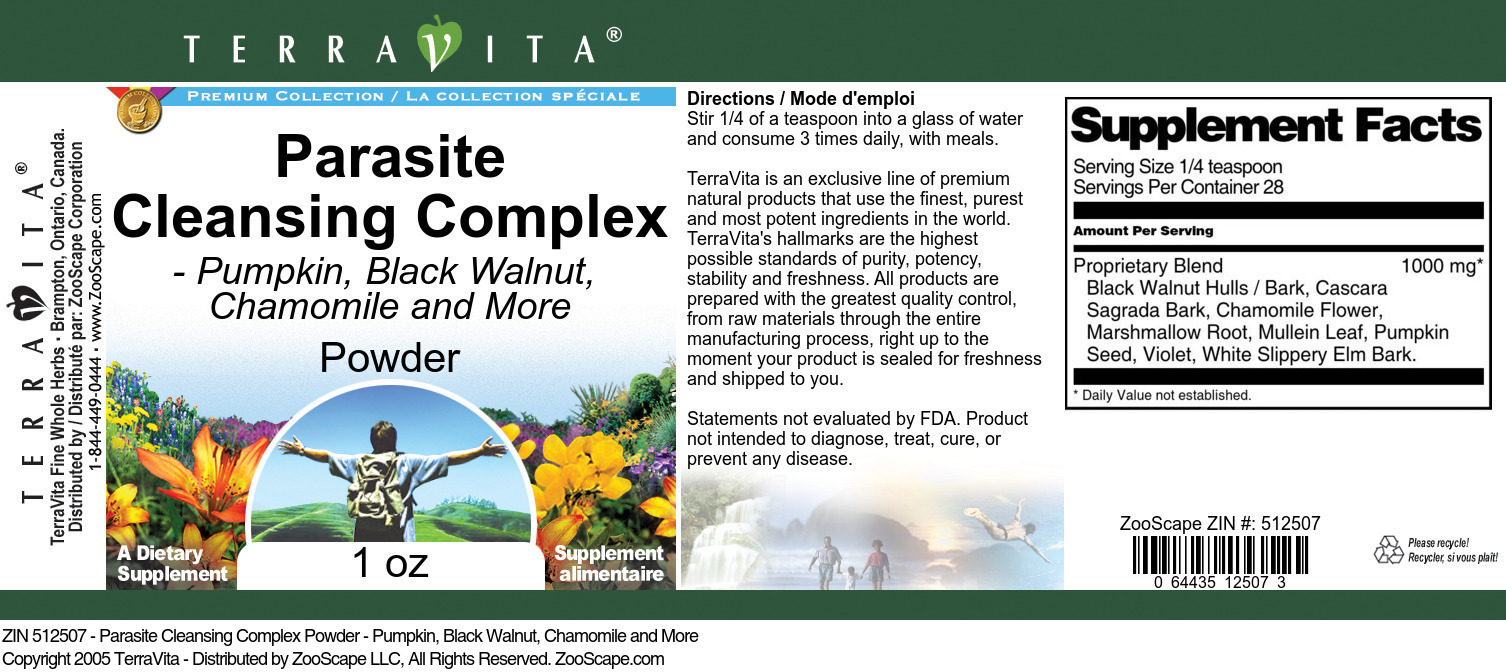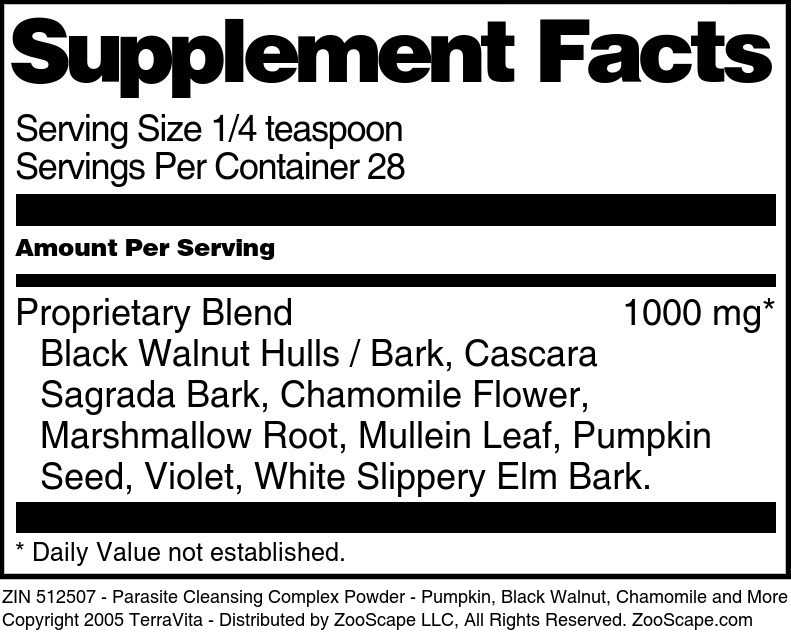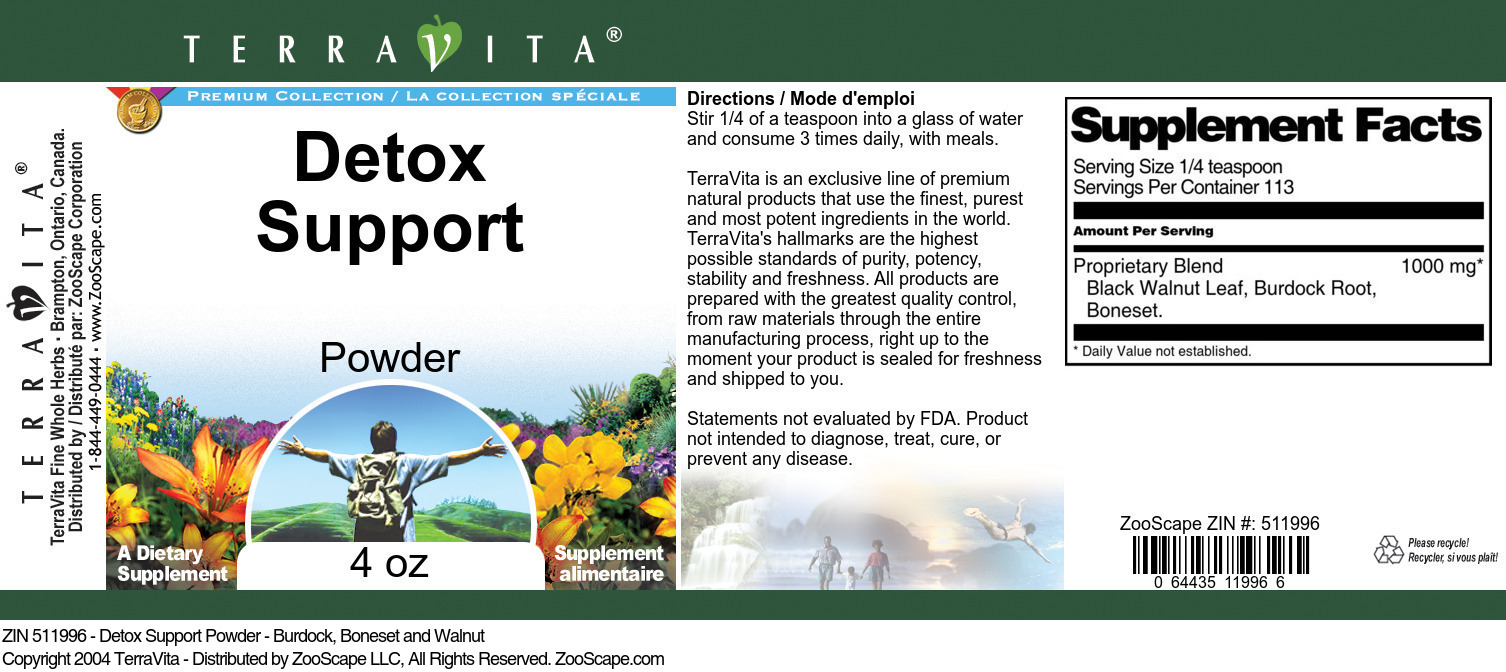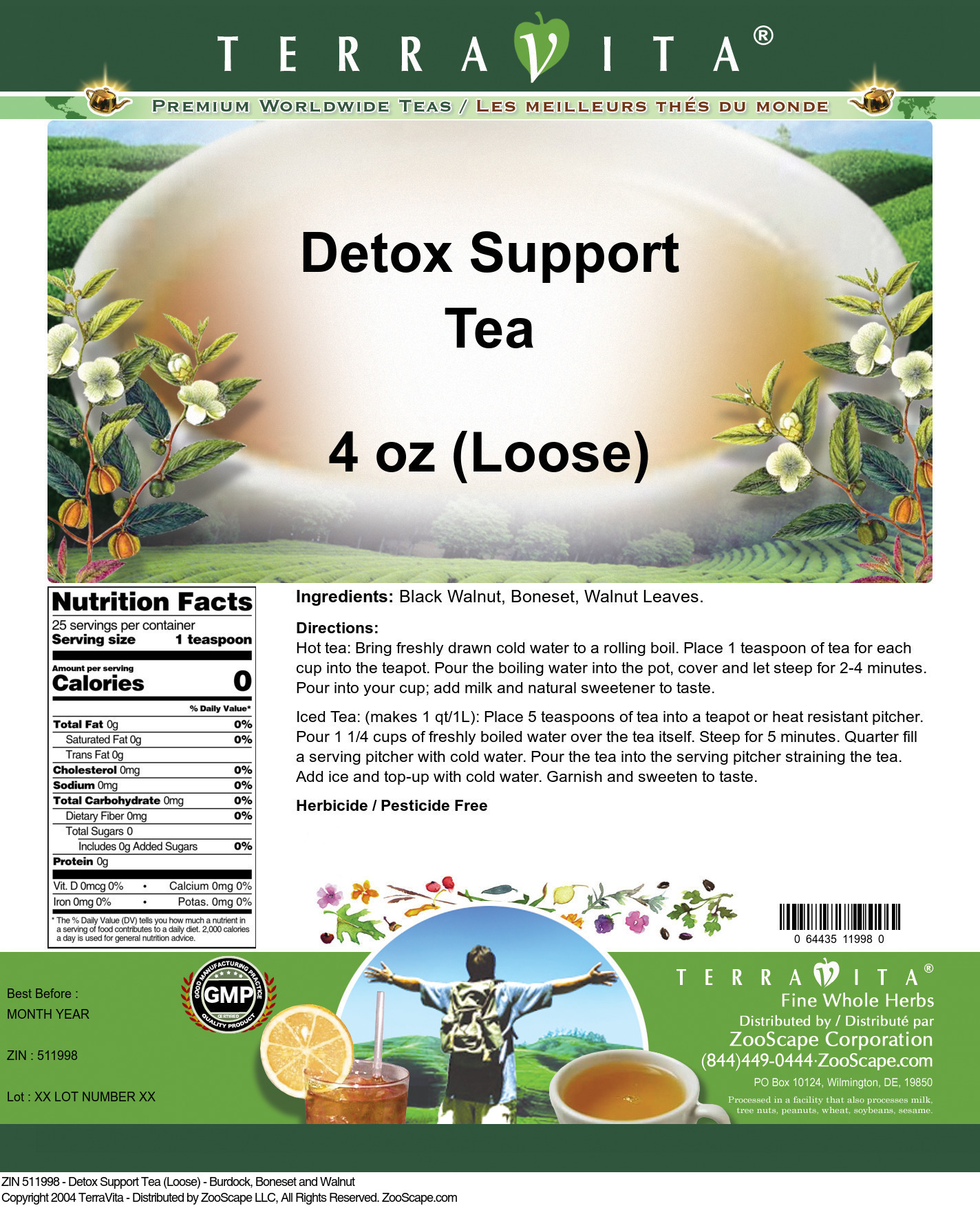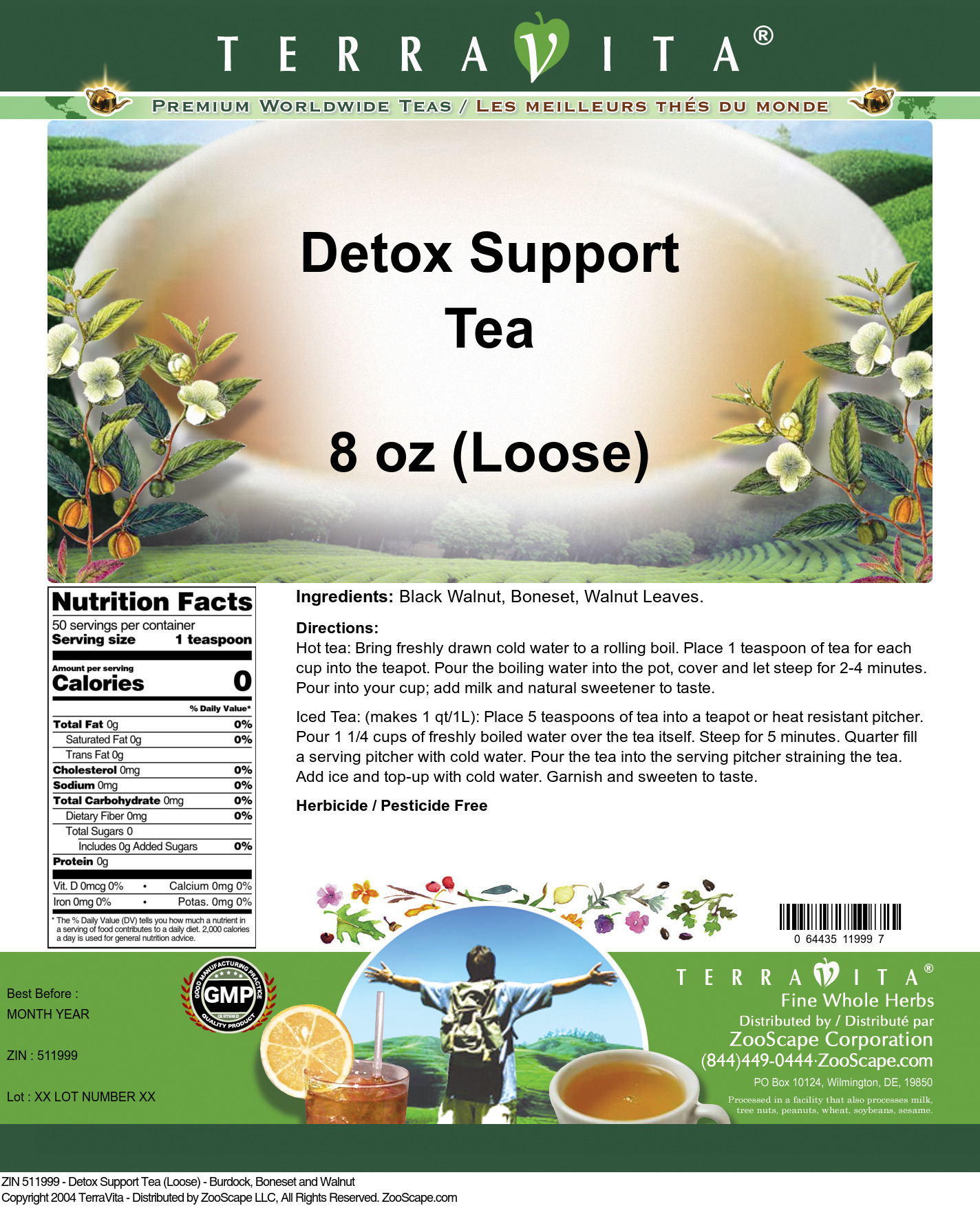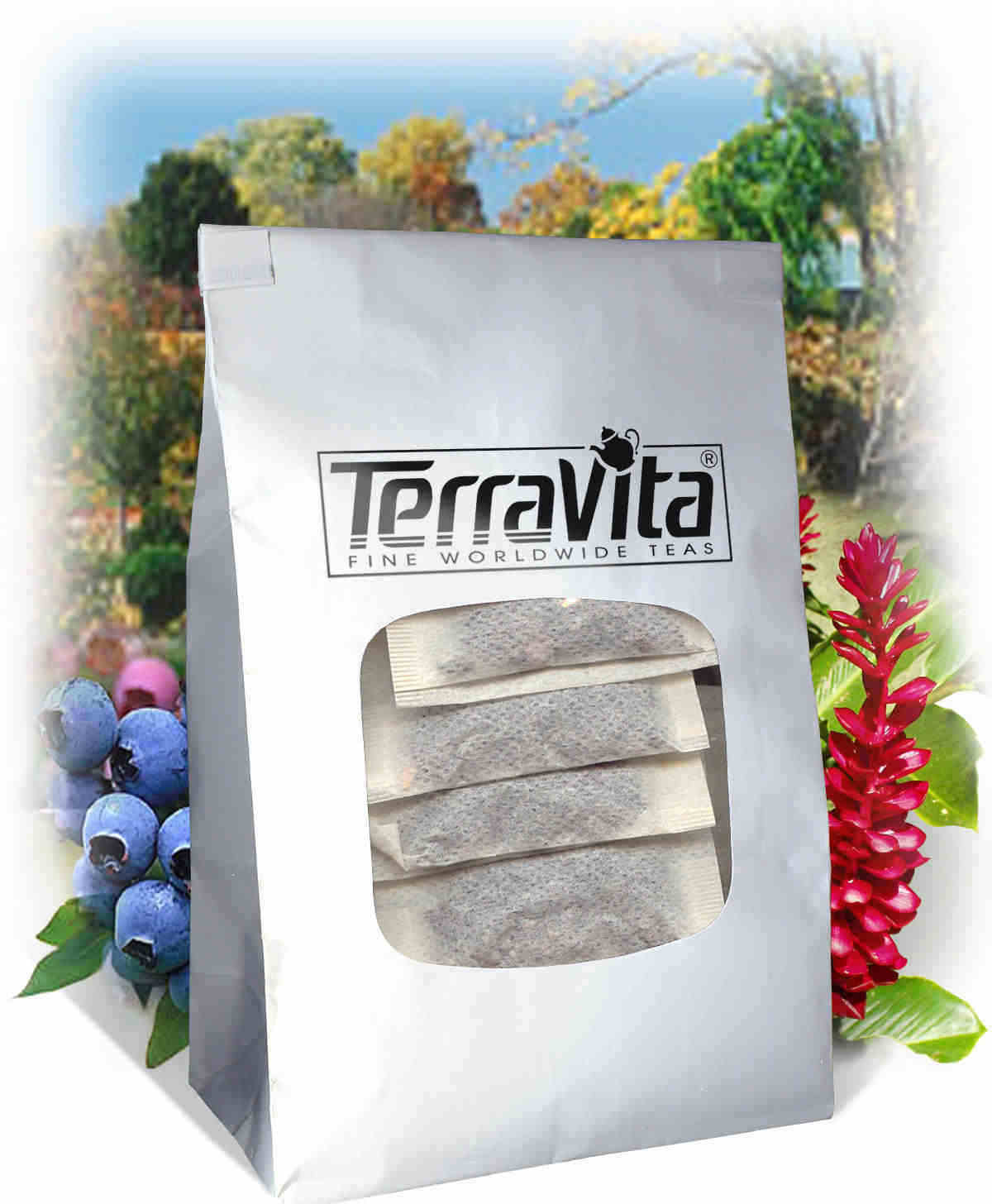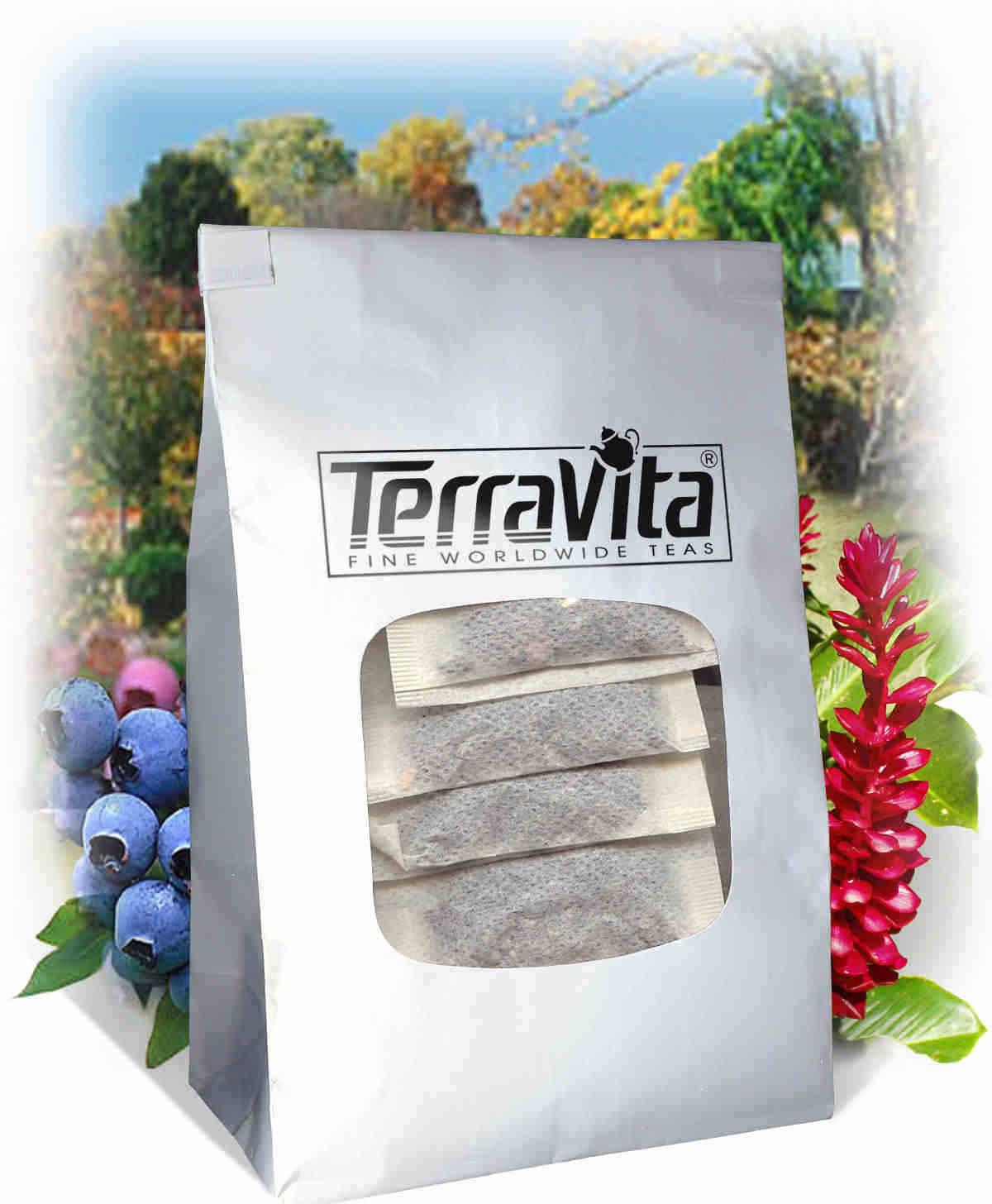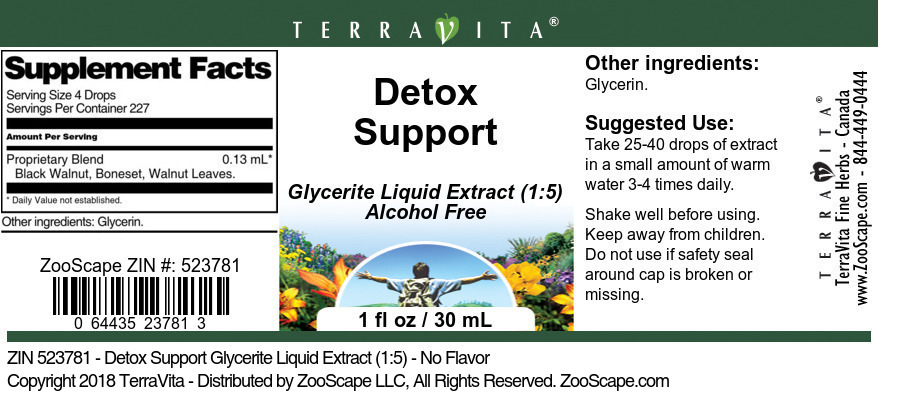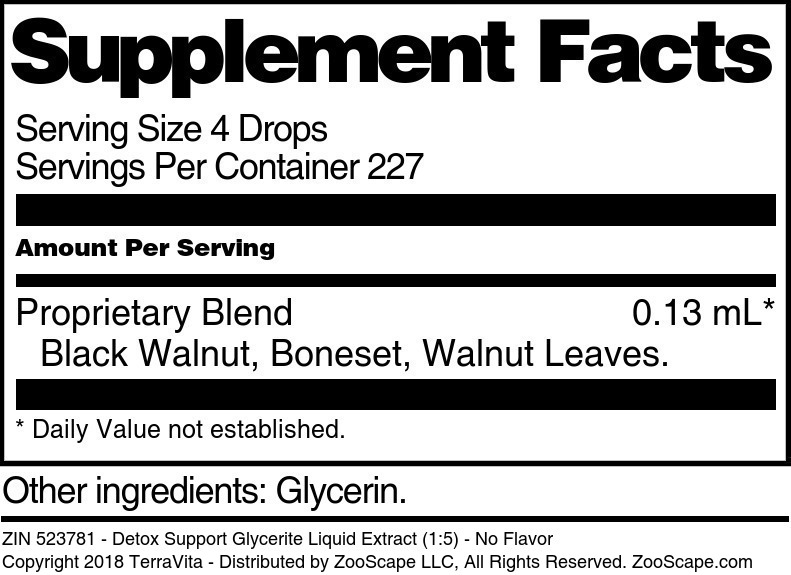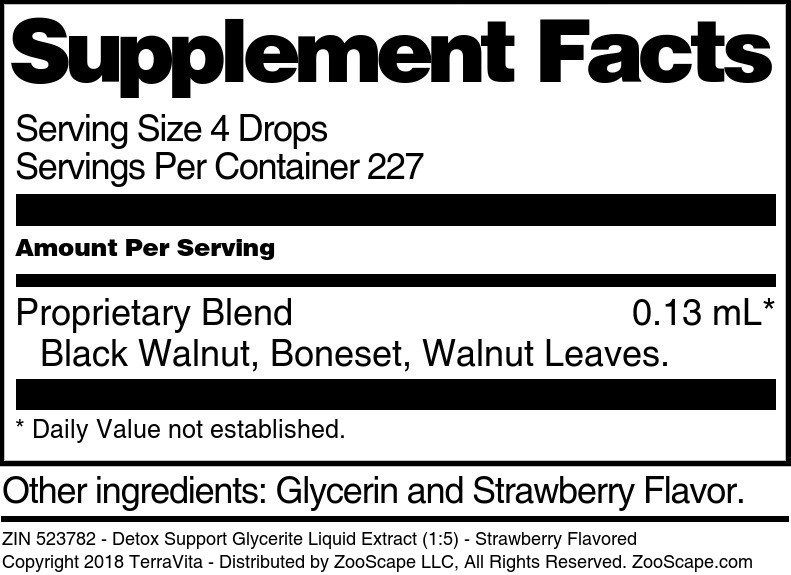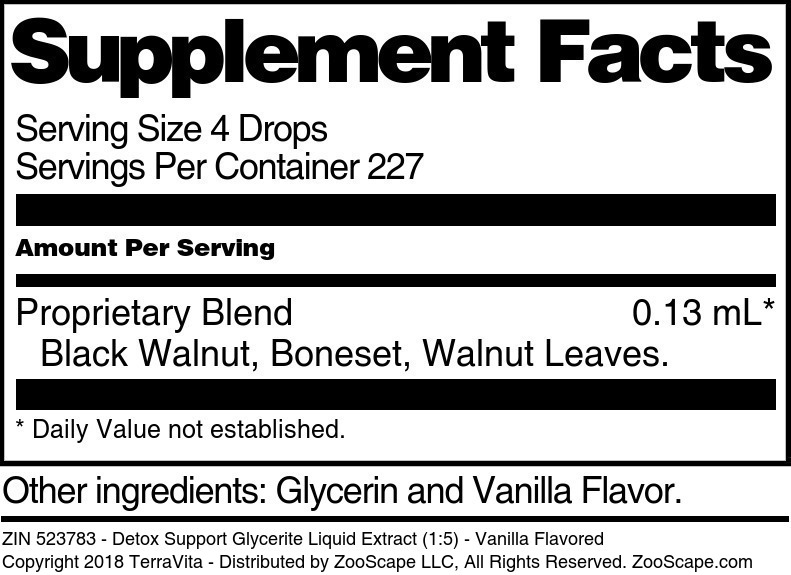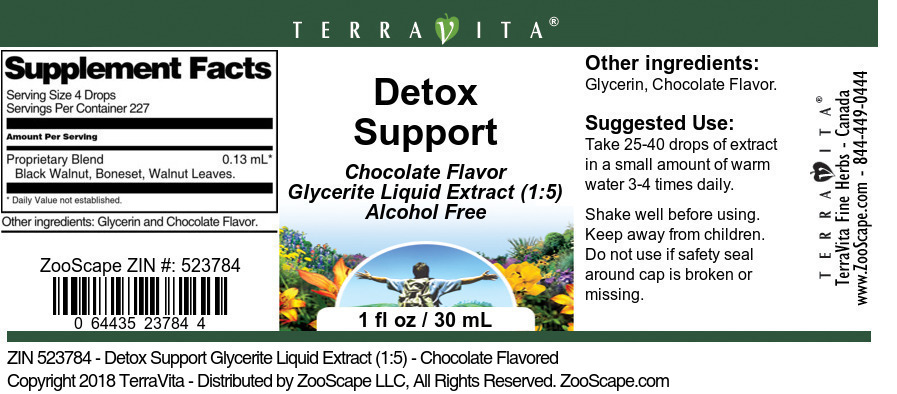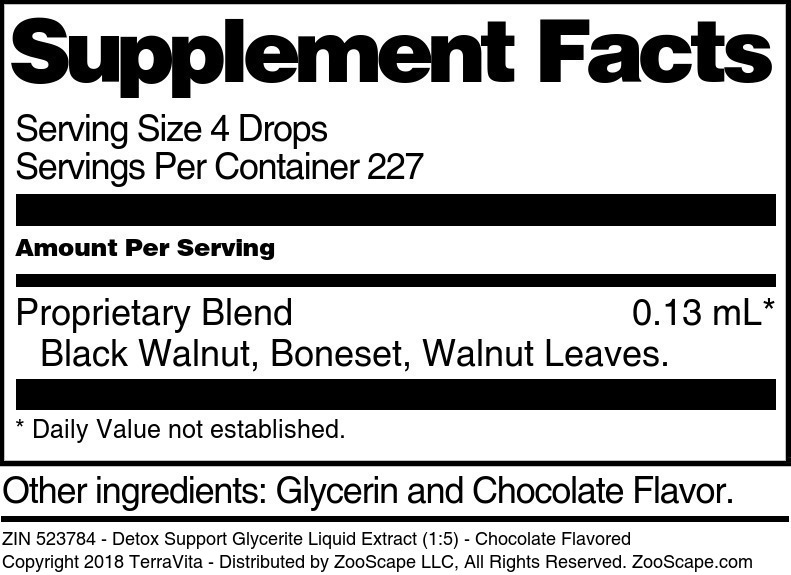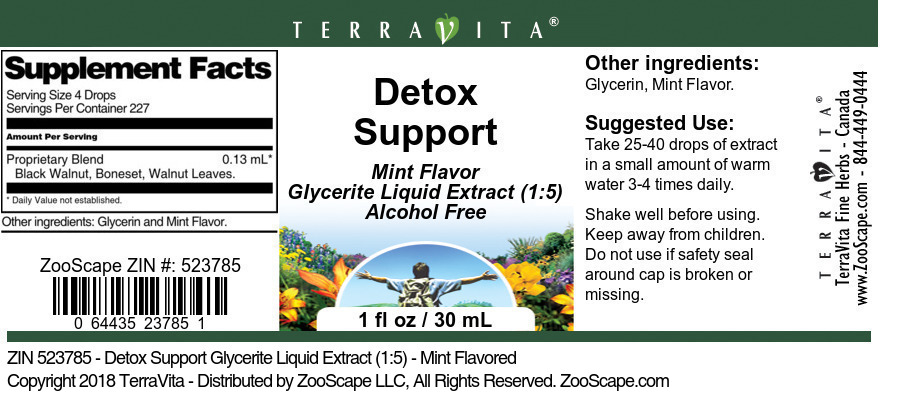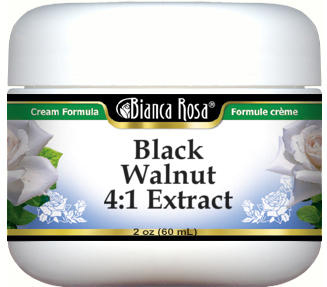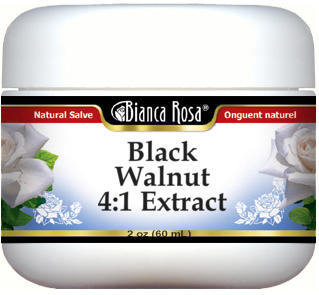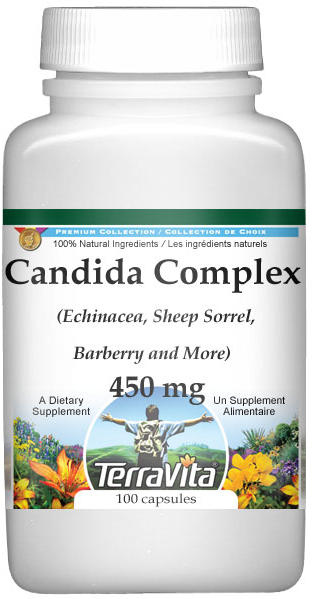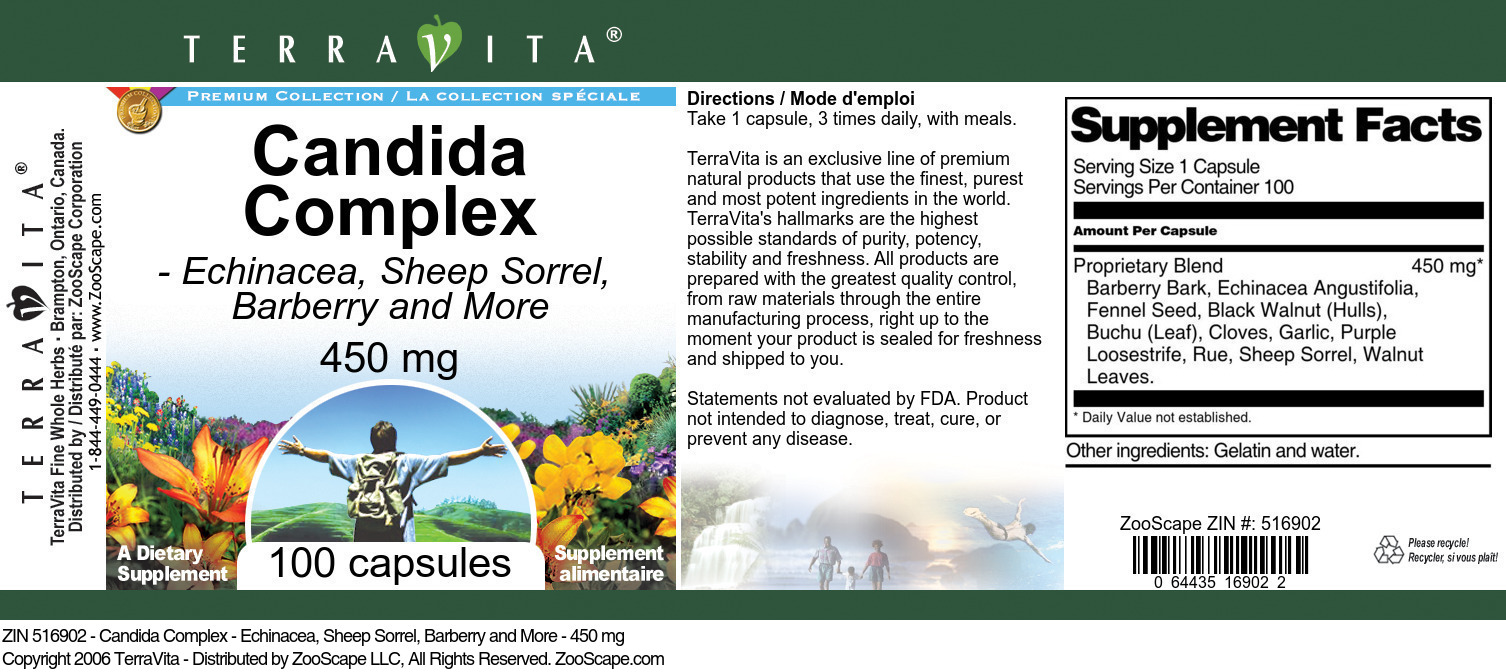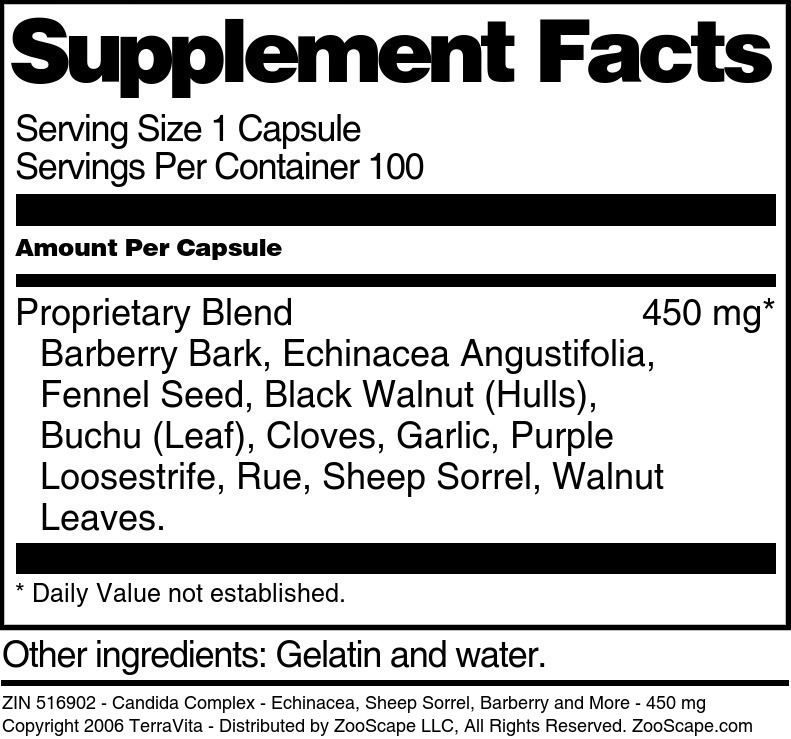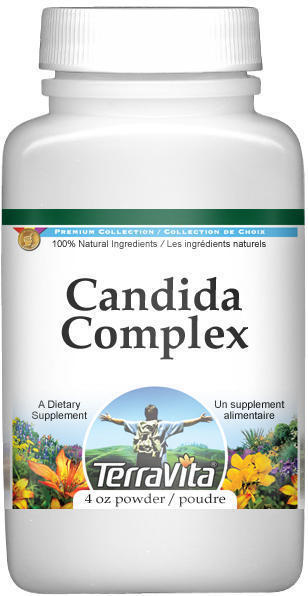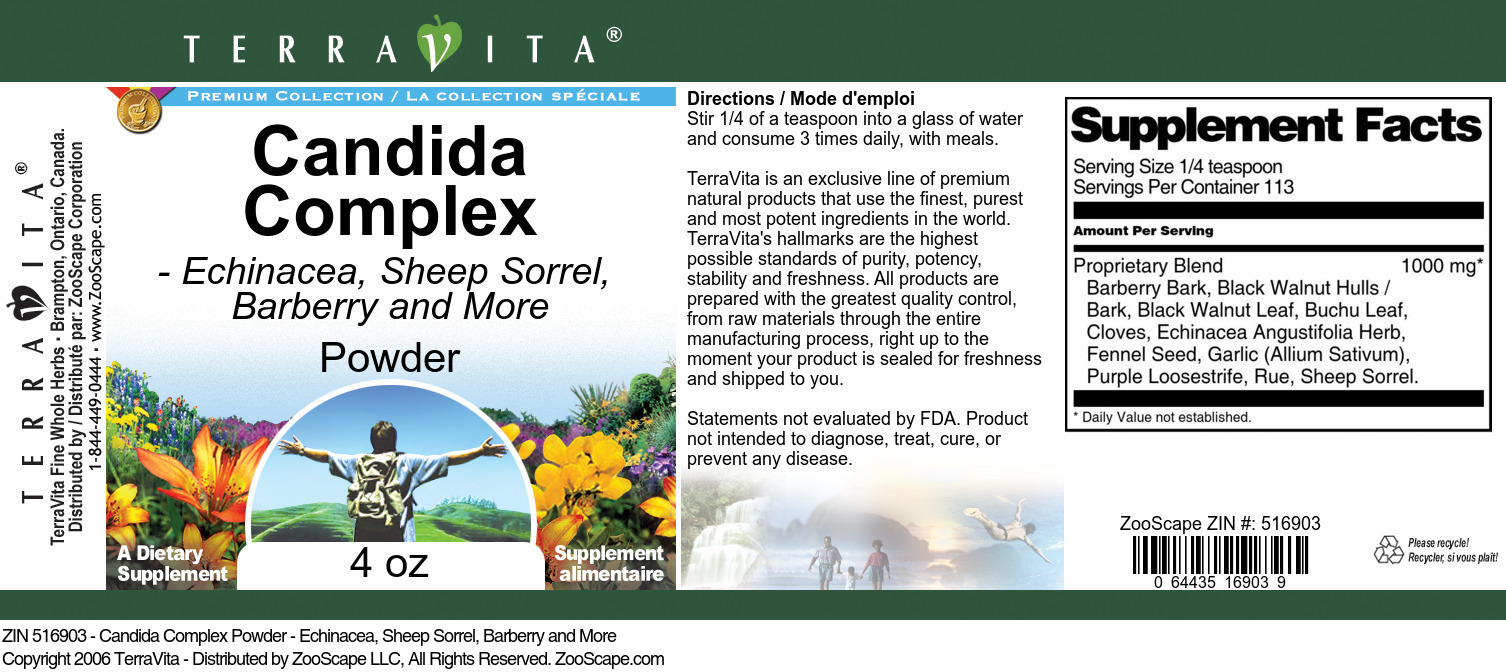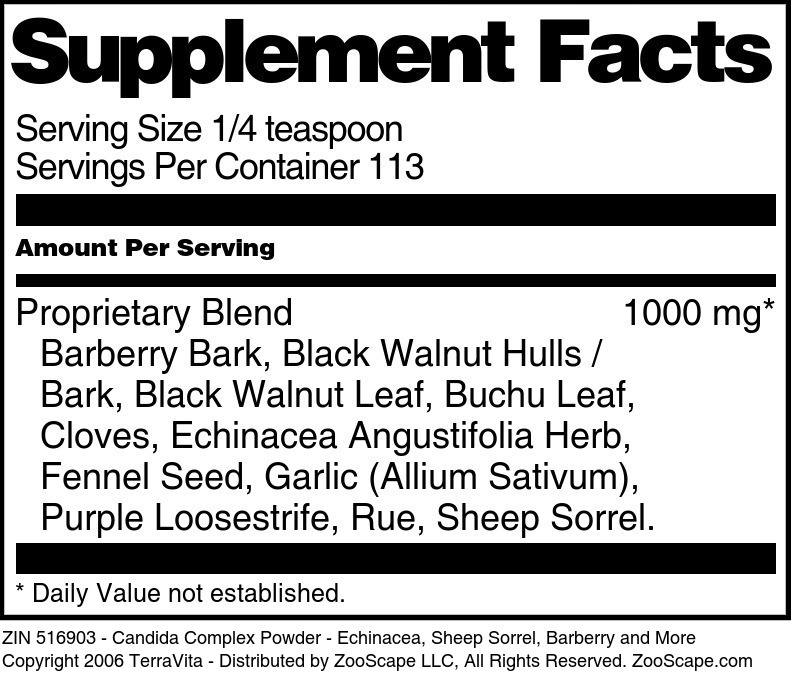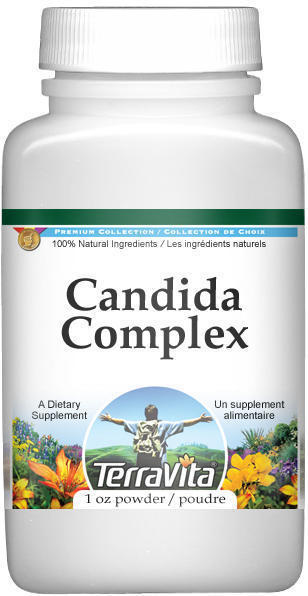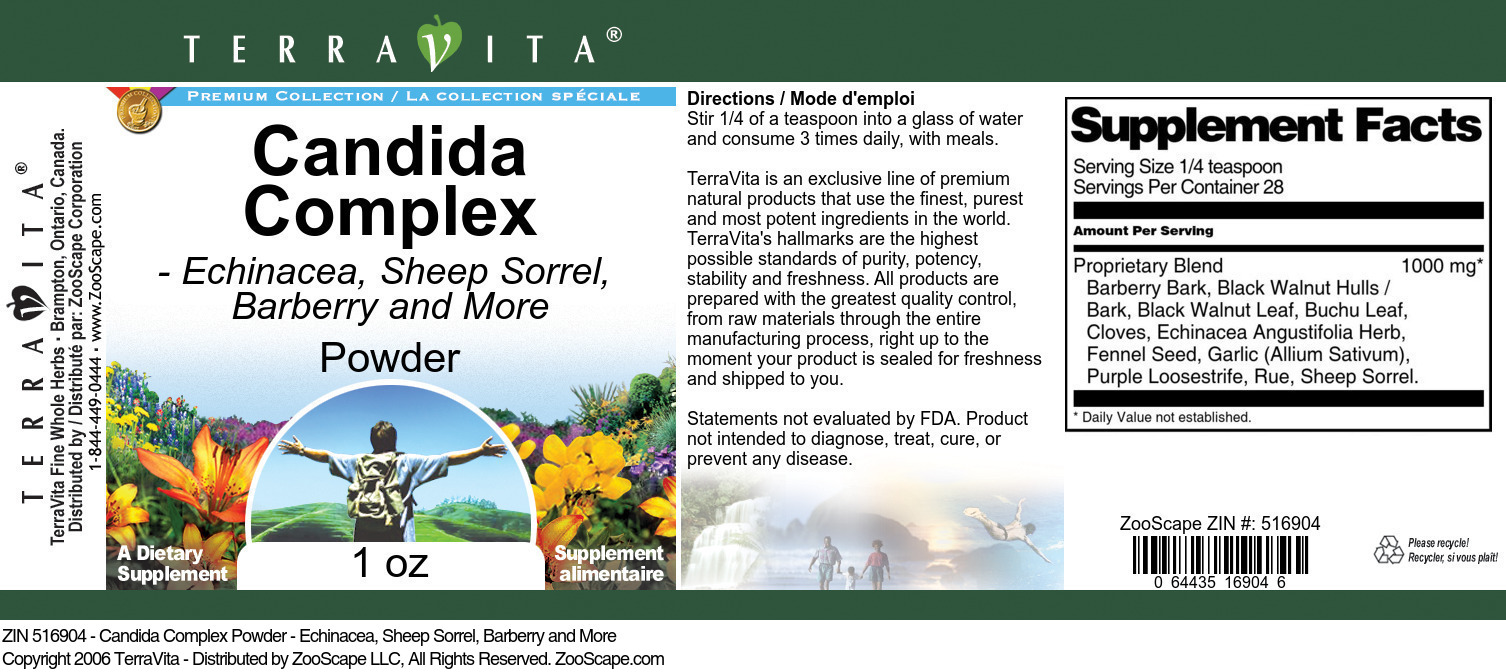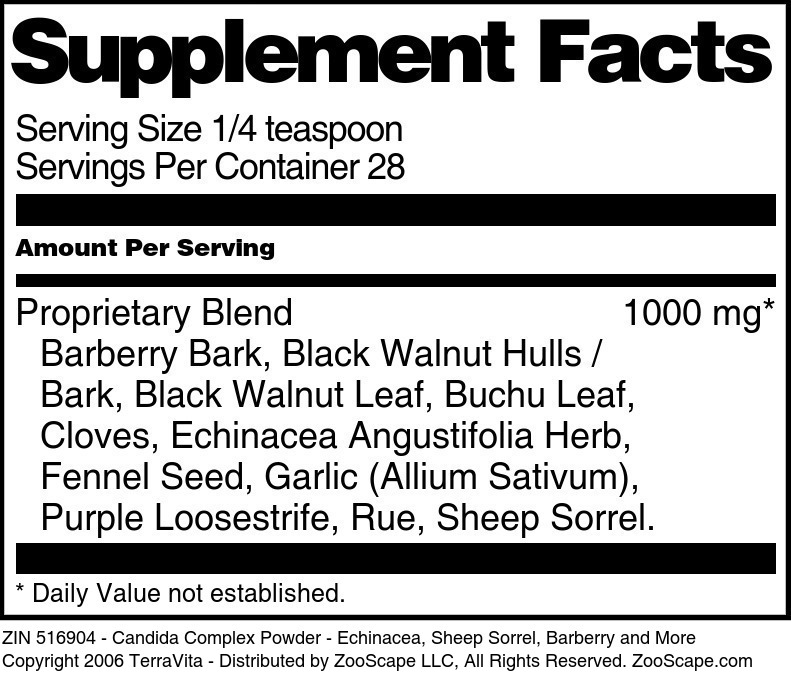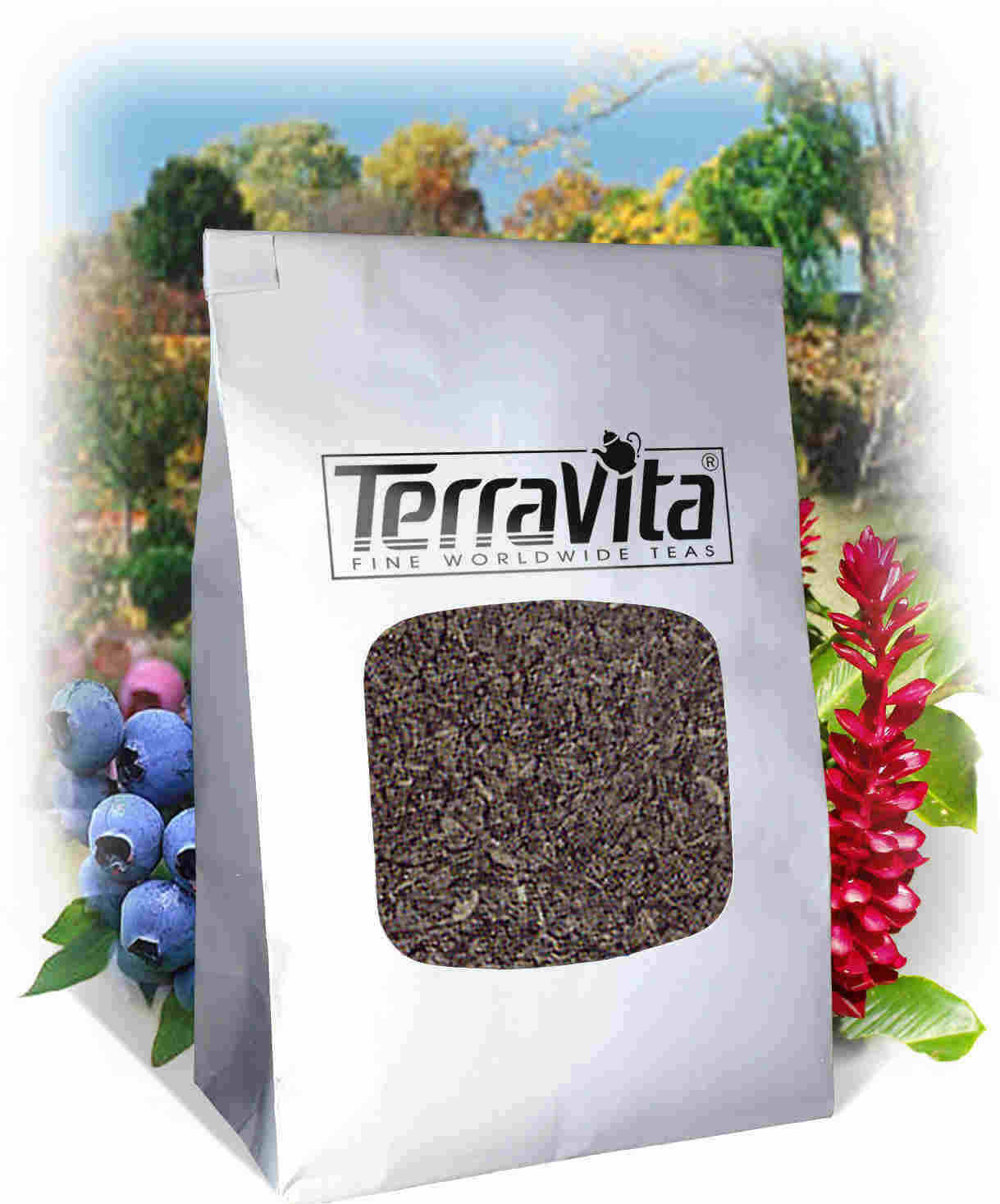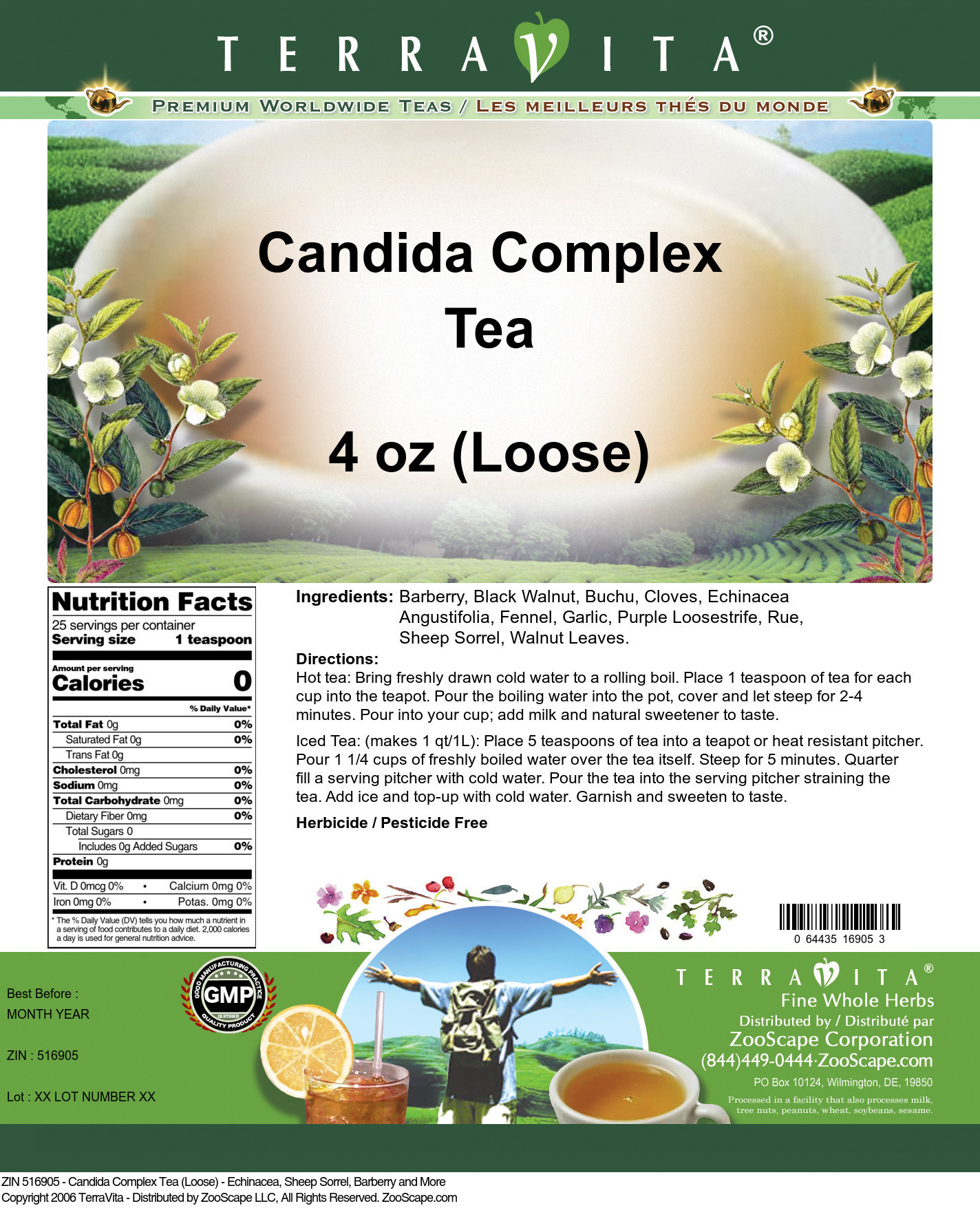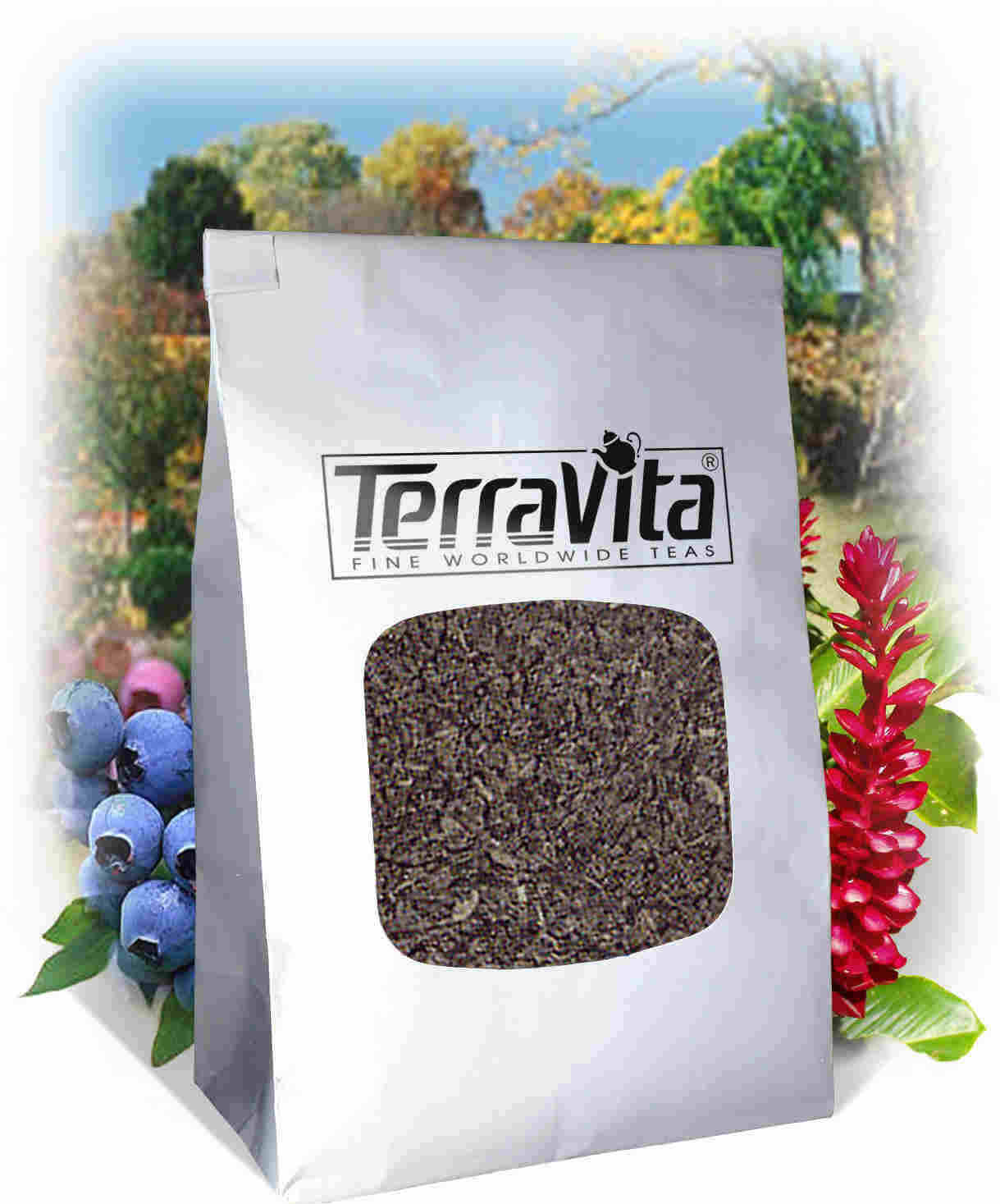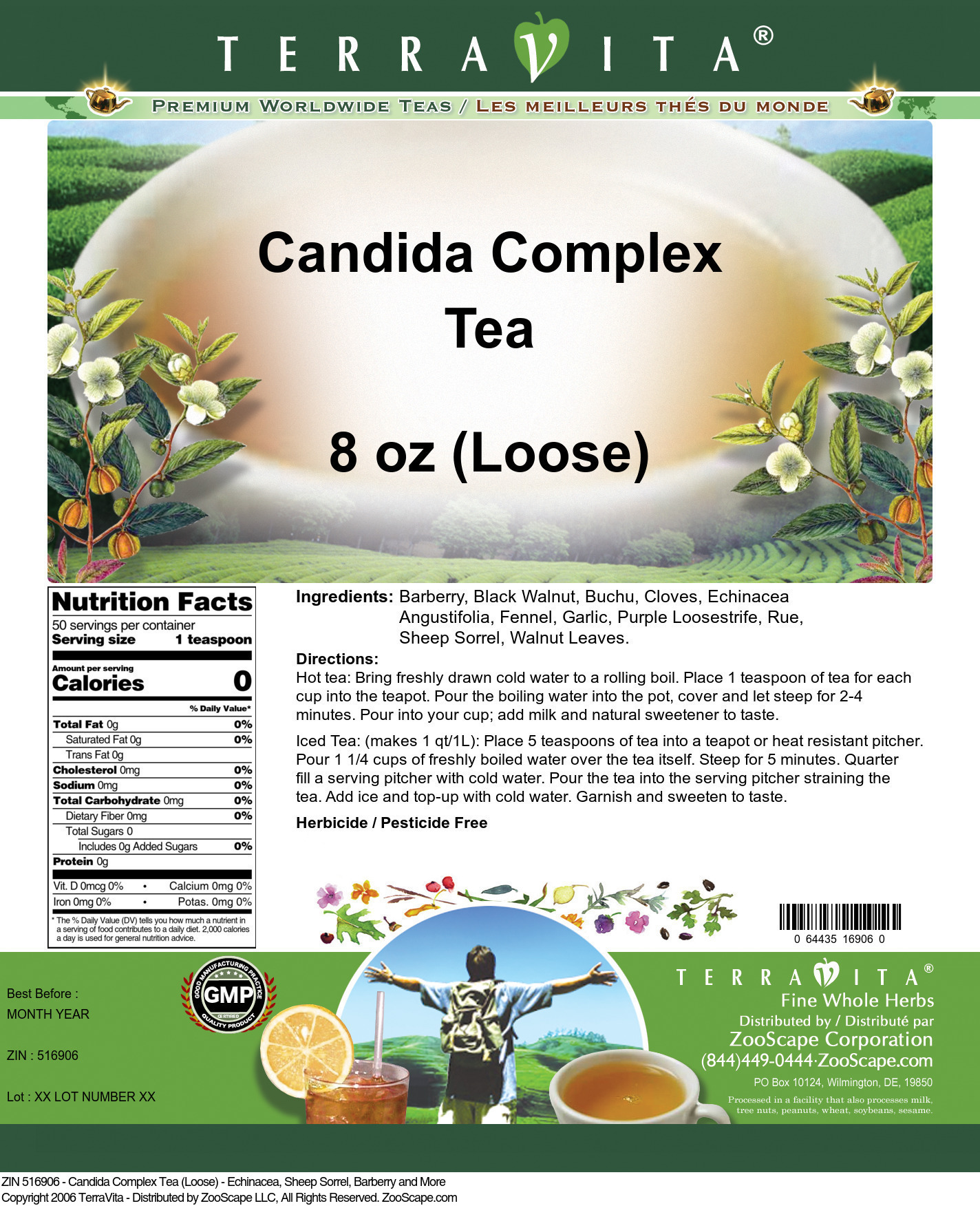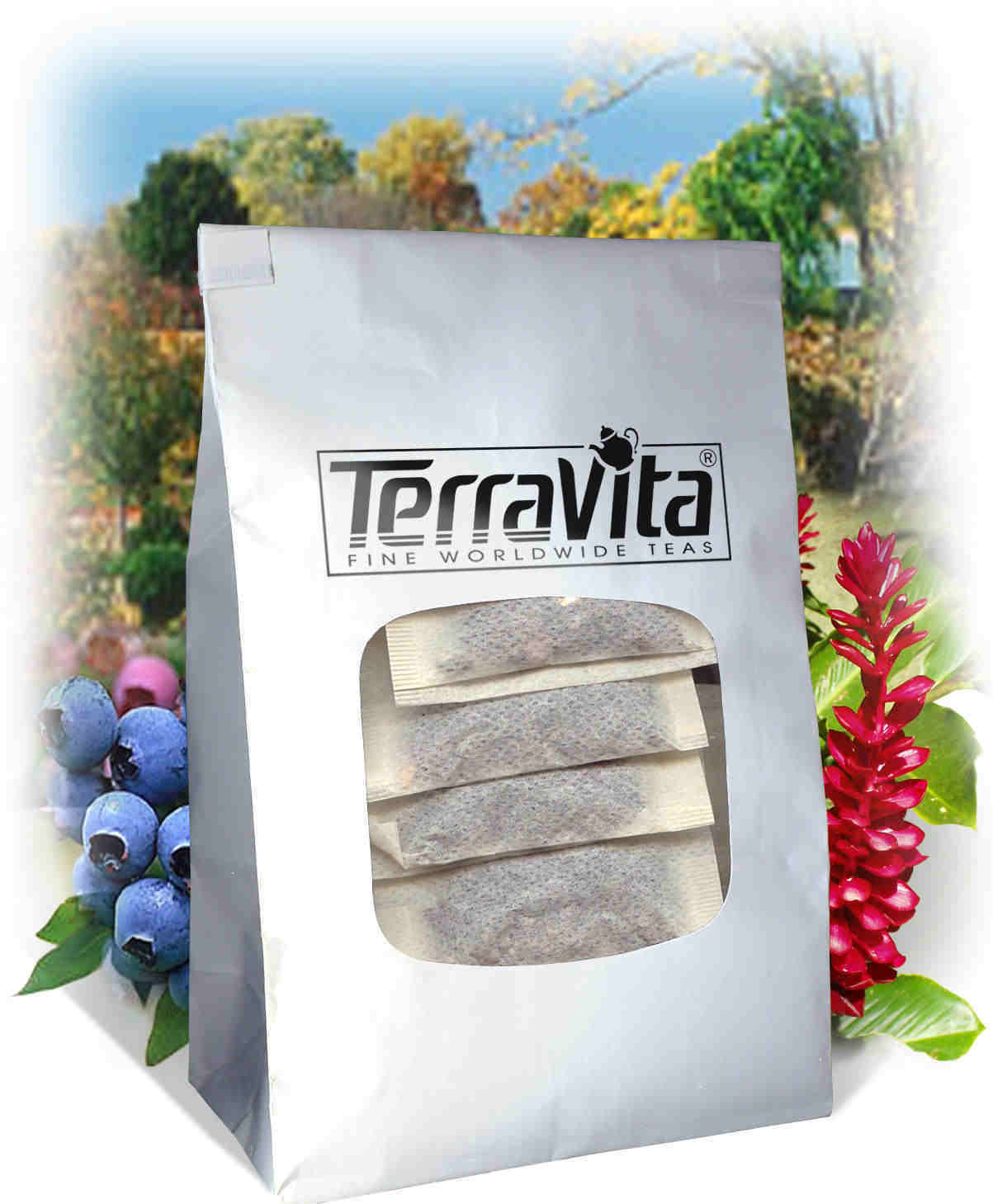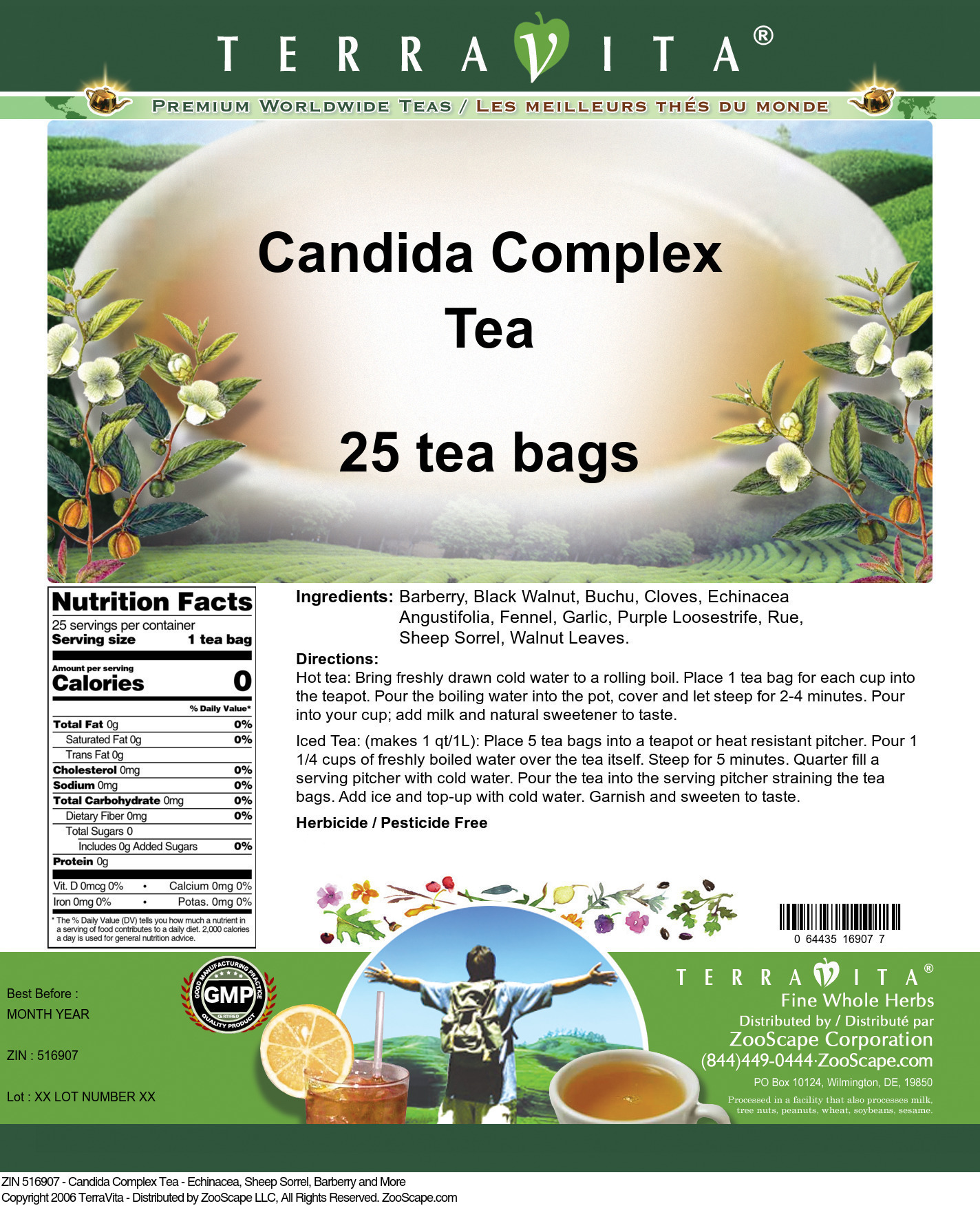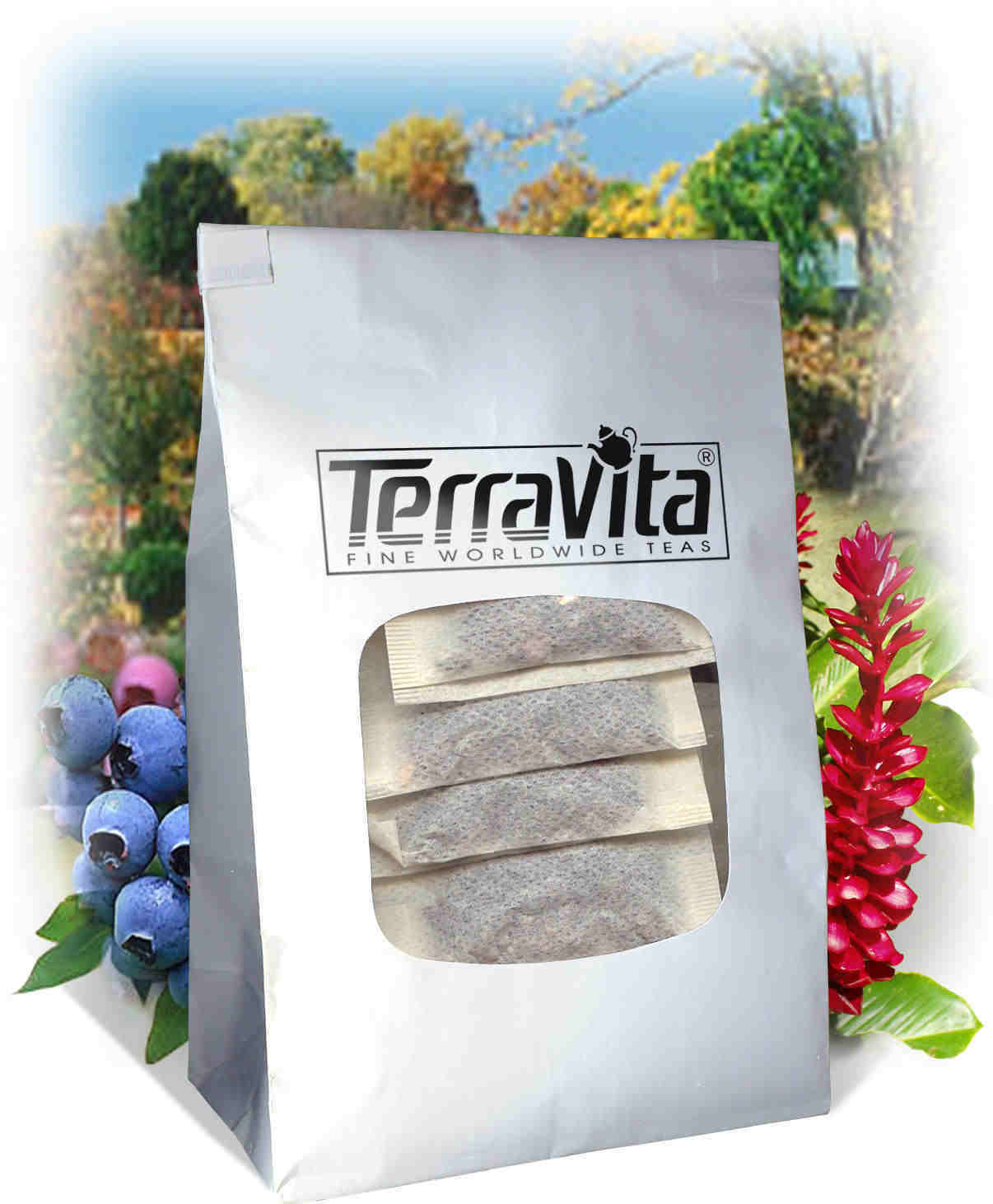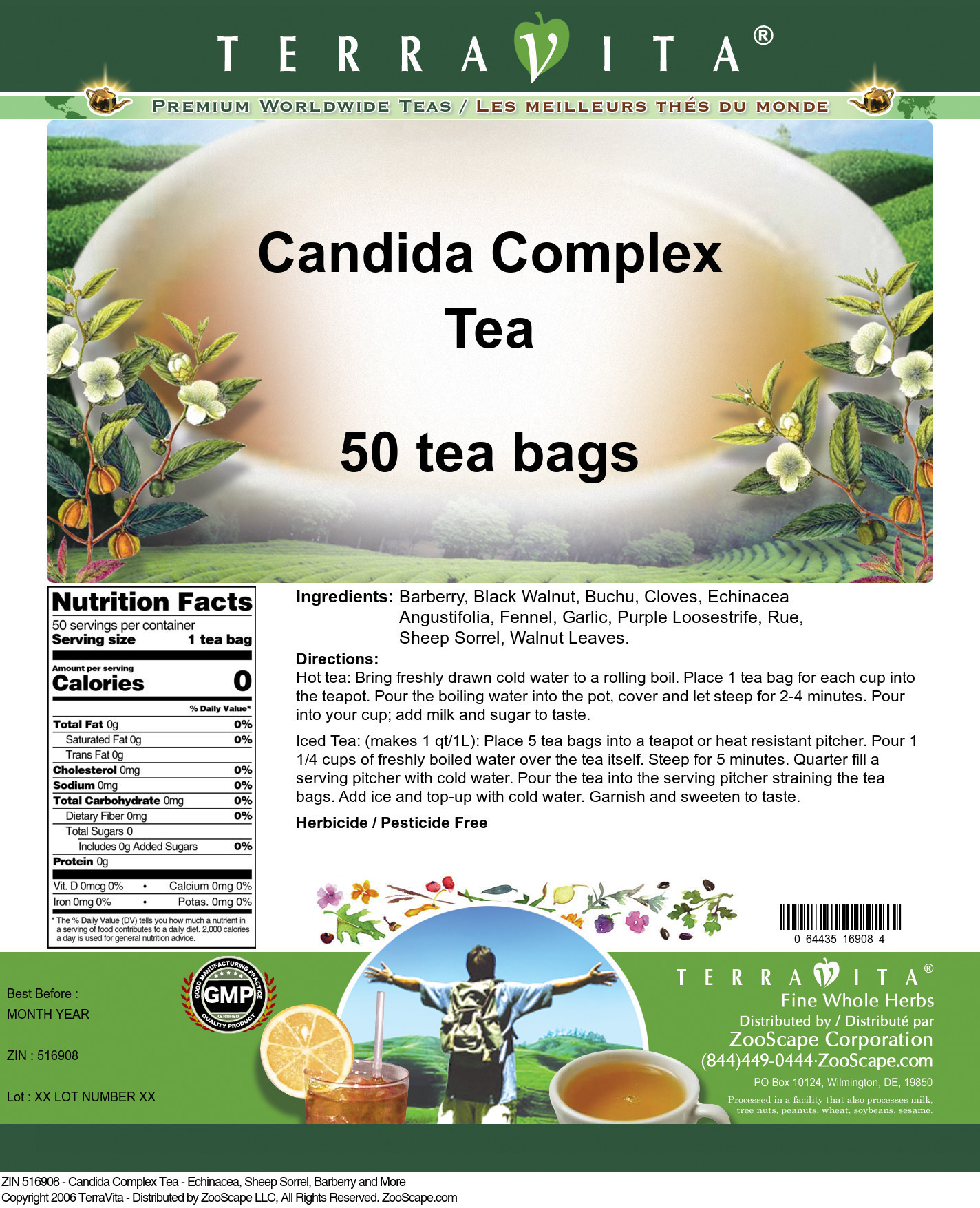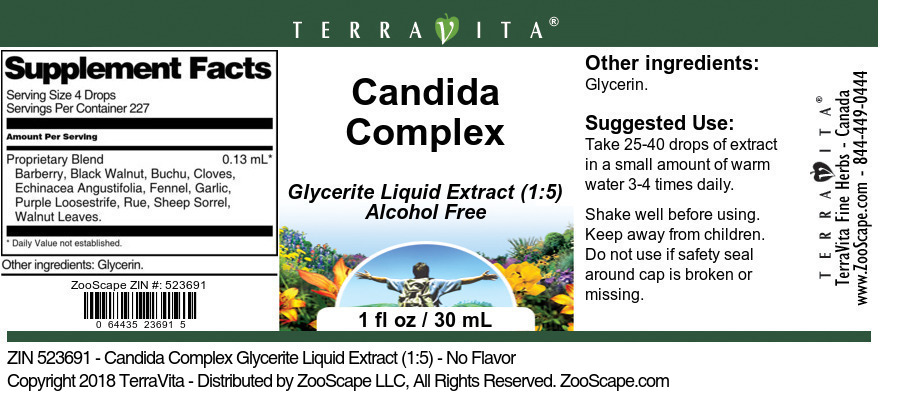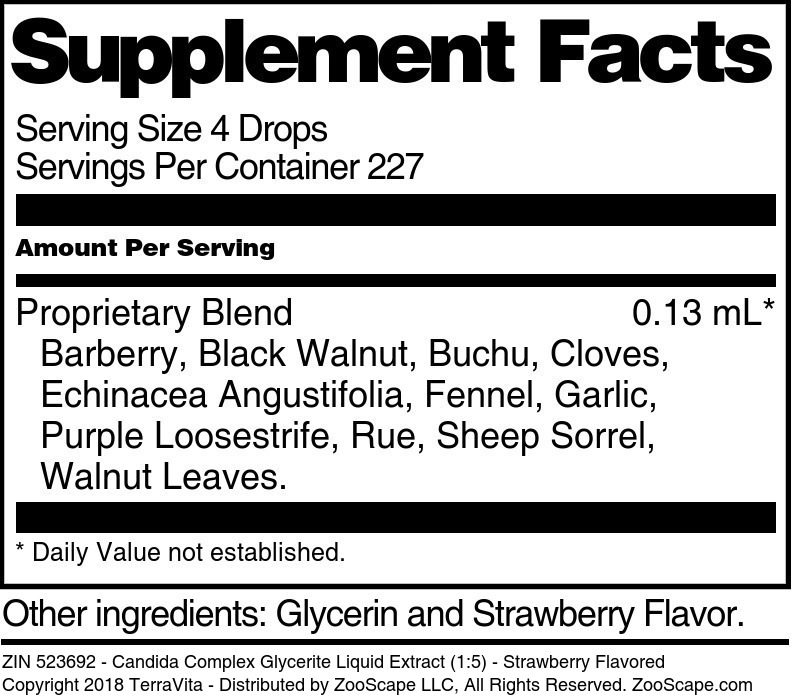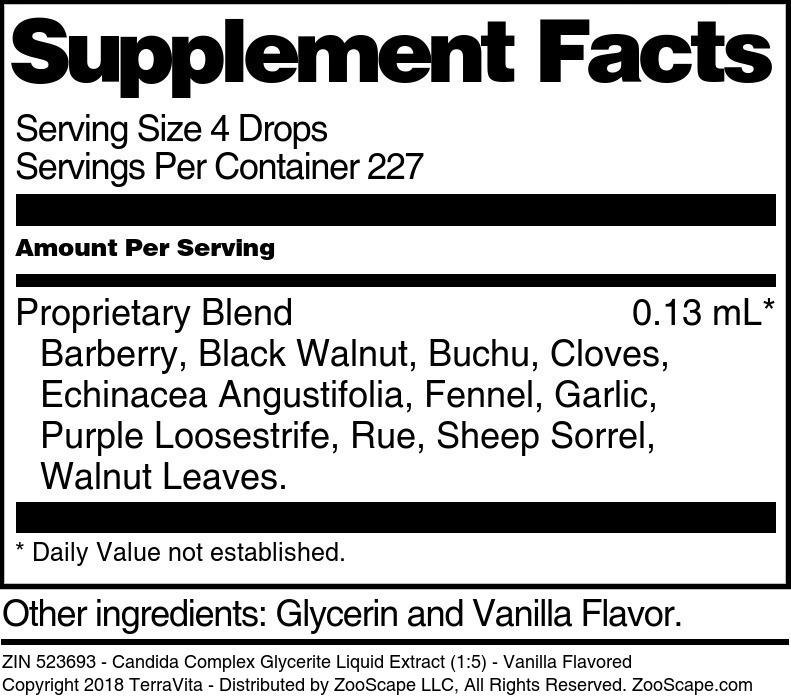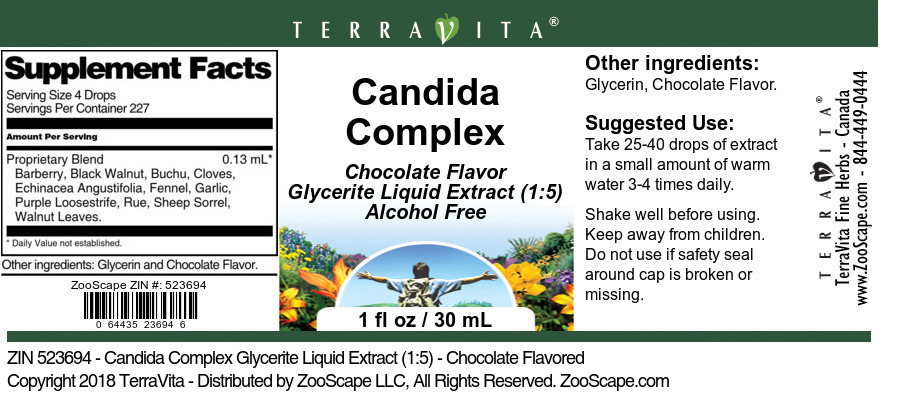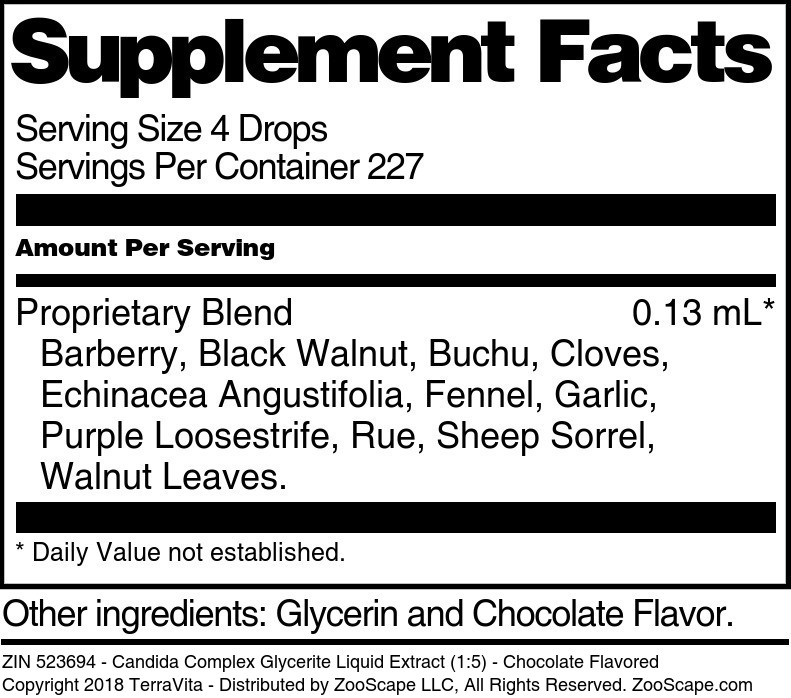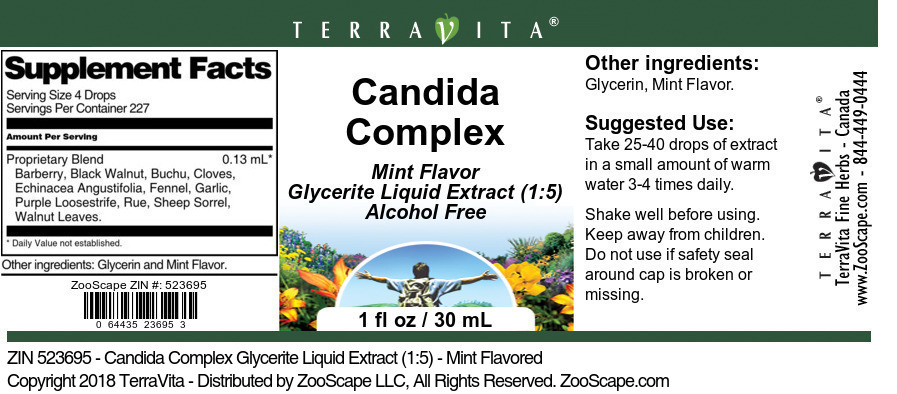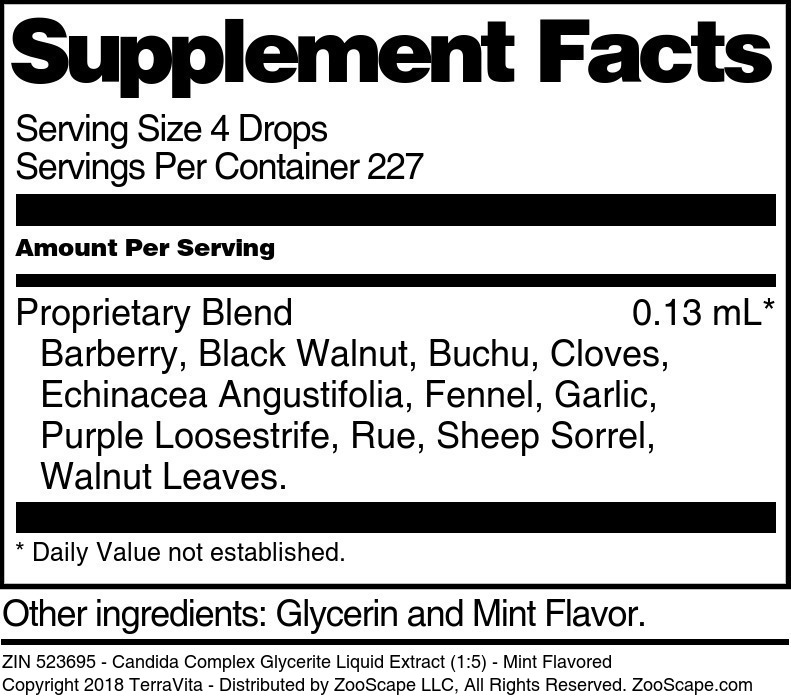Black Walnut Leaf
| Images | Product Name | Size | ZIN | Price | Quantity | Add to Cart |
| Black Walnut Leaf Tea (Loose) | 4 oz | 511430 | $13.46 | |||
| 8 oz | 511431 | $20.55 | ||||
| Black Walnut Leaf Tea | 25 tea bags | 511432 | $17.75 | |||
| 50 tea bags | 511433 | $26.83 | ||||
| Black Walnut Leaf Glycerite Liquid Extract (1:5) | 1 oz - No Flavor | 522142 | $19.28 | |||
| 1 oz - Strawberry | 522143 | $21.32 | ||||
| 1 oz - Vanilla | 522144 | $21.32 | ||||
| 1 oz - Chocolate | 522145 | $21.32 | ||||
| 1 oz - Mint | 522146 | $21.32 | ||||
| Black Walnut Leaf - Glycerite Liquid Extract (1:5) | 1 fl oz - Mint | 428284 | $18.73 | |||
| 1 fl oz - No Flavor | 428002 | $17.83 | ||||
| 1 fl oz - Strawberry | 428003 | $18.73 | ||||
| 1 fl oz - Chocolate | 428202 | $18.73 | ||||
| 1 fl oz - Vanilla | 428226 | $18.73 | ||||
| Black Walnut Leaf - 450 mg | 100 capsules | 511427 | $21.80 | |||
| Black Walnut Leaf Powder | 4 oz | 511428 | $18.30 | |||
| 1 oz | 511429 | $10.12 | ||||
| Black Walnut Leaf Cream | 2 oz | 523899 | $20.68 | |||
| Black Walnut Leaf Salve | 2 oz | 523900 | $22.69 |
• May benefit skin complaints through removal of toxins, and may reduce perspiration.
• Reduce internal inflammation and swelling with soothing tea.
• Fight infections that may be contributing to serious health complaints.
• Walnut leaves are considered astringent and insecticidal.
• Apply moistened tea bag to sensitive areas of the skin for topical support.
• Potential benefits for liver and gallbladder problems.
• Tea may also be used externally for support of skin sores and lesions associated with many complaints.
• Delicious mint flavoring so you'll never miss a dose!
• Easy on the taste buds - easier on the colon!
• Wholesome, natural infusion of pure black walnut in a glycerin base.
• Effective for digestive complaints, or complaints of the colon.
• The tastiest part of any intestinal cleansing program!
• Convenient travel size for an "on-the-go" lifestyle!
• Part of an internal cleansing program that children will love!
• All the health benefits of black walnut with a delicious chocolatey taste!
• A tasty alternative to swallowing pills or capsules!
• Easy to carry along with you wherever your day may take you!
• Consistent, standardized dosage in every capsule!
• Improve your health from the inside out!
• Old folk supportive for headaches, liver health, and skin complaints!
• Combine with high quality natural honey for a tasty and anti-infective syrup taken from the spoon!
• Try a bit of the leaf of the tree known as nature's insect repellent!
• Create your own infused beverage or syrup with black walnut leaf!
Juglans ragla, which is the Common Walnut, is rich in tannin. Its leaves are used as an astringent in the form of decoction, in injections for leucorrhea and in baths for lymphatic affections.
TerraVita exists to meet and ensure your family's health and wellness without the harmful effects or chemicals and prescription medications. We strive to make all of our products affordable and reliable and are constantly searching the market to maintain our affordability and to look for new ways to serve you and the ones you love. TerraVita has become a trusted household name for many families and can bring you and yours the very best herbal supplements, blends, teas and spices that are on the market today.
ZooScape is proud to be the exclusive distributor of TerraVita teas, herbs and supplements in the United States, Canada and around the world. Please direct all wholesale and bulk inquiries to 1-844-449-0444.
TerraVita is an exclusive line of premium-quality, natural source products that use only the finest, purest and most potent ingredients found around the world. TerraVita is hallmarked by the highest possible standards of purity, potency, stability and freshness. All of our products are prepared with the highest elements of quality control, from raw materials through the entire manufacturing process, up to and including the moment that the bottles or bags are sealed for freshness and shipped out to you. Our highest possible standards are certified by independent laboratories and backed by our personal guarantee.
TerraVita exists to meet and ensure your family's health and wellness without the harmful effects or chemicals and prescription medications. We strive to make all of our products affordable and reliable and are constantly searching the market to maintain our affordability and to look for new ways to serve you and the ones you love. TerraVita has become a trusted household name for many families and can bring you and yours the very best herbal supplements, blends, teas and spices that are on the market today.
TerraVita is packed in tamper-proof, food-grade, recyclable containers.
ZooScape is proud to be the exclusive distributor of TerraVita teas, herbs and supplements in the United States, Canada and around the world. Please direct all wholesale and bulk inquiries to 1-844-449-0444.
Bianca Rosa is an exclusive line of premium-quality natural products sourced from only the finest and purest ingredients from around the world. Bianca Rosa is hallmarked by the highest possible standards of purity, stability and freshness. All Bianca Rosa products are prepared with the highest level of quality control, from the raw materials used through the entire manufacturing process, up to and including the moment that the finished product is sealed for freshness and shipped to you. Our highest possible standards backed by our personal guarantee.
Bianca Rosa makes all products as affordable as possible and we are constantly searching the market to maintain our affordability and to look for new ways to serve you. Bianca Rosa has been a trusted household name for many families throughout the world since the 1990s. Bianca Rosa is packed in tamper-proof, recyclable containers.
ZooScape is proud to be the exclusive distributor of all Bianca Rosa products, including creams, salves and oils in the United States, Canada and around the world. Please direct all wholesale and bulk inquiries to 1-844-449-0444.
These statements have not been evaluated by the Food and Drug Administration (FDA). Products are intended to support general well being and are not intended to treat, diagnose, prevent, or cure any condition or disease.
Black Walnut Hulls / Bark
| Images | Product Name | Size | ZIN | Price | Quantity | Add to Cart |
| Black Walnut Hulls and Bark - 450 mg | 100 capsules | 510715 | $20.30 | |||
| Black Walnut Hulls and Bark Powder | 4 oz | 510716 | $15.71 | |||
| 1 oz | 510717 | $9.40 | ||||
| Black Walnut Bark - 450 mg | 100 capsules | 515042 | $20.30 | |||
| Black Walnut Bark Powder | 4 oz | 515043 | $15.71 | |||
| 1 oz | 515044 | $9.40 | ||||
| Black Walnut Hull - Cream | 2 oz | 428011 | $27.51 | |||
| Black Walnut Hull - Salve Ointment | 2 oz | 428004 | $34.26 |
• Free from any additives or extenders - just pure black walnut hull powder!
• Popular herbal supportive of Asians and Indians!
• Perfect for customizing dosages and applications!
• Research demonstrates astringent properties of black walnut tighten skin layers and firm up soft tissue.
• Valuable supplement for helping support many skin disorders!
• Lots of usage options, internally or topically, with pure powder!
• Add to meals or beverages to facilitate digestion and comfort!
• Topical or internal cleansing and disinfecting action!
• Ideal for those who have difficulty swallowing pills or capsules!
The fruit of the walnut is helpful in promoting strength and weight gain. The extract of the hulls is good for skin problems, irritated skin, psoriasis, skin bumps or rashes when taken internally and/or externally. An infusion of the leaves may be used to support skin problems. The bark can be useful for constipation.
For the support for amoebic (giardia) or dysentery, combine equal parts powders of black walnut hulls, goldenseal root, mugwort or wonnwood herb, chaparral, and one-half part licorice root. Take two "00" size capsules of this preparation four times daily for seven days while eating a strict diet of brown rice and black or Japanese azuki beans. One clove of garlic can be taken two or three times daily as well. In the evening, take two to four tablets of triphala root powder as needed to maintain bowel regularity.
The TerraVita Premium Collection is hallmarked by the highest possible standards of purity, potency, stability and freshness. Our highest possible standards are certified by independent laboratories and backed by our personal guarantee.
The TerraVita Premium Collection is packed in tamper-proof, food-grade, recyclable containers.
ZooScape is proud to be the exclusive distributor of TerraVita teas, herbs and supplements in the United States, Canada and around the world. Please direct all wholesale and bulk inquiries to 1-844-449-0444.
TerraVita is an exclusive line of premium-quality, natural source products that use only the finest, purest and most potent ingredients found around the world. TerraVita is hallmarked by the highest possible standards of purity, potency, stability and freshness. All of our products are prepared with the highest elements of quality control, from raw materials through the entire manufacturing process, up to and including the moment that the bottles or bags are sealed for freshness and shipped out to you. Our highest possible standards are certified by independent laboratories and backed by our personal guarantee.
TerraVita exists to meet and ensure your family's health and wellness without the harmful effects or chemicals and prescription medications. We strive to make all of our products affordable and reliable and are constantly searching the market to maintain our affordability and to look for new ways to serve you and the ones you love. TerraVita has become a trusted household name for many families and can bring you and yours the very best herbal supplements, blends, teas and spices that are on the market today.
TerraVita is packed in tamper-proof, food-grade, recyclable containers.
ZooScape is proud to be the exclusive distributor of TerraVita teas, herbs and supplements in the United States, Canada and around the world. Please direct all wholesale and bulk inquiries to 1-844-449-0444.
Bianca Rosa is an exclusive line of premium-quality natural products sourced from only the finest and purest ingredients from around the world. Bianca Rosa is hallmarked by the highest possible standards of purity, stability and freshness. All Bianca Rosa products are prepared with the highest level of quality control, from the raw materials used through the entire manufacturing process, up to and including the moment that the finished product is sealed for freshness and shipped to you. Our highest possible standards backed by our personal guarantee.
Bianca Rosa makes all products as affordable as possible and we are constantly searching the market to maintain our affordability and to look for new ways to serve you. Bianca Rosa has been a trusted household name for many families throughout the world since the 1990s. Bianca Rosa is packed in tamper-proof, recyclable containers.
ZooScape is proud to be the exclusive distributor of all Bianca Rosa products, including creams, salves and oils in the United States, Canada and around the world. Please direct all wholesale and bulk inquiries to 1-844-449-0444.
These statements have not been evaluated by the Food and Drug Administration (FDA). Products are intended to support general well being and are not intended to treat, diagnose, prevent, or cure any condition or disease.
Parasite Formula 4
| Images | Product Name | Size | ZIN | Price | Quantity | Add to Cart |
| Parasite Formula 4 Powder - Wormwood, Clove, Black Walnut and Quassia | 4 oz | 512116 | $15.94 | |||
| 1 oz | 512117 | $11.19 | ||||
| Parasite Formula 4 - Wormwood, Clove, Black Walnut and Quassia - 450 mg | 100 capsules | 512115 | $14.86 | |||
| Parasite Formula 4 Glycerite Liquid Extract (1:5) | 1 oz - No Flavor | 523646 | $20.16 | |||
| 1 oz - Strawberry | 523647 | $22.29 | ||||
| 1 oz - Vanilla | 523648 | $22.29 | ||||
| 1 oz - Chocolate | 523649 | $22.29 | ||||
| 1 oz - Mint | 523650 | $22.29 | ||||
| Parasite Formula 4 Tea (Loose) - Wormwood, Clove, Black Walnut and Quassia | 4 oz | 512118 | $14.86 | |||
| 8 oz | 512119 | $19.61 | ||||
| Parasite Formula 4 Tea - Wormwood, Clove, Black Walnut and Quassia | 50 tea bags | 512121 | $18.24 | |||
| 25 tea bags | 512120 | $14.86 |
TerraVita exists to meet and ensure your family's health and wellness without the harmful effects or chemicals and prescription medications. We strive to make all of our products affordable and reliable and are constantly searching the market to maintain our affordability and to look for new ways to serve you and the ones you love. TerraVita has become a trusted household name for many families and can bring you and yours the very best herbal supplements, blends, teas and spices that are on the market today.
TerraVita is packed in tamper-proof, food-grade, recyclable containers.
ZooScape is proud to be the exclusive distributor of TerraVita teas, herbs and supplements in the United States, Canada and around the world. Please direct all wholesale and bulk inquiries to 1-844-449-0444.
TerraVita is an exclusive line of premium-quality, natural source products that use only the finest, purest and most potent ingredients found around the world. TerraVita is hallmarked by the highest possible standards of purity, potency, stability and freshness. All of our products are prepared with the highest elements of quality control, from raw materials through the entire manufacturing process, up to and including the moment that the bottles or bags are sealed for freshness and shipped out to you. Our highest possible standards are certified by independent laboratories and backed by our personal guarantee.
TerraVita exists to meet and ensure your family's health and wellness without the harmful effects or chemicals and prescription medications. We strive to make all of our products affordable and reliable and are constantly searching the market to maintain our affordability and to look for new ways to serve you and the ones you love. TerraVita has become a trusted household name for many families and can bring you and yours the very best herbal supplements, blends, teas and spices that are on the market today.
ZooScape is proud to be the exclusive distributor of TerraVita teas, herbs and supplements in the United States, Canada and around the world. Please direct all wholesale and bulk inquiries to 1-844-449-0444.
These statements have not been evaluated by the Food and Drug Administration (FDA). Products are intended to support general well being and are not intended to treat, diagnose, prevent, or cure any condition or disease.
Circulation Support
| Images | Product Name | Size | ZIN | Price | Quantity | Add to Cart |
| Circulation Support - Buckthorn, Hyssop, Red Vine and More - 450 mg | 100 capsules | 511902 | $23.26 | |||
| Circulation Support Powder - Buckthorn, Hyssop, Red Vine and More | 4 oz | 511903 | $20.82 | |||
| 1 oz | 511904 | $10.81 | ||||
| Circulation Support Cream | 2 oz | 524319 | $21.61 | |||
| Circulation Support Salve | 2 oz | 524320 | $23.70 | |||
| Circulation Support Tea (Loose) - Buckthorn, Hyssop, Red Vine and More | 4 oz | 511905 | $14.90 | |||
| 8 oz | 511906 | $21.62 | ||||
| Circulation Support Tea - Buckthorn, Hyssop, Red Vine and More | 25 tea bags | 511907 | $15.69 | |||
| 50 tea bags | 511908 | $23.43 | ||||
| Circulation Support Glycerite Liquid Extract (1:5) | 1 oz - No Flavor | 523736 | $20.16 | |||
| 1 oz - Strawberry | 523737 | $22.29 | ||||
| 1 oz - Vanilla | 523738 | $22.29 | ||||
| 1 oz - Chocolate | 523739 | $22.29 | ||||
| 1 oz - Mint | 523740 | $22.29 |
TerraVita exists to meet and ensure your family's health and wellness without the harmful effects or chemicals and prescription medications. We strive to make all of our products affordable and reliable and are constantly searching the market to maintain our affordability and to look for new ways to serve you and the ones you love. TerraVita has become a trusted household name for many families and can bring you and yours the very best herbal supplements, blends, teas and spices that are on the market today.
TerraVita is packed in tamper-proof, food-grade, recyclable containers.
ZooScape is proud to be the exclusive distributor of TerraVita teas, herbs and supplements in the United States, Canada and around the world. Please direct all wholesale and bulk inquiries to 1-844-449-0444.
Bianca Rosa is an exclusive line of premium-quality natural products sourced from only the finest and purest ingredients from around the world. Bianca Rosa is hallmarked by the highest possible standards of purity, stability and freshness. All Bianca Rosa products are prepared with the highest level of quality control, from the raw materials used through the entire manufacturing process, up to and including the moment that the finished product is sealed for freshness and shipped to you. Our highest possible standards backed by our personal guarantee.
Bianca Rosa makes all products as affordable as possible and we are constantly searching the market to maintain our affordability and to look for new ways to serve you. Bianca Rosa has been a trusted household name for many families throughout the world since the 1990s. Bianca Rosa is packed in tamper-proof, recyclable containers.
ZooScape is proud to be the exclusive distributor of all Bianca Rosa products, including creams, salves and oils in the United States, Canada and around the world. Please direct all wholesale and bulk inquiries to 1-844-449-0444.
TerraVita is an exclusive line of premium-quality, natural source products that use only the finest, purest and most potent ingredients found around the world. TerraVita is hallmarked by the highest possible standards of purity, potency, stability and freshness. All of our products are prepared with the highest elements of quality control, from raw materials through the entire manufacturing process, up to and including the moment that the bottles or bags are sealed for freshness and shipped out to you. Our highest possible standards are certified by independent laboratories and backed by our personal guarantee.
TerraVita exists to meet and ensure your family's health and wellness without the harmful effects or chemicals and prescription medications. We strive to make all of our products affordable and reliable and are constantly searching the market to maintain our affordability and to look for new ways to serve you and the ones you love. TerraVita has become a trusted household name for many families and can bring you and yours the very best herbal supplements, blends, teas and spices that are on the market today.
ZooScape is proud to be the exclusive distributor of TerraVita teas, herbs and supplements in the United States, Canada and around the world. Please direct all wholesale and bulk inquiries to 1-844-449-0444.
These statements have not been evaluated by the Food and Drug Administration (FDA). Products are intended to support general well being and are not intended to treat, diagnose, prevent, or cure any condition or disease.
Cleansing Formula
| Images | Product Name | Size | ZIN | Price | Quantity | Add to Cart |
| Cleansing Formula - Black Walnut, Cloves, Quassia and More - 450 mg | 100 capsules | 510989 | $22.46 | |||
| Cleansing Formula Powder - Black Walnut, Cloves, Quassia and More | 4 oz | 511000 | $20.24 | |||
| 1 oz | 511001 | $10.14 | ||||
| Cleansing Formula Tea (Loose) - Black Walnut, Cloves, Quassia and More | 4 oz | 512412 | $20.14 | |||
| 8 oz | 512413 | $32.94 | ||||
| Cleansing Formula Tea - Black Walnut, Cloves, Quassia and More | 25 tea bags | 512414 | $22.02 | |||
| 50 tea bags | 512415 | $34.54 | ||||
| Cleansing Formula Glycerite Liquid Extract (1:5) | 1 oz - No Flavor | 523751 | $20.16 | |||
| 1 oz - Strawberry | 523752 | $22.29 | ||||
| 1 oz - Vanilla | 523753 | $22.29 | ||||
| 1 oz - Chocolate | 523754 | $22.29 | ||||
| 1 oz - Mint | 523755 | $22.29 |
The TerraVita Premium Collection is hallmarked by the highest possible standards of purity, potency, stability and freshness. Our highest possible standards are certified by independent laboratories and backed by our personal guarantee.
The TerraVita Premium Collection is packed in tamper-proof, food-grade, recyclable containers.
ZooScape is proud to be the exclusive distributor of TerraVita teas, herbs and supplements in the United States, Canada and around the world. Please direct all wholesale and bulk inquiries to 1-844-449-0444.
TerraVita is an exclusive line of premium-quality, natural source products that use only the finest, purest and most potent ingredients found around the world. TerraVita is hallmarked by the highest possible standards of purity, potency, stability and freshness. All of our products are prepared with the highest elements of quality control, from raw materials through the entire manufacturing process, up to and including the moment that the bottles or bags are sealed for freshness and shipped out to you. Our highest possible standards are certified by independent laboratories and backed by our personal guarantee.
TerraVita exists to meet and ensure your family's health and wellness without the harmful effects or chemicals and prescription medications. We strive to make all of our products affordable and reliable and are constantly searching the market to maintain our affordability and to look for new ways to serve you and the ones you love. TerraVita has become a trusted household name for many families and can bring you and yours the very best herbal supplements, blends, teas and spices that are on the market today.
TerraVita is packed in tamper-proof, food-grade, recyclable containers.
ZooScape is proud to be the exclusive distributor of TerraVita teas, herbs and supplements in the United States, Canada and around the world. Please direct all wholesale and bulk inquiries to 1-844-449-0444.
These statements have not been evaluated by the Food and Drug Administration (FDA). Products are intended to support general well being and are not intended to treat, diagnose, prevent, or cure any condition or disease.
Parasite Cleansing Complex
| Images | Product Name | Size | ZIN | Price | Quantity | Add to Cart |
| Parasite Cleansing Complex Tea (Loose) - Pumpkin, Black Walnut, Chamomile and More | 4 oz | 512508 | $19.94 | |||
| 8 oz | 512509 | $32.55 | ||||
| Parasite Cleansing Complex Tea - Pumpkin, Black Walnut, Chamomile and More | 25 tea bags | 512510 | $21.88 | |||
| 50 tea bags | 512511 | $34.29 | ||||
| Parasite Cleansing Complex Glycerite Liquid Extract (1:5) | 1 oz - No Flavor | 523641 | $20.16 | |||
| 1 oz - Strawberry | 523642 | $22.29 | ||||
| 1 oz - Vanilla | 523643 | $22.29 | ||||
| 1 oz - Chocolate | 523644 | $22.29 | ||||
| 1 oz - Mint | 523645 | $22.29 | ||||
| Parasite Cleansing Complex - Pumpkin, Black Walnut, Chamomile and More - 450 mg | 100 capsules | 512505 | $22.19 | |||
| Parasite Cleansing Complex Powder - Pumpkin, Black Walnut, Chamomile and More | 4 oz | 512506 | $19.80 | |||
| 1 oz | 512507 | $10.01 |
TerraVita exists to meet and ensure your family's health and wellness without the harmful effects or chemicals and prescription medications. We strive to make all of our products affordable and reliable and are constantly searching the market to maintain our affordability and to look for new ways to serve you and the ones you love. TerraVita has become a trusted household name for many families and can bring you and yours the very best herbal supplements, blends, teas and spices that are on the market today.
TerraVita is packed in tamper-proof, food-grade, recyclable containers.
ZooScape is proud to be the exclusive distributor of TerraVita teas, herbs and supplements in the United States, Canada and around the world. Please direct all wholesale and bulk inquiries to 1-844-449-0444.
These statements have not been evaluated by the Food and Drug Administration (FDA). Products are intended to support general well being and are not intended to treat, diagnose, prevent, or cure any condition or disease.
Detox Support
| Images | Product Name | Size | ZIN | Price | Quantity | Add to Cart |
| Detox Support - Burdock, Boneset and Walnut - 450 mg | 100 capsules | 511995 | $23.47 | |||
| Detox Support Powder - Burdock, Boneset and Walnut | 4 oz | 511996 | $21.17 | |||
| 1 oz | 511997 | $10.91 | ||||
| Detox Support Tea (Loose) - Burdock, Boneset and Walnut | 4 oz | 511998 | $16.75 | |||
| 8 oz | 511999 | $26.64 | ||||
| Detox Support Tea - Burdock, Boneset and Walnut | 25 tea bags | 512000 | $19.85 | |||
| 50 tea bags | 512001 | $30.63 | ||||
| Detox Support Glycerite Liquid Extract (1:5) | 1 oz - No Flavor | 523781 | $20.16 | |||
| 1 oz - Strawberry | 523782 | $22.29 | ||||
| 1 oz - Vanilla | 523783 | $22.29 | ||||
| 1 oz - Chocolate | 523784 | $22.29 | ||||
| 1 oz - Mint | 523785 | $22.29 |
TerraVita exists to meet and ensure your family's health and wellness without the harmful effects or chemicals and prescription medications. We strive to make all of our products affordable and reliable and are constantly searching the market to maintain our affordability and to look for new ways to serve you and the ones you love. TerraVita has become a trusted household name for many families and can bring you and yours the very best herbal supplements, blends, teas and spices that are on the market today.
TerraVita is packed in tamper-proof, food-grade, recyclable containers.
ZooScape is proud to be the exclusive distributor of TerraVita teas, herbs and supplements in the United States, Canada and around the world. Please direct all wholesale and bulk inquiries to 1-844-449-0444.
TerraVita is an exclusive line of premium-quality, natural source products that use only the finest, purest and most potent ingredients found around the world. TerraVita is hallmarked by the highest possible standards of purity, potency, stability and freshness. All of our products are prepared with the highest elements of quality control, from raw materials through the entire manufacturing process, up to and including the moment that the bottles or bags are sealed for freshness and shipped out to you. Our highest possible standards are certified by independent laboratories and backed by our personal guarantee.
TerraVita exists to meet and ensure your family's health and wellness without the harmful effects or chemicals and prescription medications. We strive to make all of our products affordable and reliable and are constantly searching the market to maintain our affordability and to look for new ways to serve you and the ones you love. TerraVita has become a trusted household name for many families and can bring you and yours the very best herbal supplements, blends, teas and spices that are on the market today.
ZooScape is proud to be the exclusive distributor of TerraVita teas, herbs and supplements in the United States, Canada and around the world. Please direct all wholesale and bulk inquiries to 1-844-449-0444.
These statements have not been evaluated by the Food and Drug Administration (FDA). Products are intended to support general well being and are not intended to treat, diagnose, prevent, or cure any condition or disease.
Black Walnut 4:1 Extract
| Images | Product Name | Size | ZIN | Price | Quantity | Add to Cart |
| Black Walnut 4:1 Extract Cream | 2 oz | 523897 | $40.31 | |||
| Black Walnut 4:1 Extract Salve | 2 oz | 523898 | $44.22 |
Bianca Rosa makes all products as affordable as possible and we are constantly searching the market to maintain our affordability and to look for new ways to serve you. Bianca Rosa has been a trusted household name for many families throughout the world since the 1990s. Bianca Rosa is packed in tamper-proof, recyclable containers.
ZooScape is proud to be the exclusive distributor of all Bianca Rosa products, including creams, salves and oils in the United States, Canada and around the world. Please direct all wholesale and bulk inquiries to 1-844-449-0444.
These statements have not been evaluated by the Food and Drug Administration (FDA). Products are intended to support general well being and are not intended to treat, diagnose, prevent, or cure any condition or disease.
Black Walnut Bark
| Images | Product Name | Size | ZIN | Price | Quantity | Add to Cart |
| Black Walnut Bark Powder | 4 oz | 515043 | $15.71 | |||
| 1 oz | 515044 | $9.40 |
• Add to meals or beverages to facilitate digestion and comfort!
• Topical or internal cleansing and disinfecting action!
• Ideal for those who have difficulty swallowing pills or capsules!
TerraVita exists to meet and ensure your family's health and wellness without the harmful effects or chemicals and prescription medications. We strive to make all of our products affordable and reliable and are constantly searching the market to maintain our affordability and to look for new ways to serve you and the ones you love. TerraVita has become a trusted household name for many families and can bring you and yours the very best herbal supplements, blends, teas and spices that are on the market today.
TerraVita is packed in tamper-proof, food-grade, recyclable containers.
ZooScape is proud to be the exclusive distributor of TerraVita teas, herbs and supplements in the United States, Canada and around the world. Please direct all wholesale and bulk inquiries to 1-844-449-0444.
These statements have not been evaluated by the Food and Drug Administration (FDA). Products are intended to support general well being and are not intended to treat, diagnose, prevent, or cure any condition or disease.
Candida Complex
| Images | Product Name | Size | ZIN | Price | Quantity | Add to Cart |
| Candida Complex - Echinacea, Sheep Sorrel, Barberry and More - 450 mg | 100 capsules | 516902 | $23.65 | |||
| Candida Complex Powder - Echinacea, Sheep Sorrel, Barberry and More | 4 oz | 516903 | $29.98 | |||
| 1 oz | 516904 | $14.98 | ||||
| Candida Complex Tea (Loose) - Echinacea, Sheep Sorrel, Barberry and More | 4 oz | 516905 | $16.68 | |||
| 8 oz | 516906 | $25.02 | ||||
| Candida Complex Tea - Echinacea, Sheep Sorrel, Barberry and More | 25 tea bags | 516907 | $16.62 | |||
| 50 tea bags | 516908 | $25.18 | ||||
| Candida Complex Glycerite Liquid Extract (1:5) | 1 oz - No Flavor | 523691 | $20.16 | |||
| 1 oz - Strawberry | 523692 | $22.29 | ||||
| 1 oz - Vanilla | 523693 | $22.29 | ||||
| 1 oz - Chocolate | 523694 | $22.29 | ||||
| 1 oz - Mint | 523695 | $22.29 |
TerraVita exists to meet and ensure your family's health and wellness without the harmful effects or chemicals and prescription medications. We strive to make all of our products affordable and reliable and are constantly searching the market to maintain our affordability and to look for new ways to serve you and the ones you love. TerraVita has become a trusted household name for many families and can bring you and yours the very best herbal supplements, blends, teas and spices that are on the market today.
TerraVita is packed in tamper-proof, food-grade, recyclable containers.
ZooScape is proud to be the exclusive distributor of TerraVita teas, herbs and supplements in the United States, Canada and around the world. Please direct all wholesale and bulk inquiries to 1-844-449-0444.
These statements have not been evaluated by the Food and Drug Administration (FDA). Products are intended to support general well being and are not intended to treat, diagnose, prevent, or cure any condition or disease.
